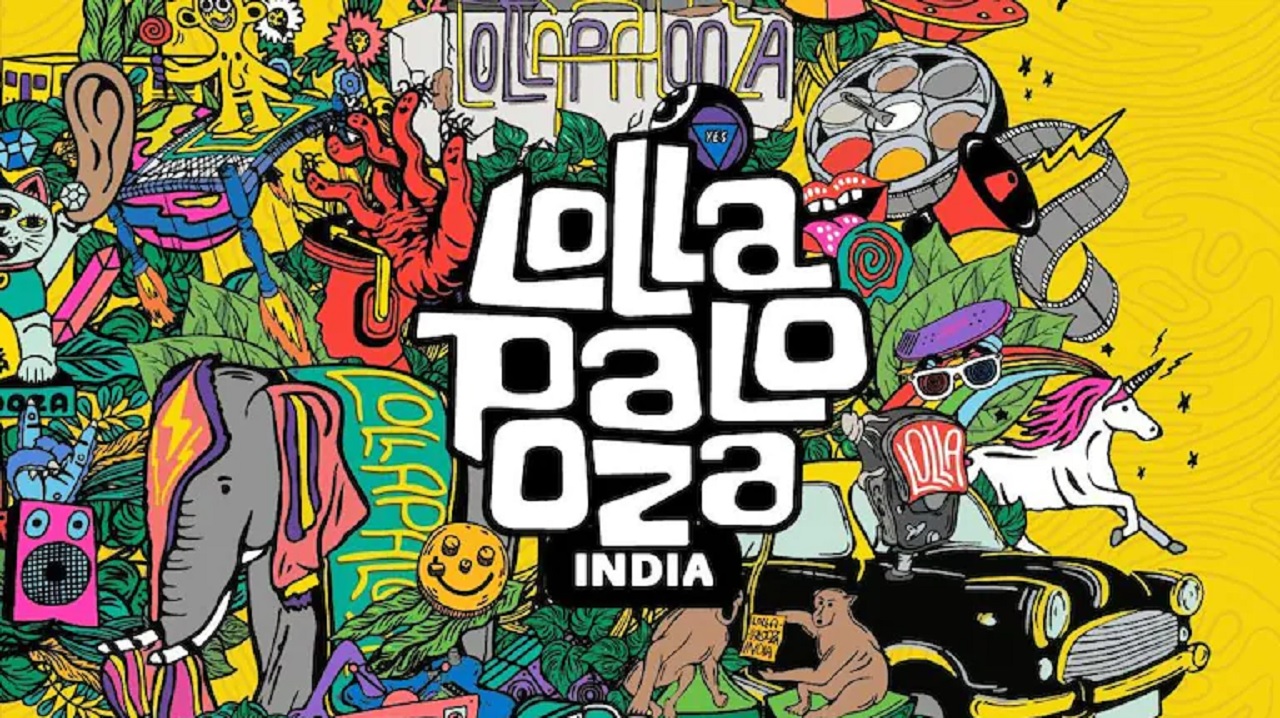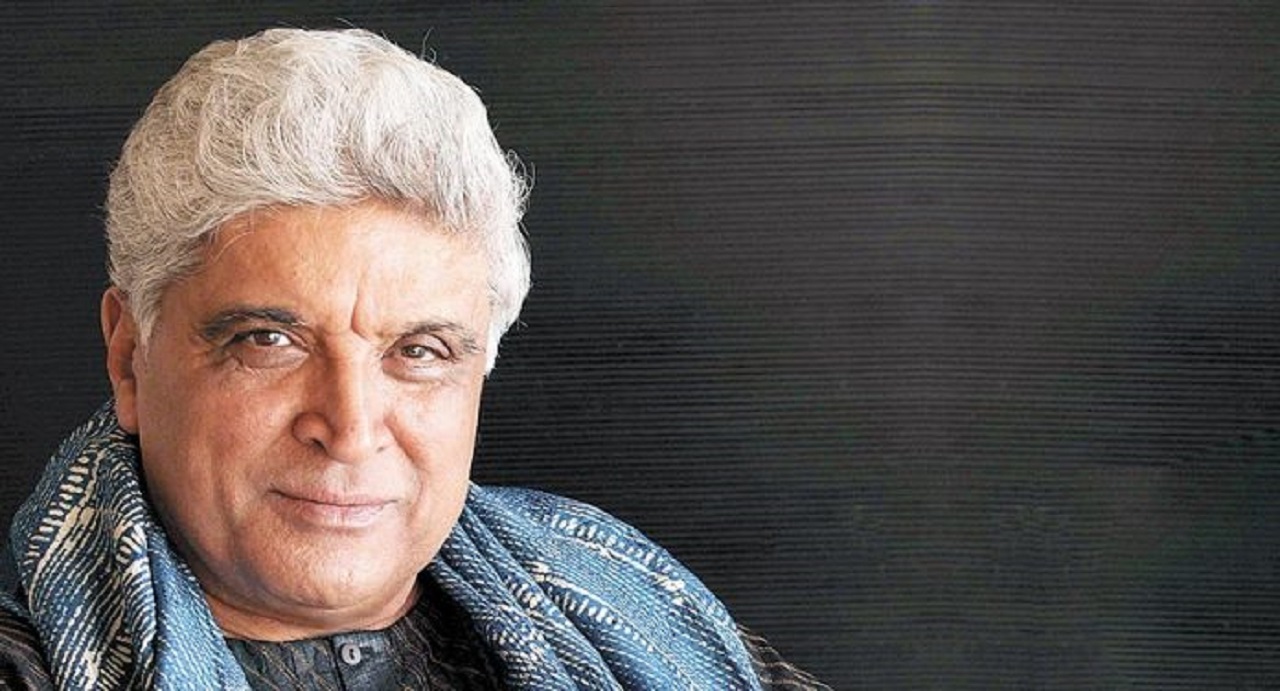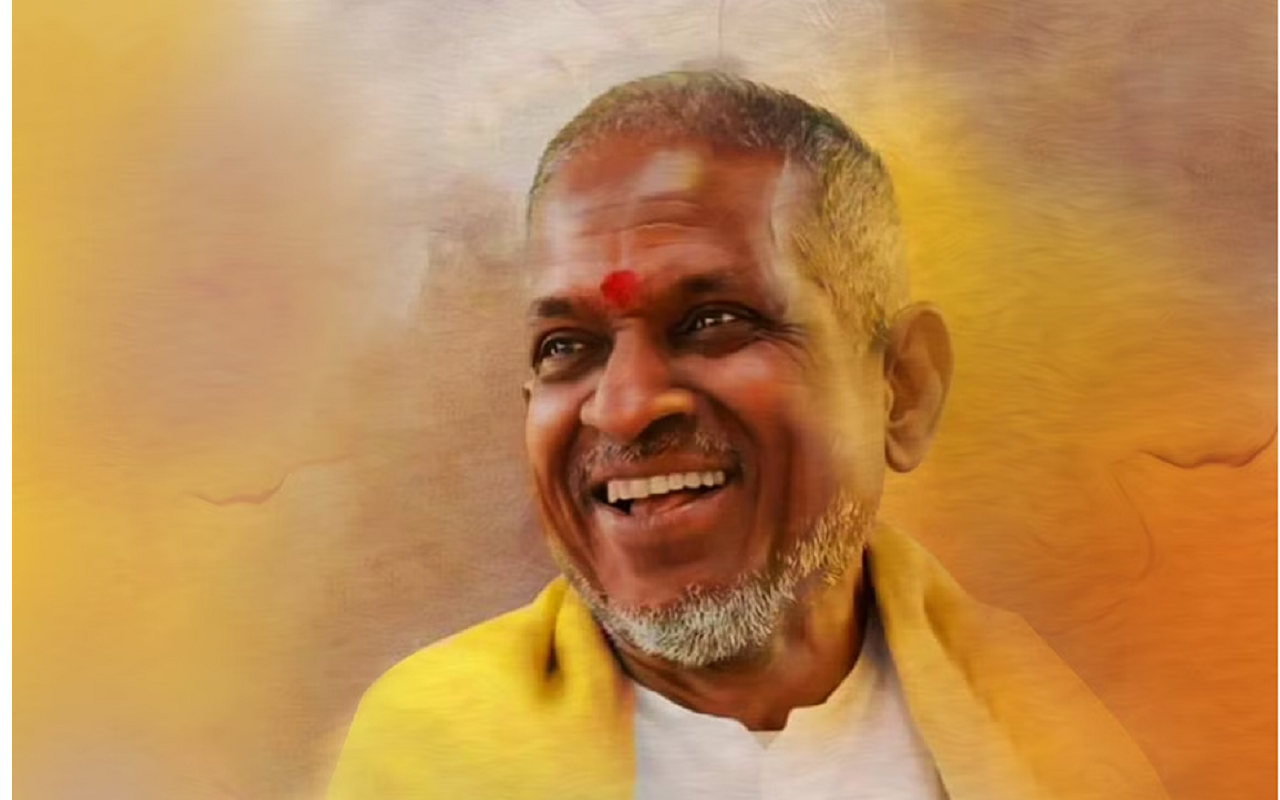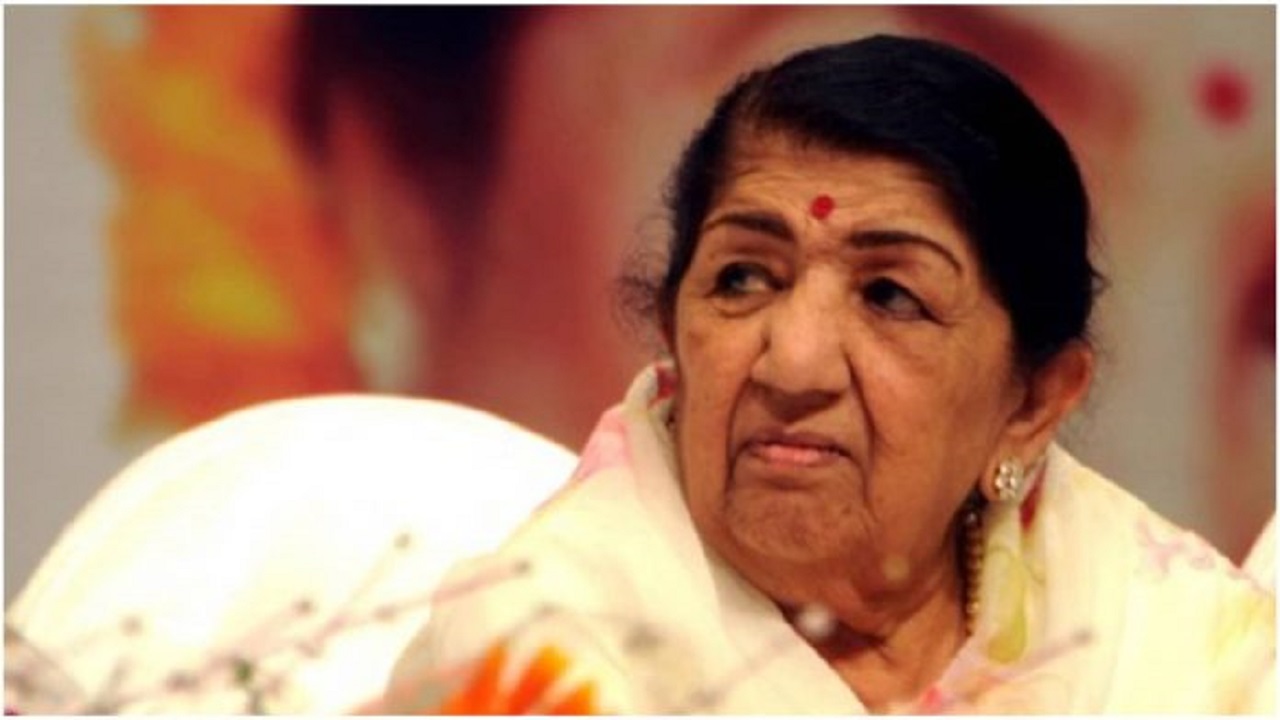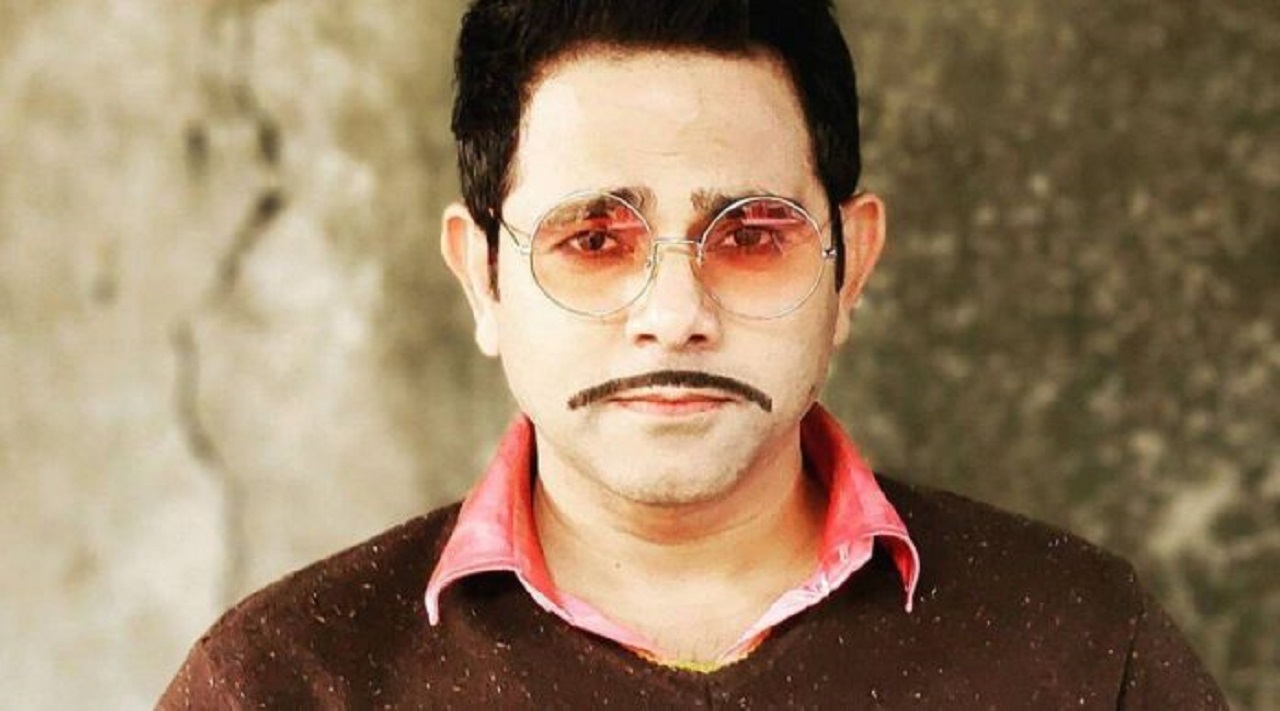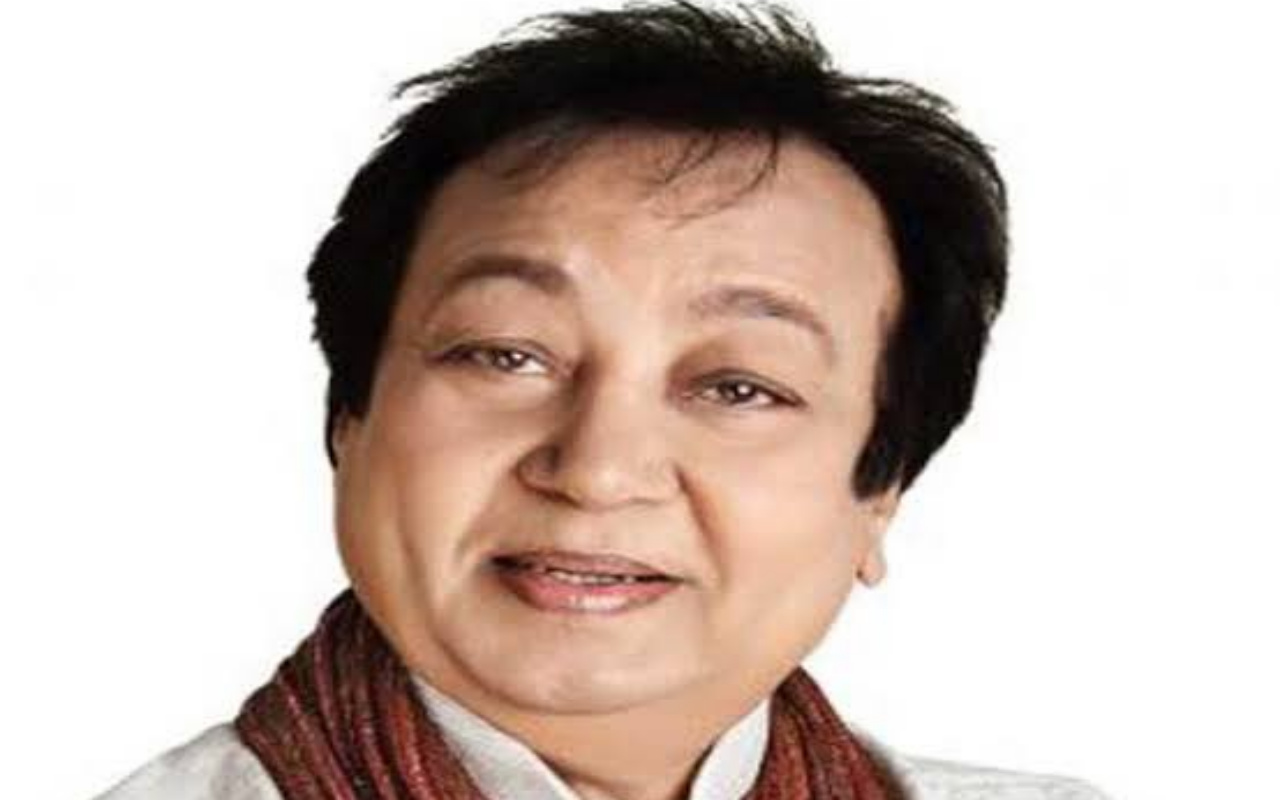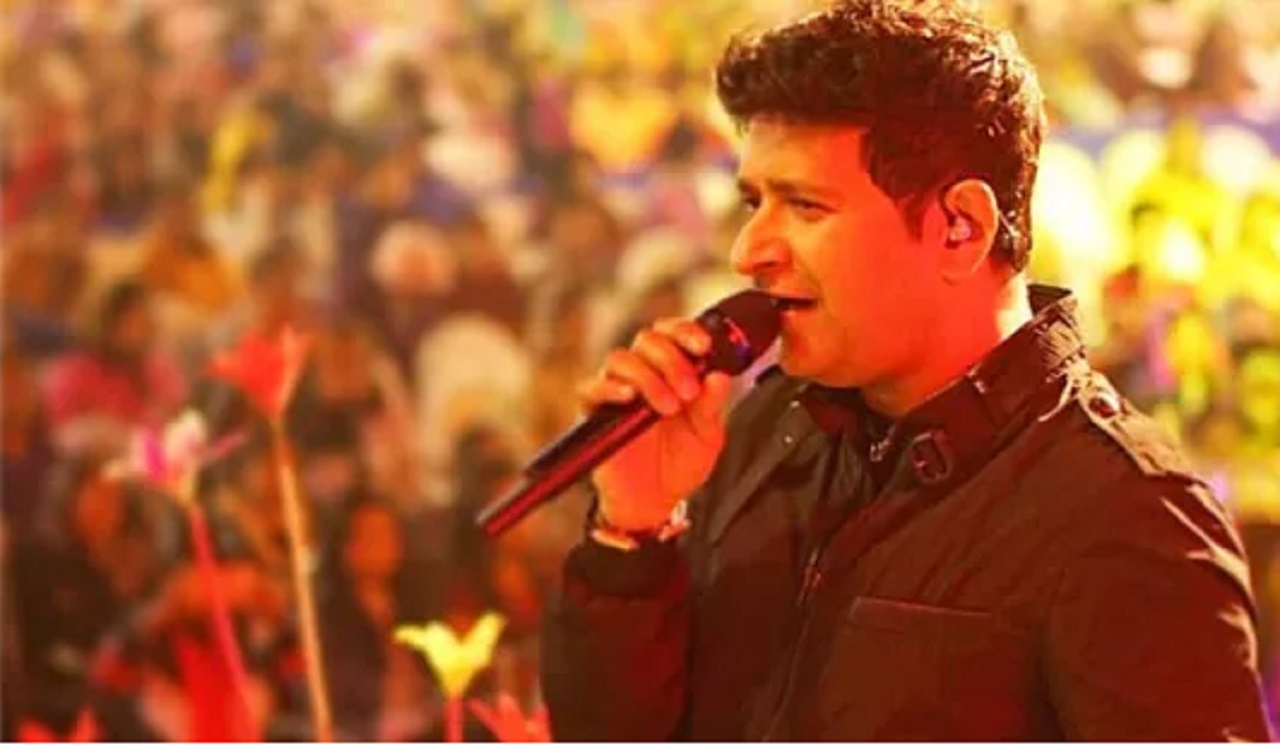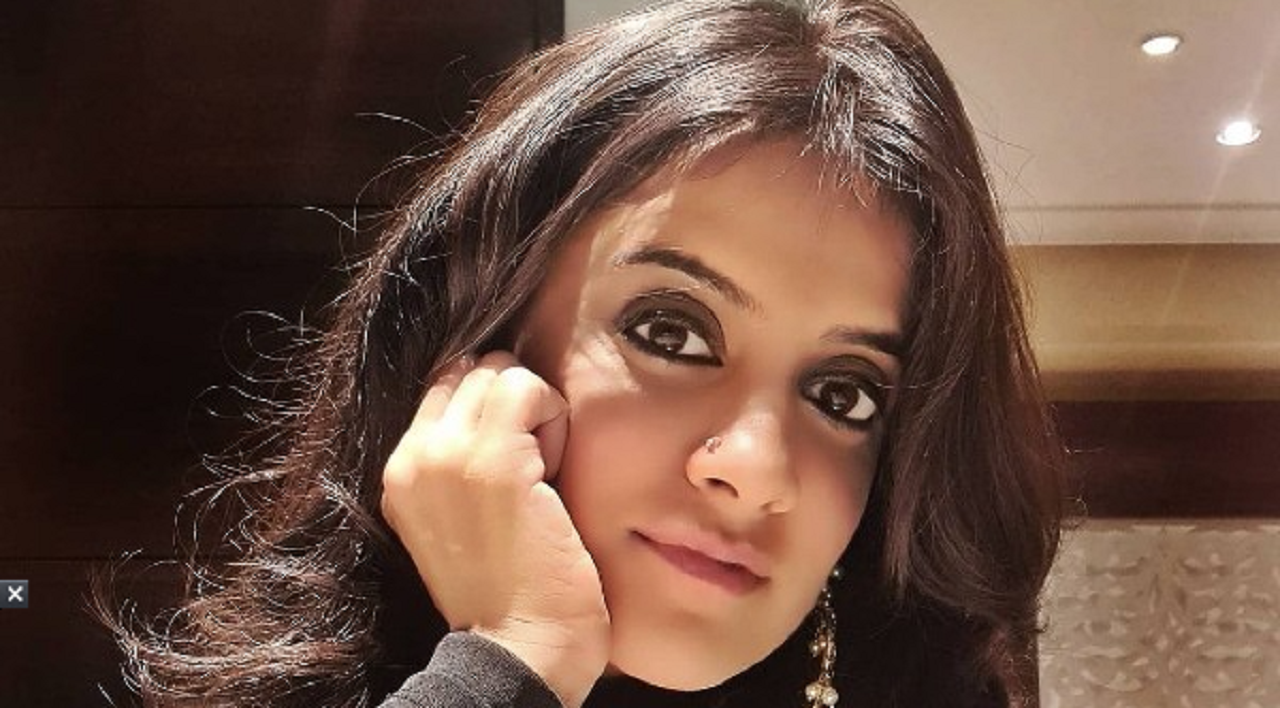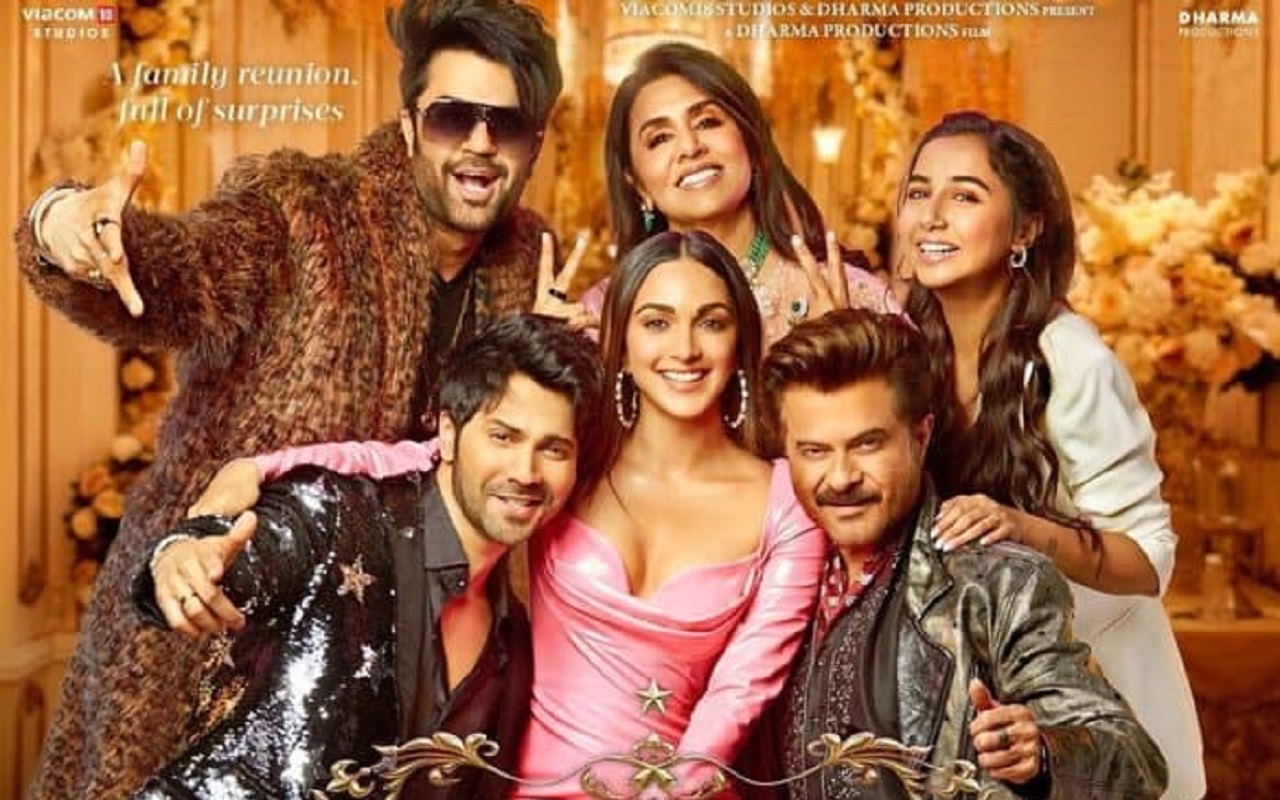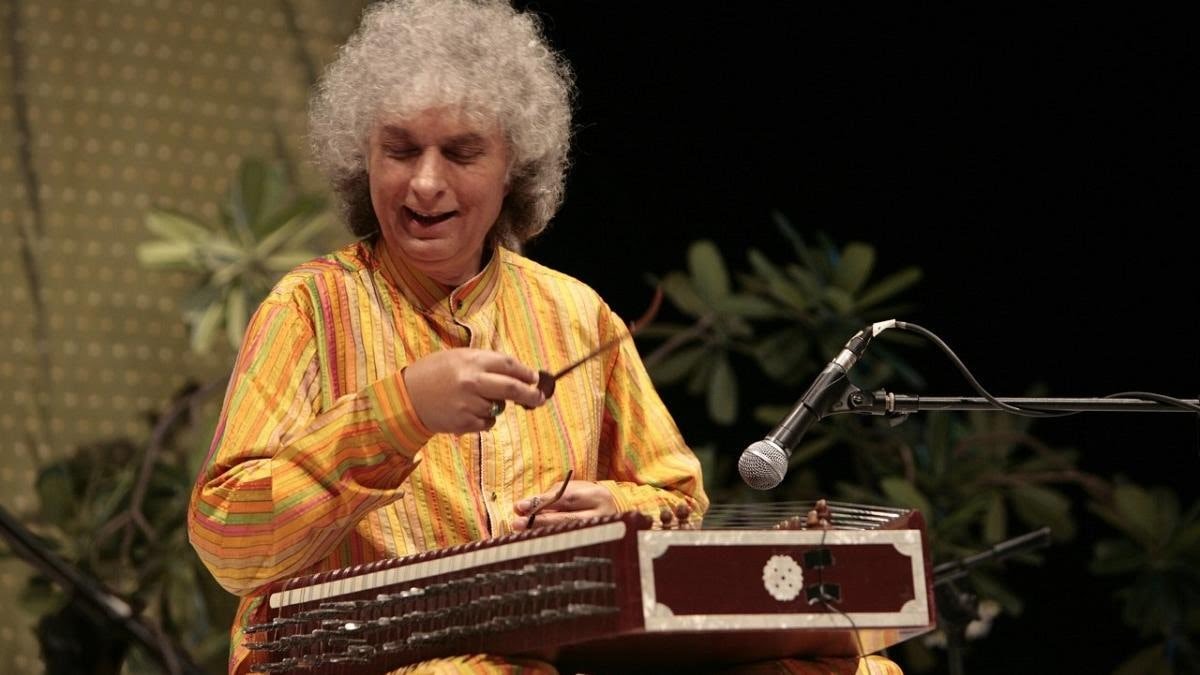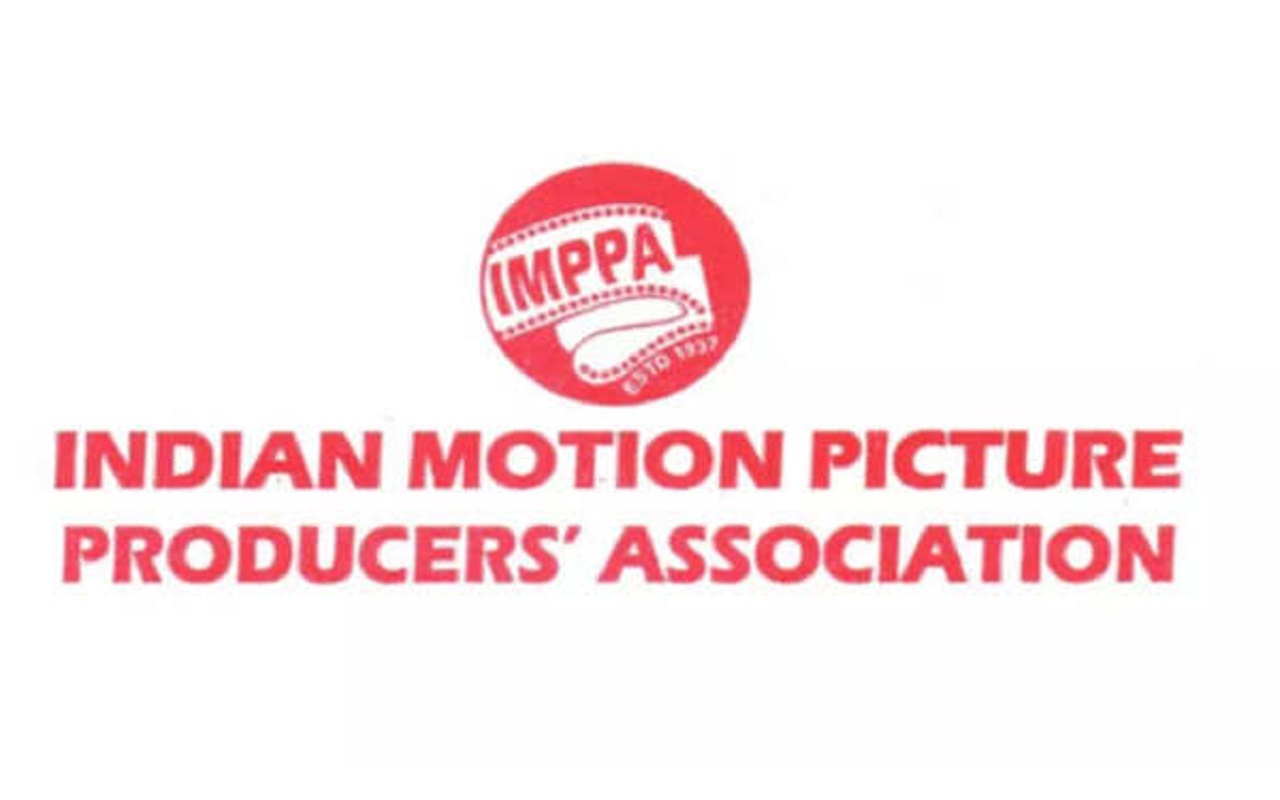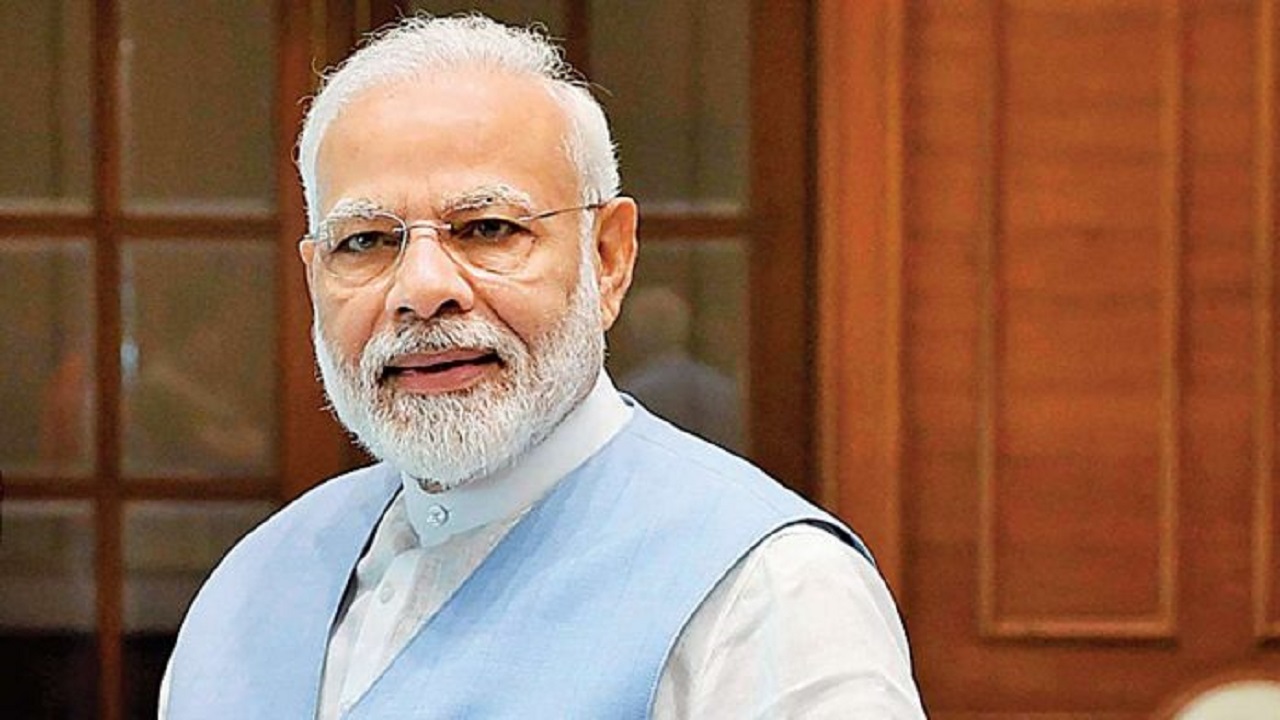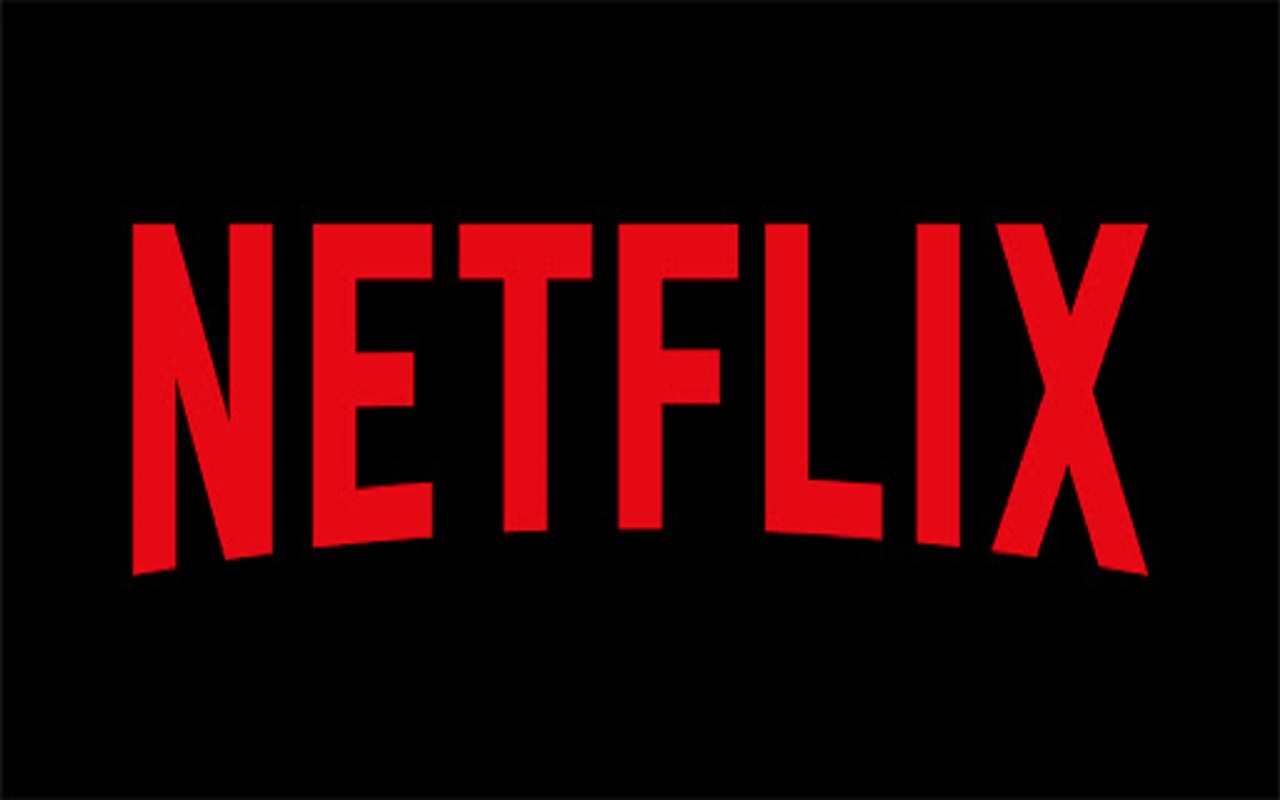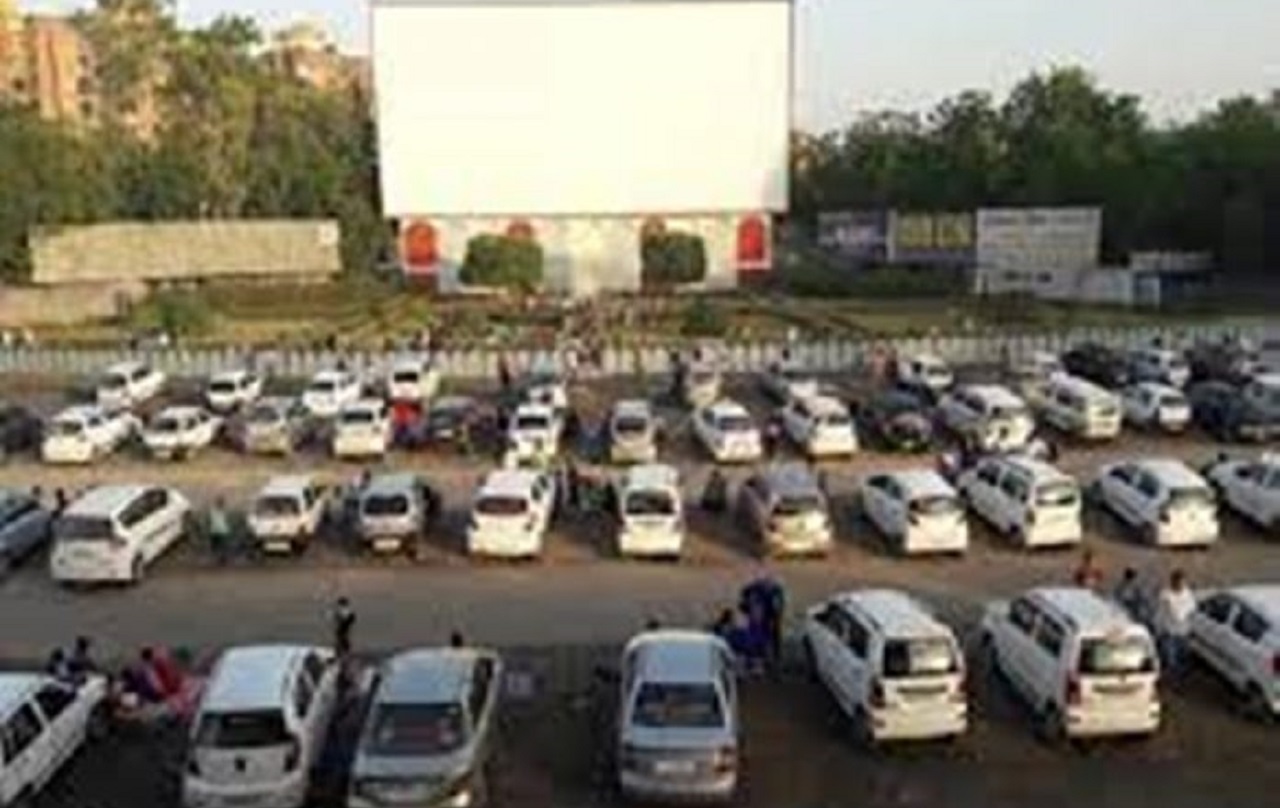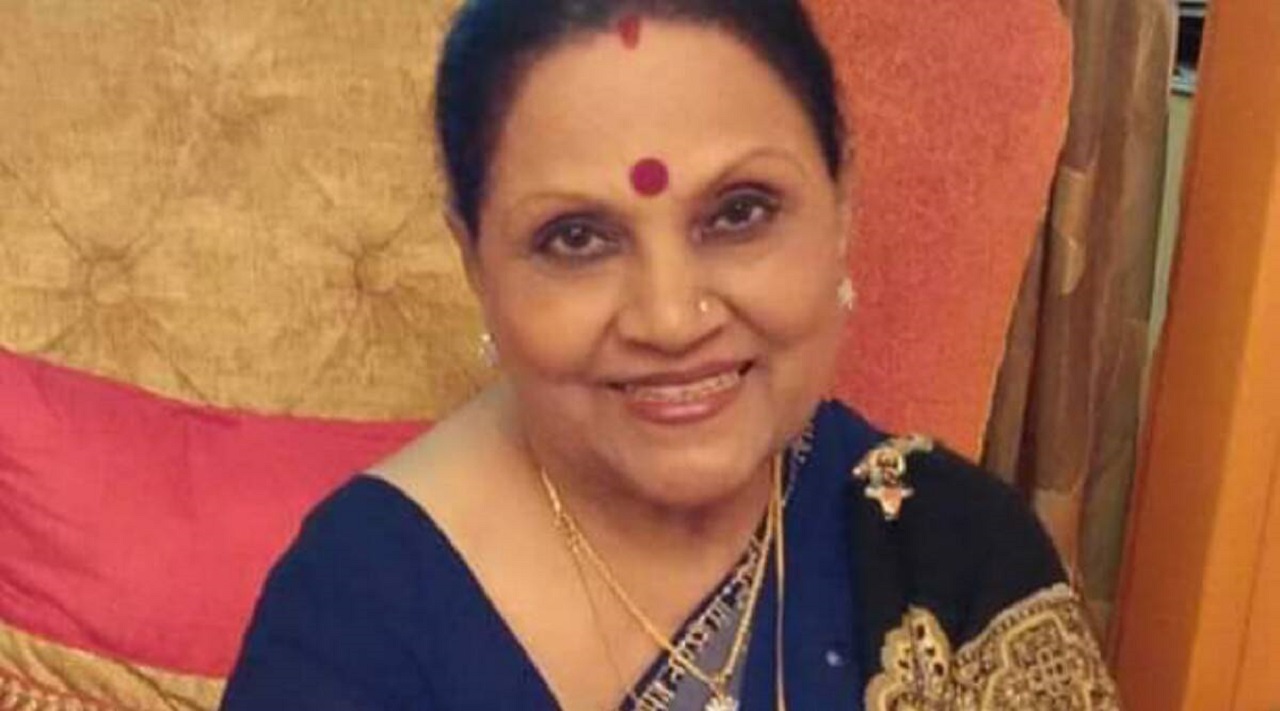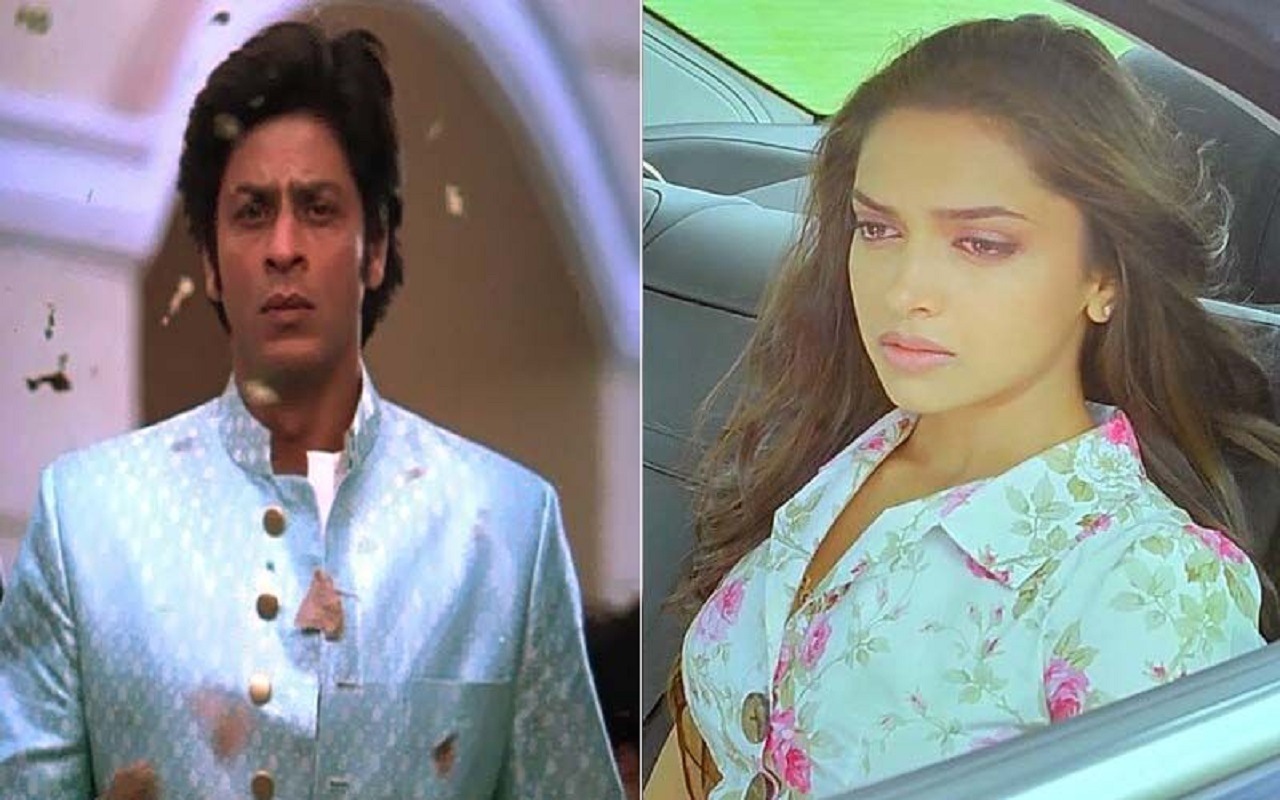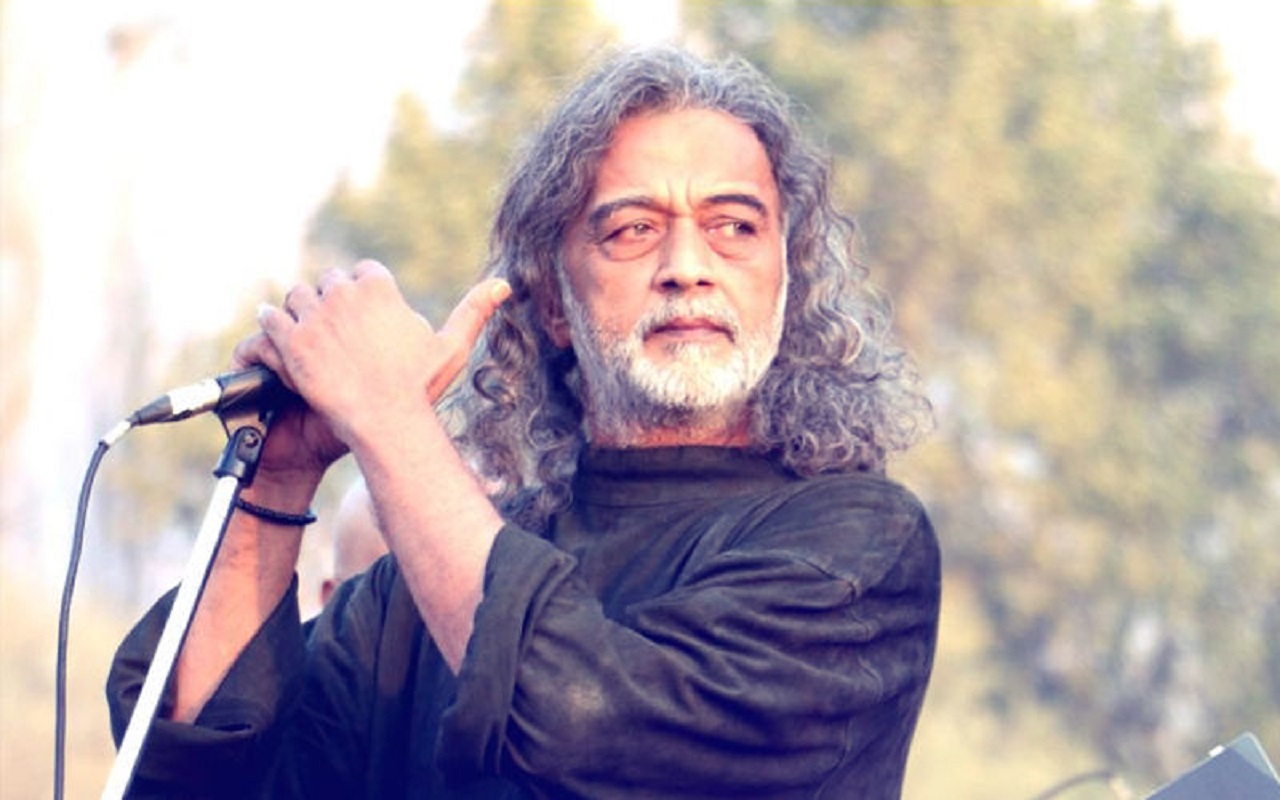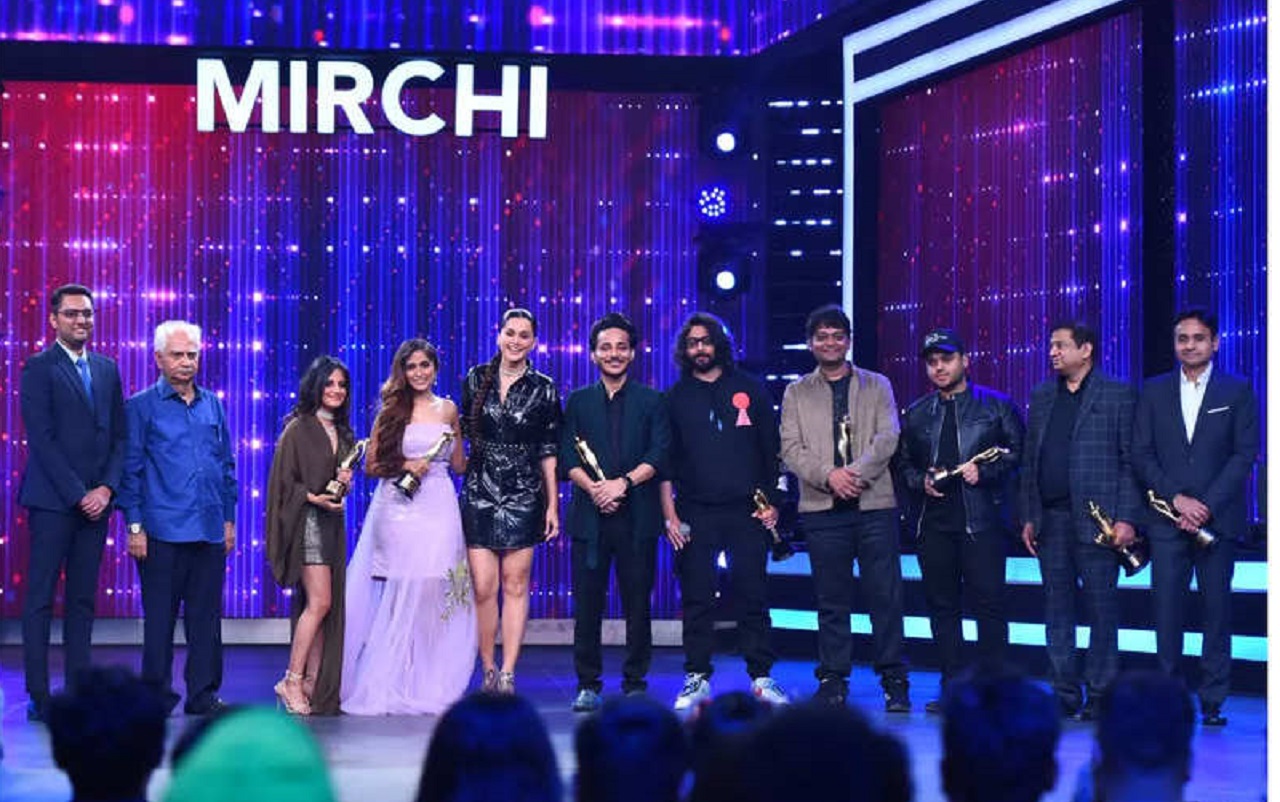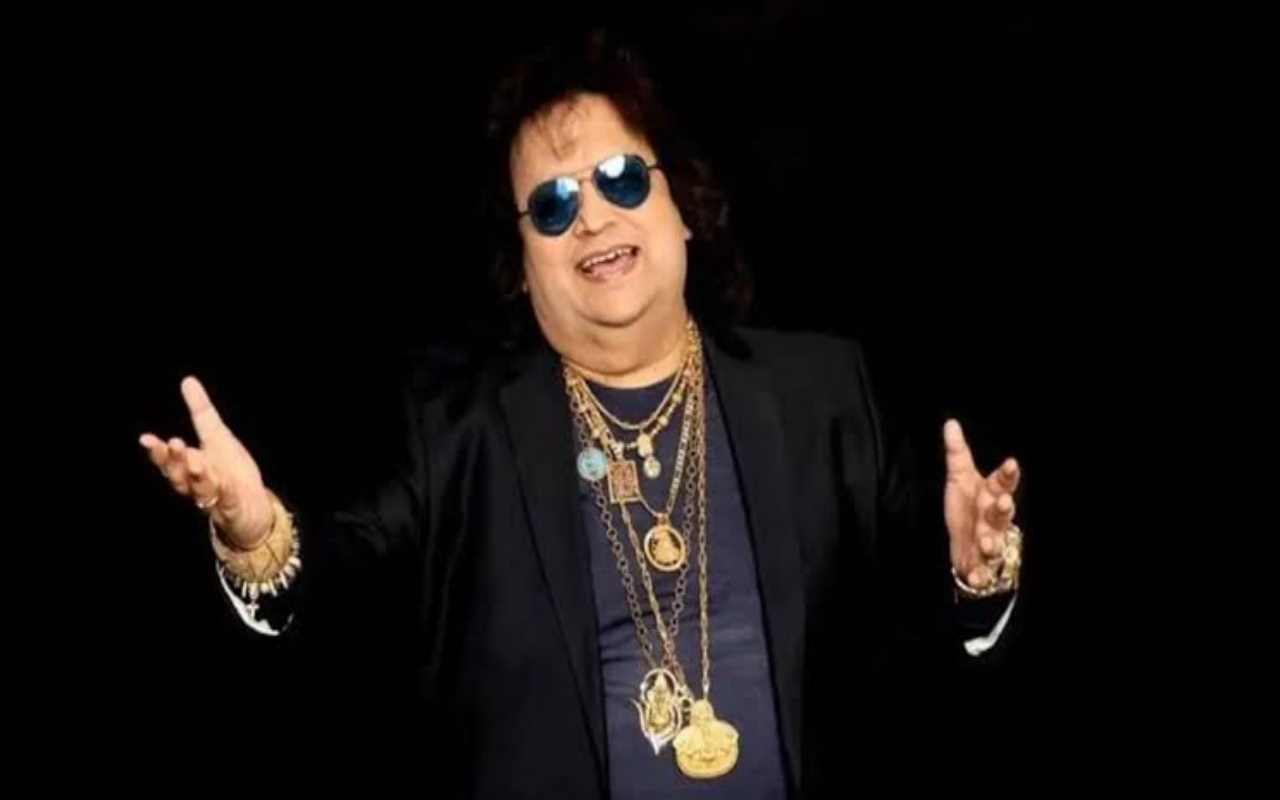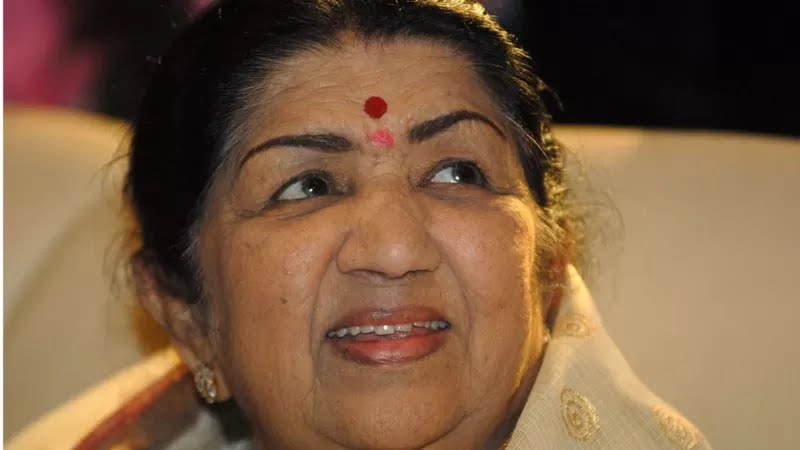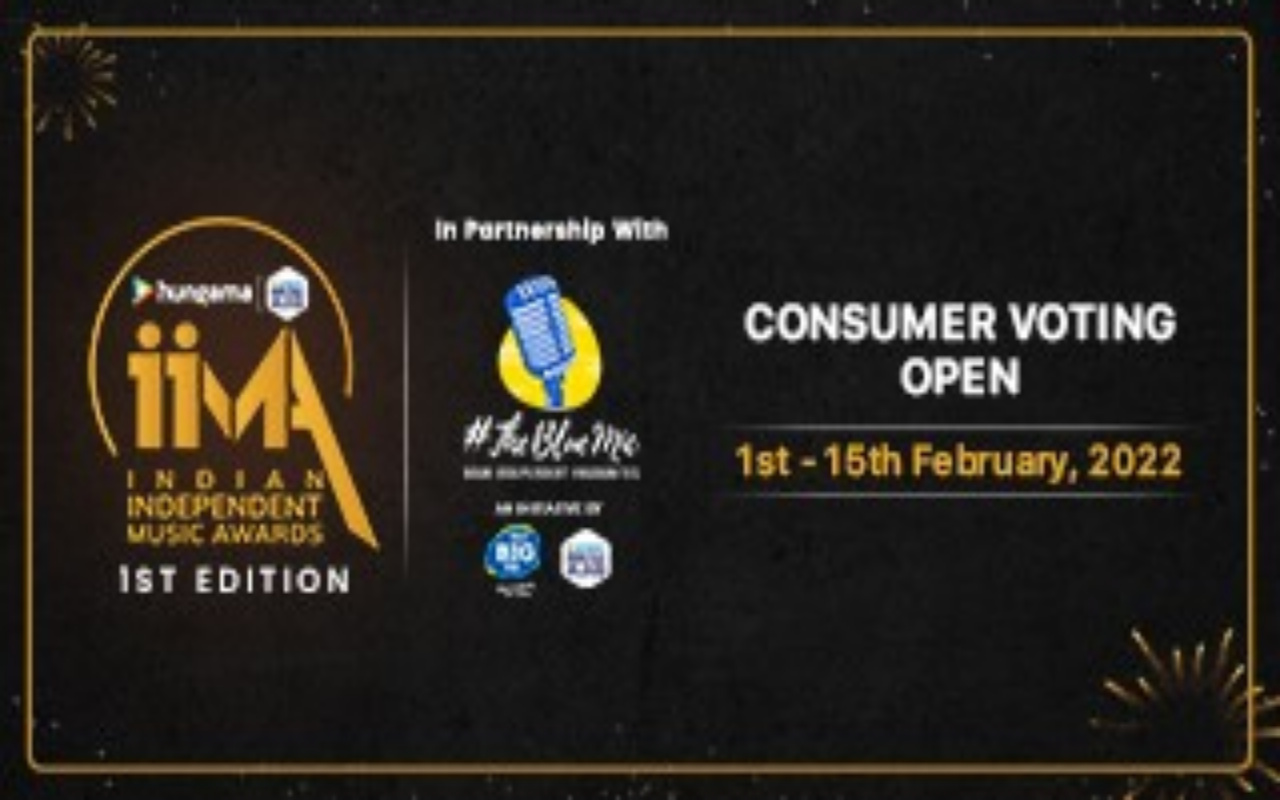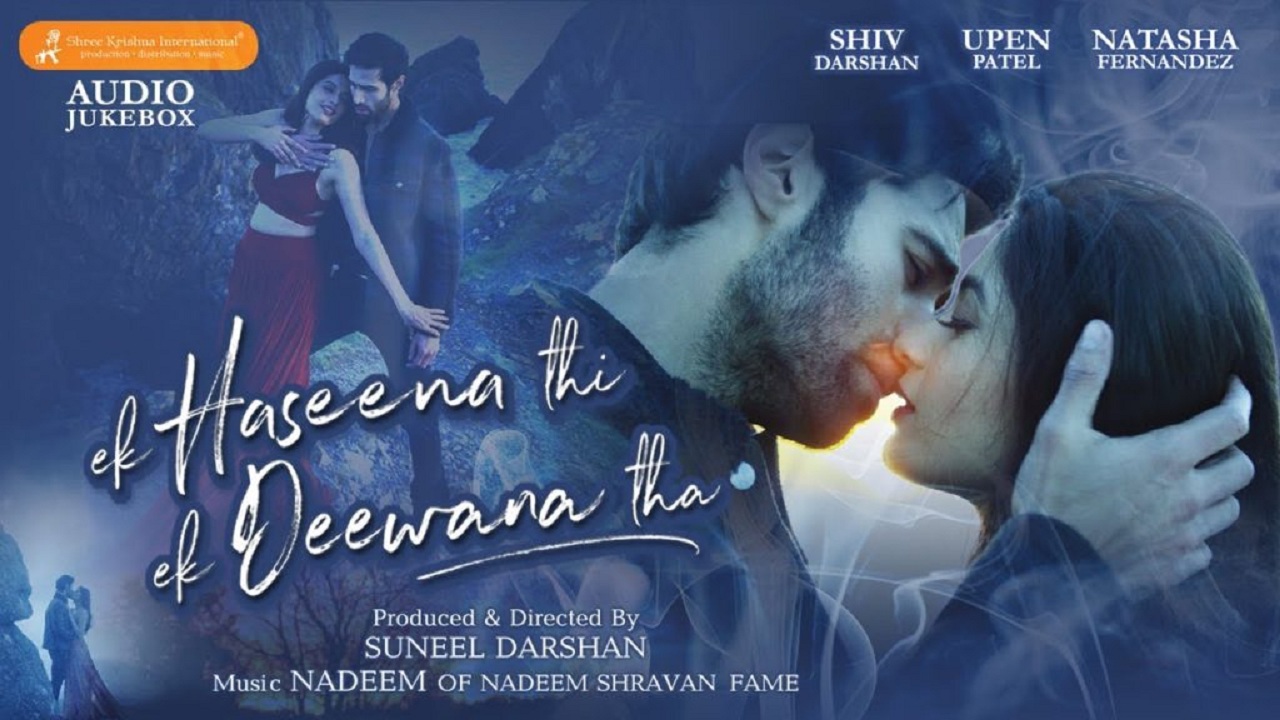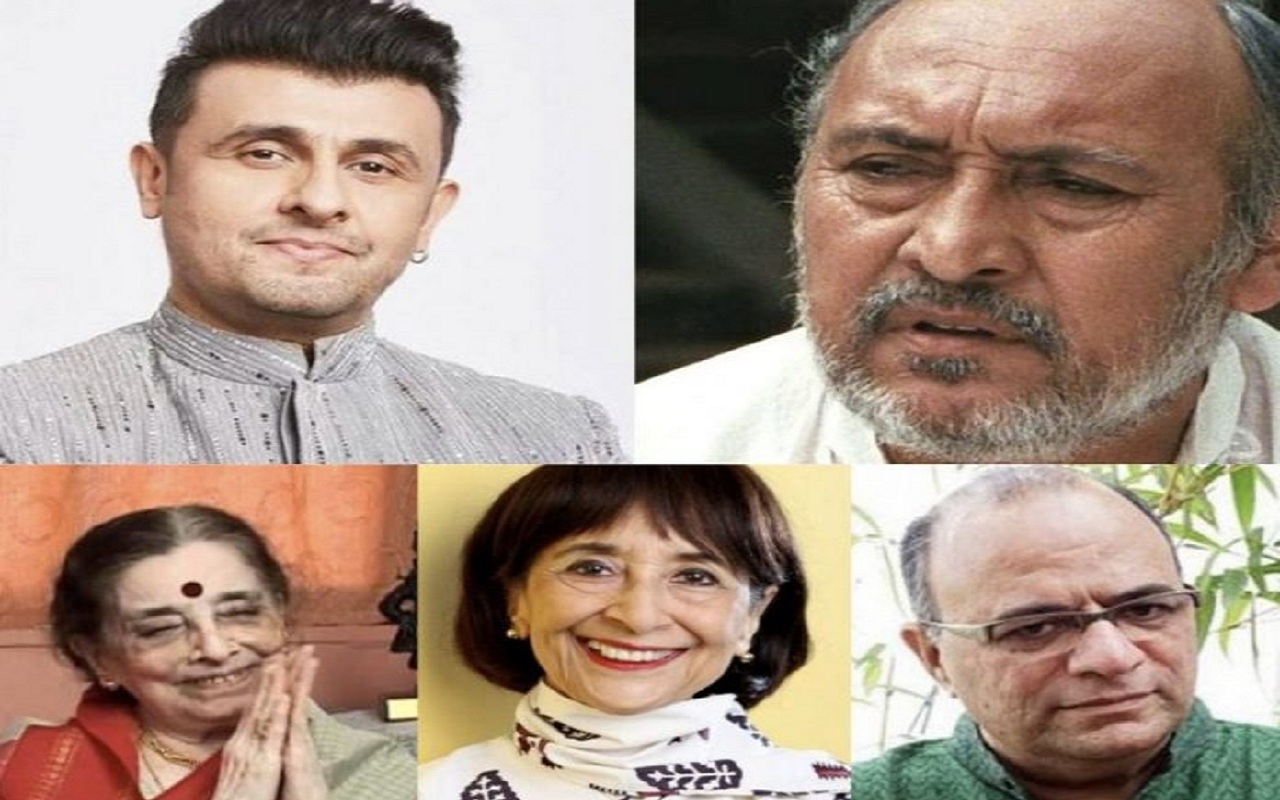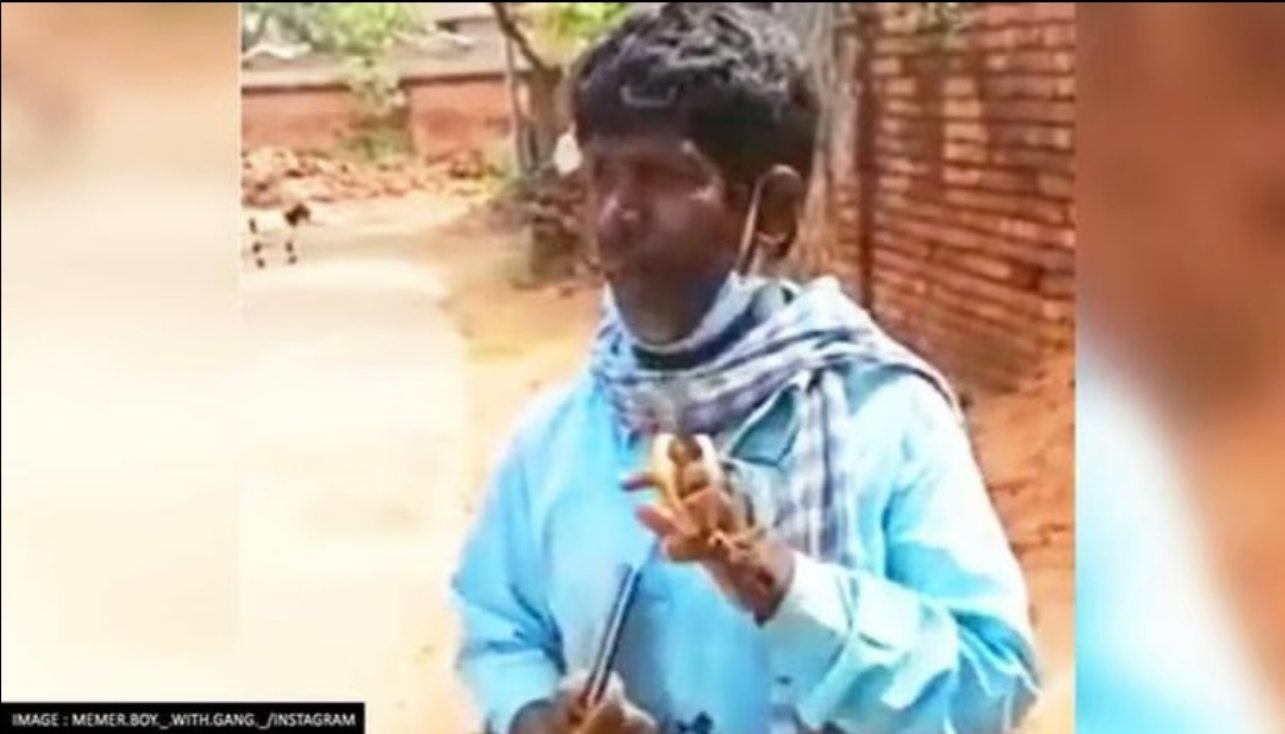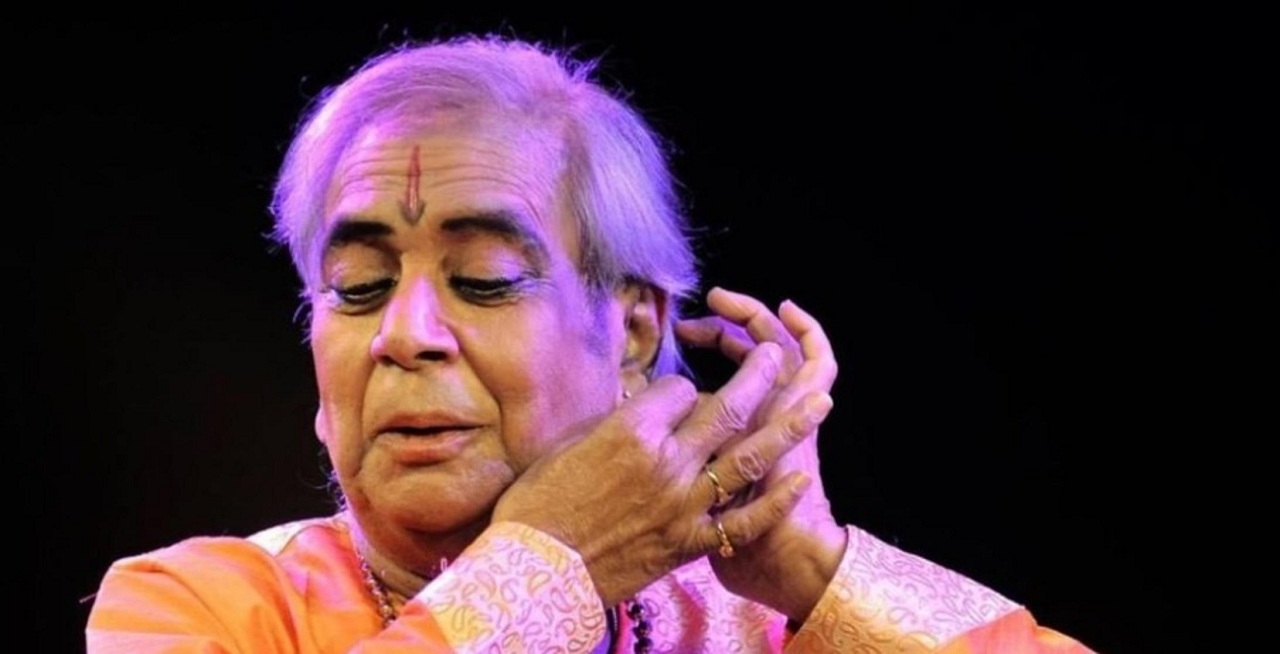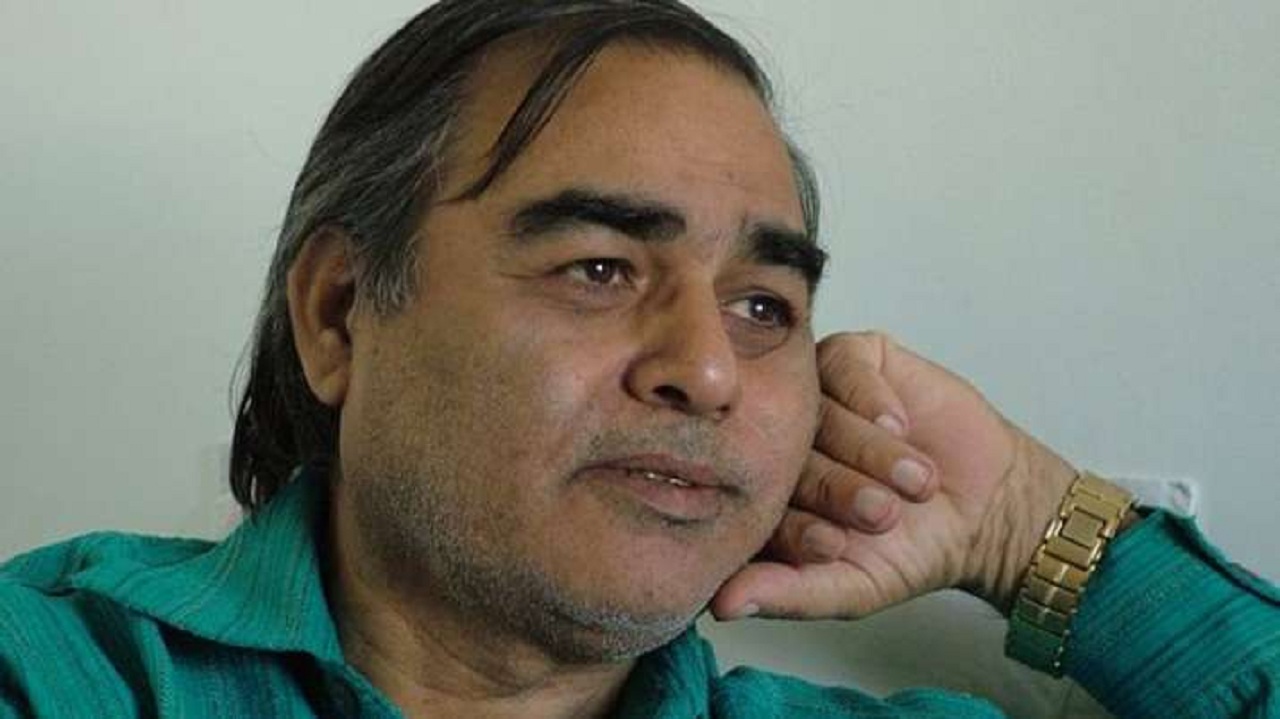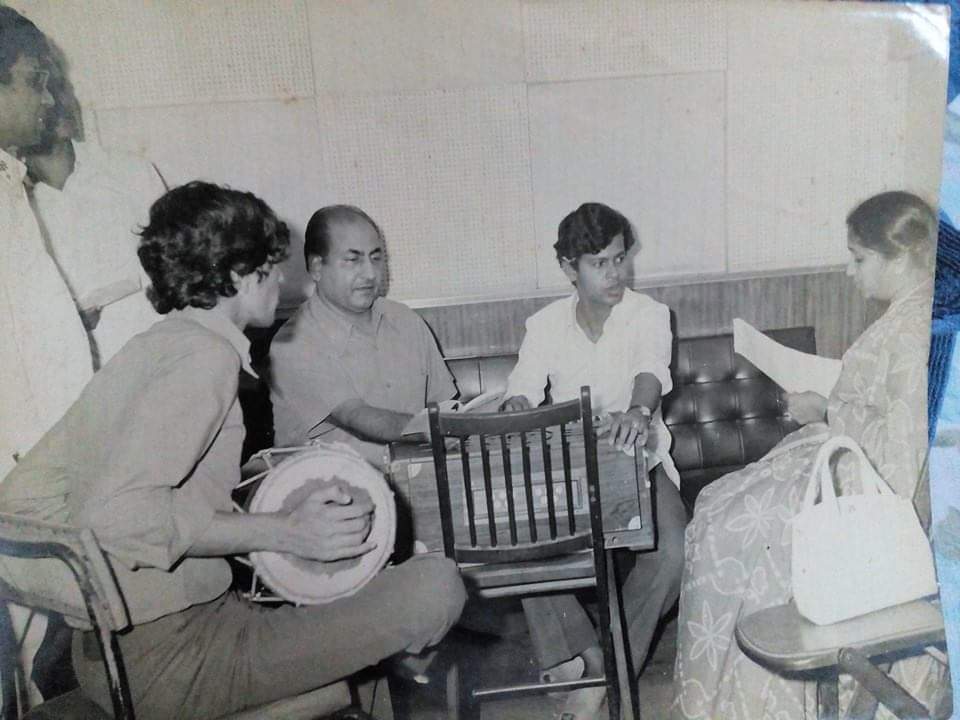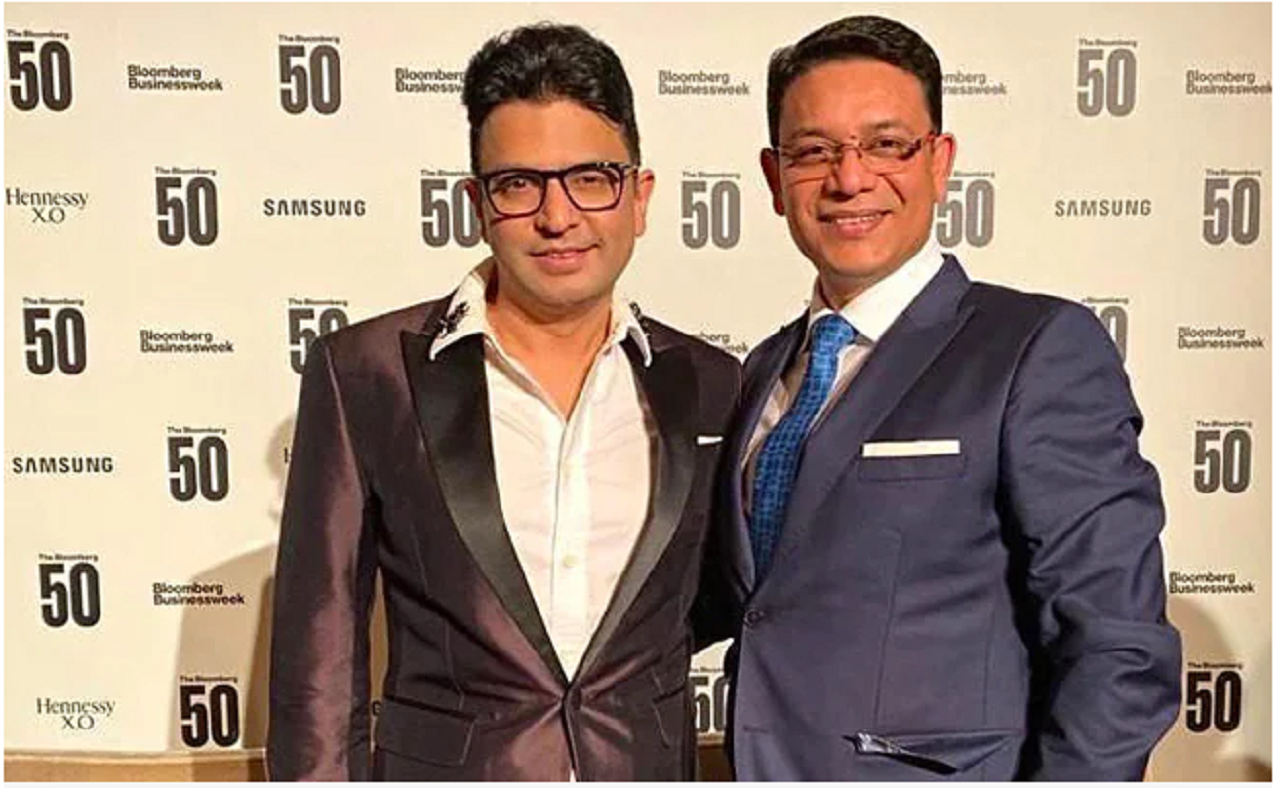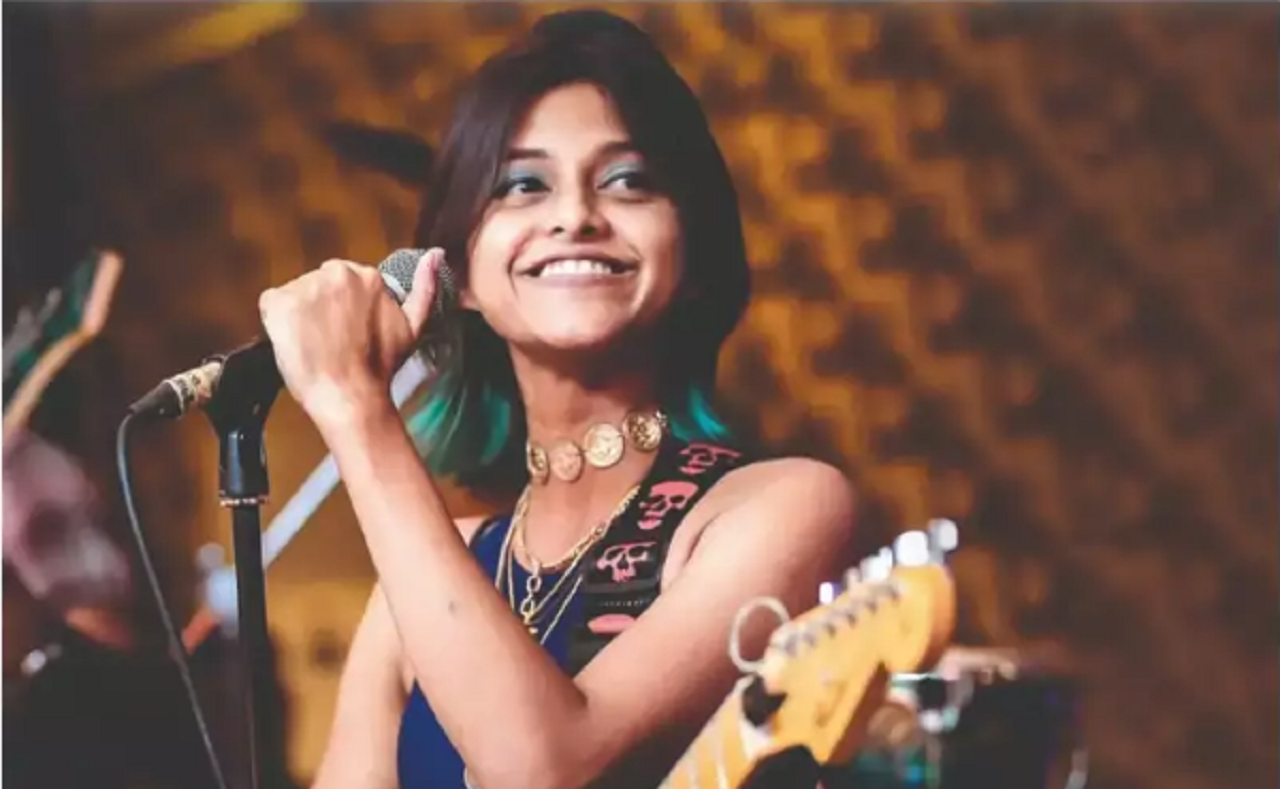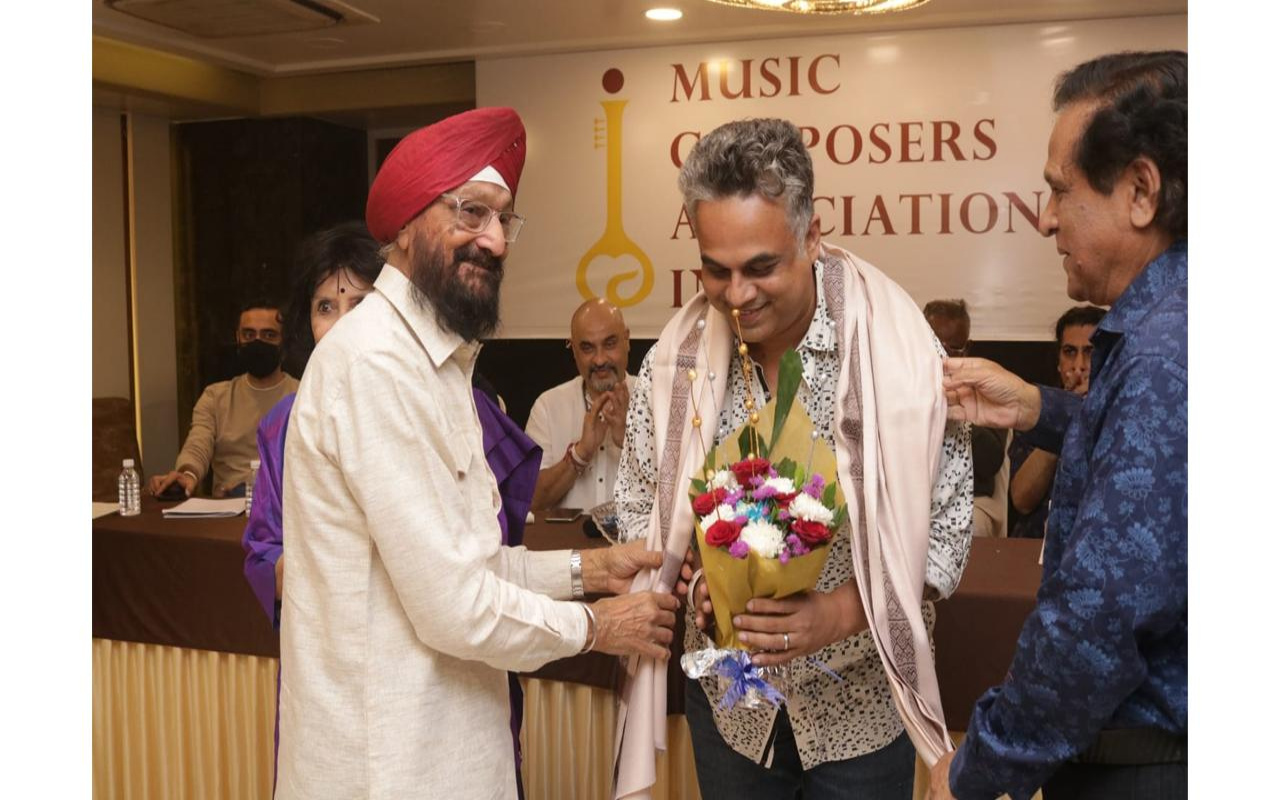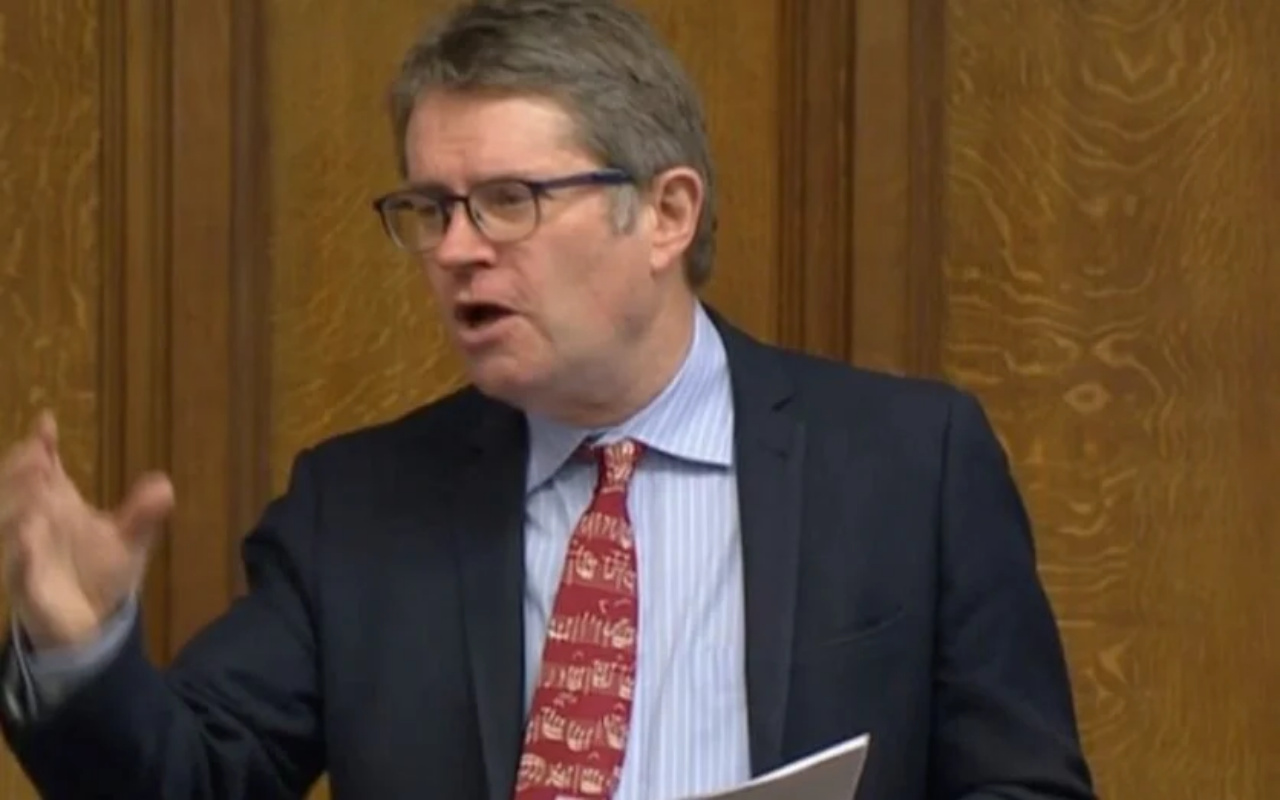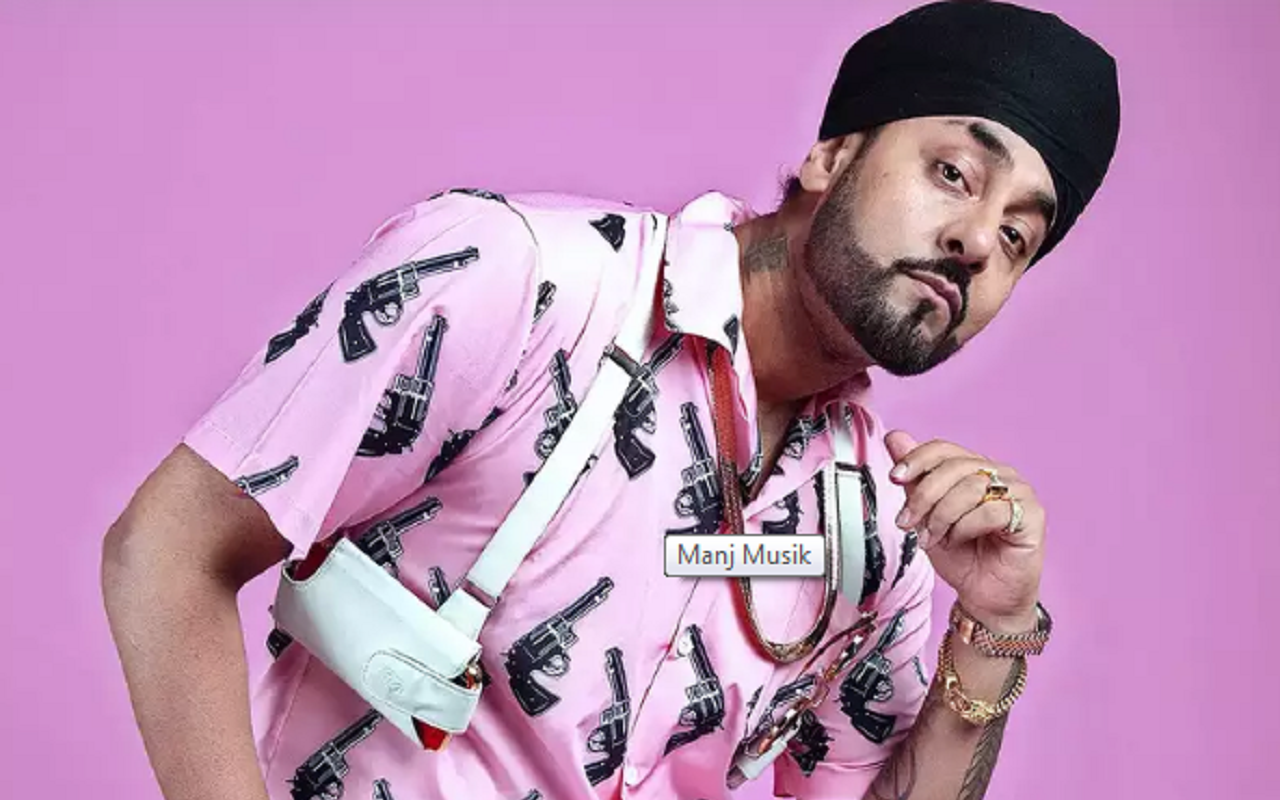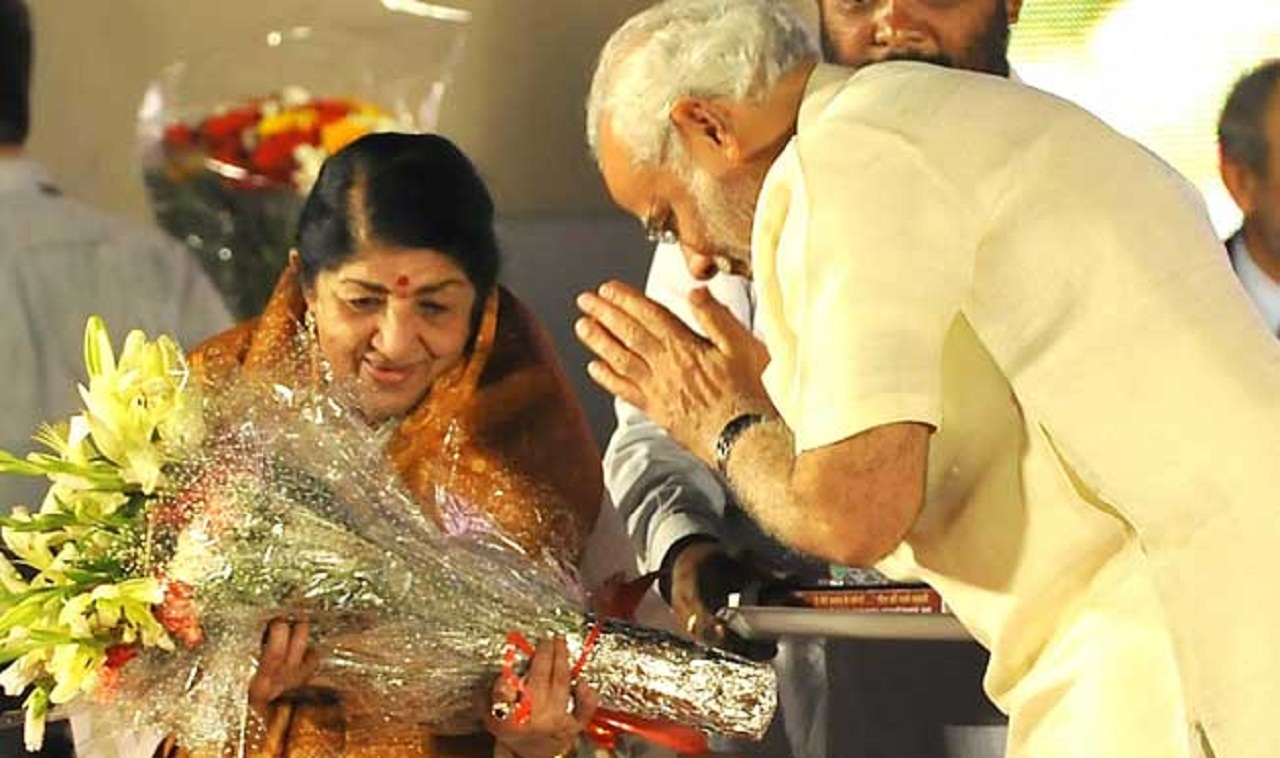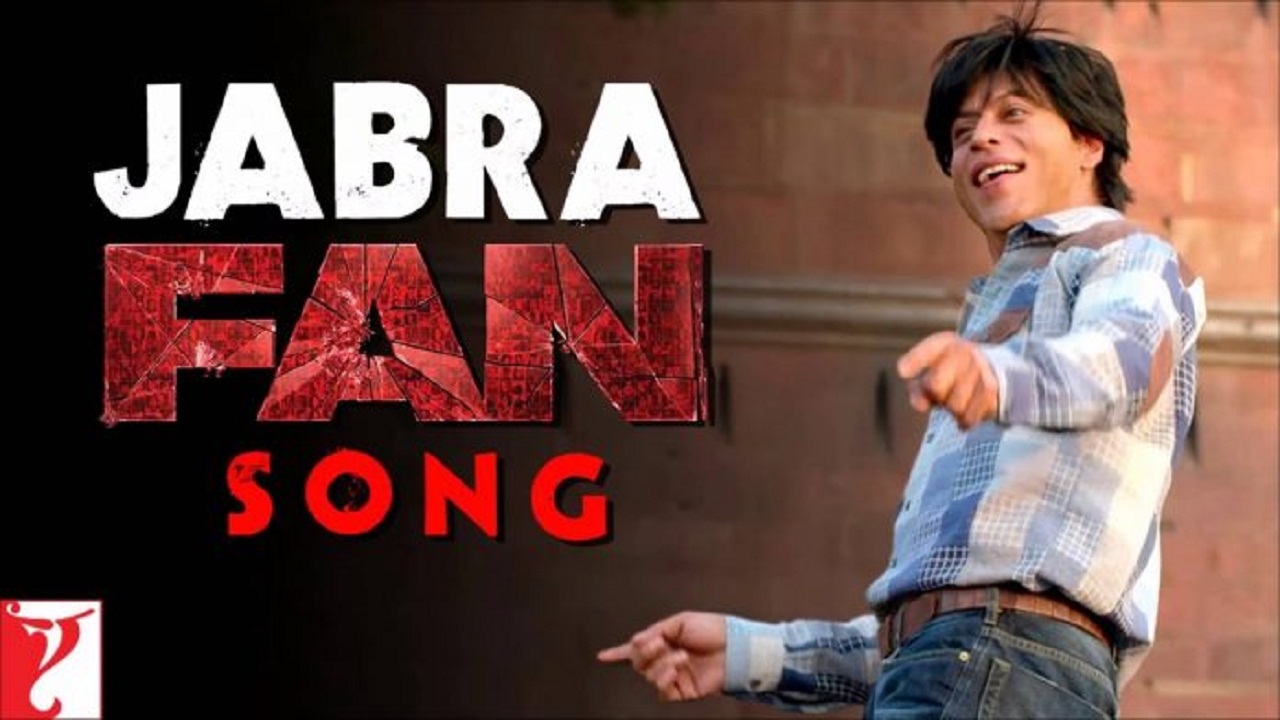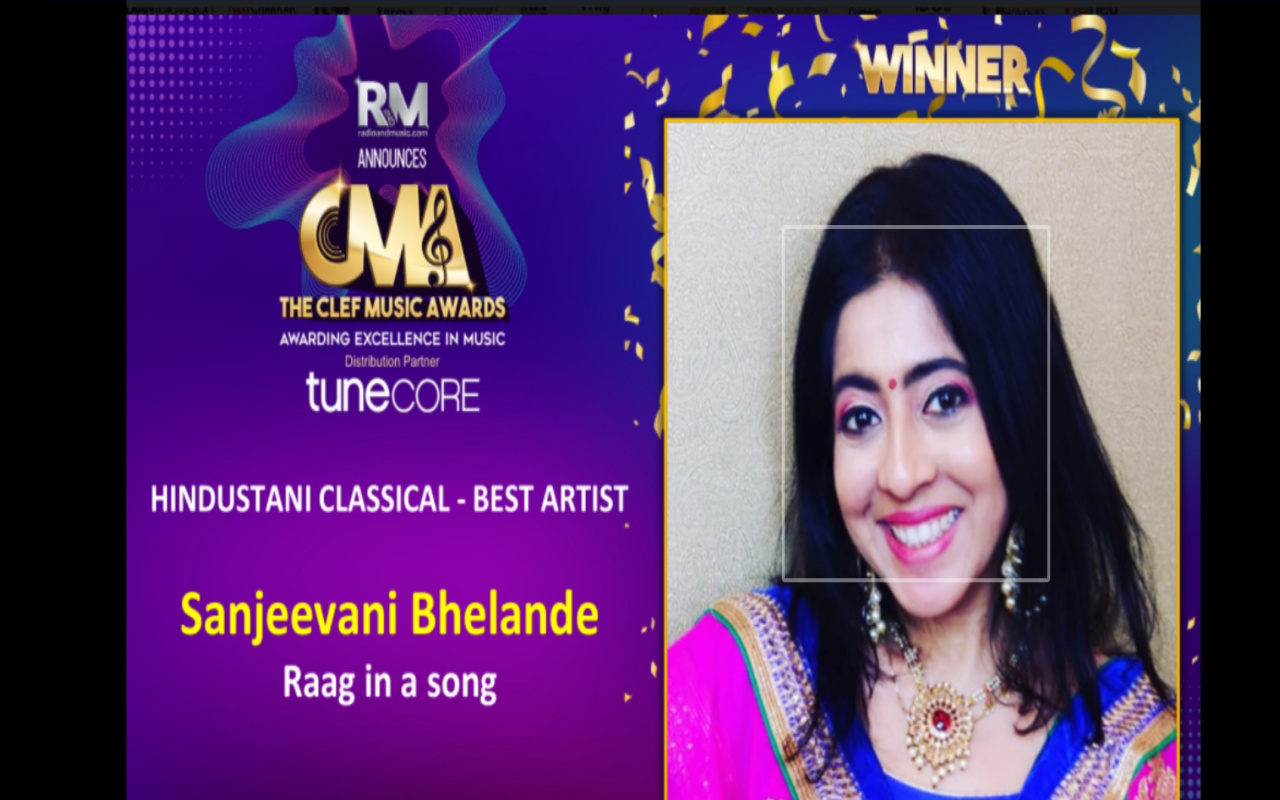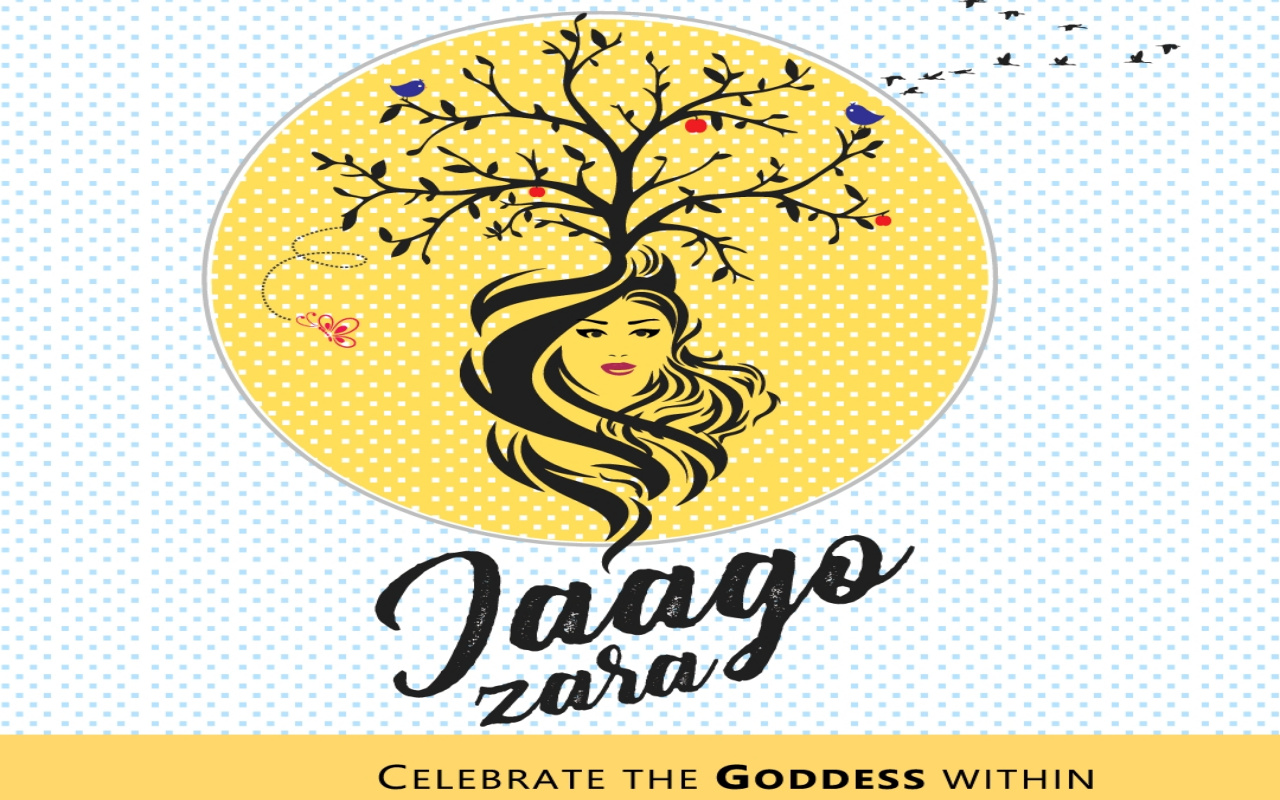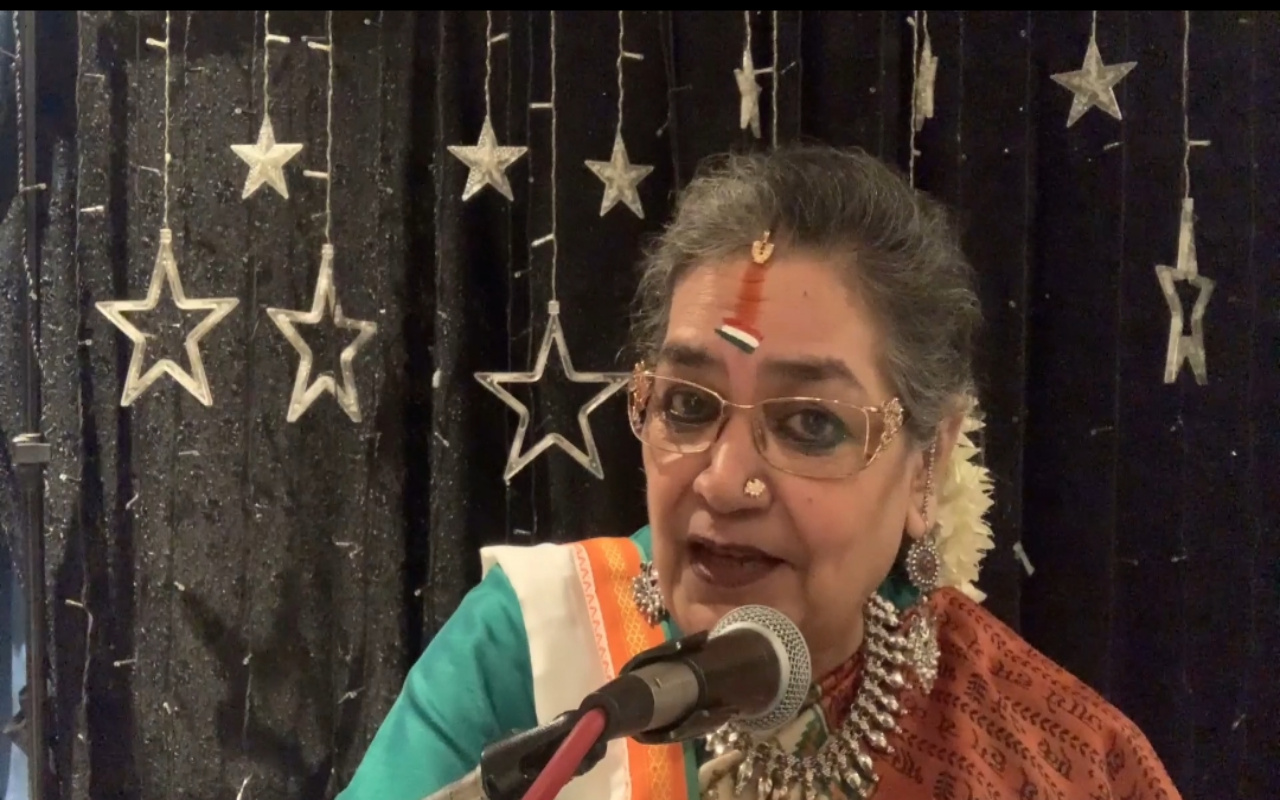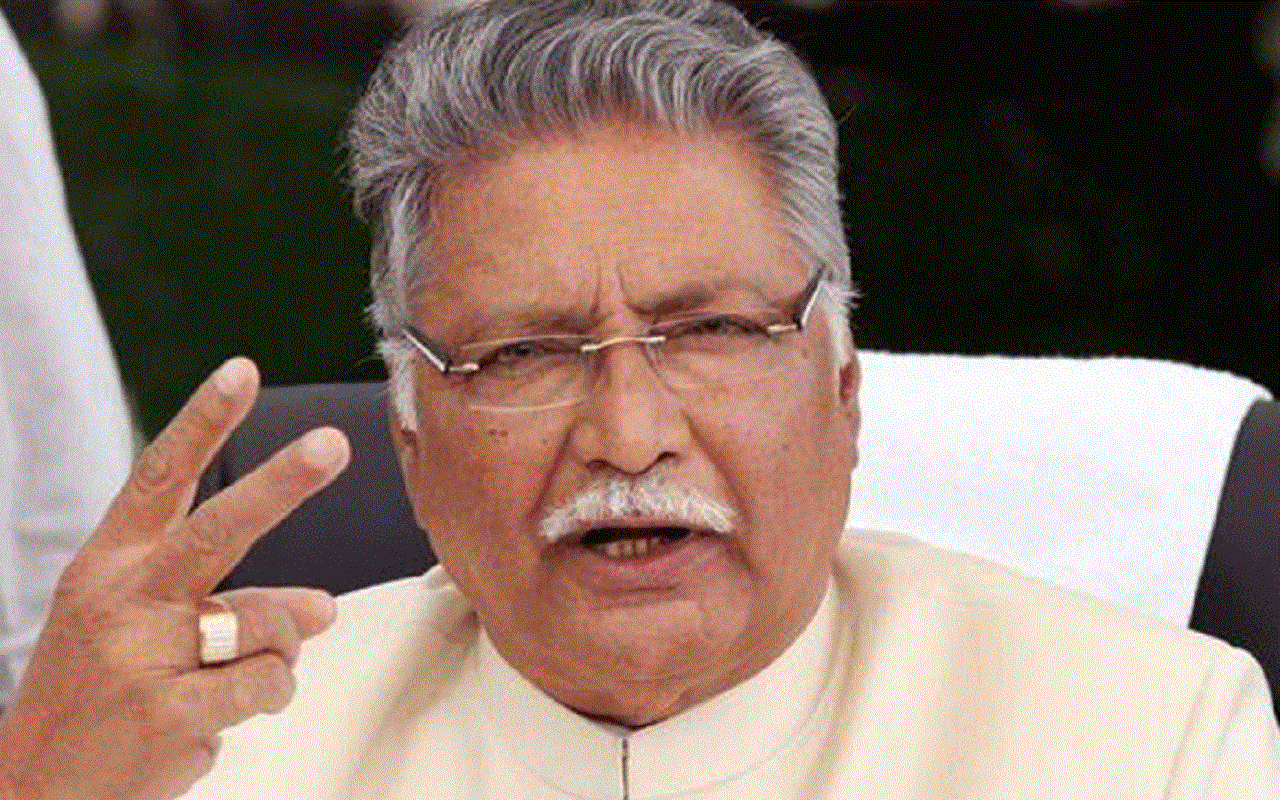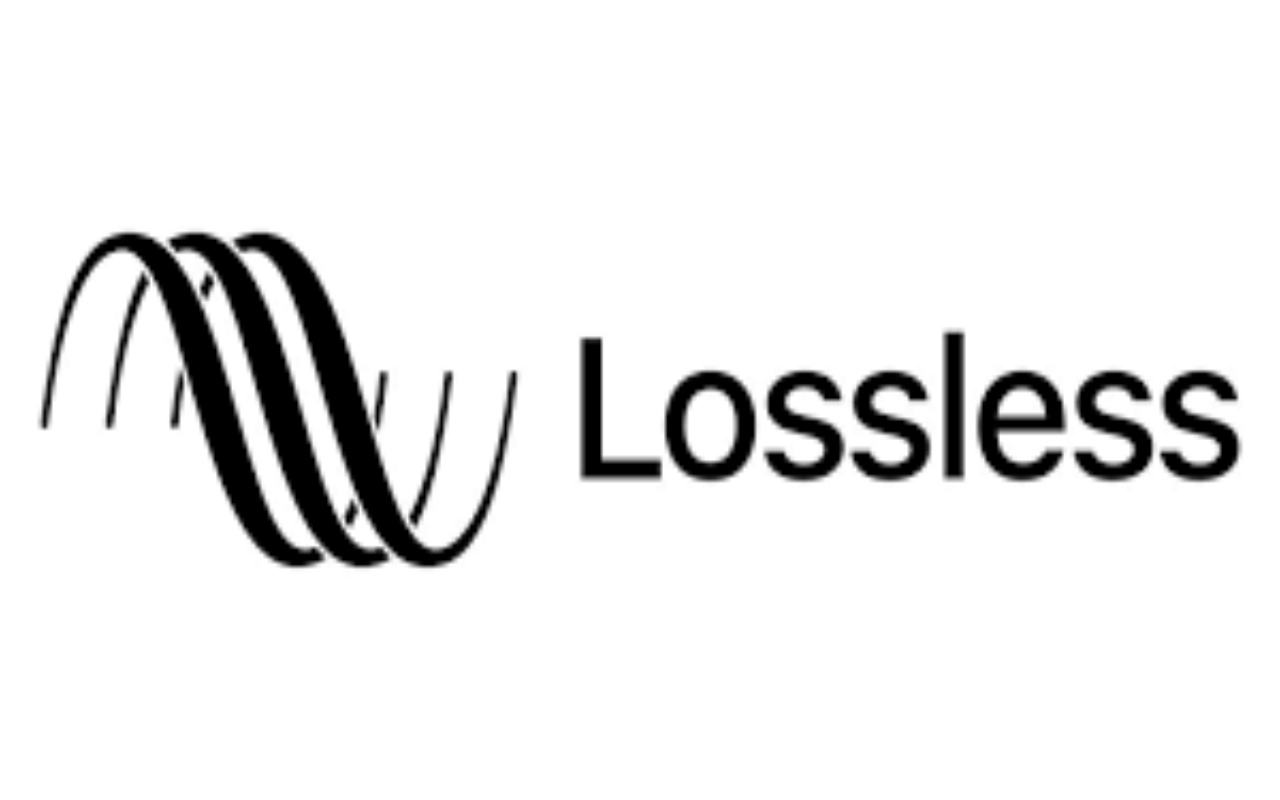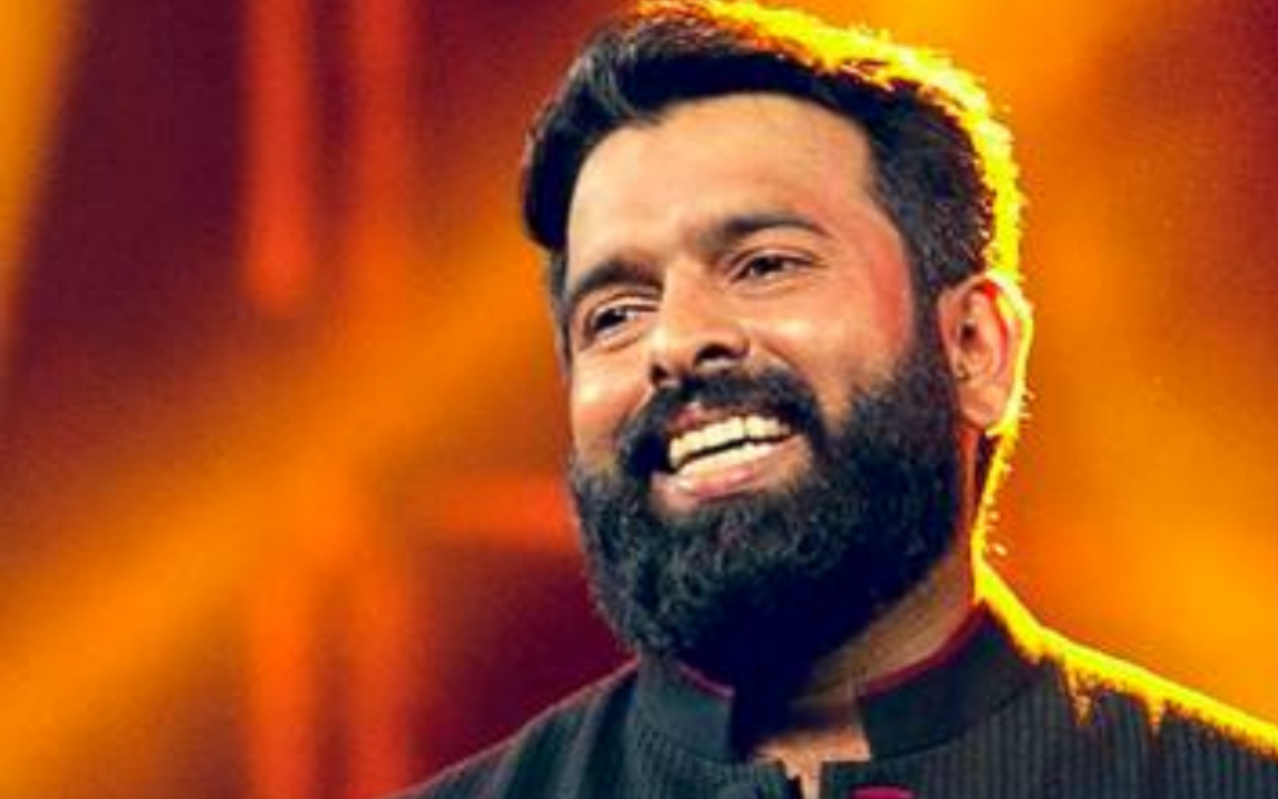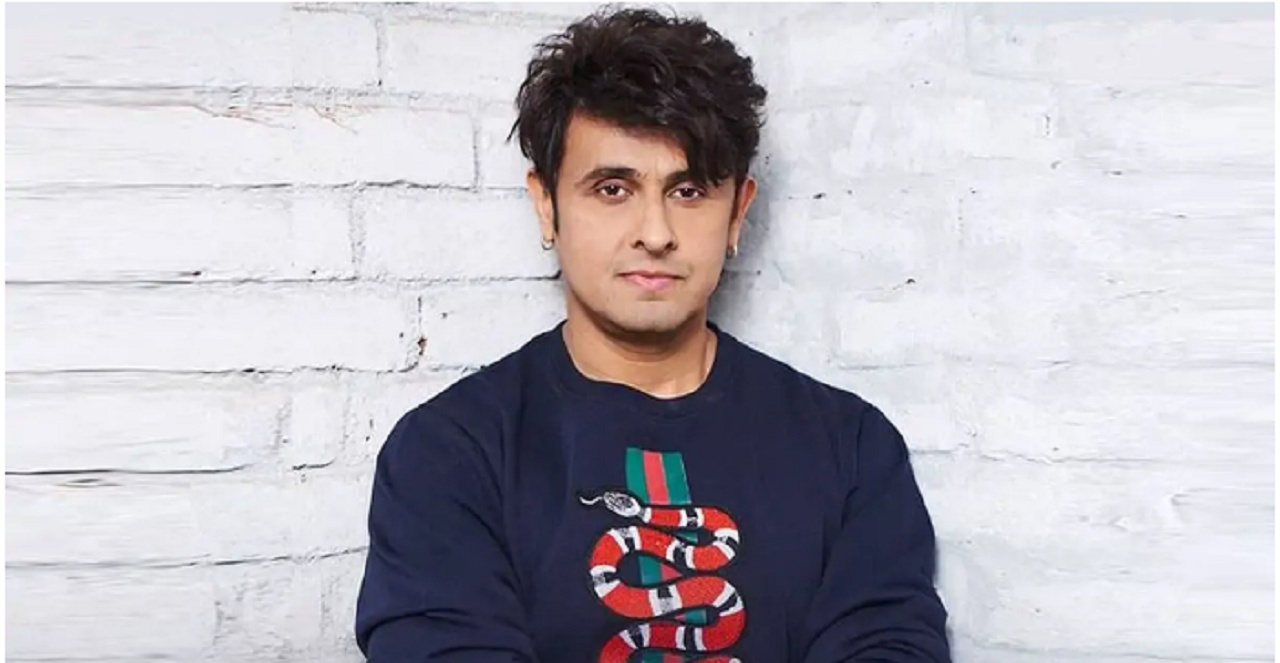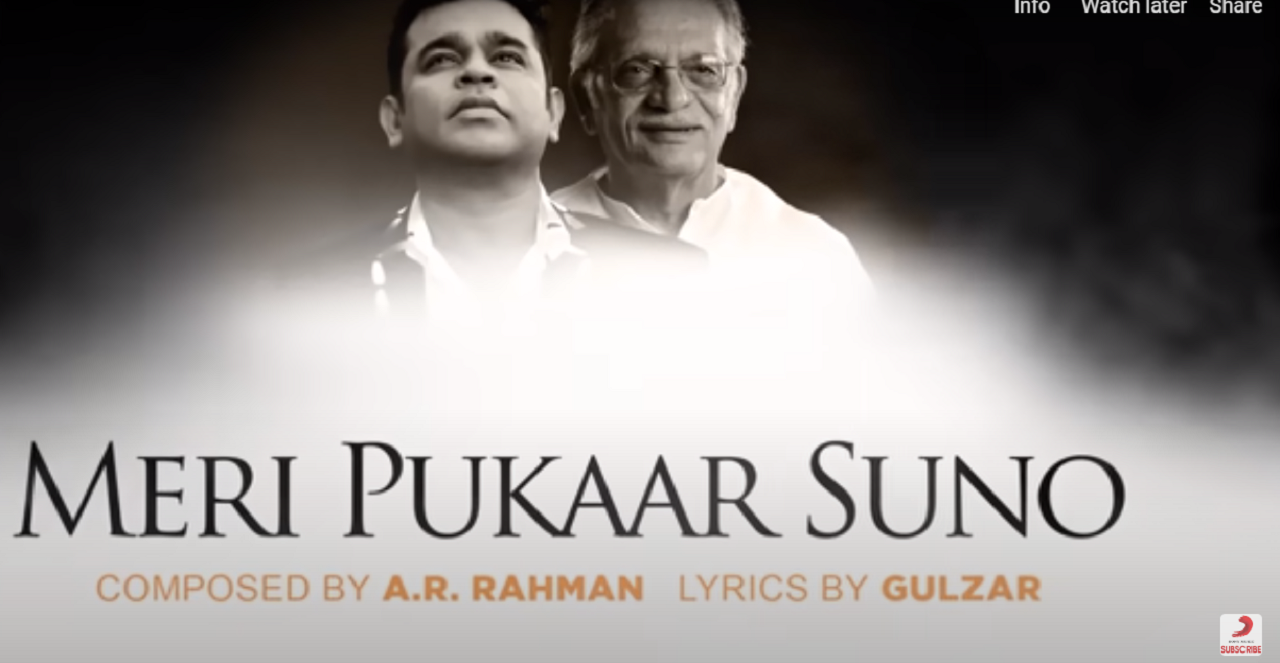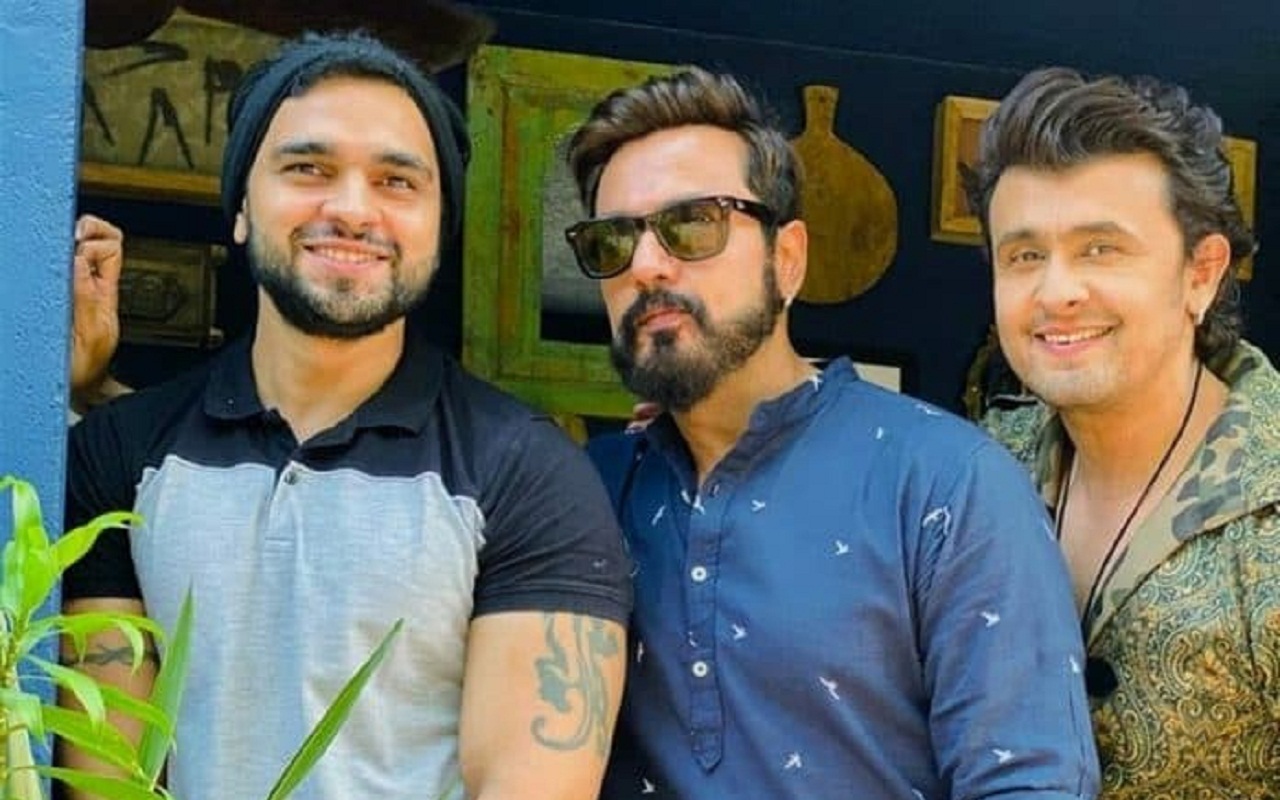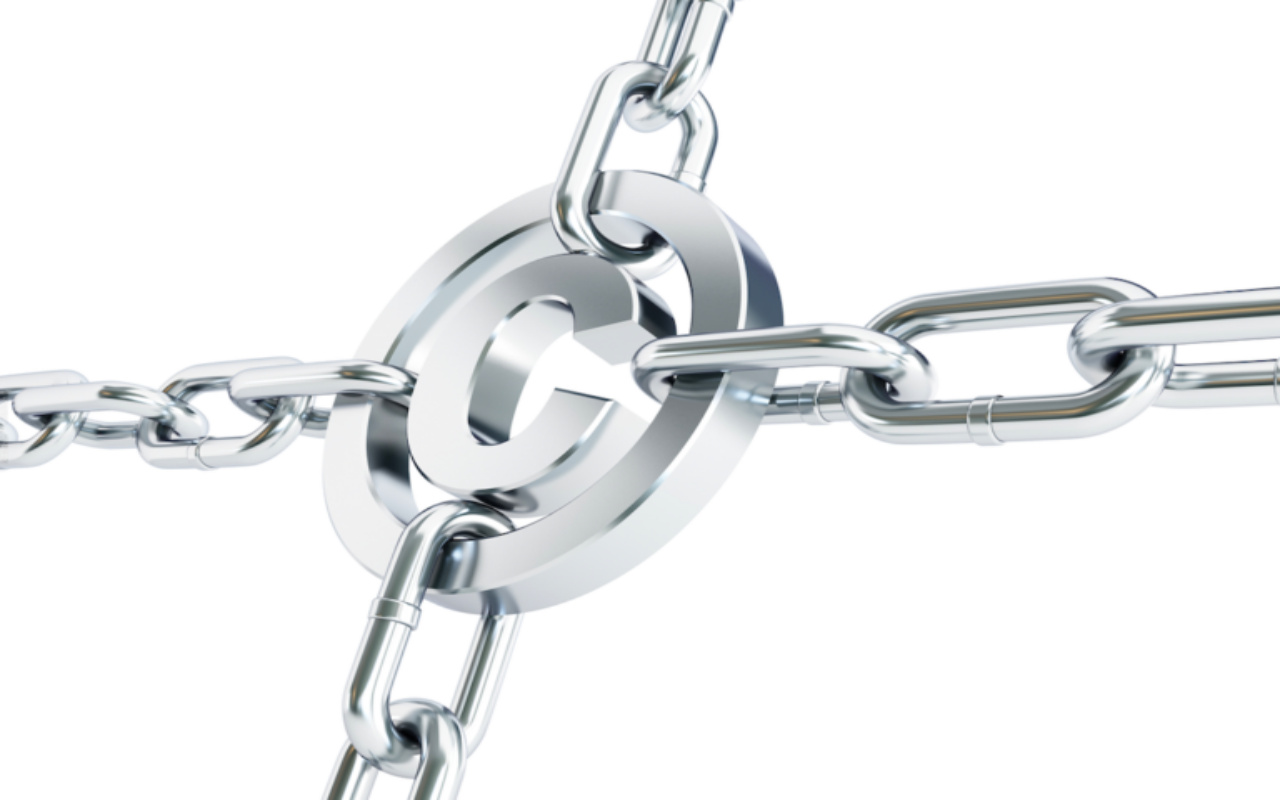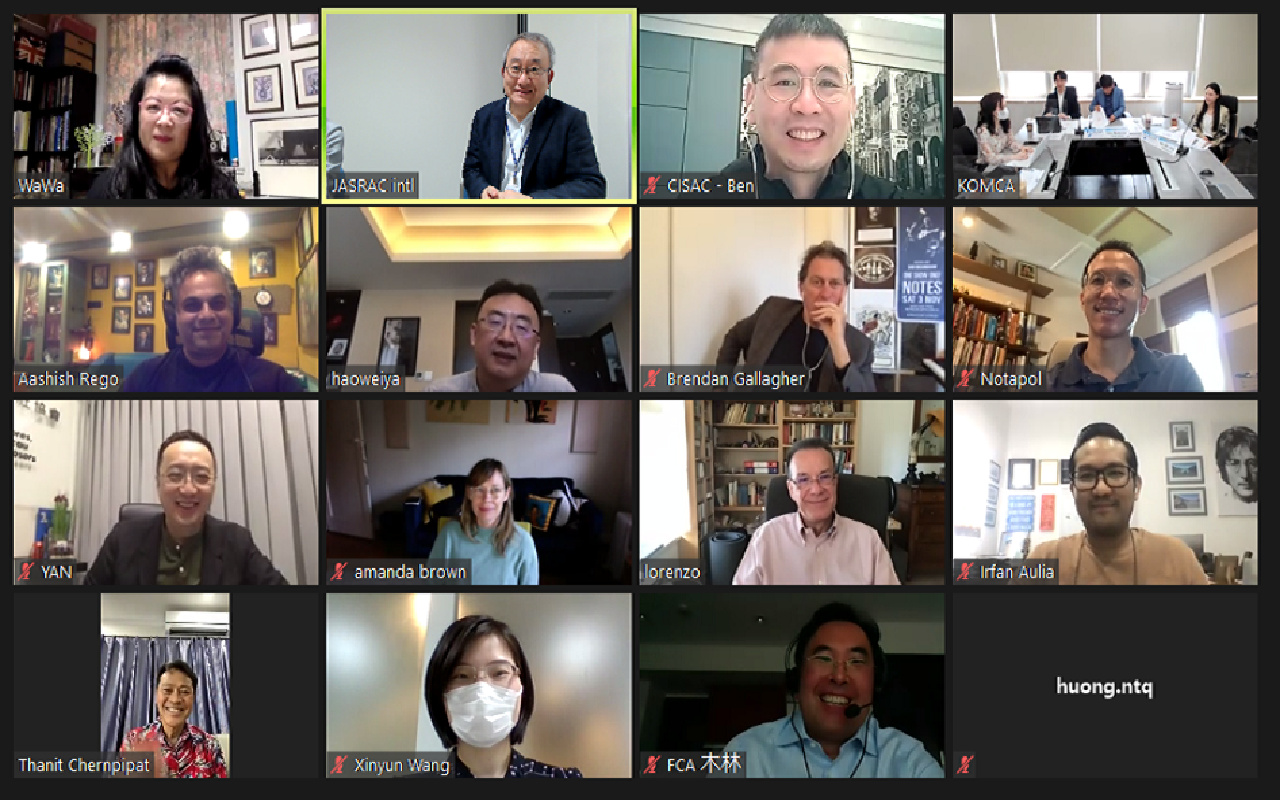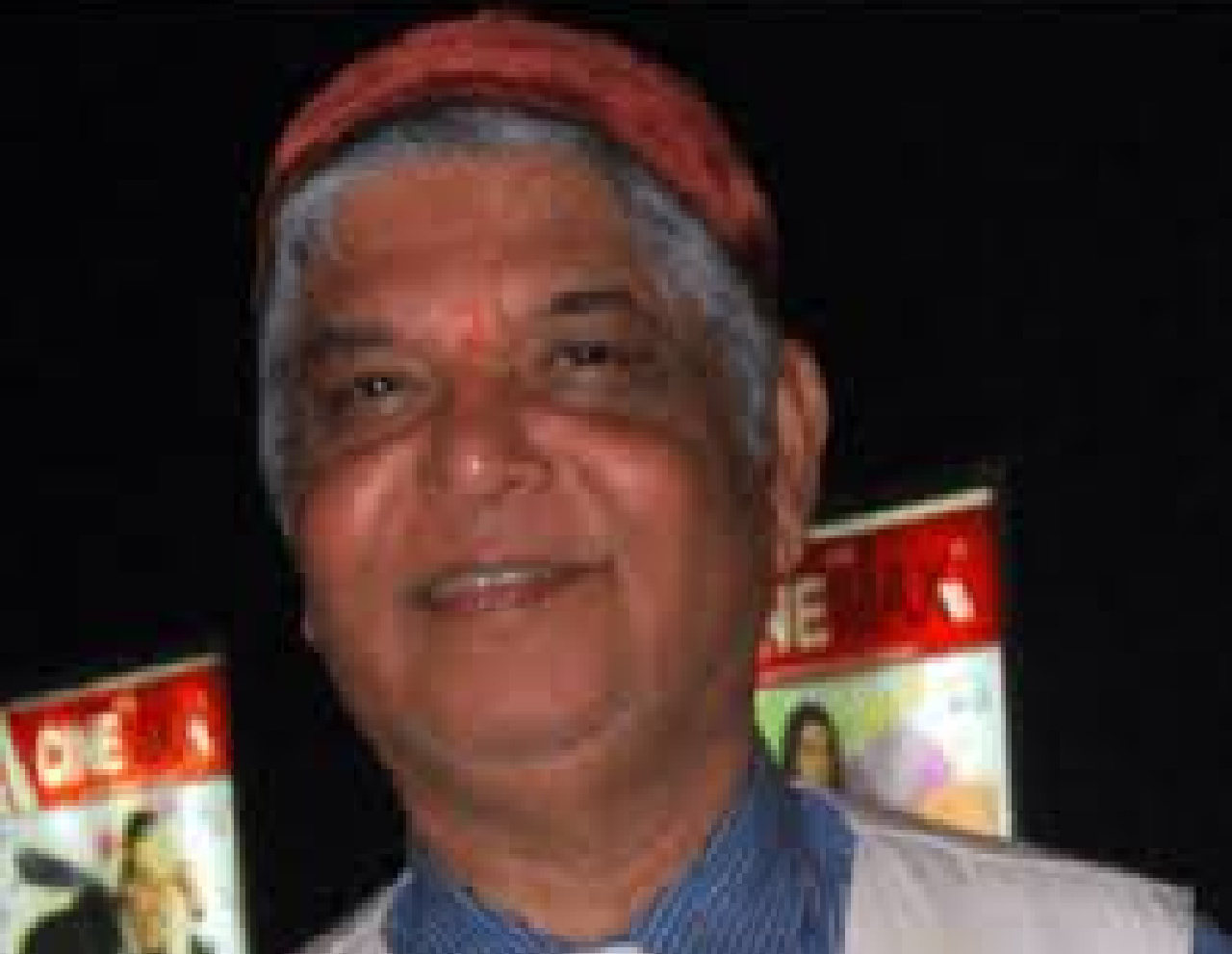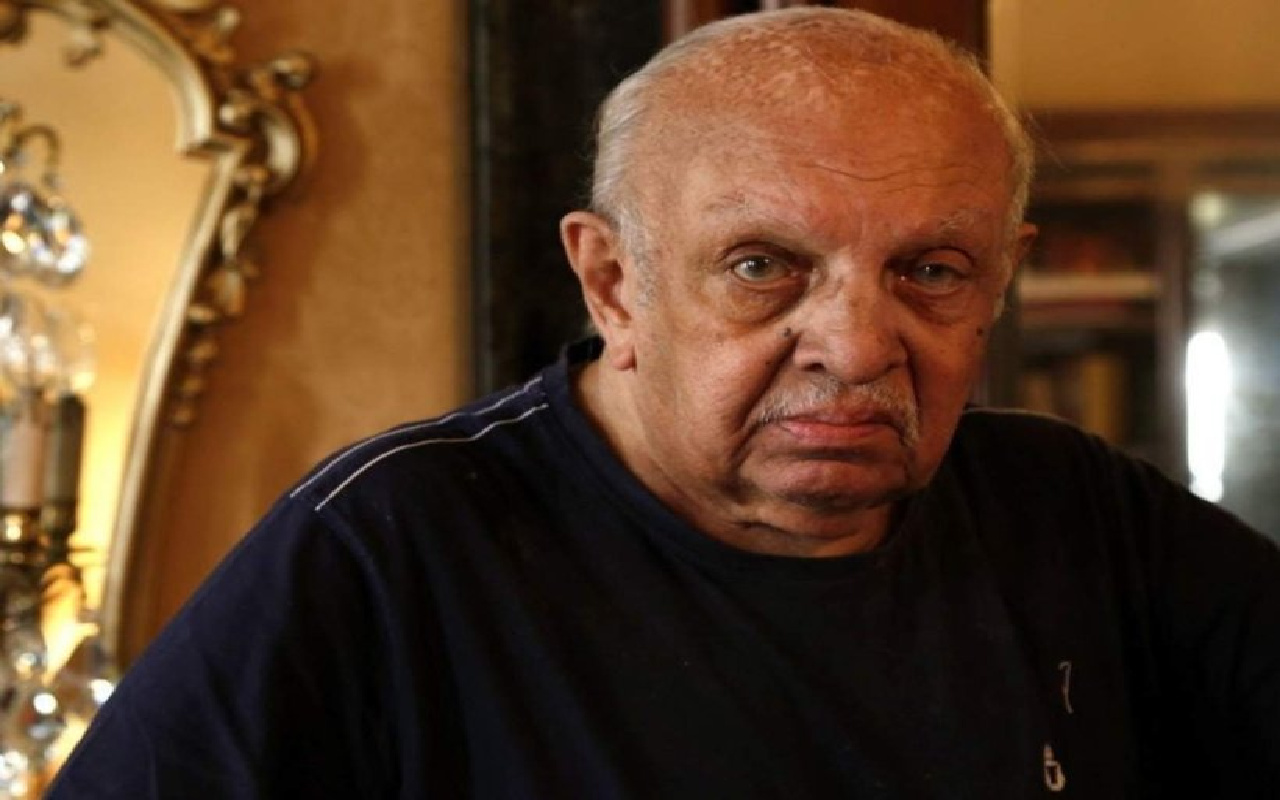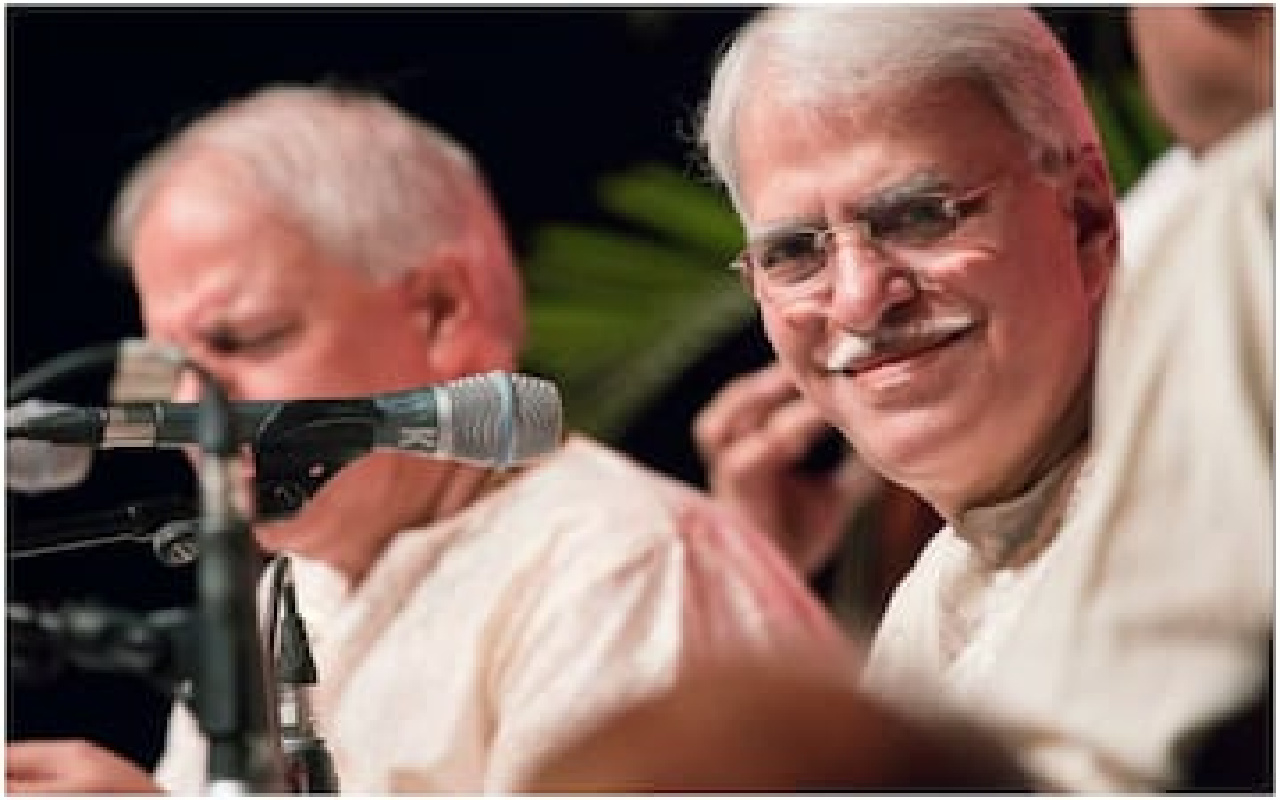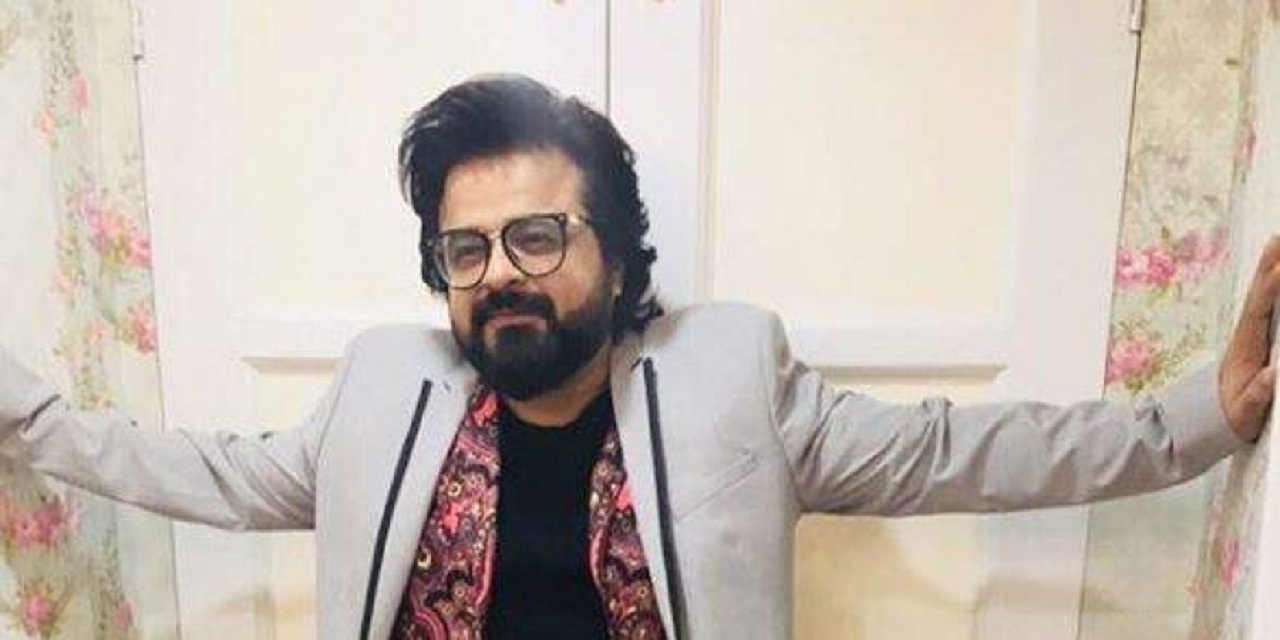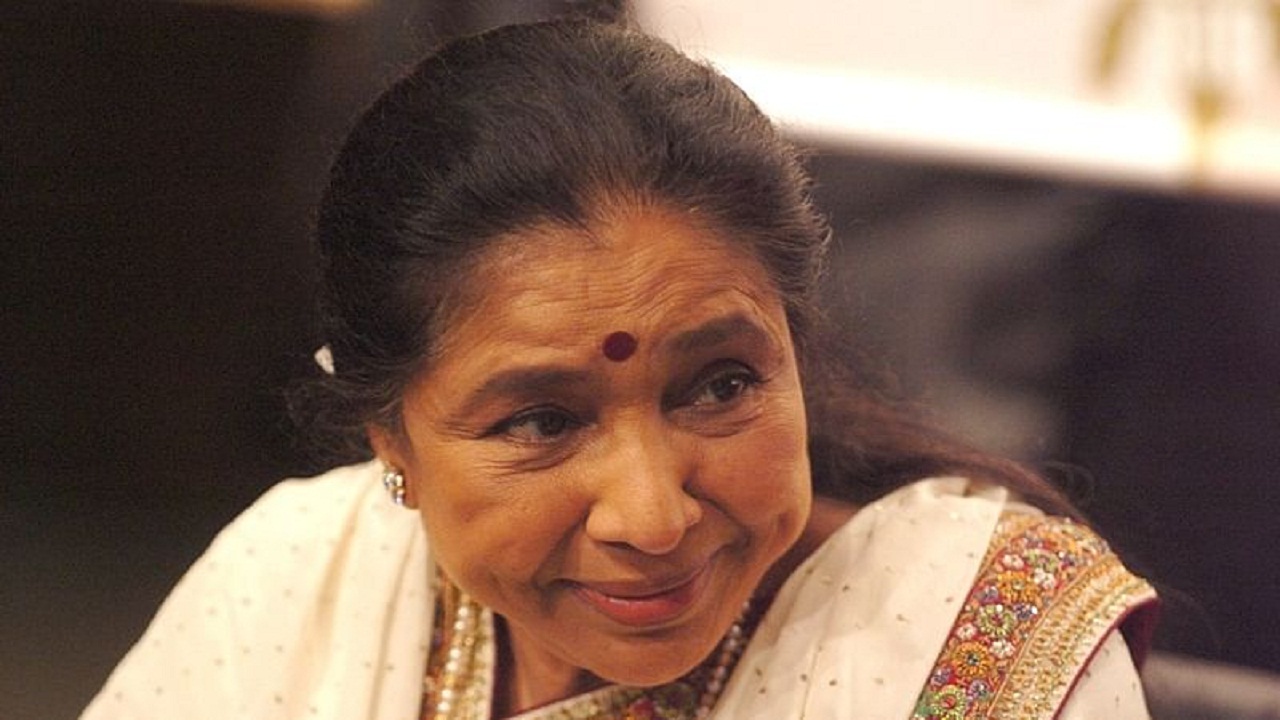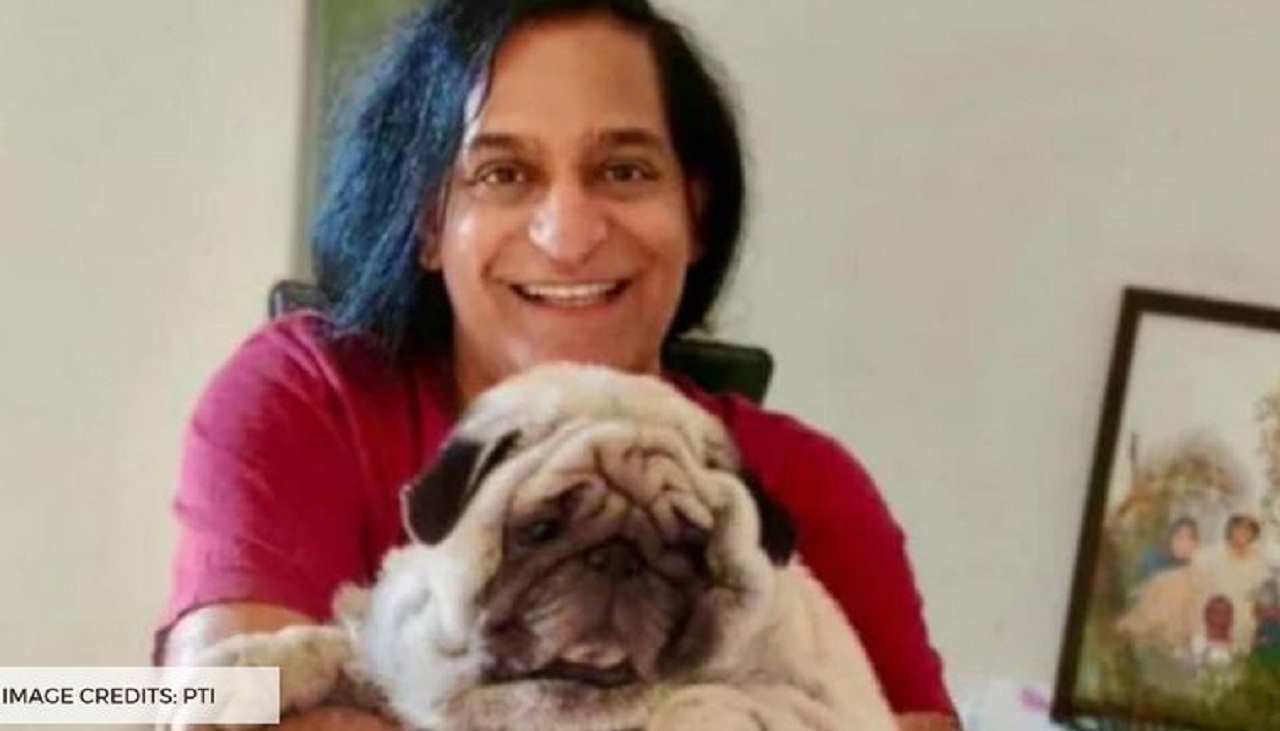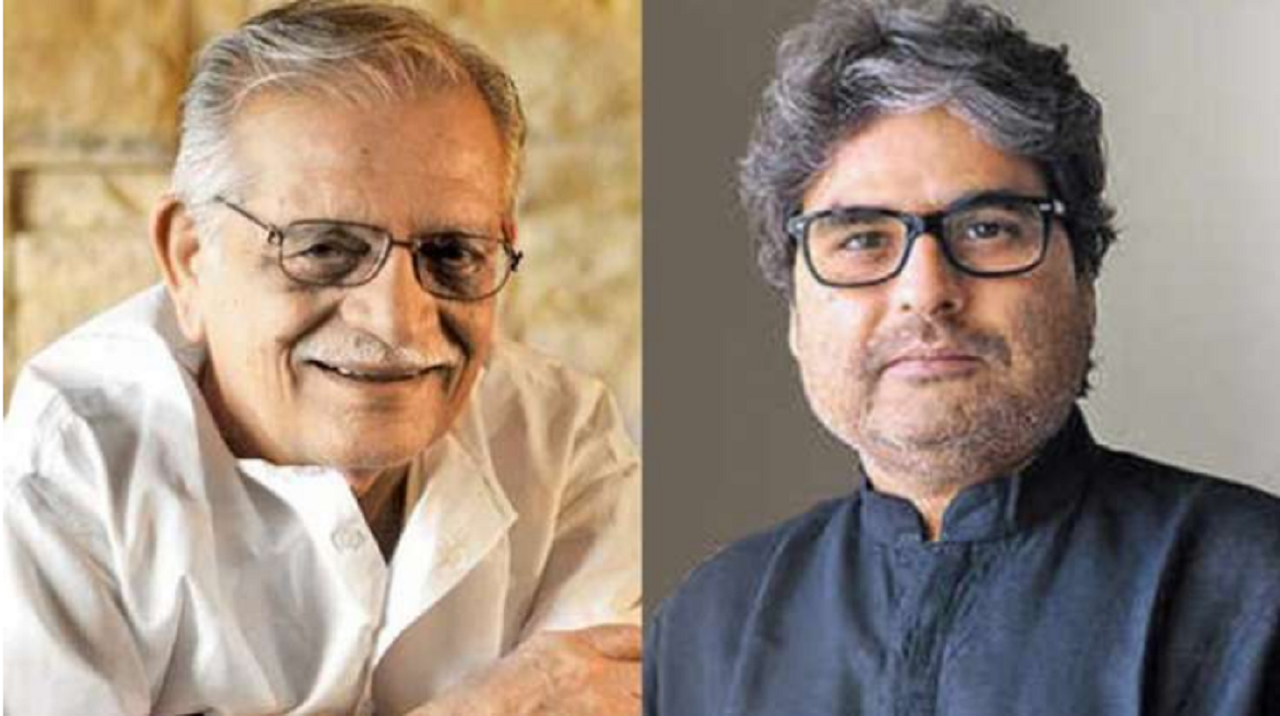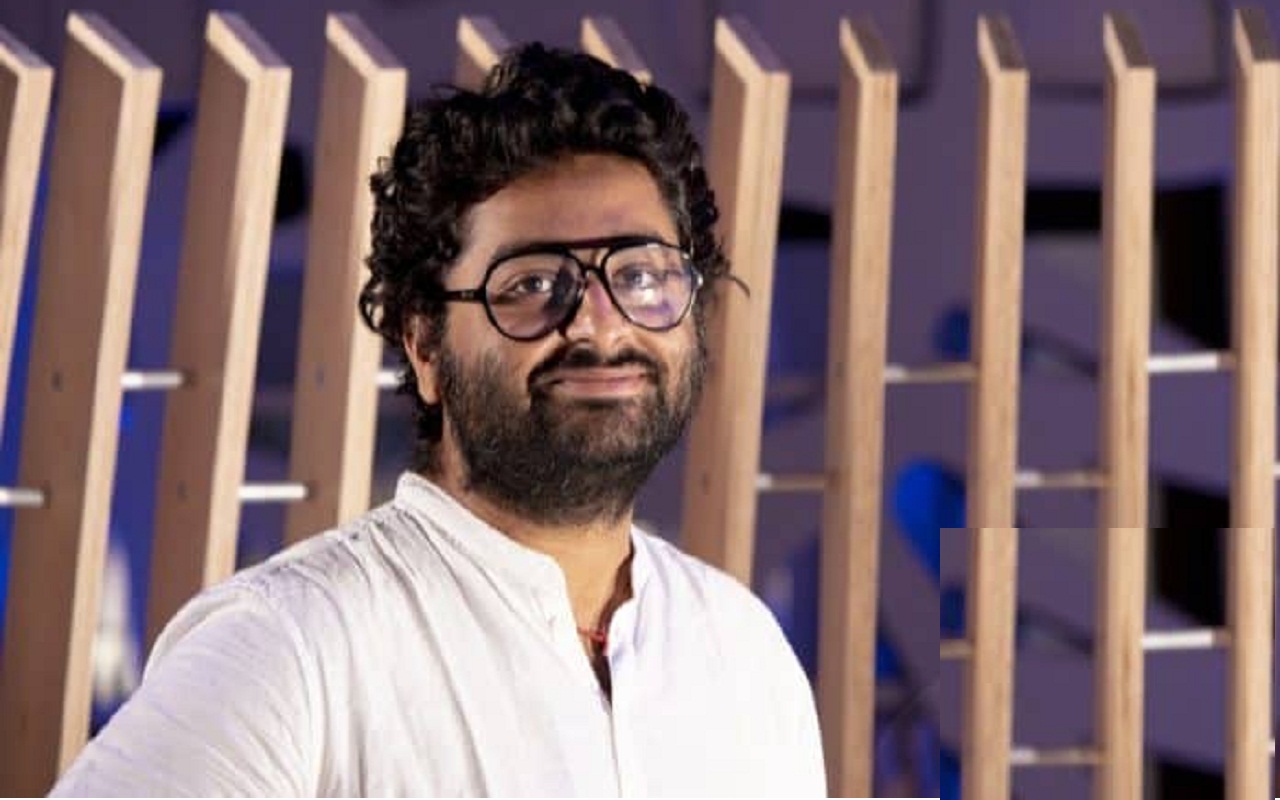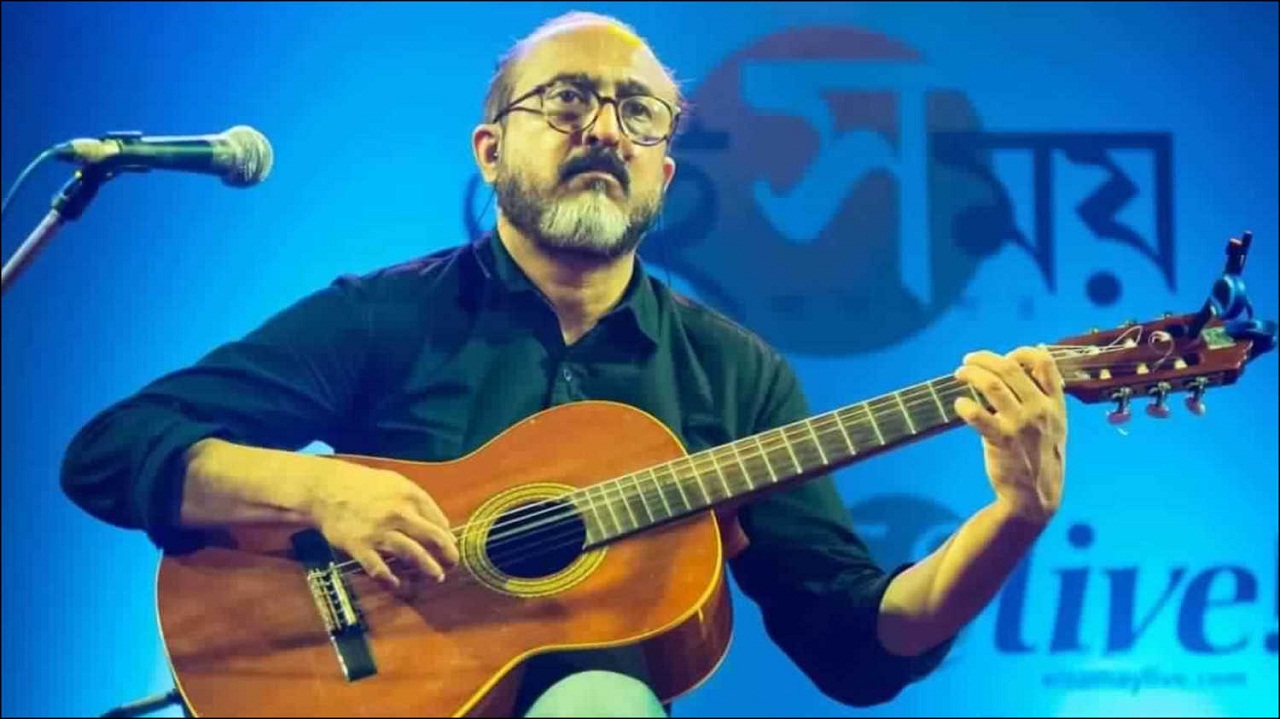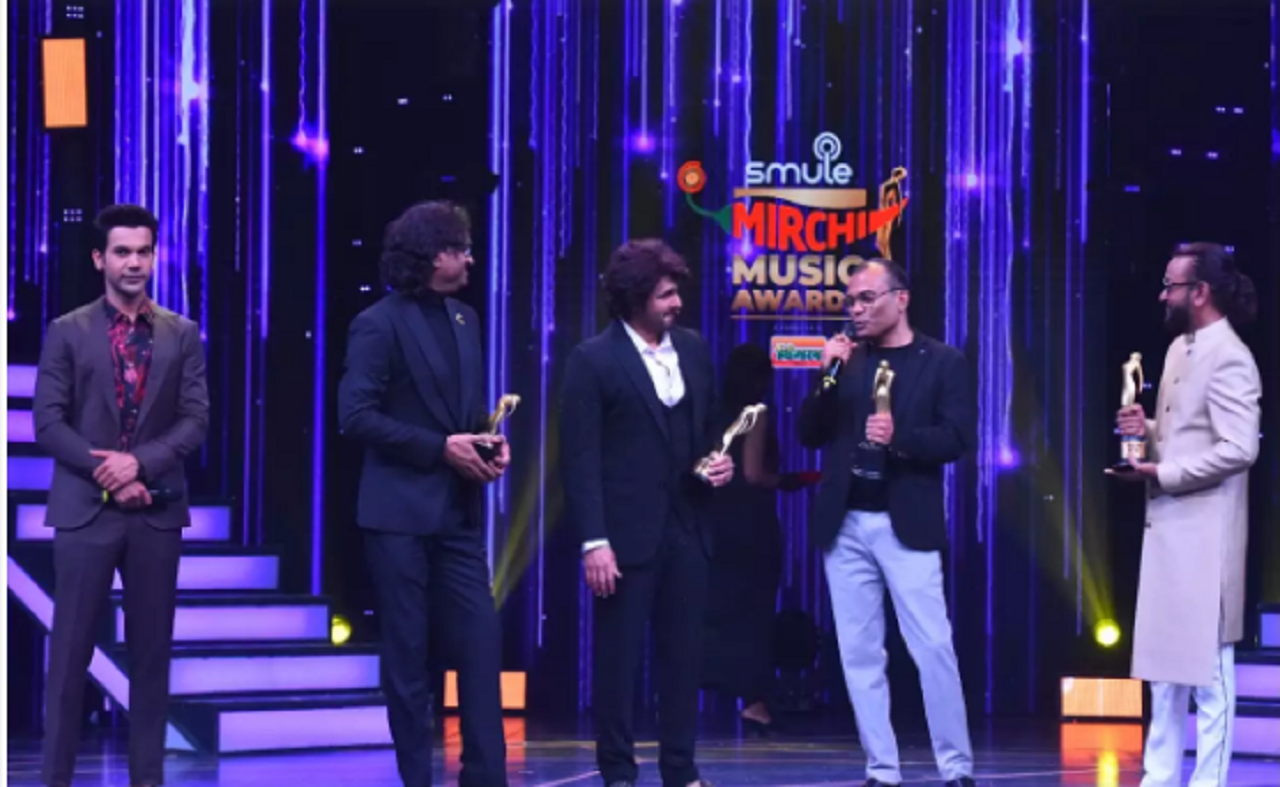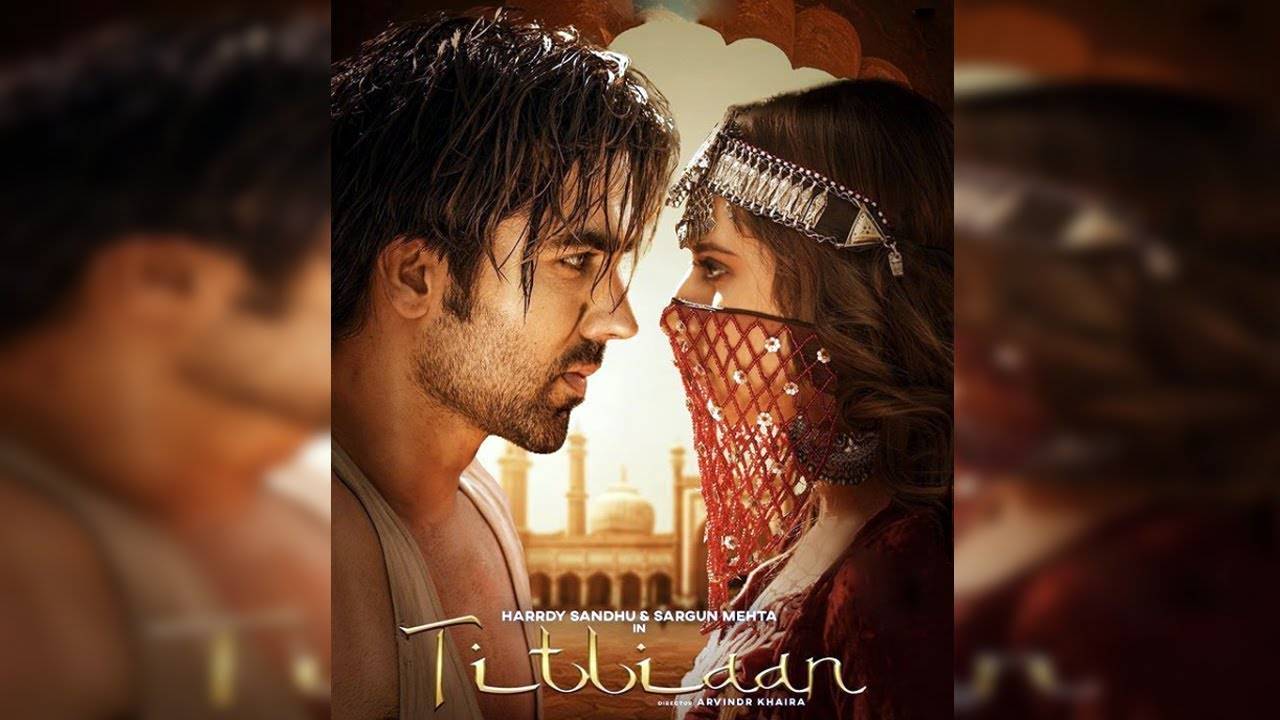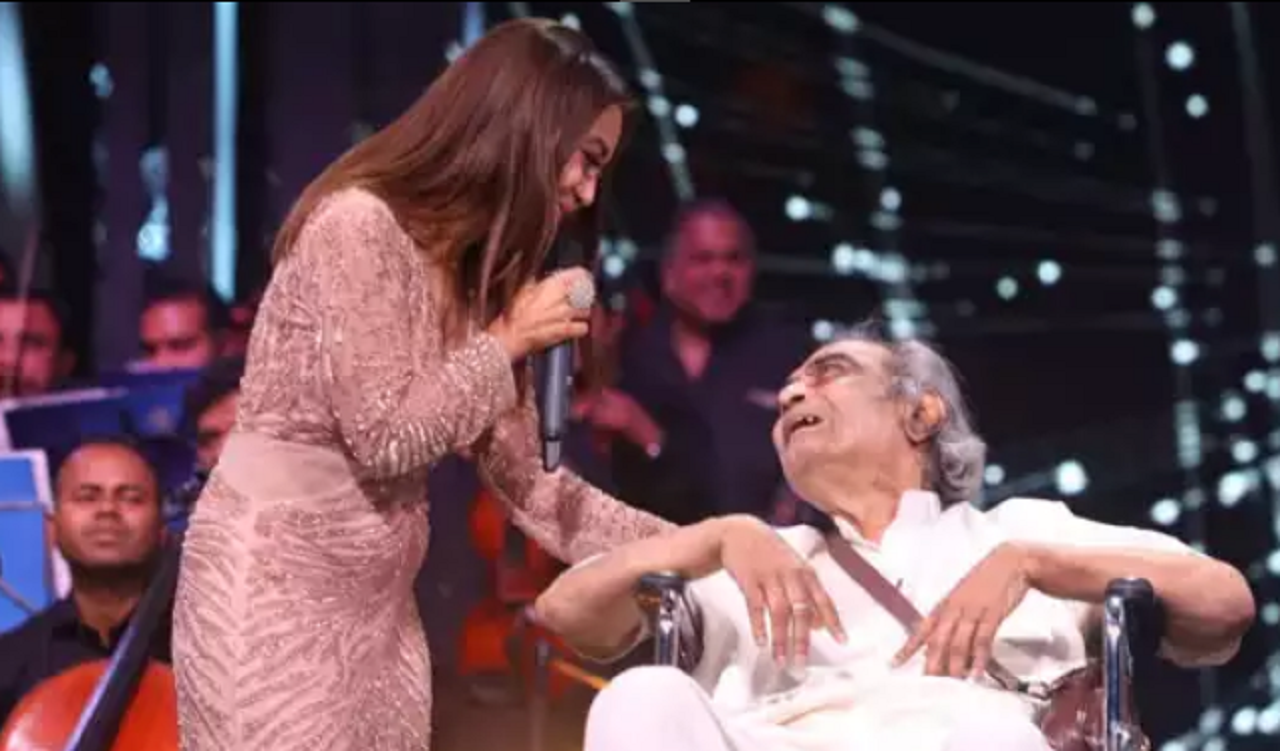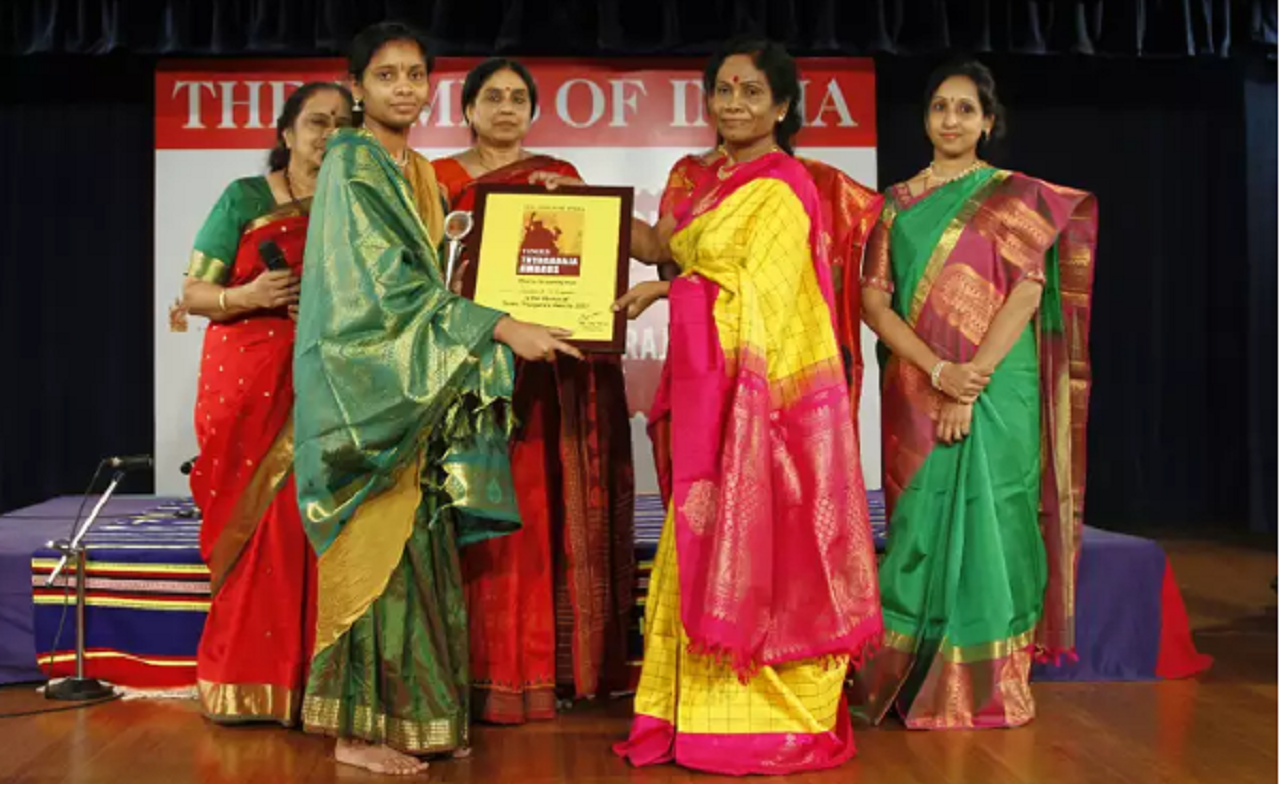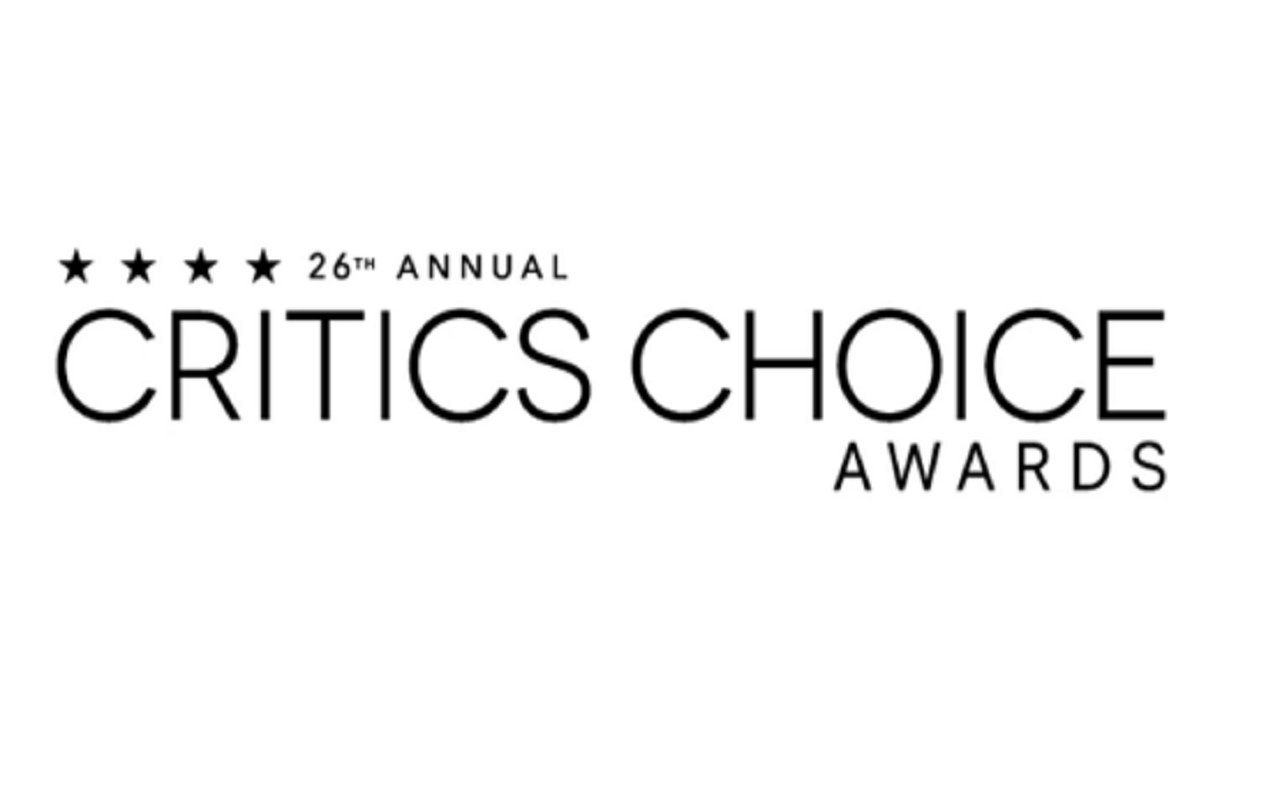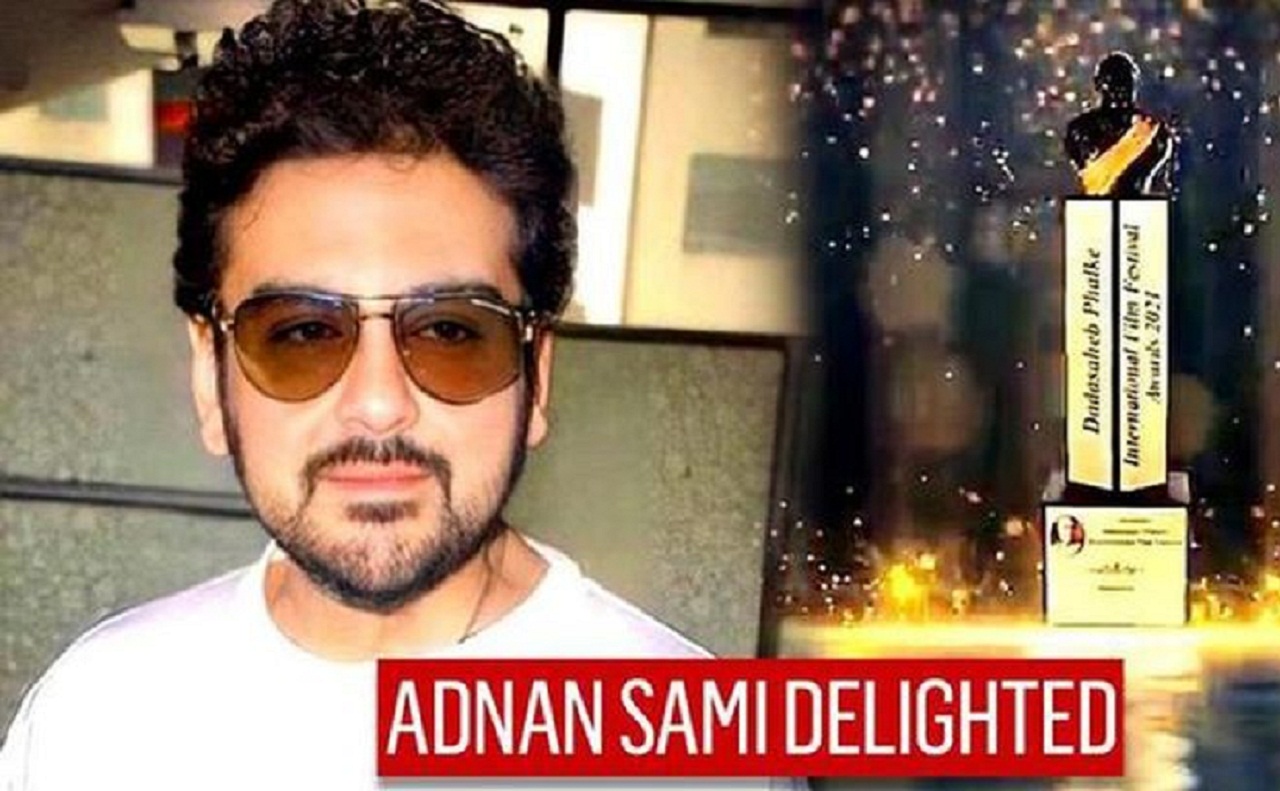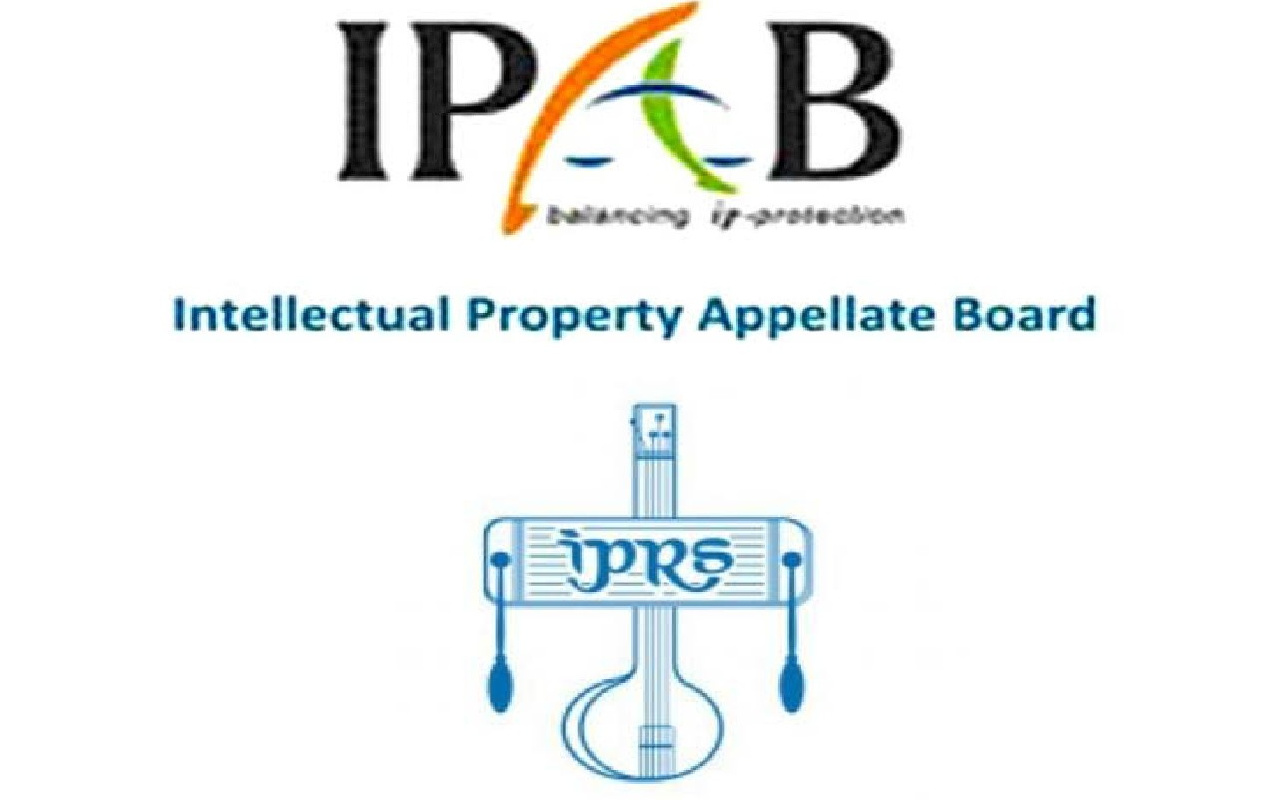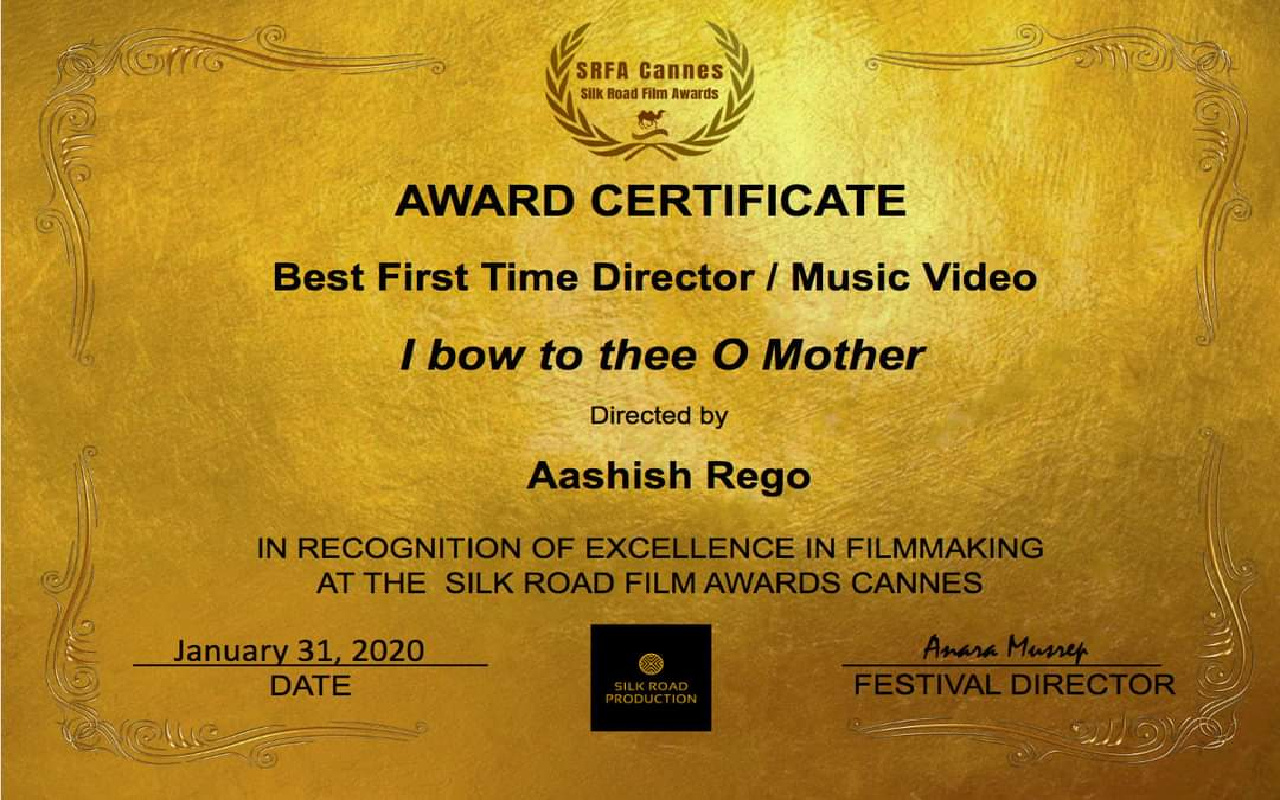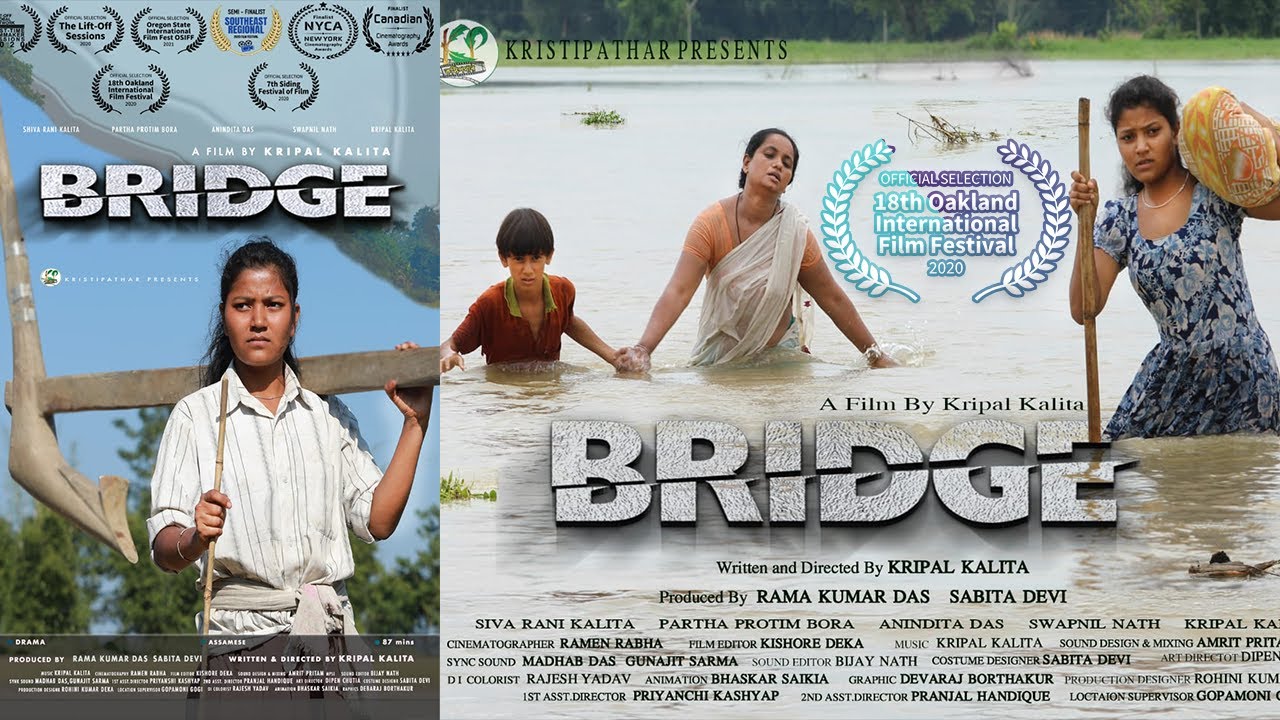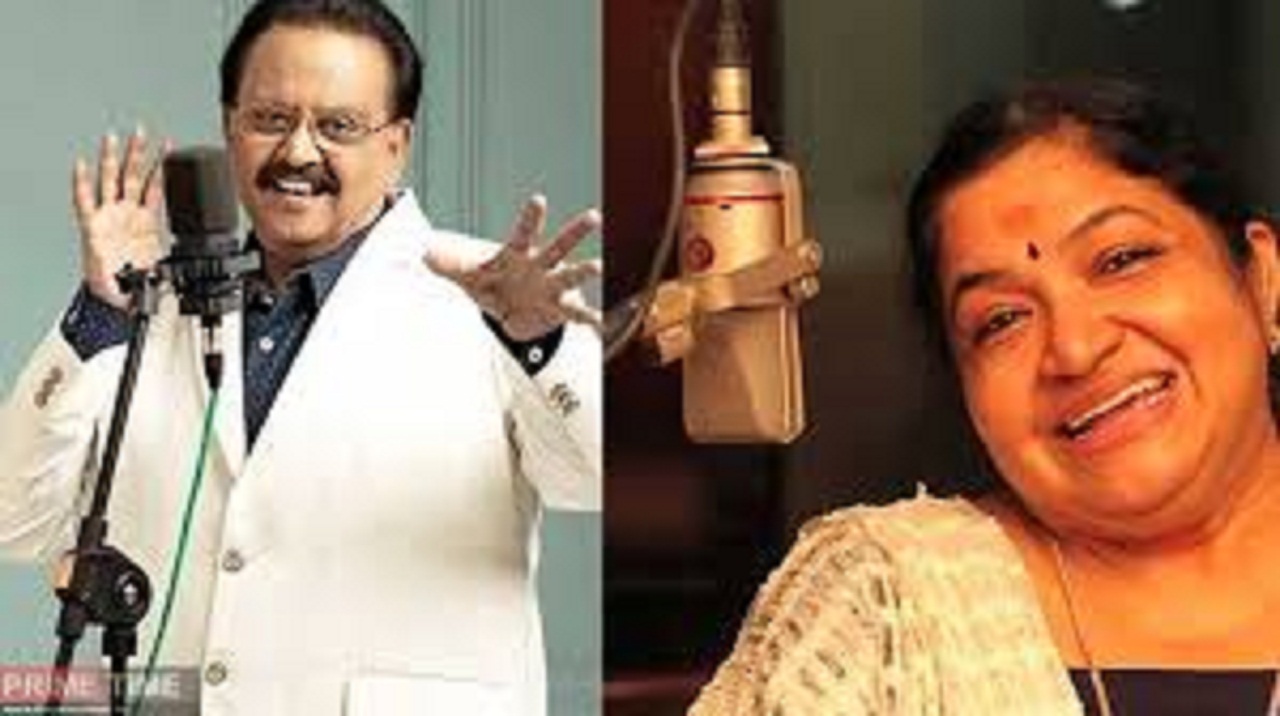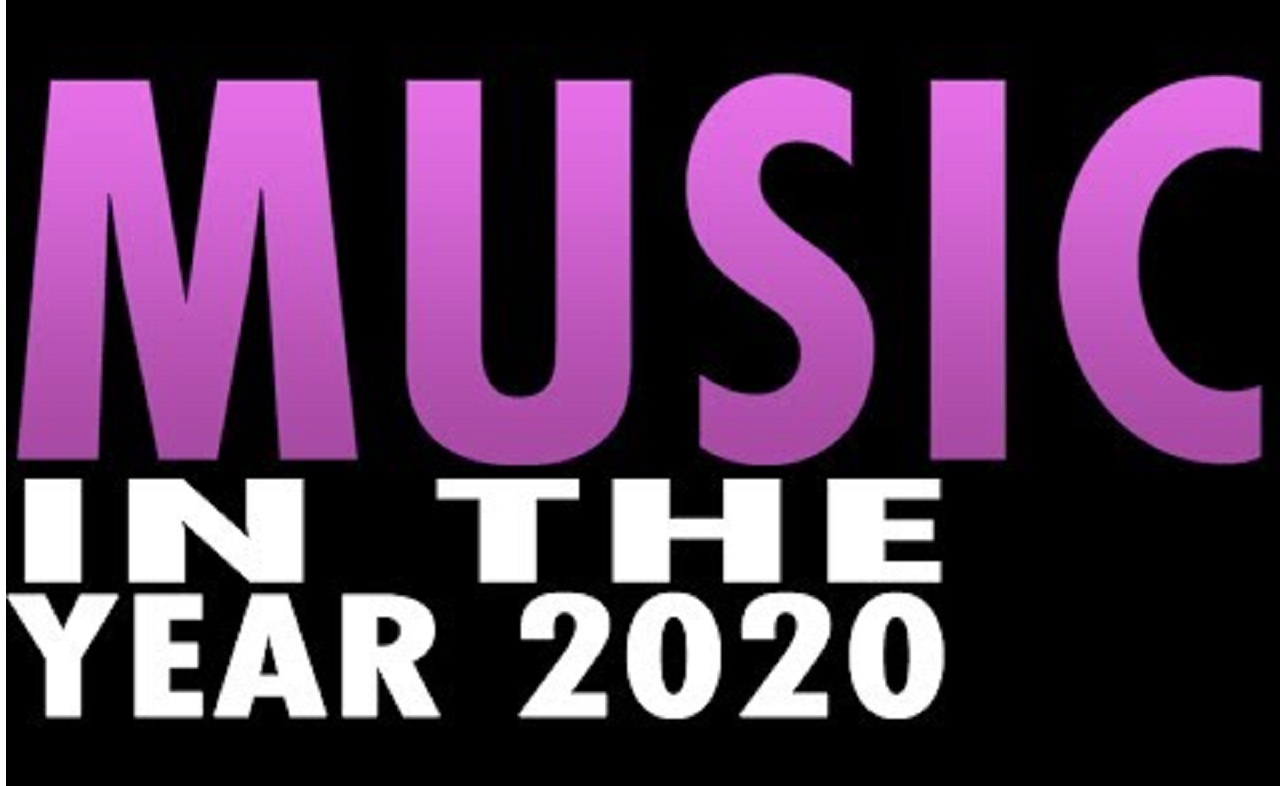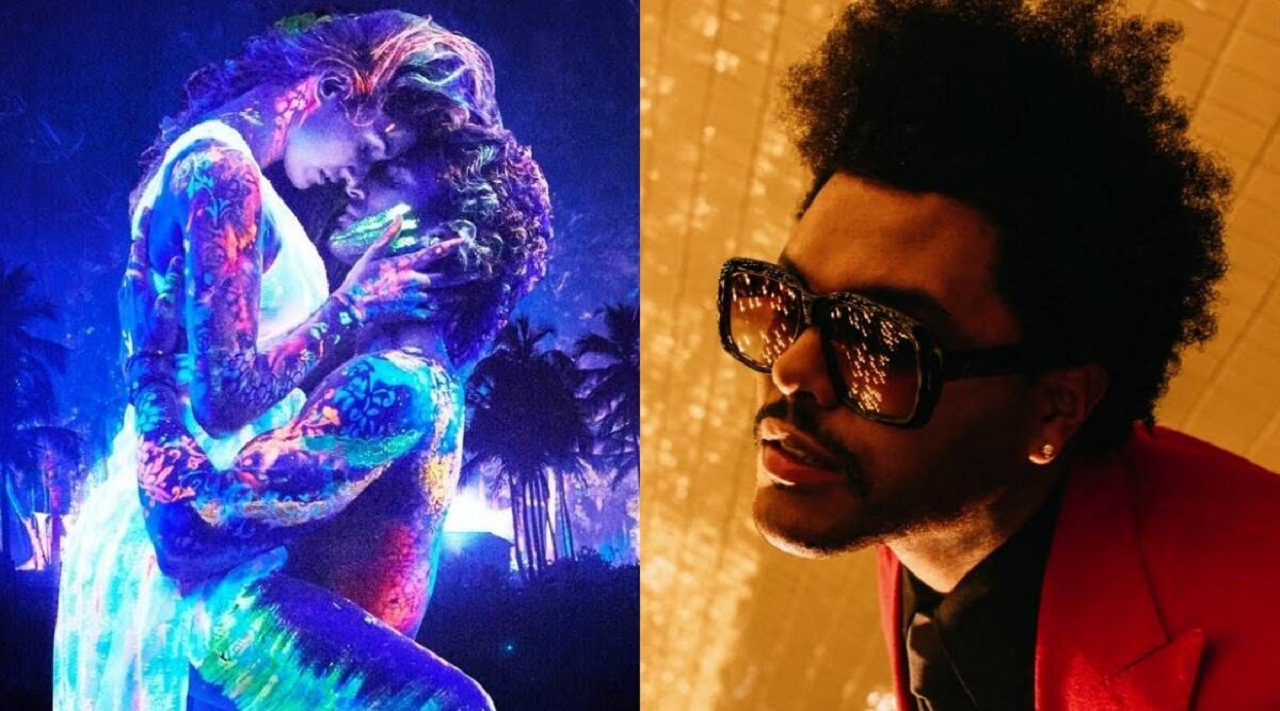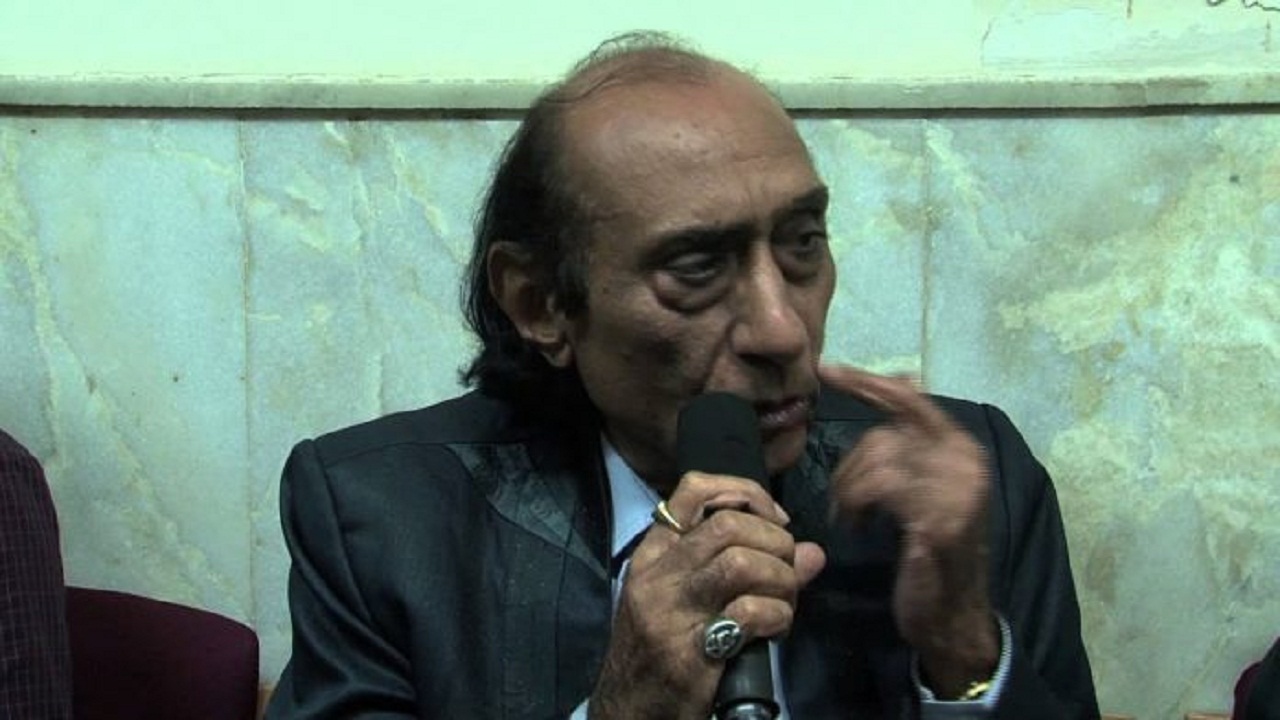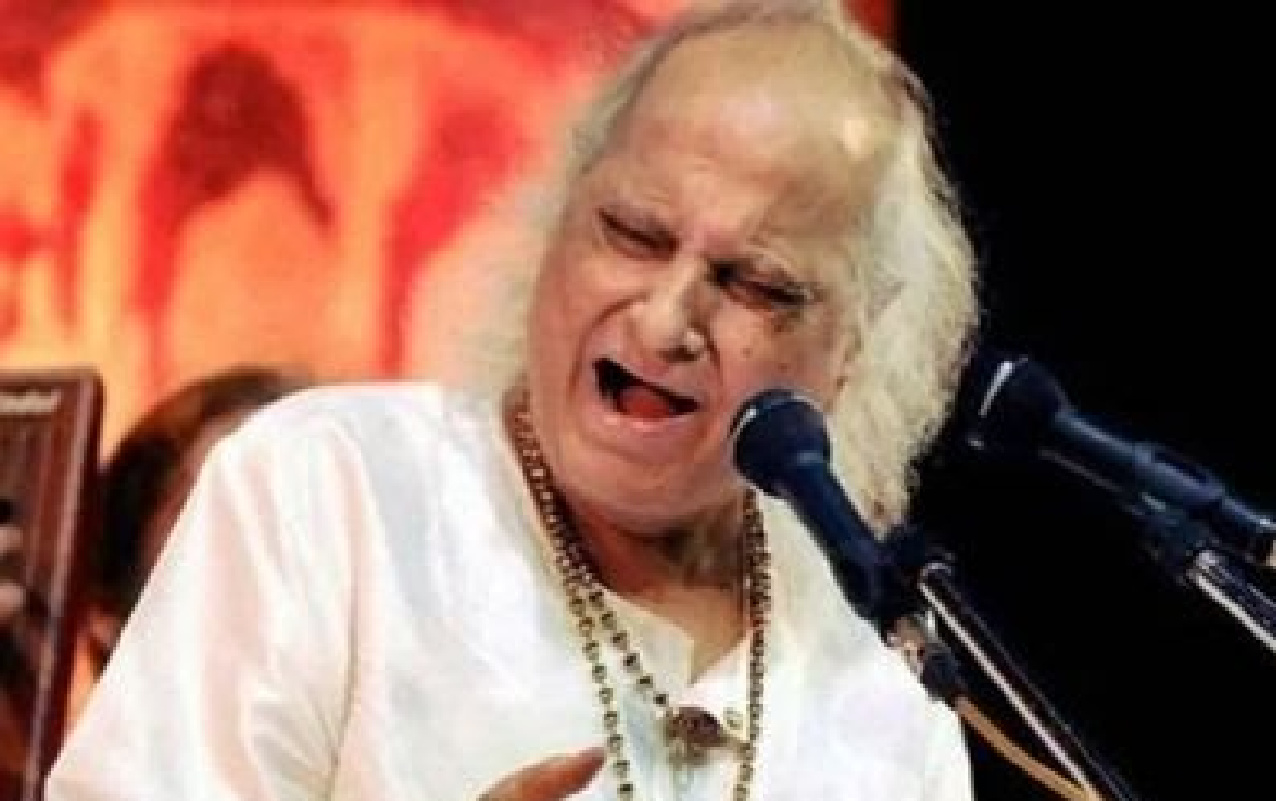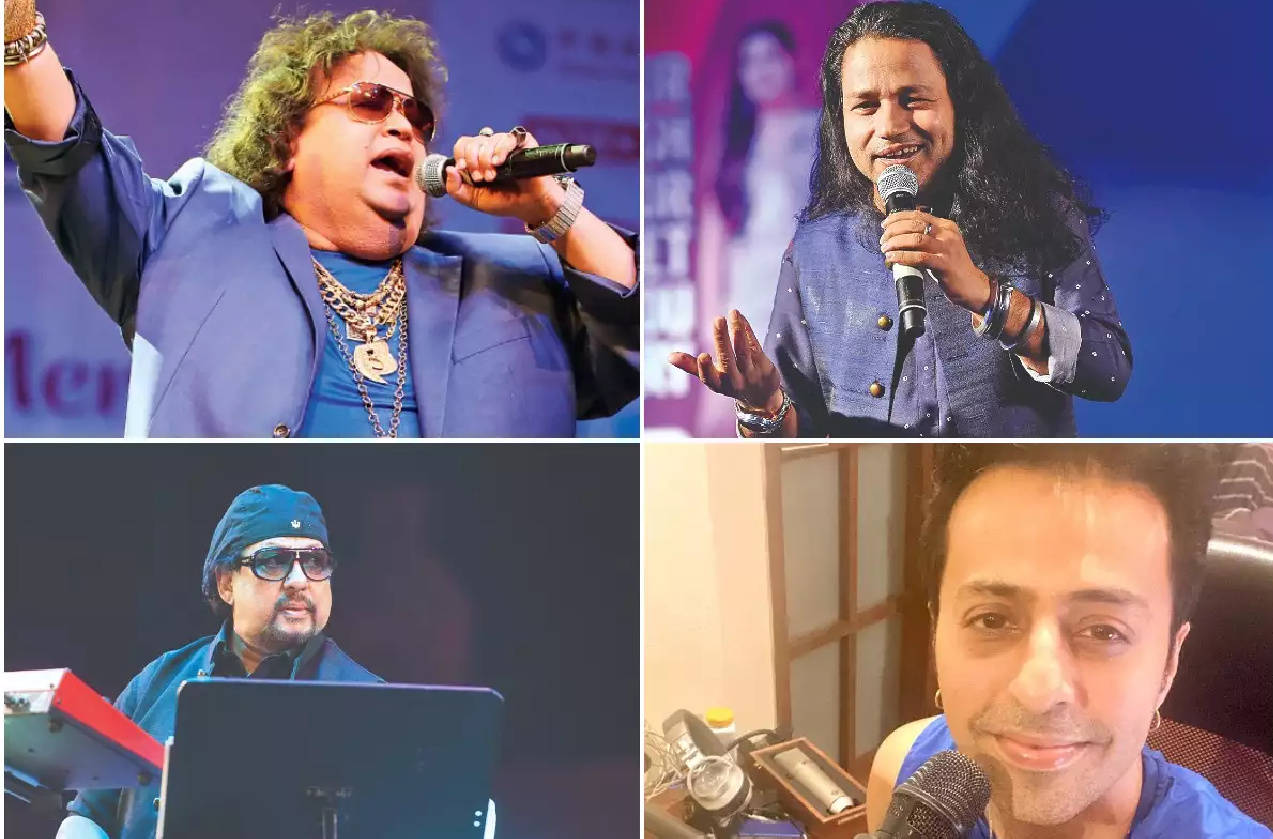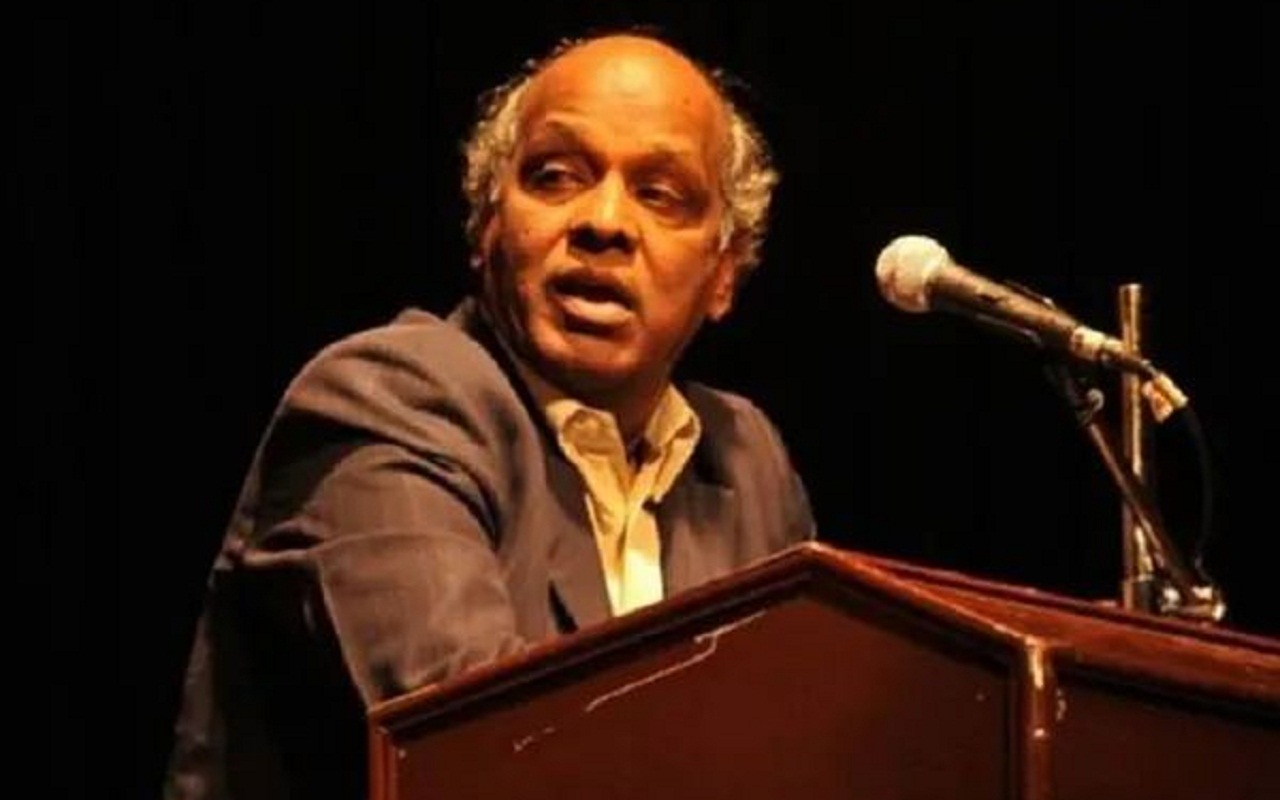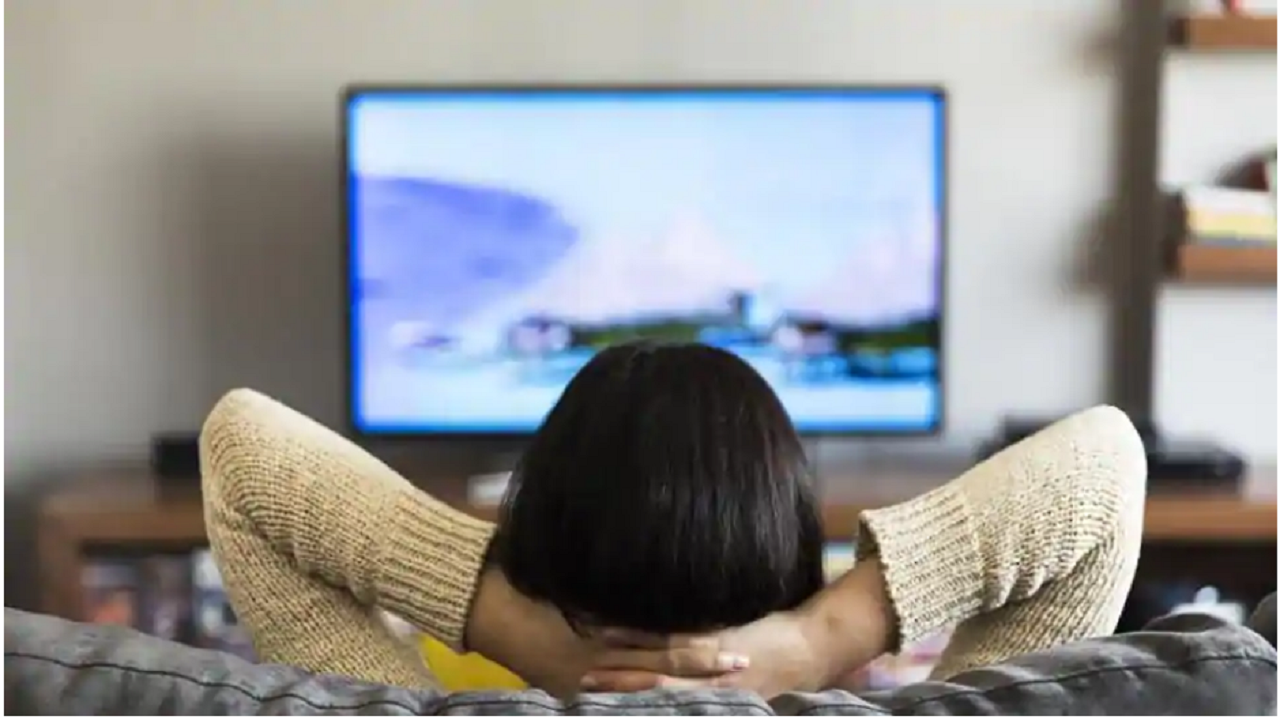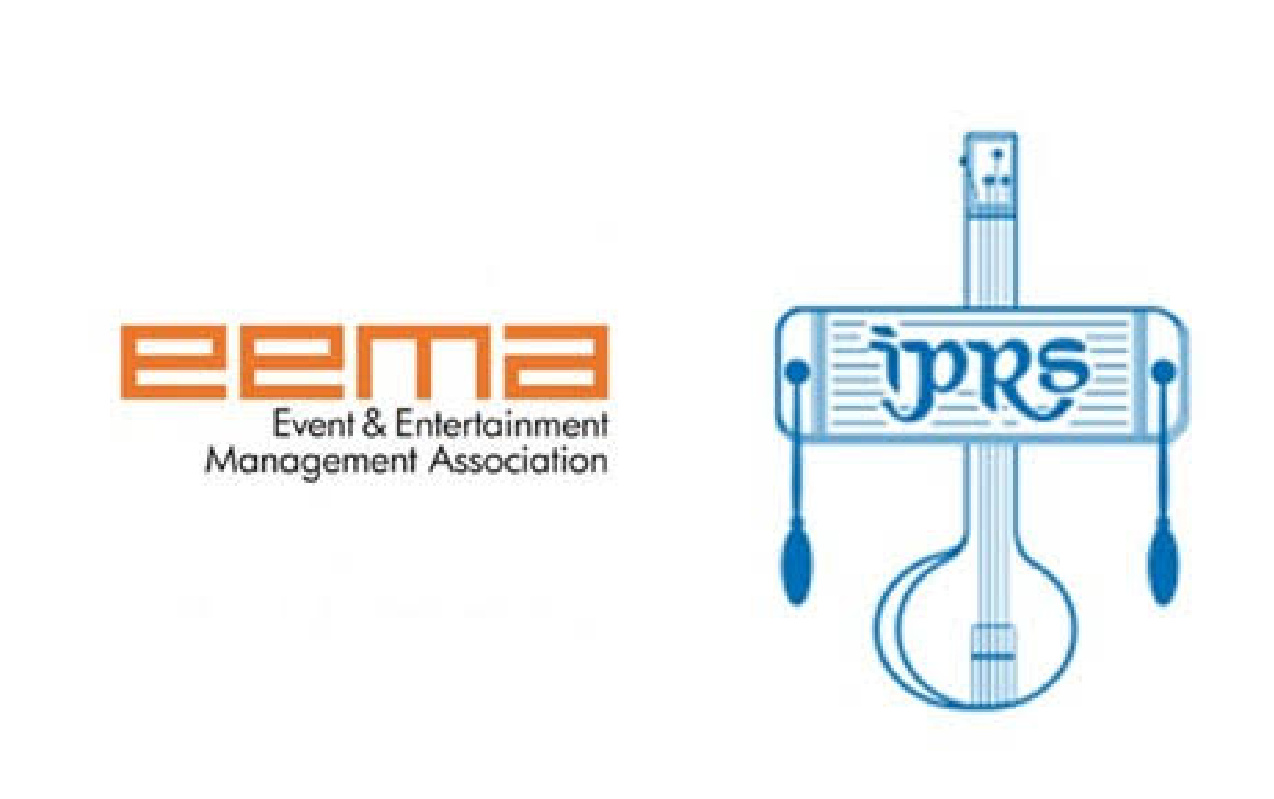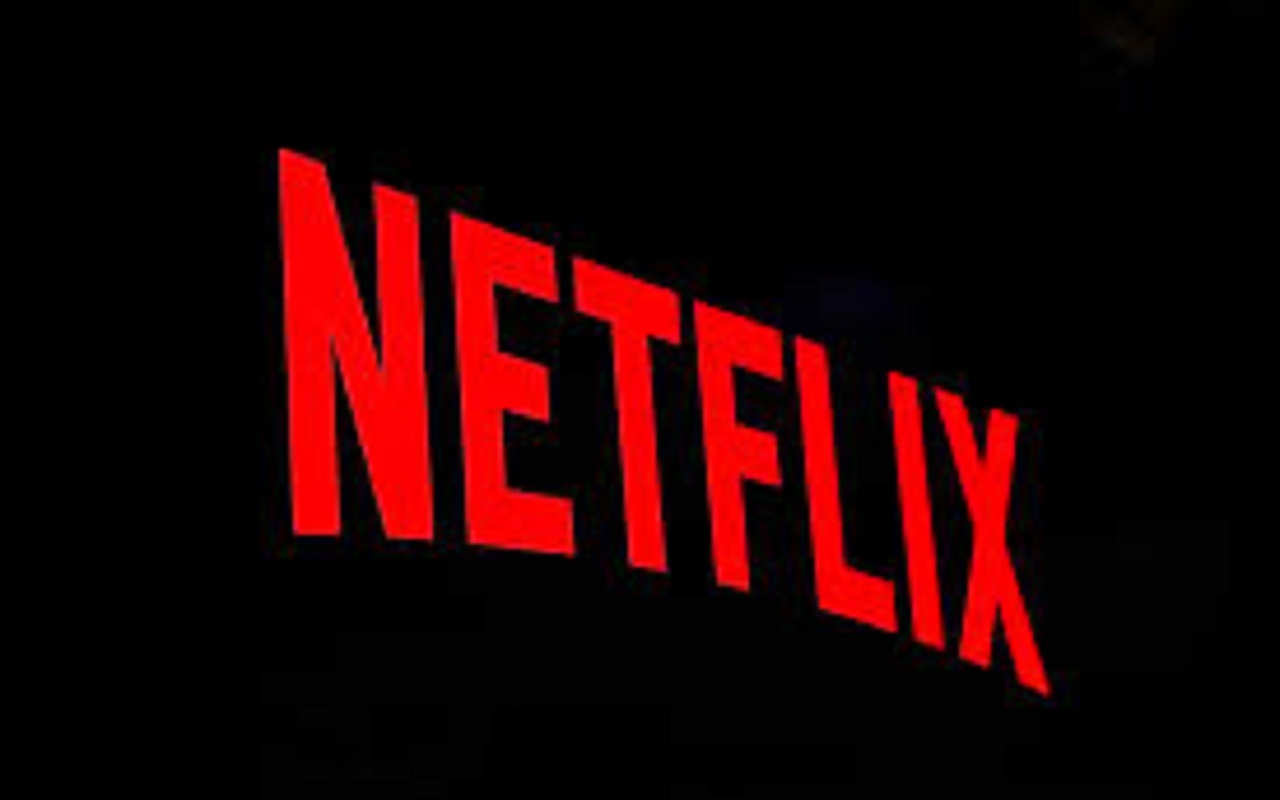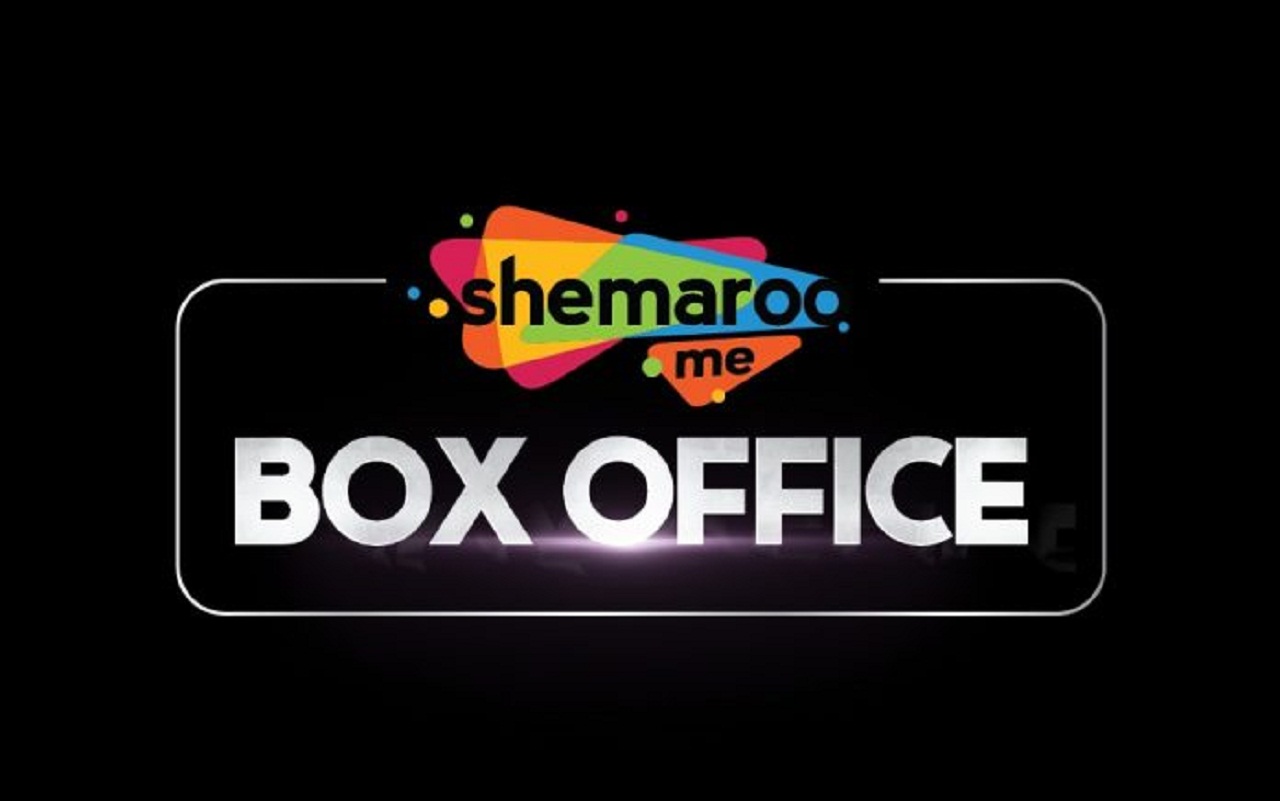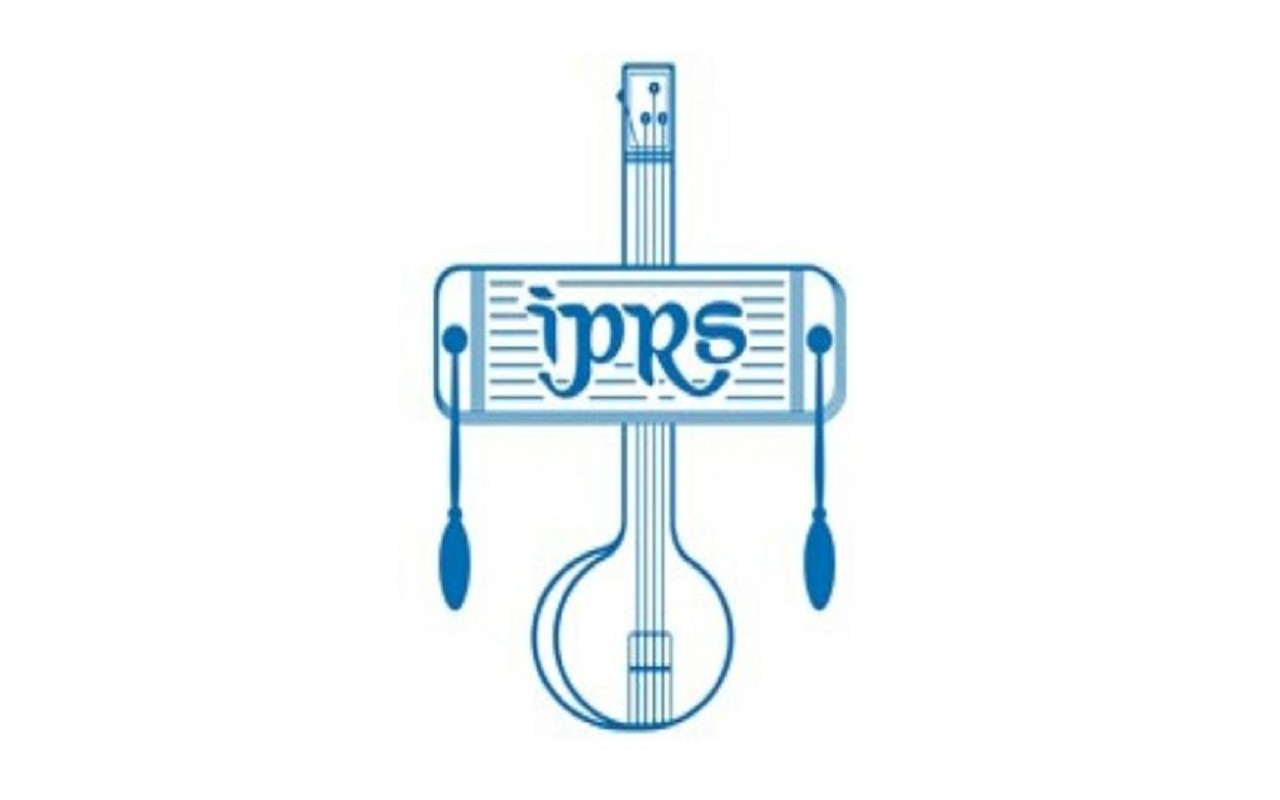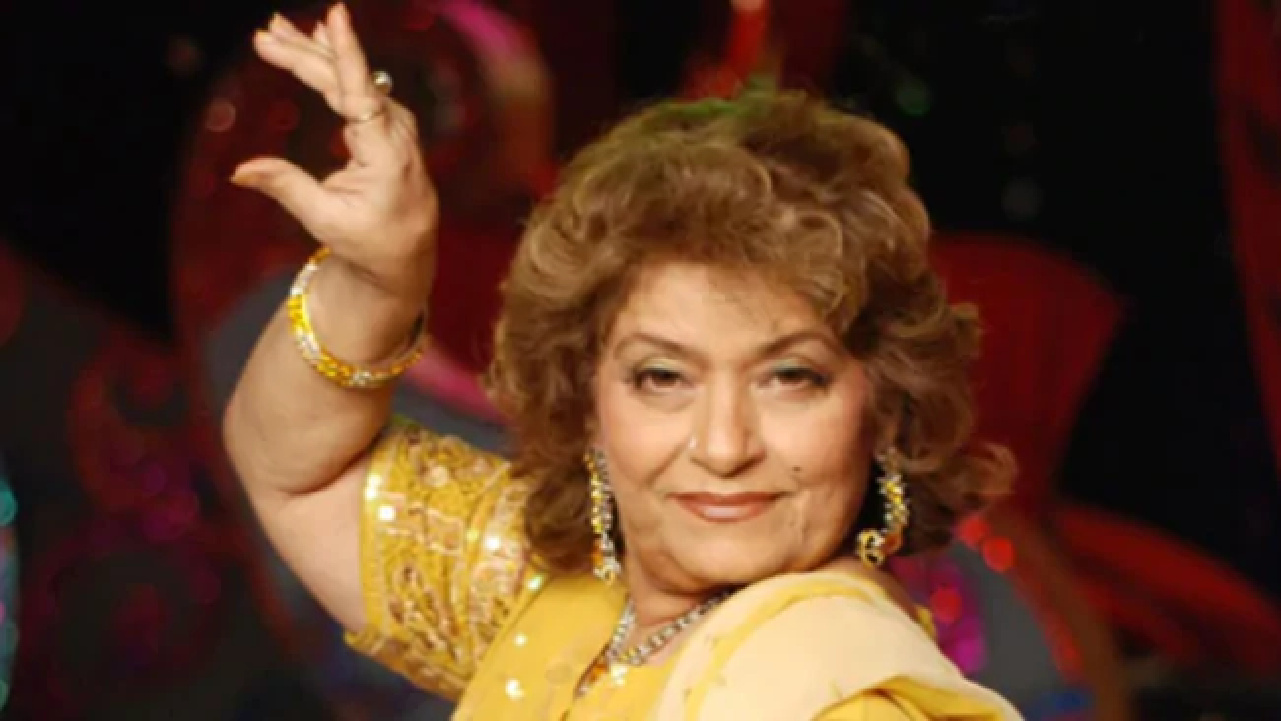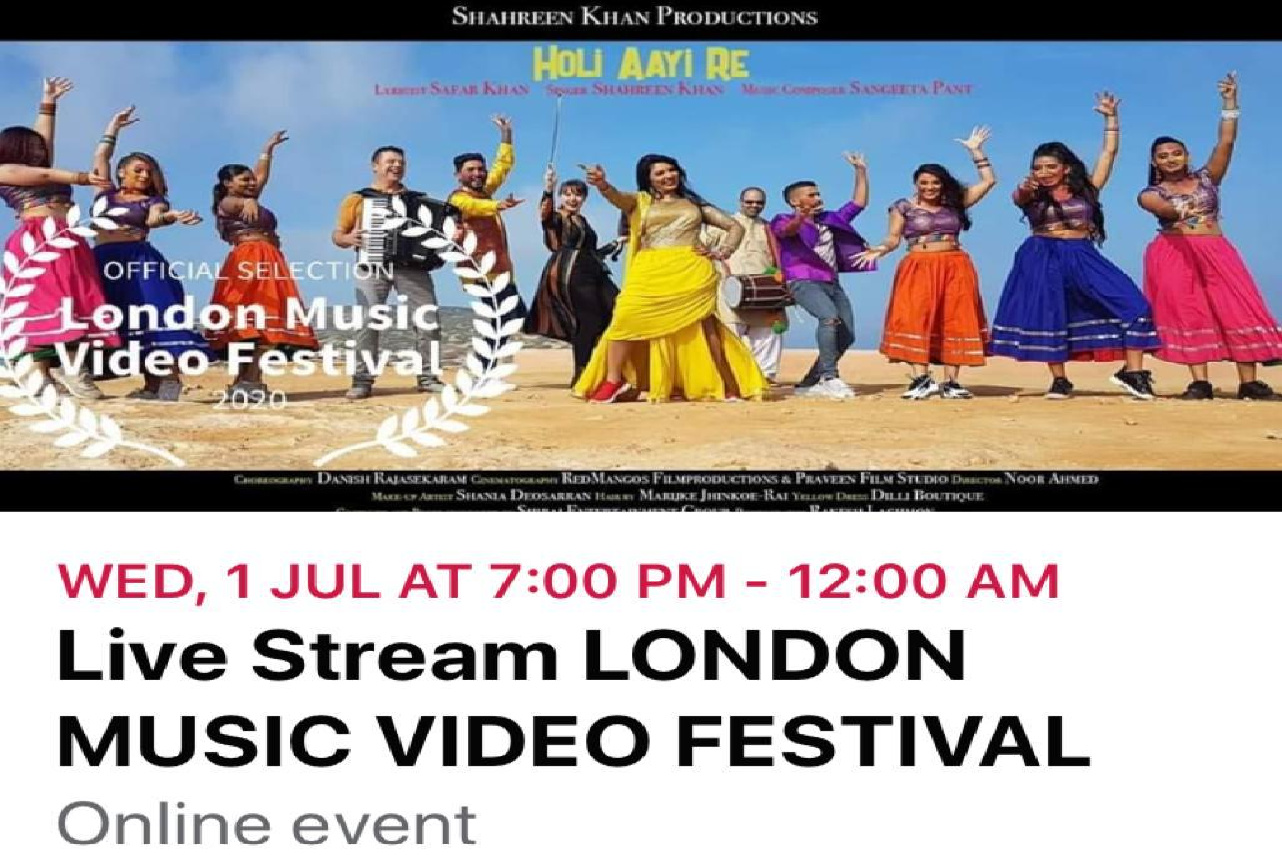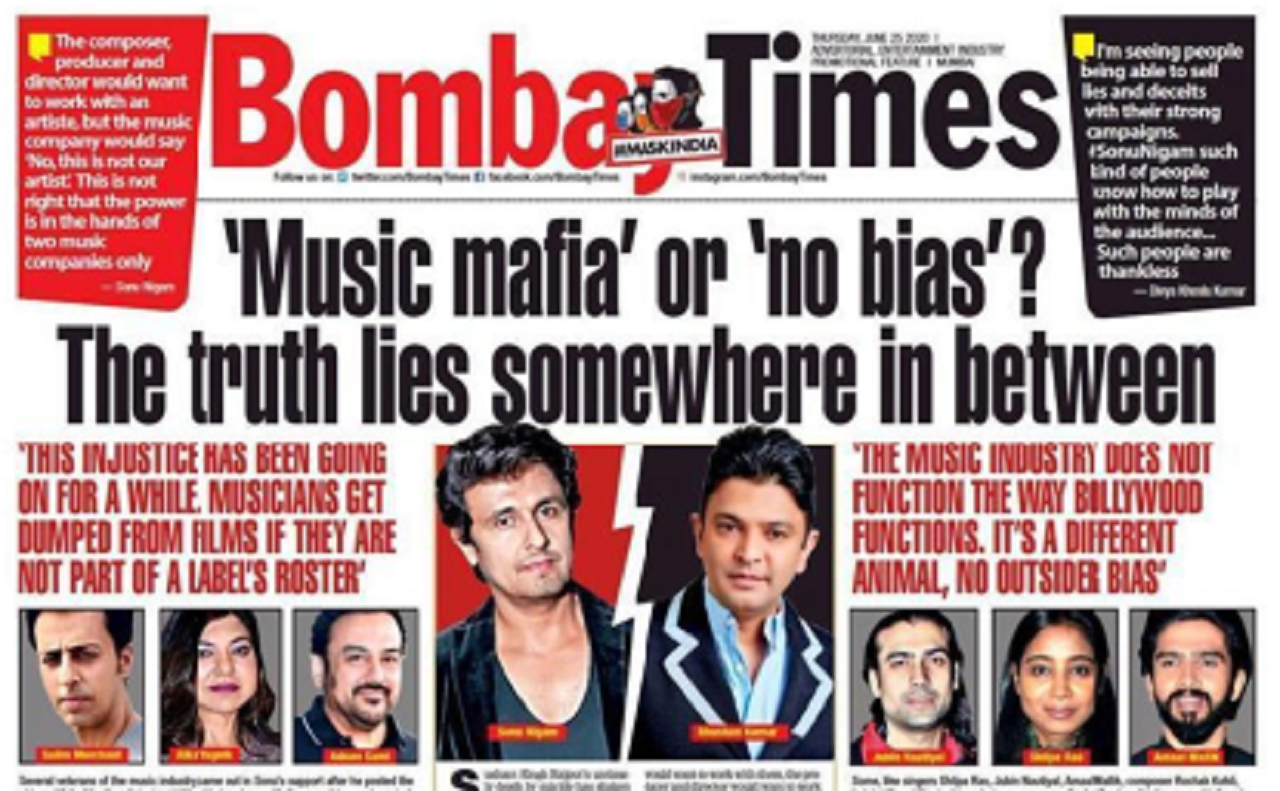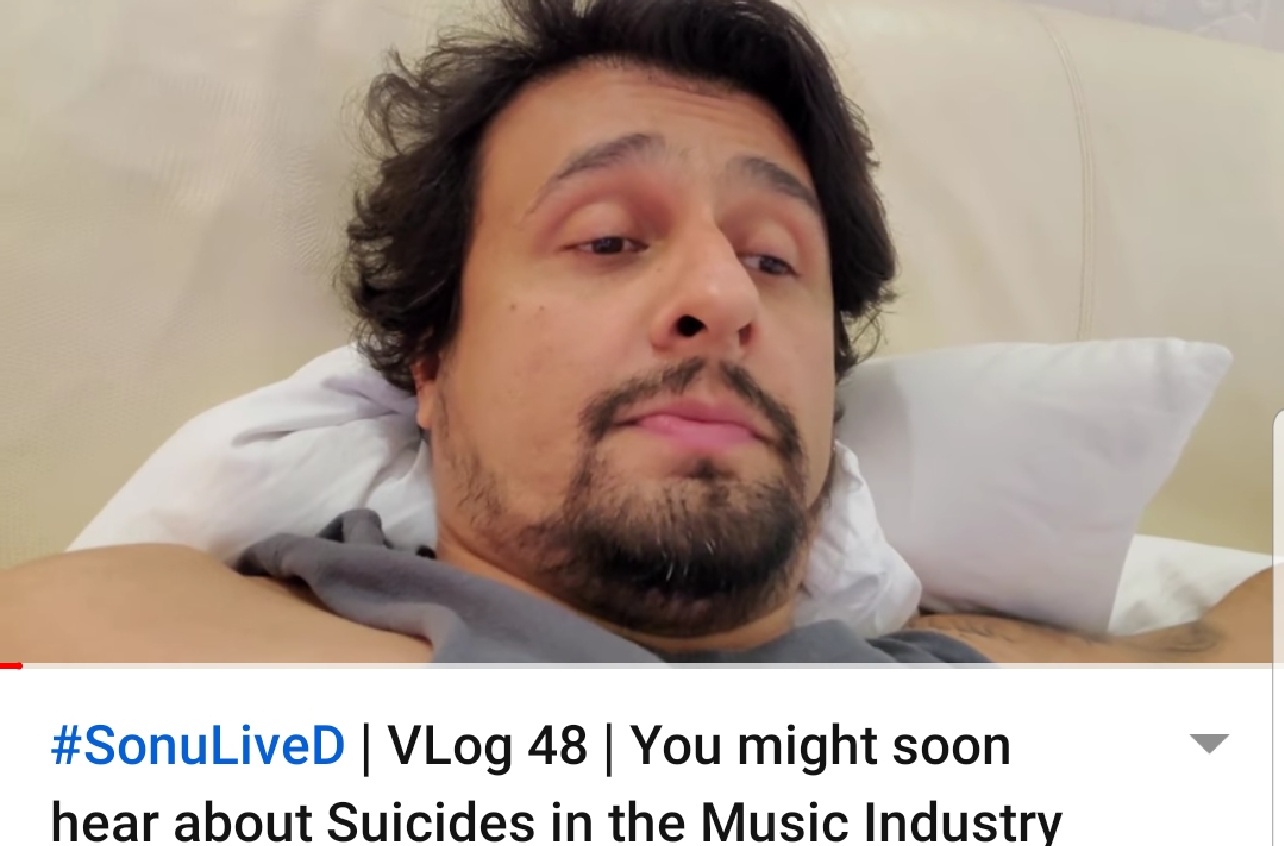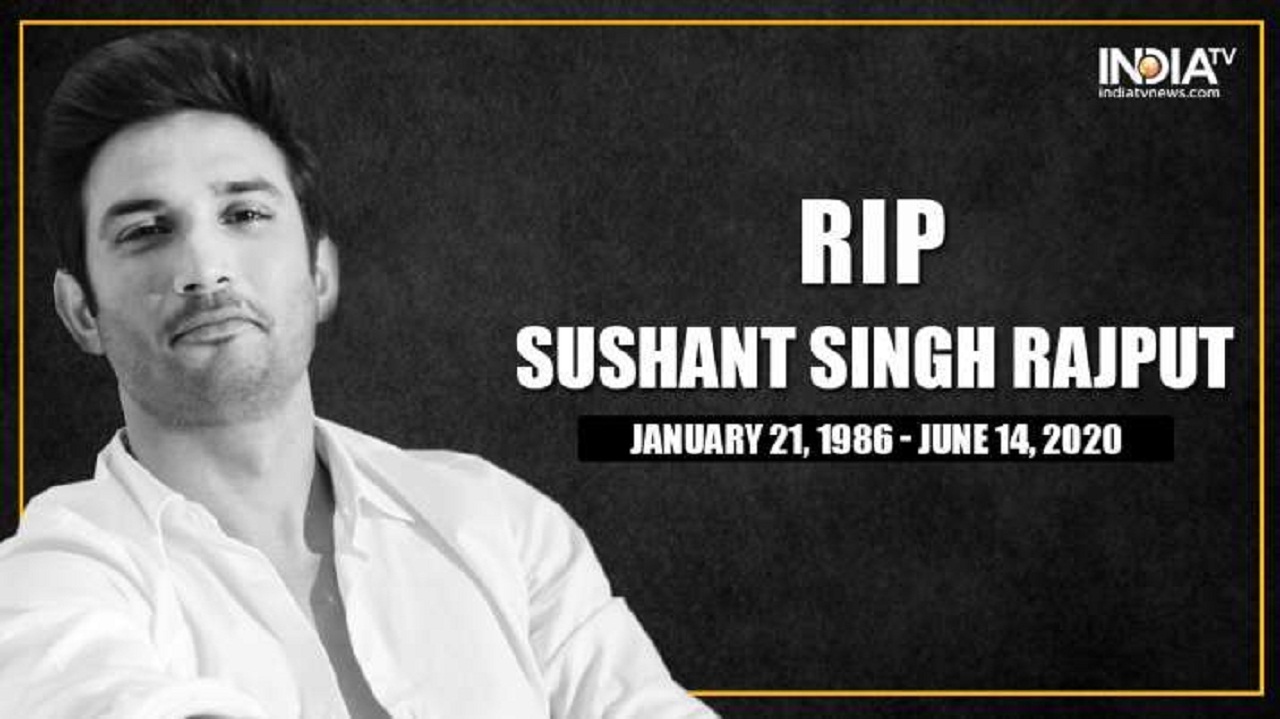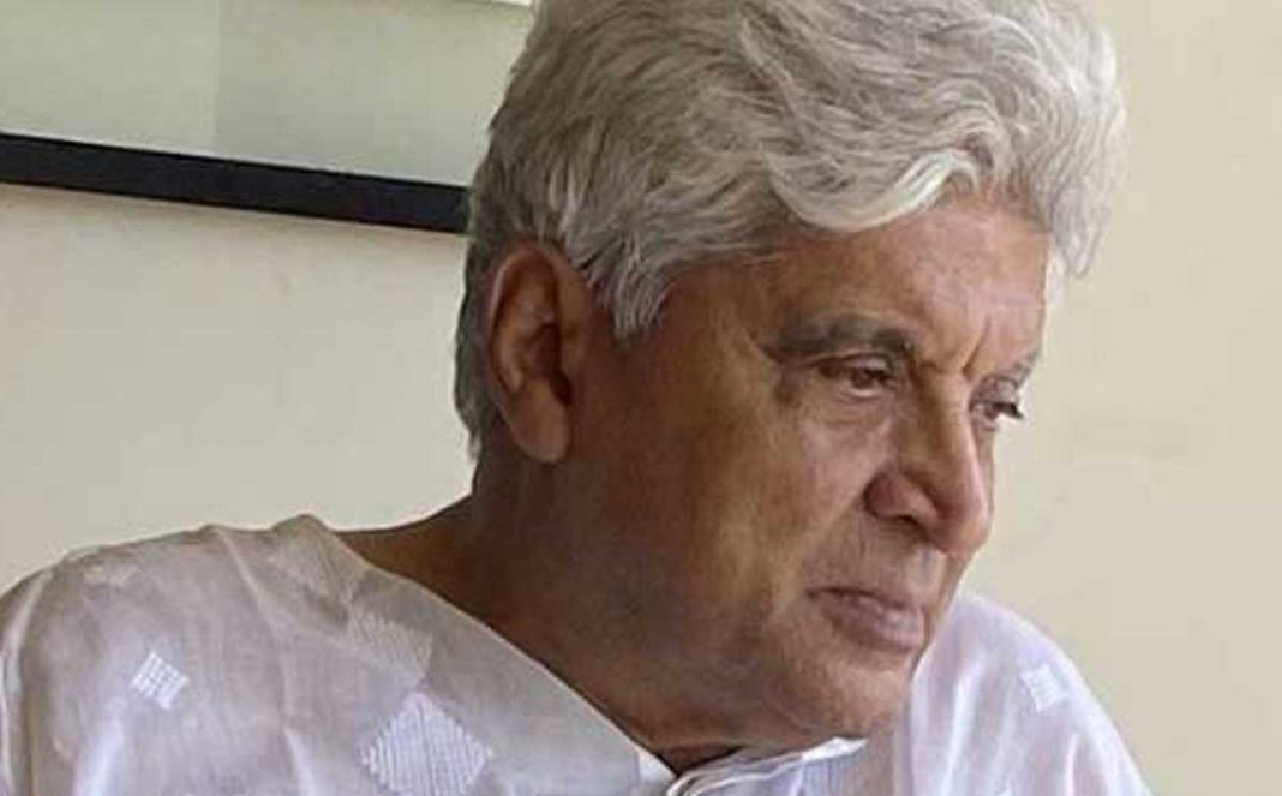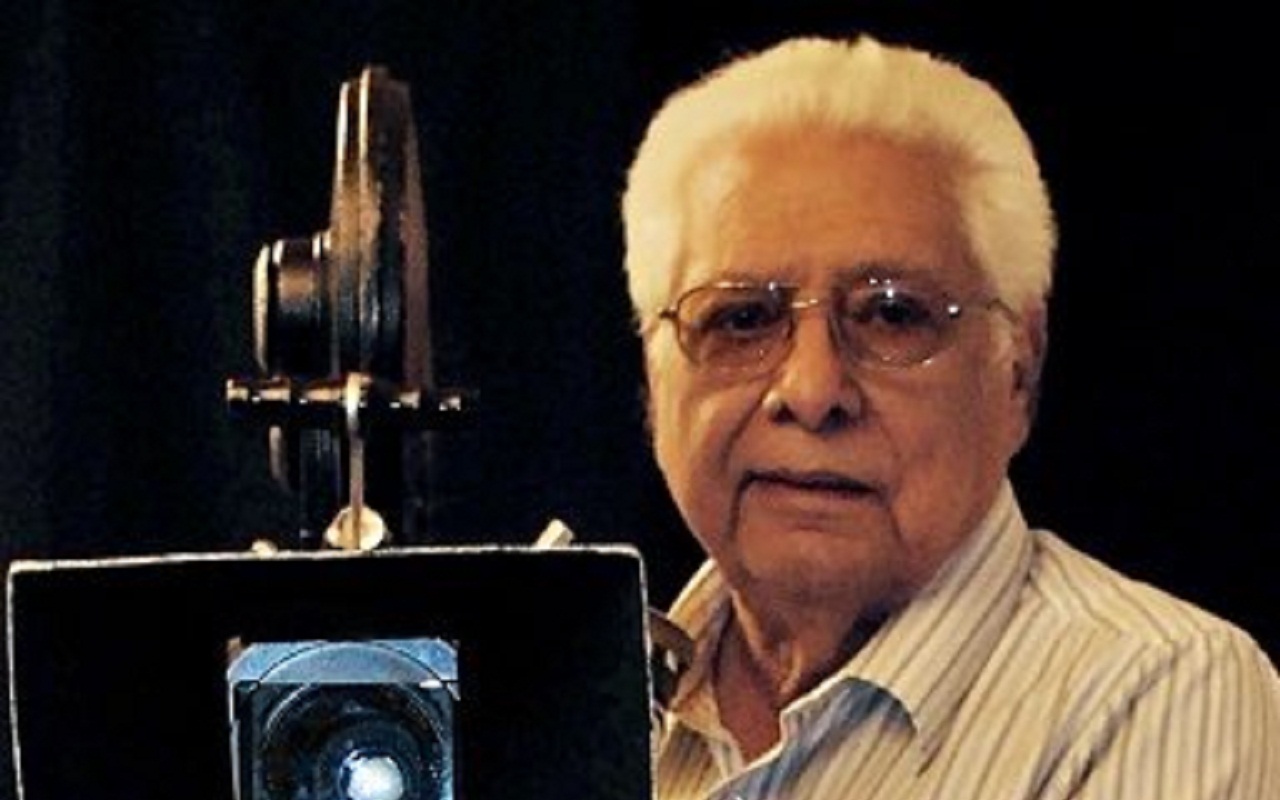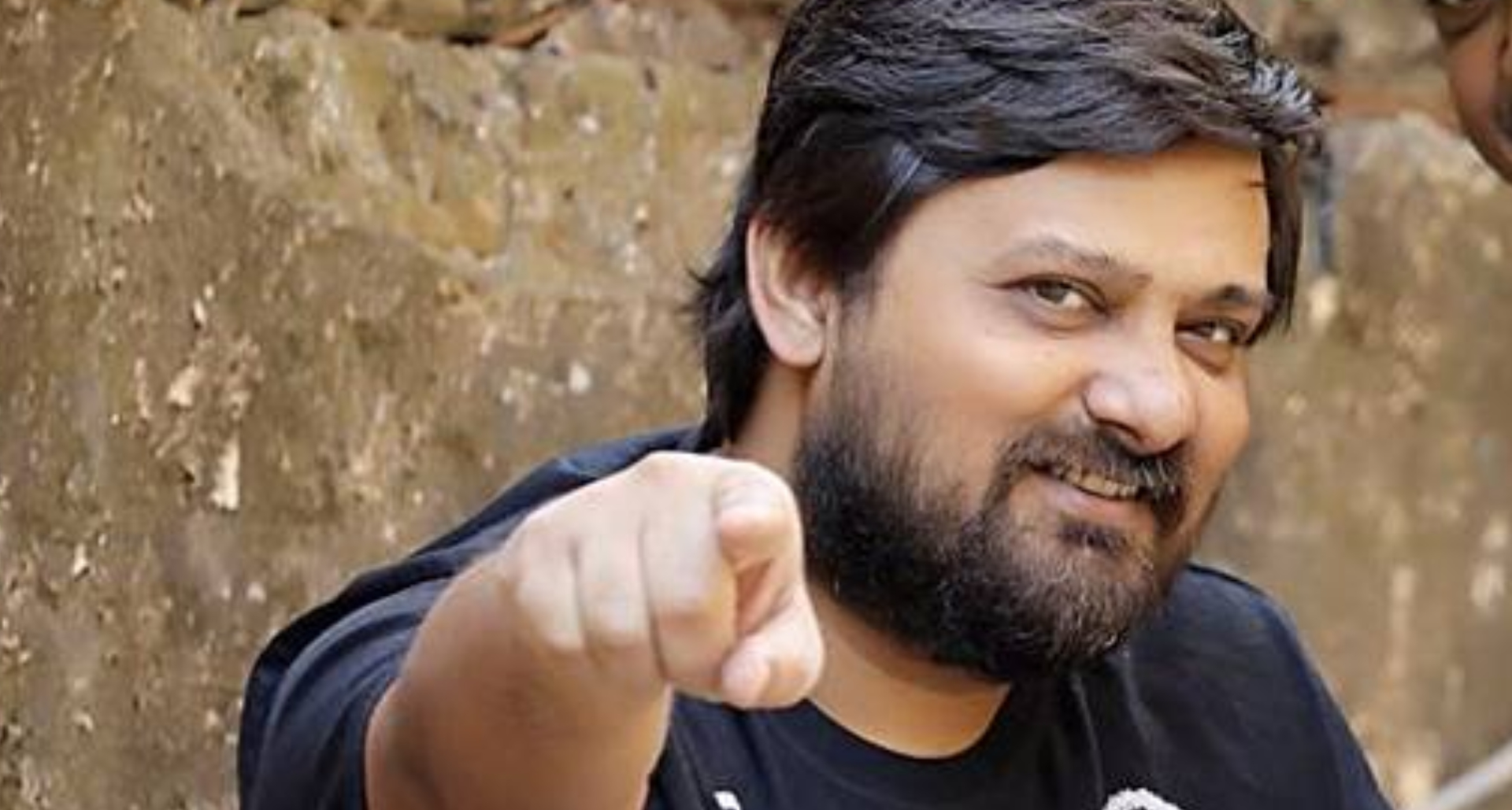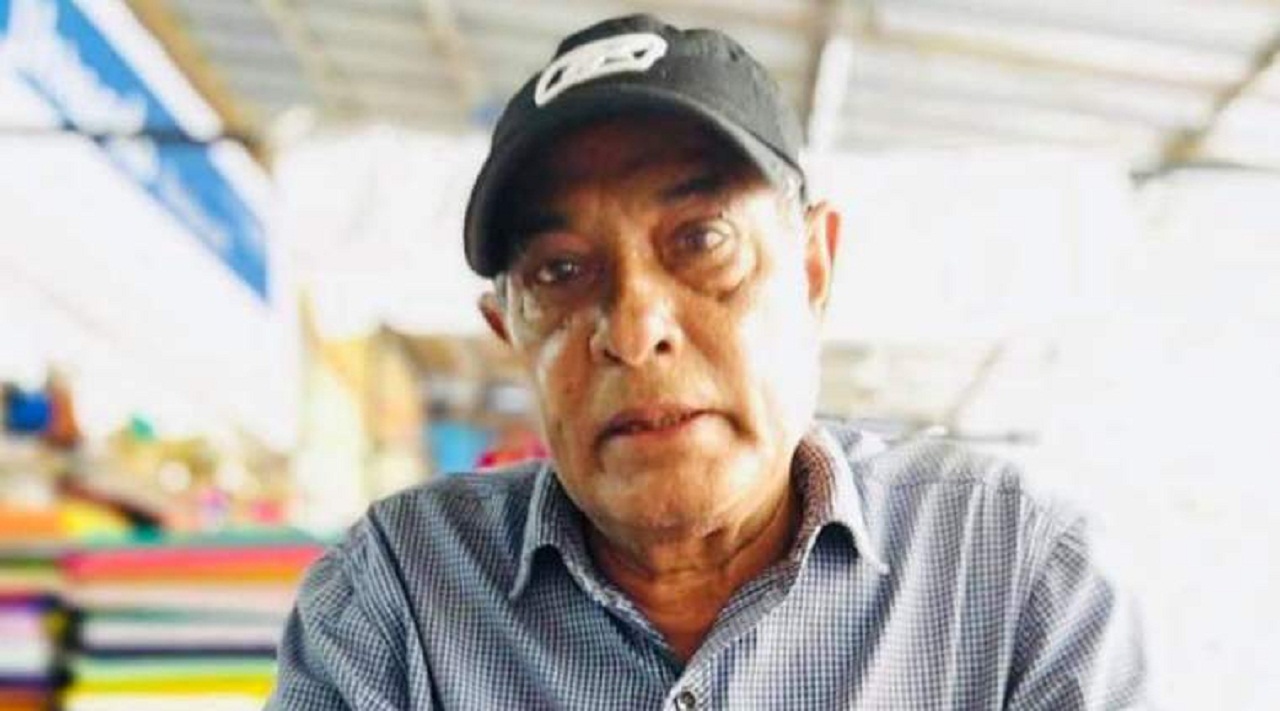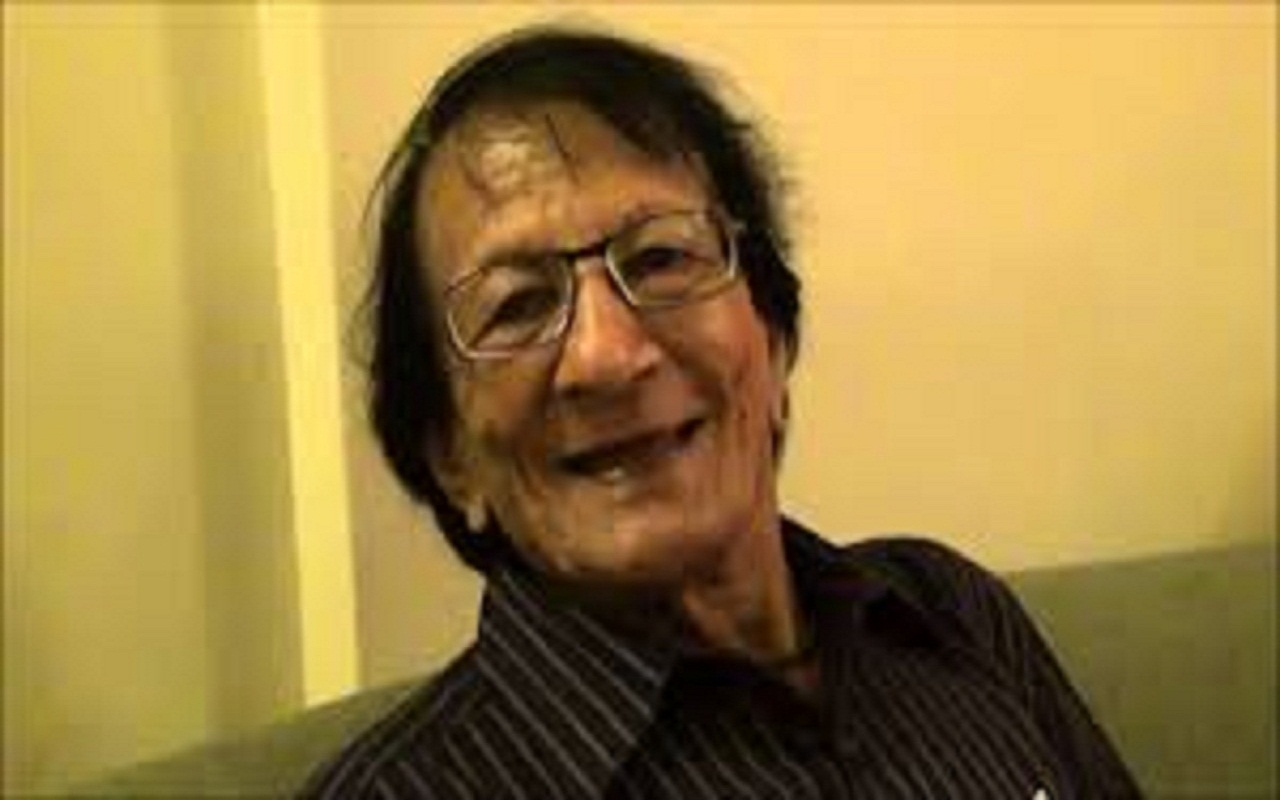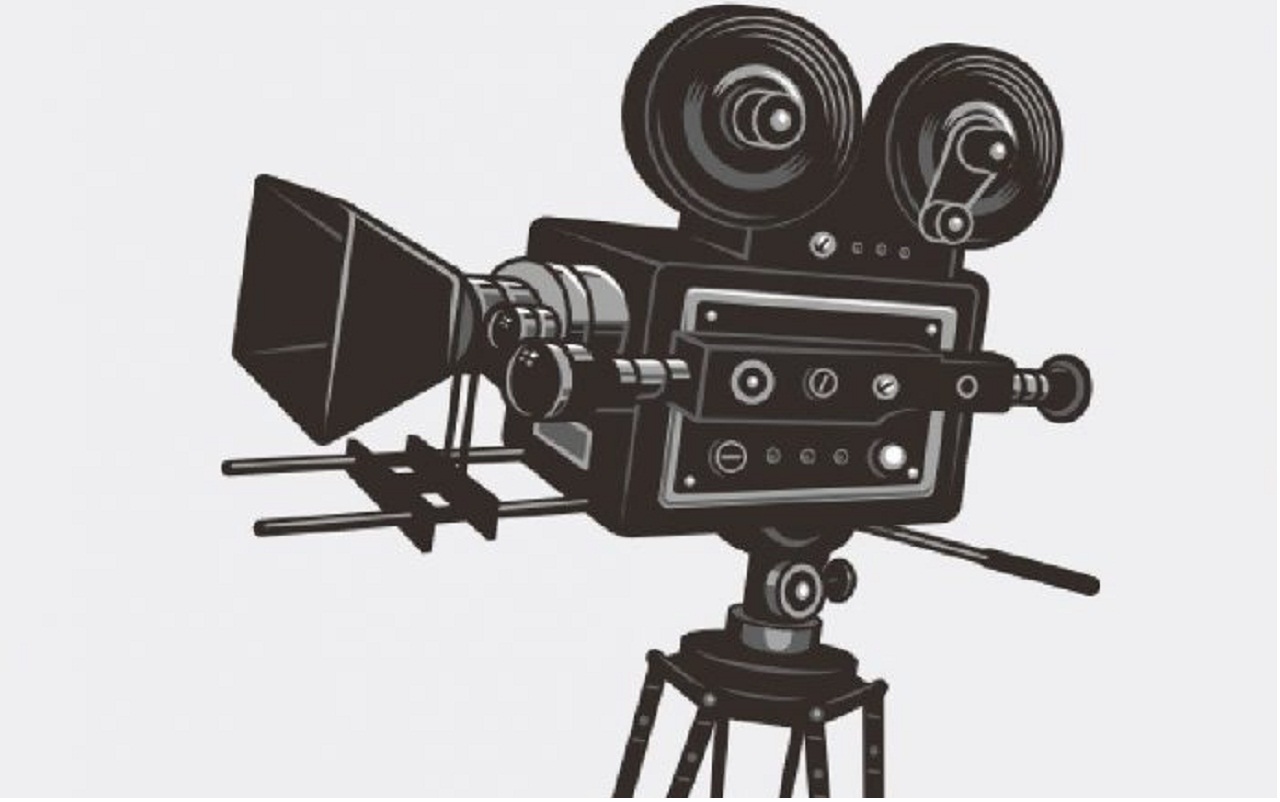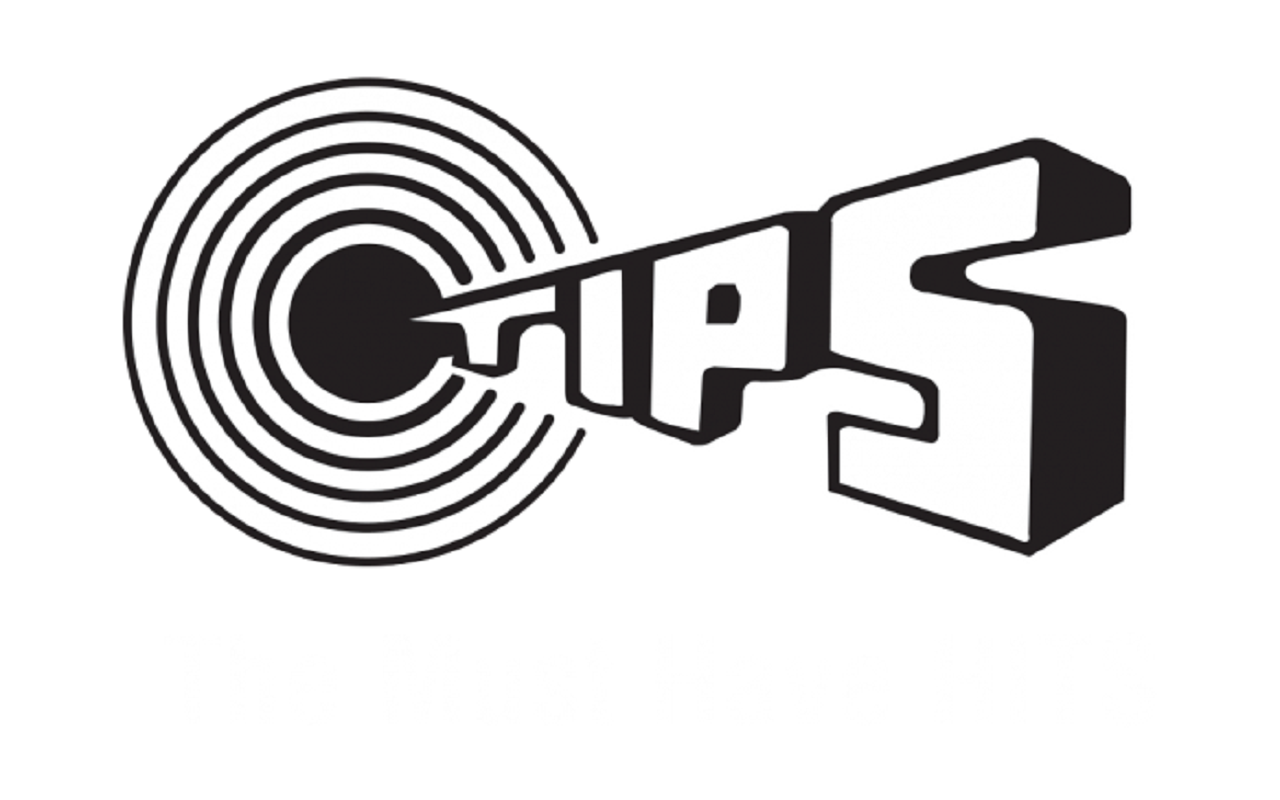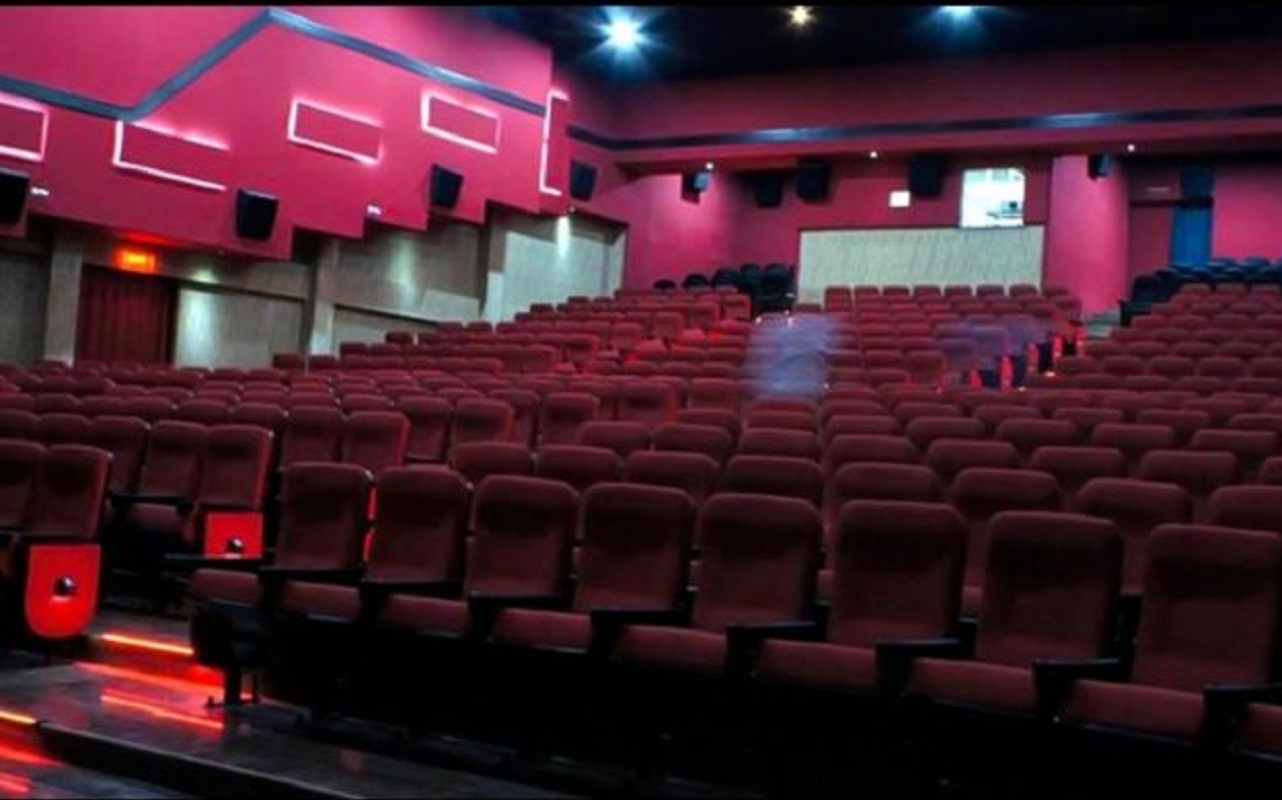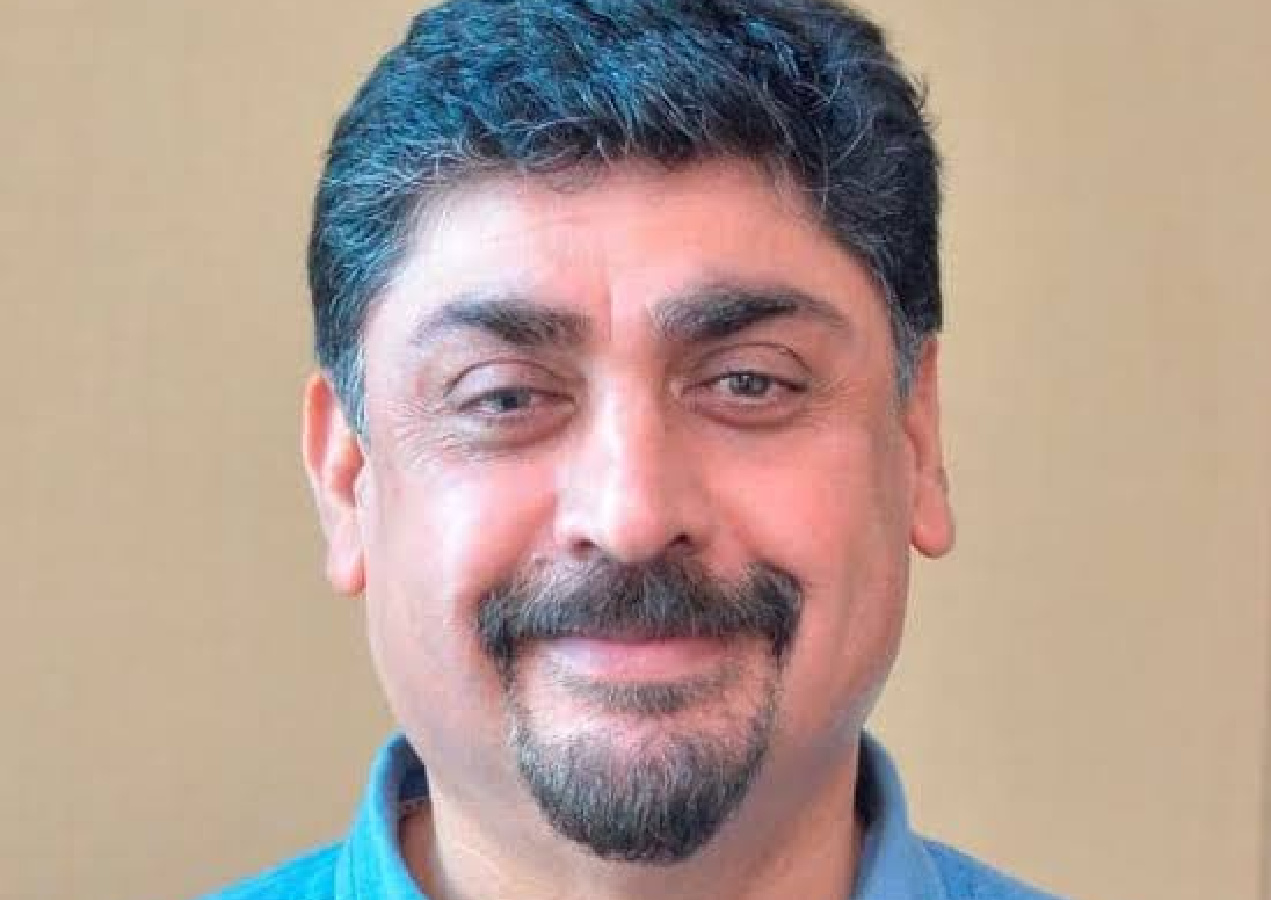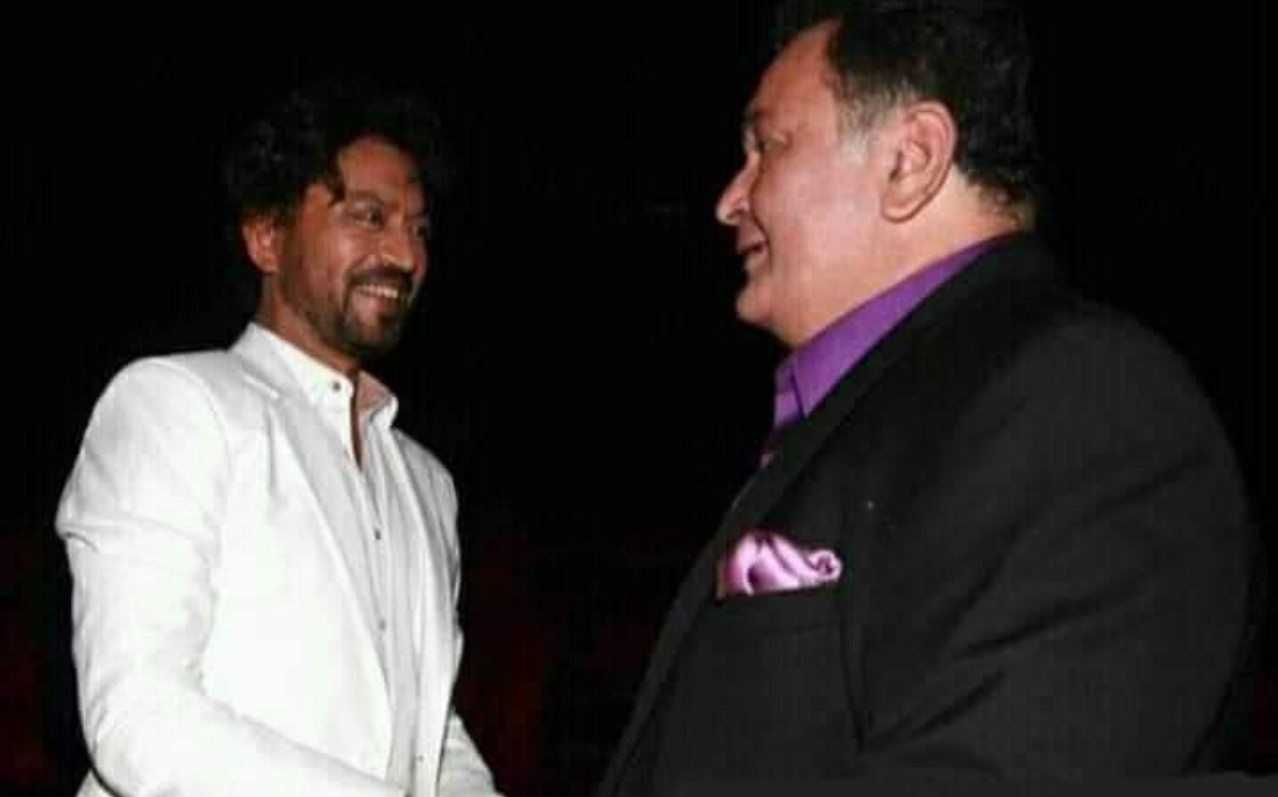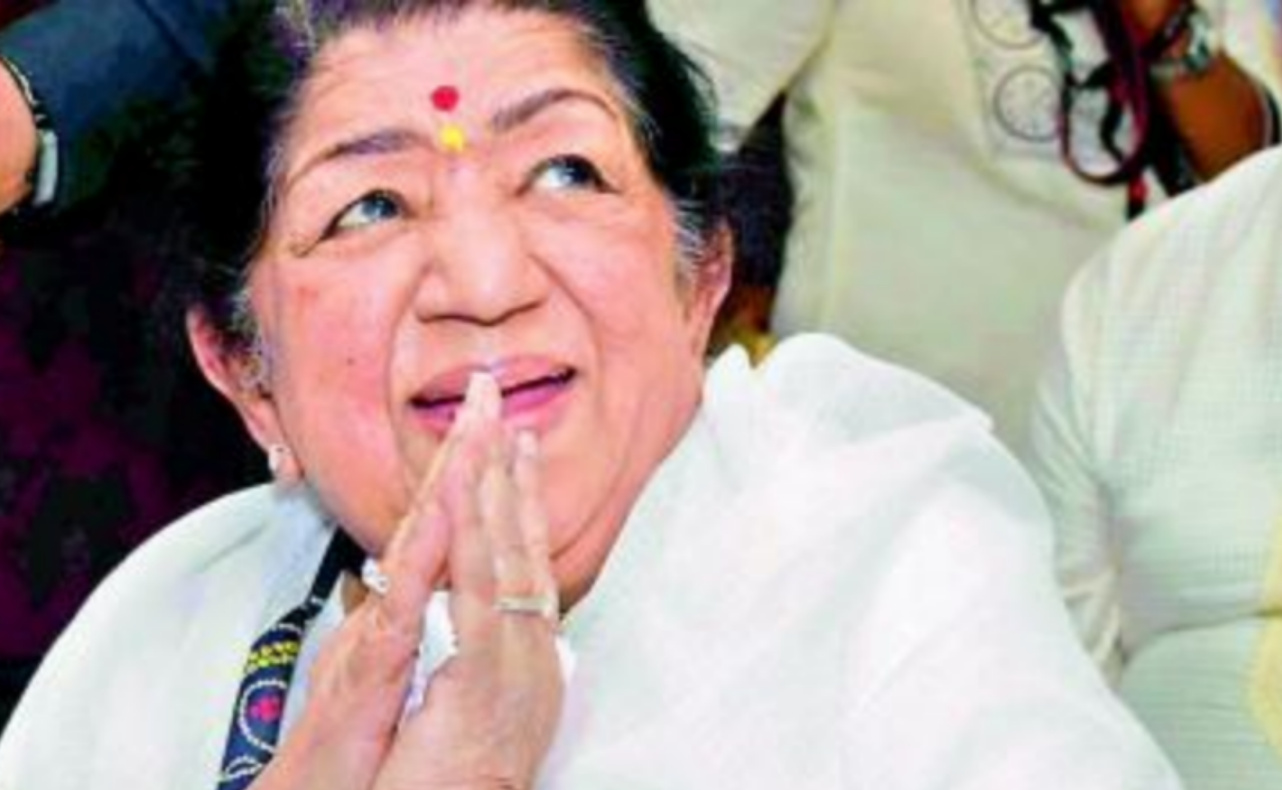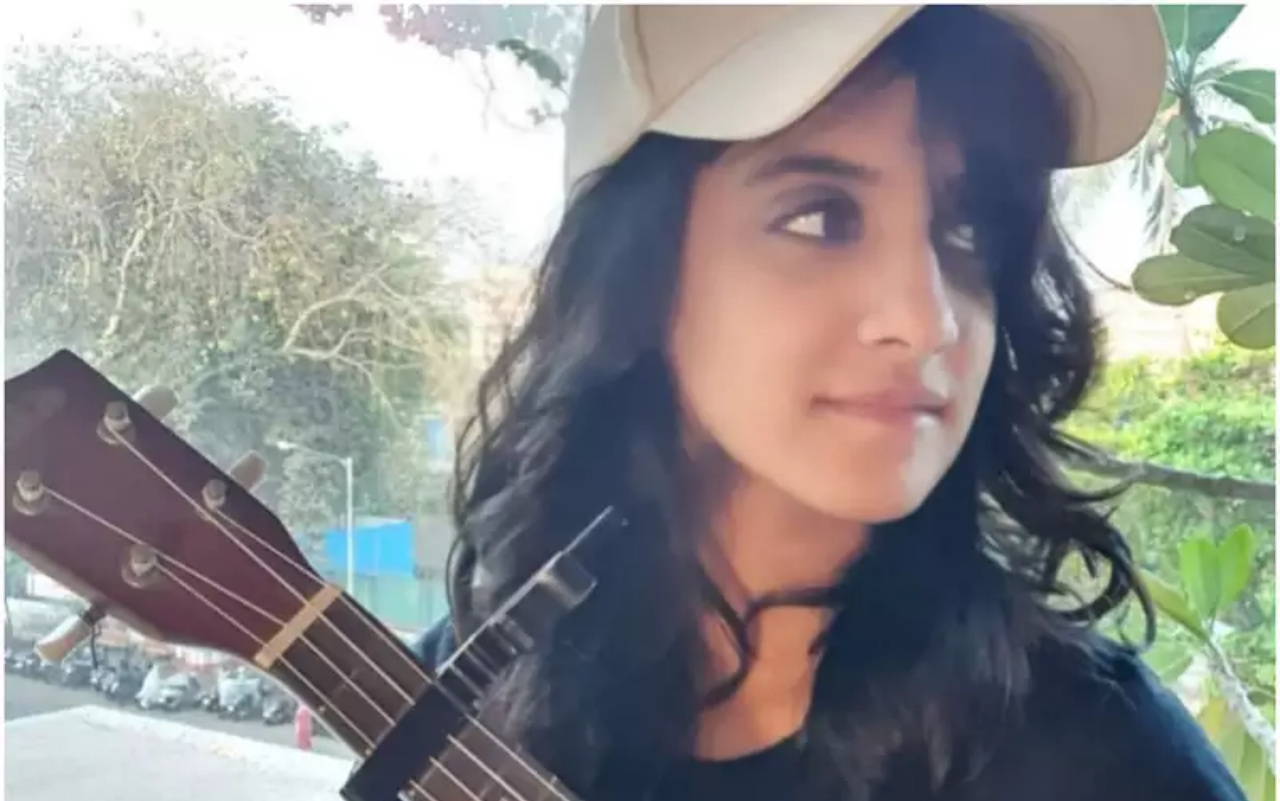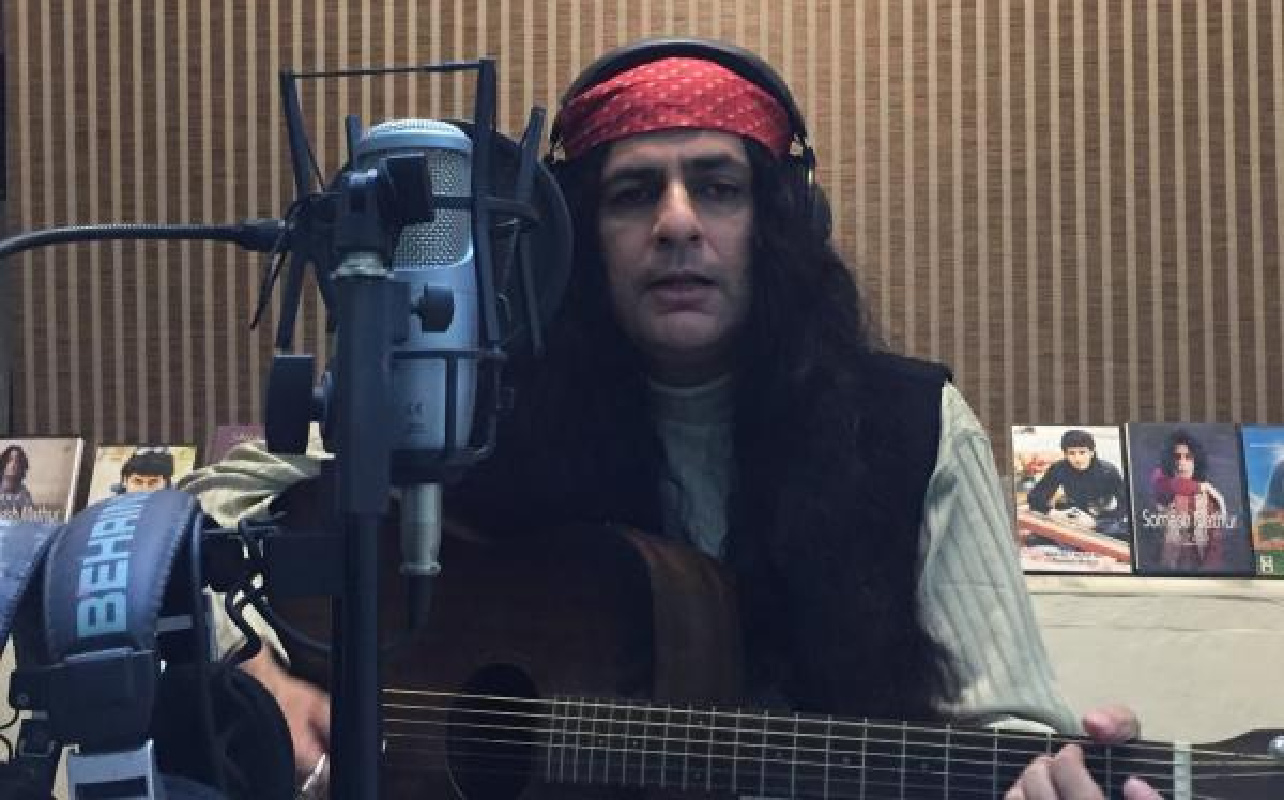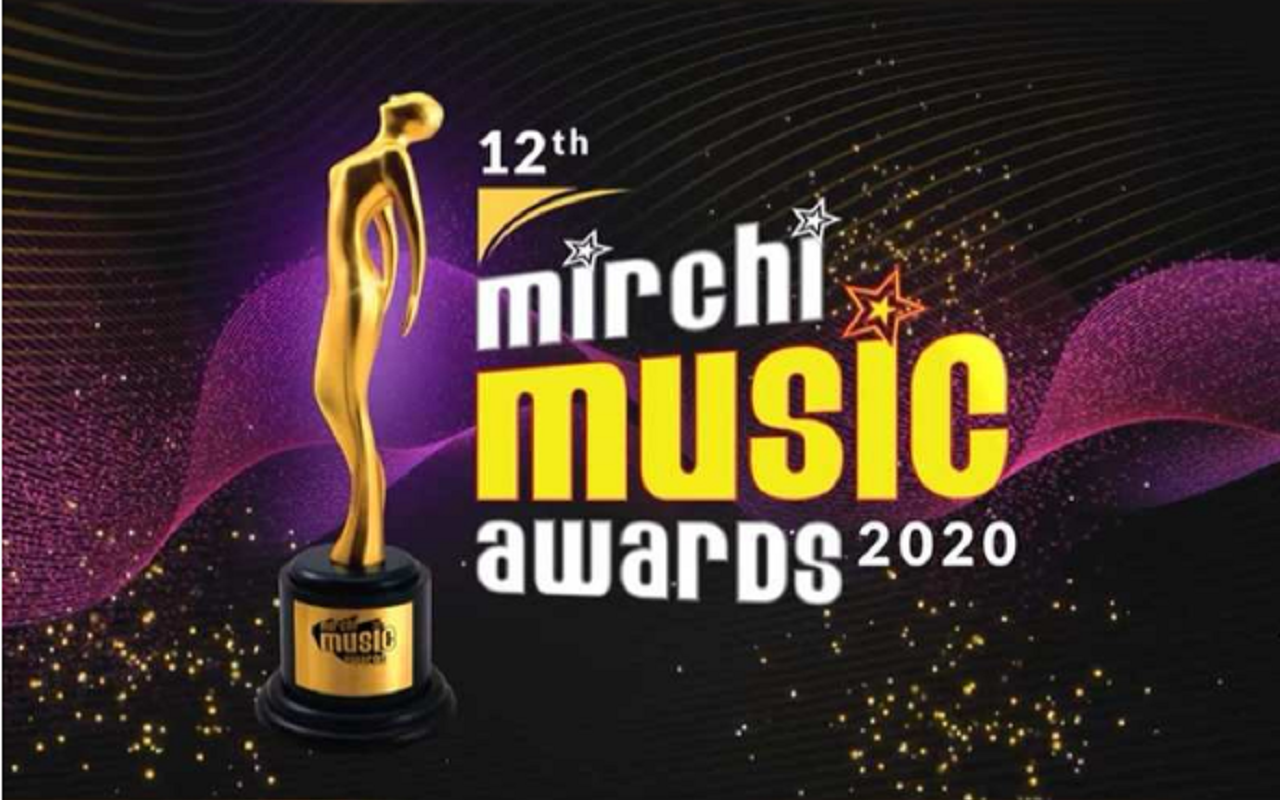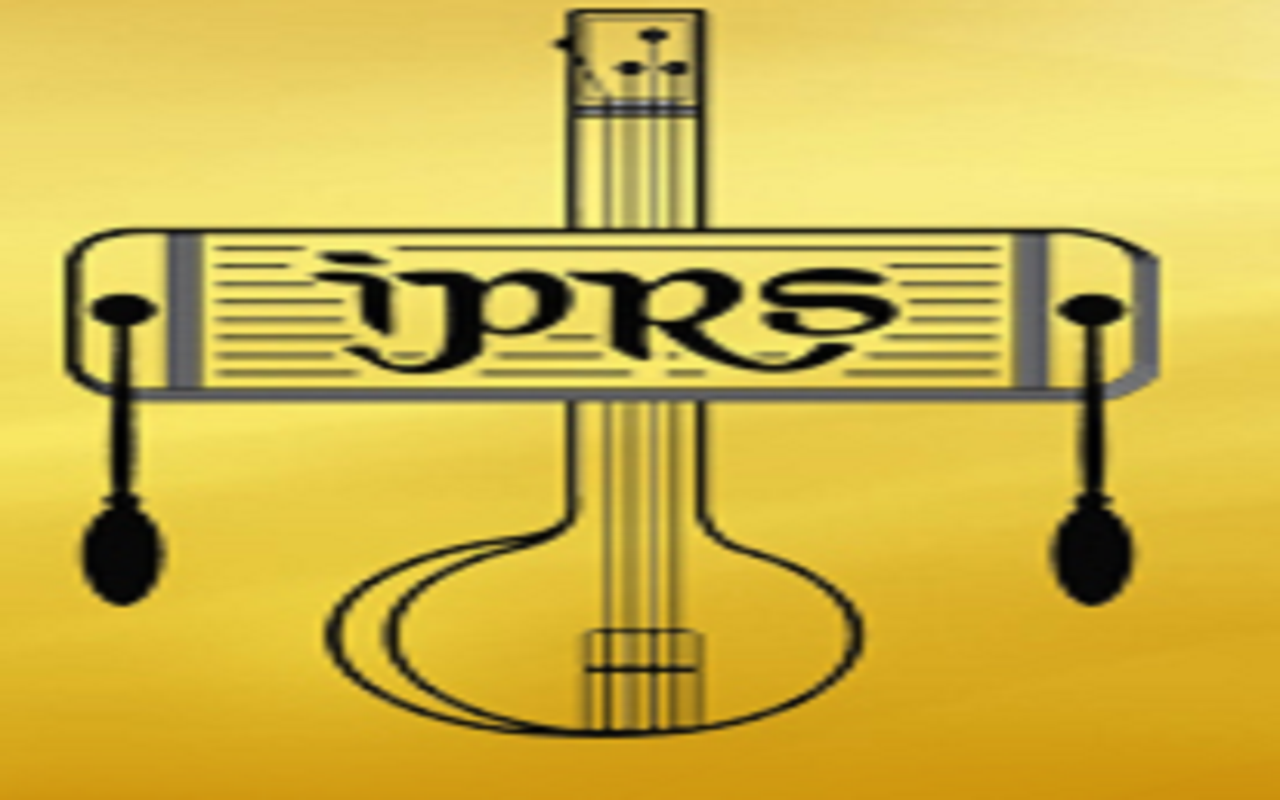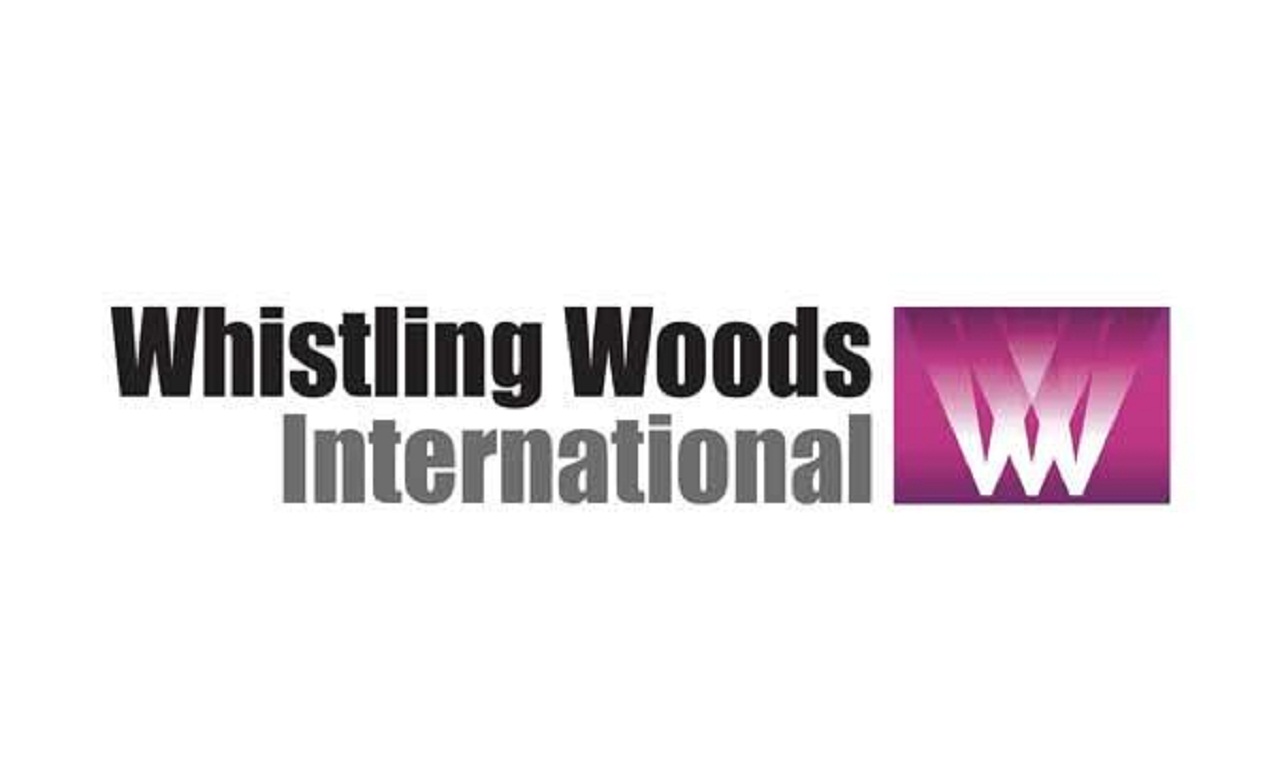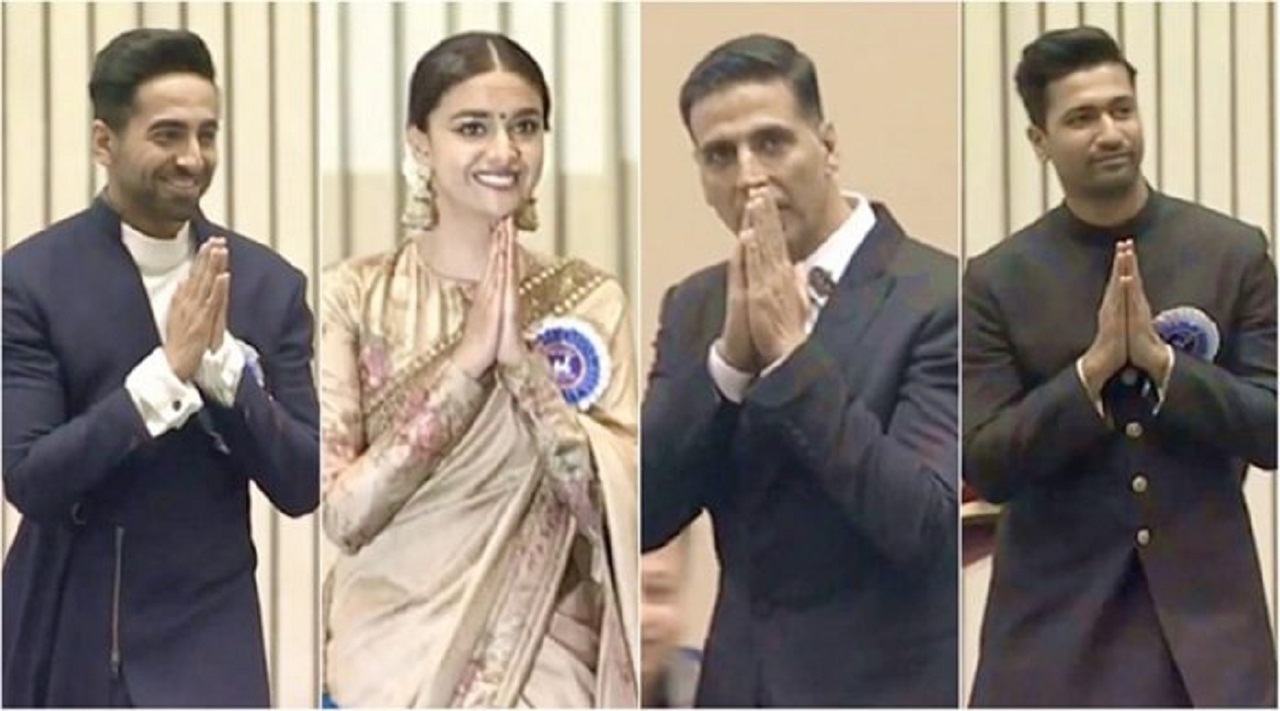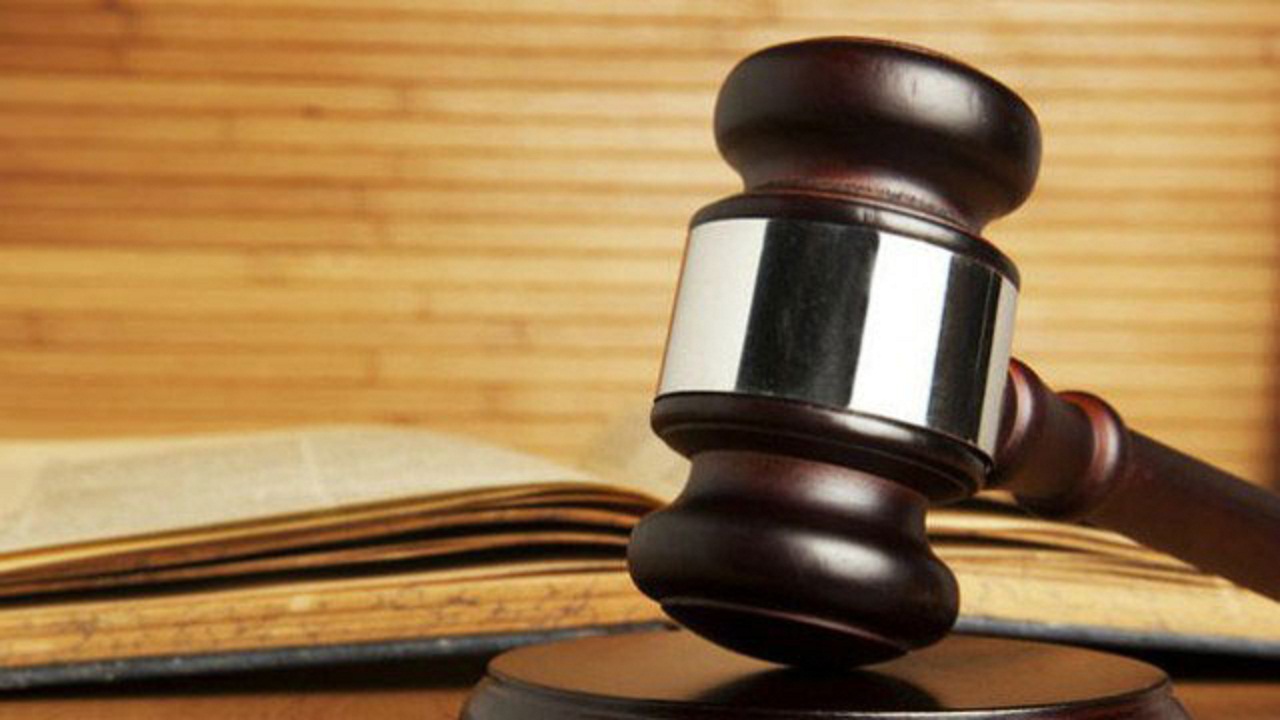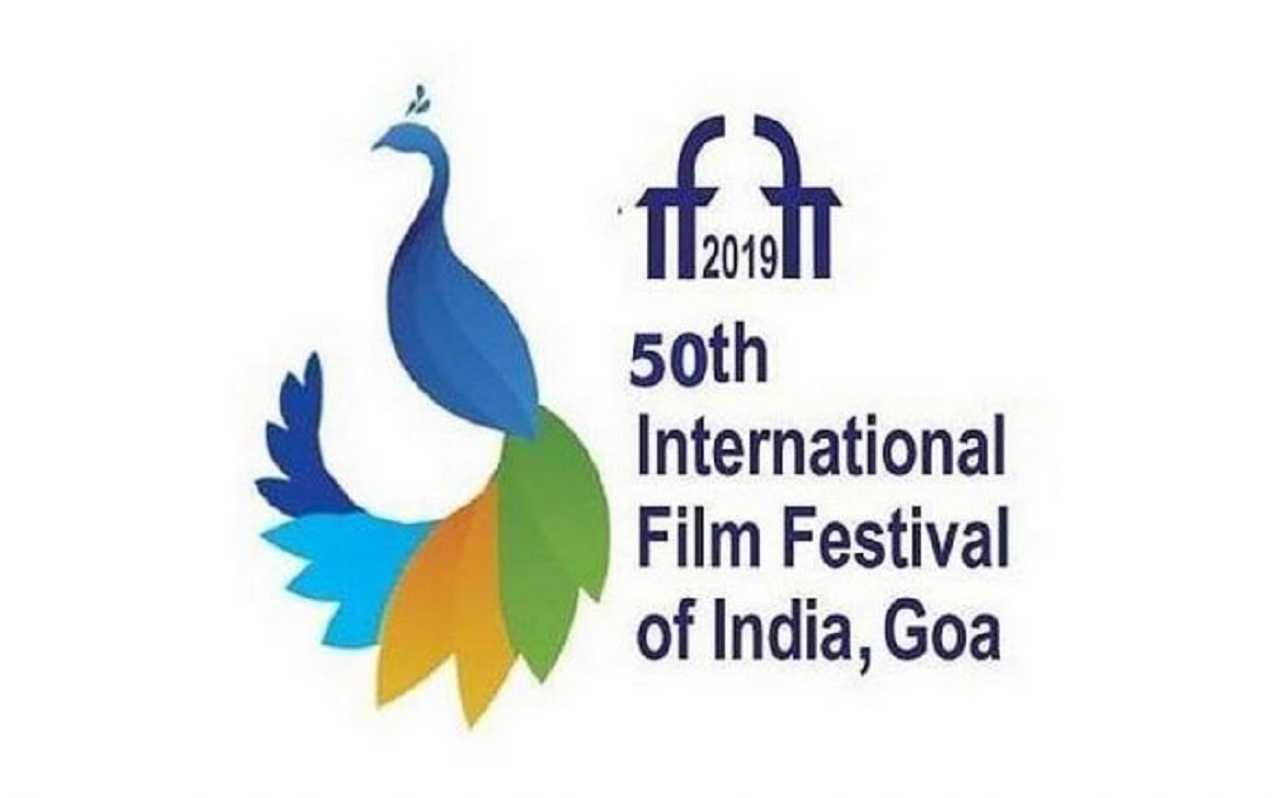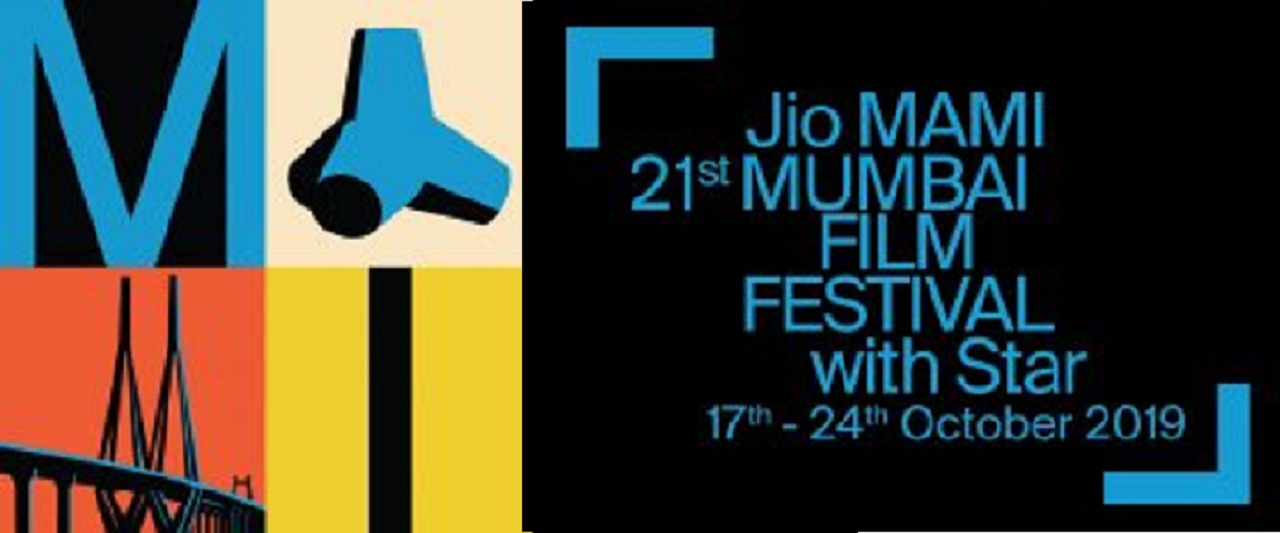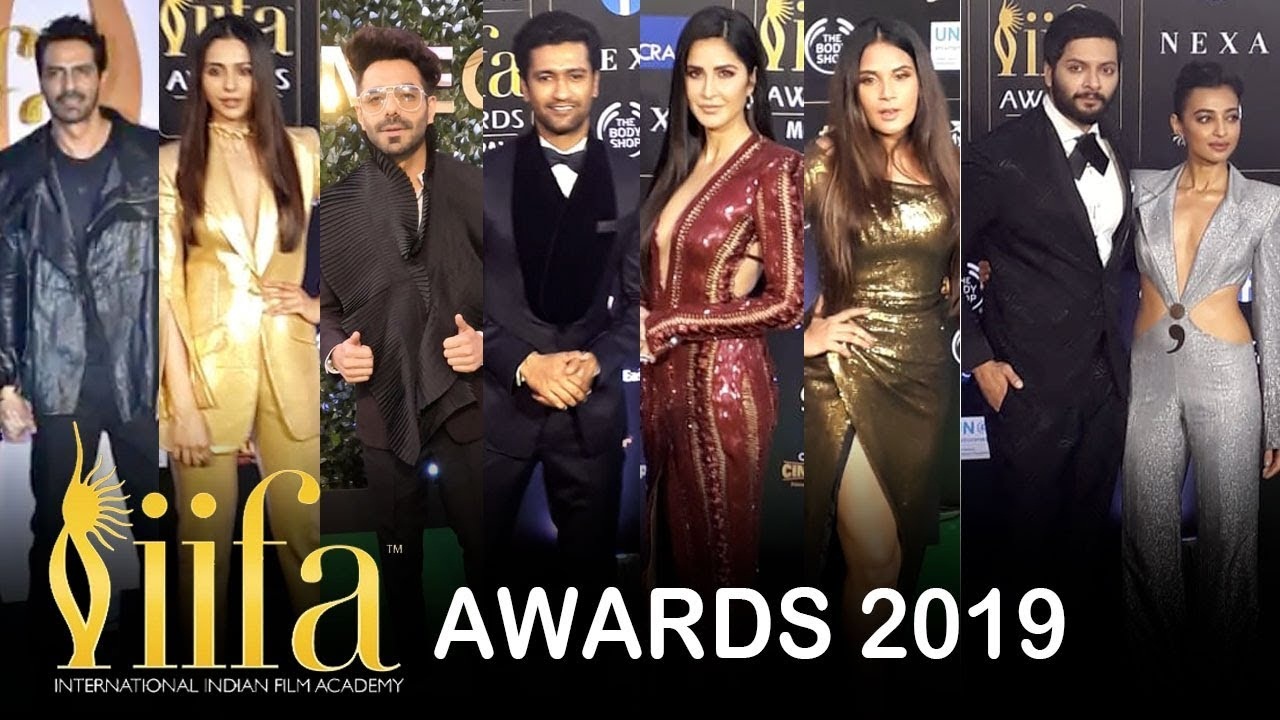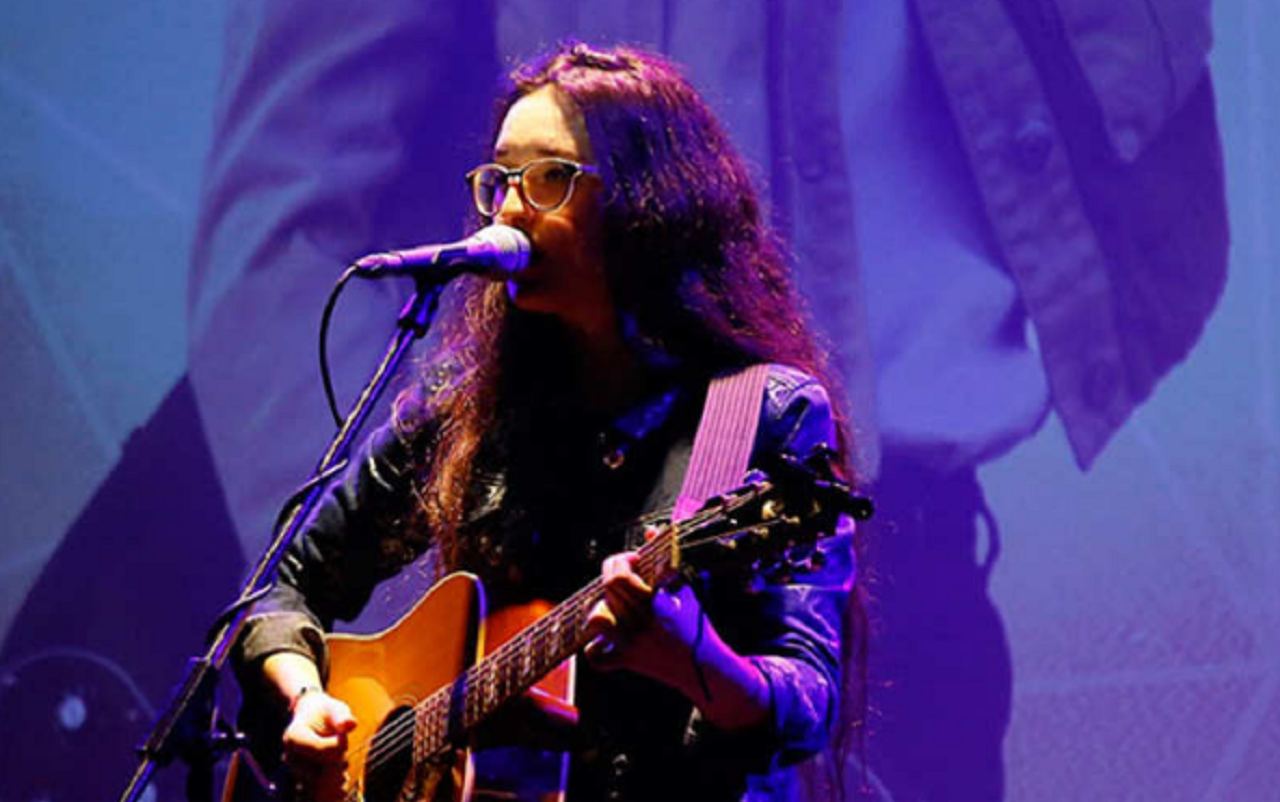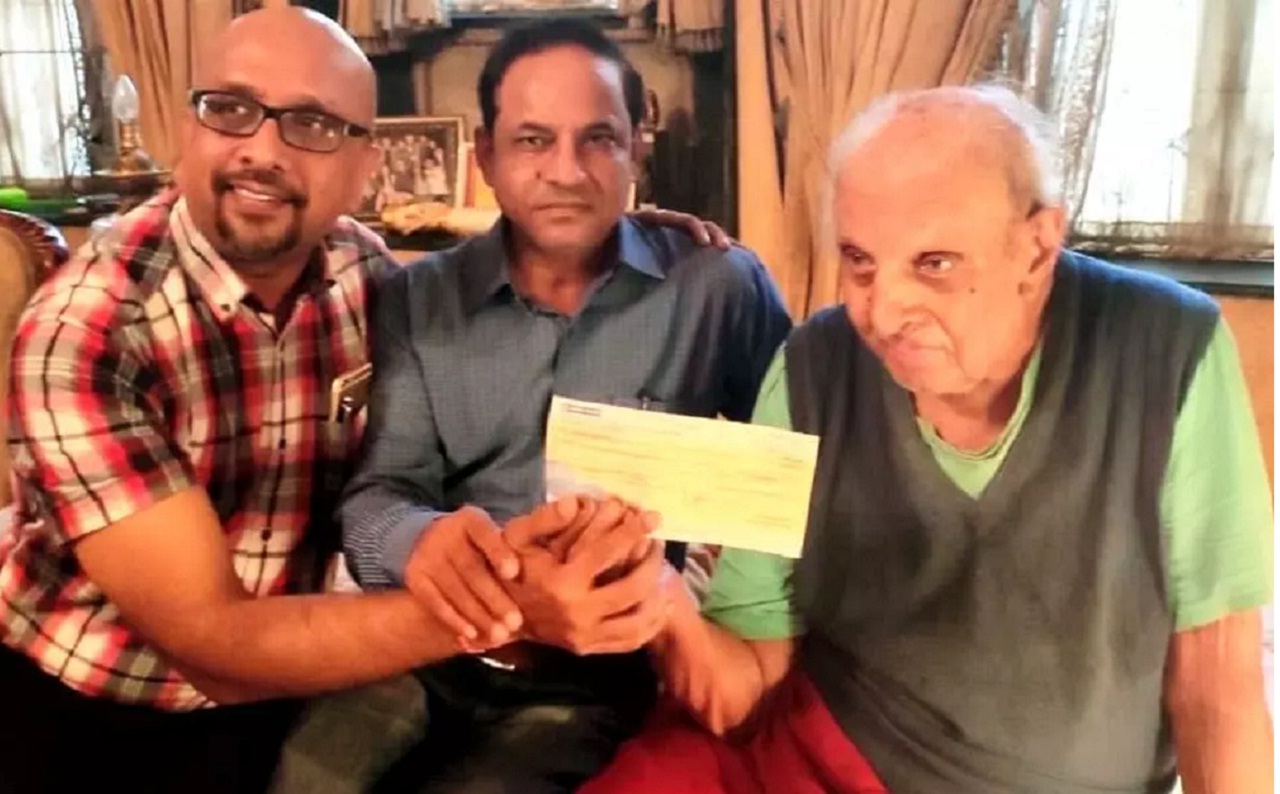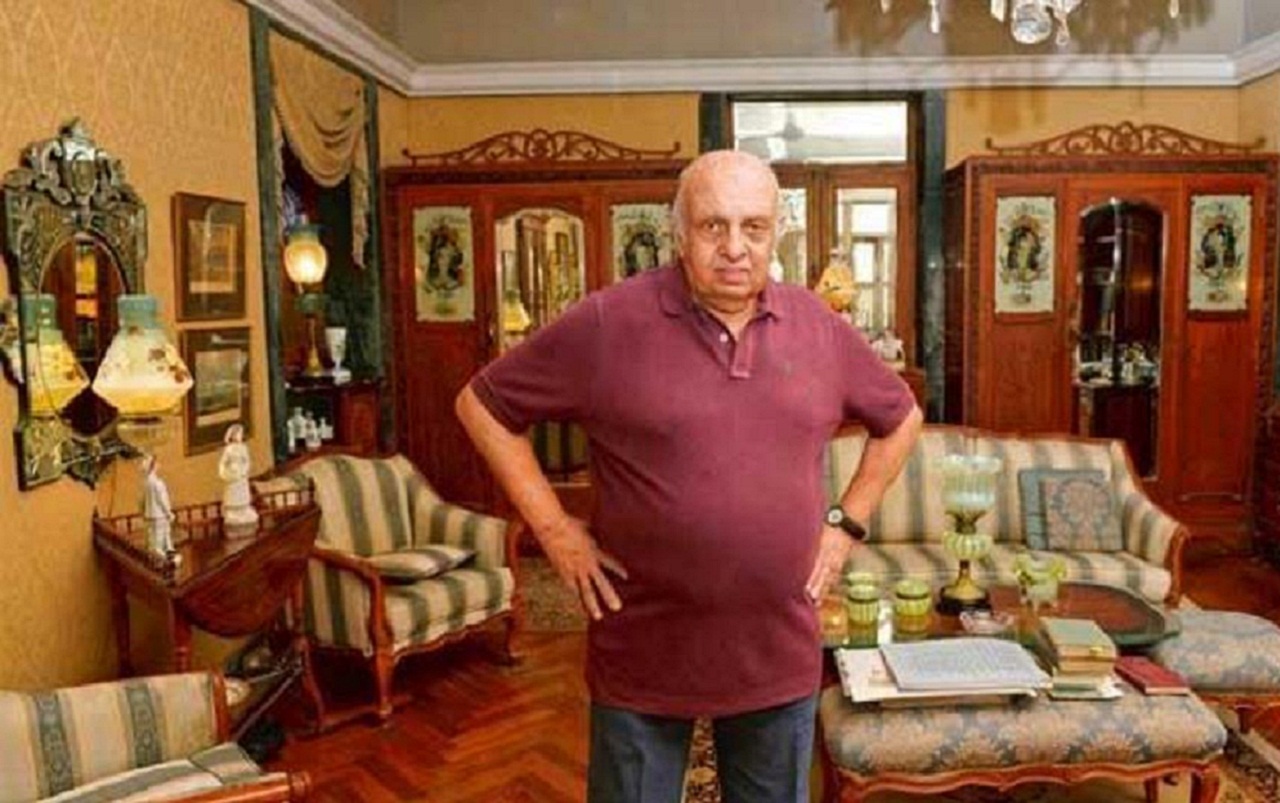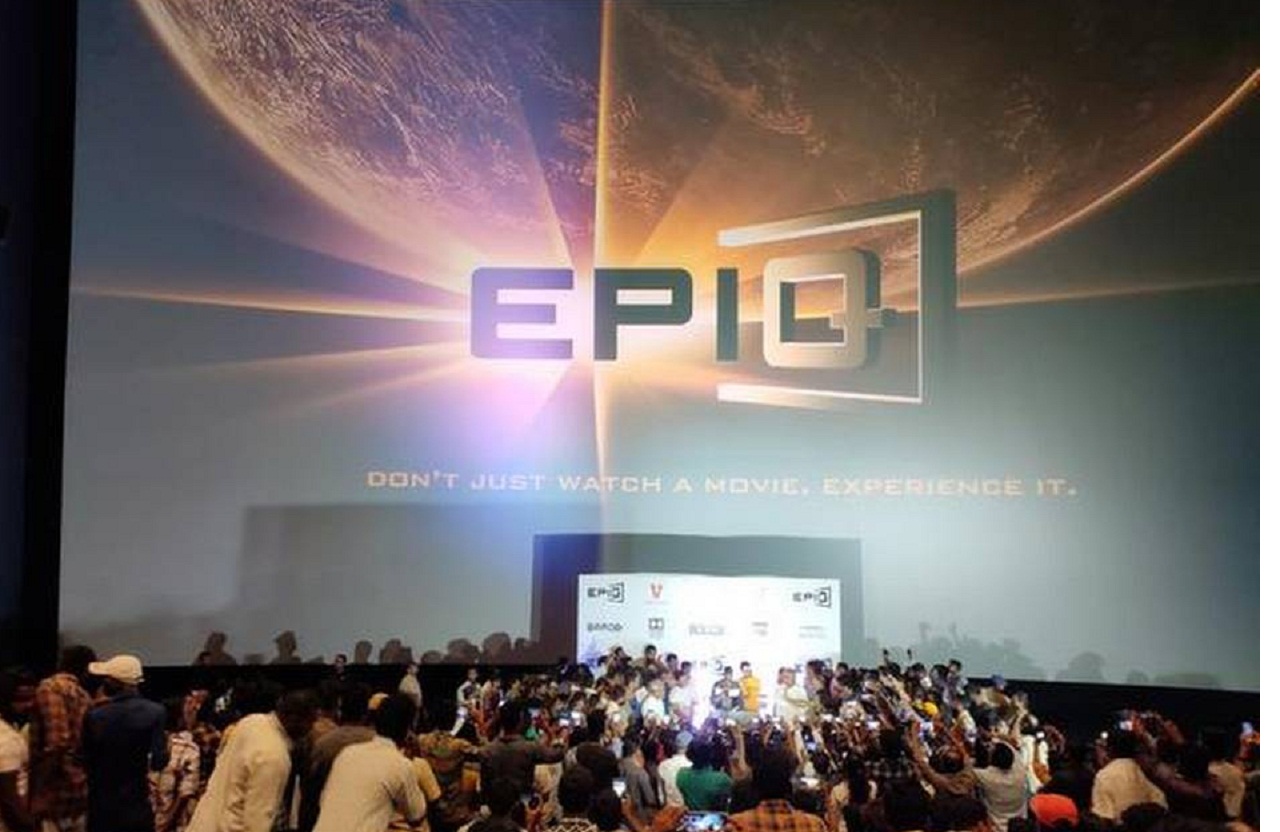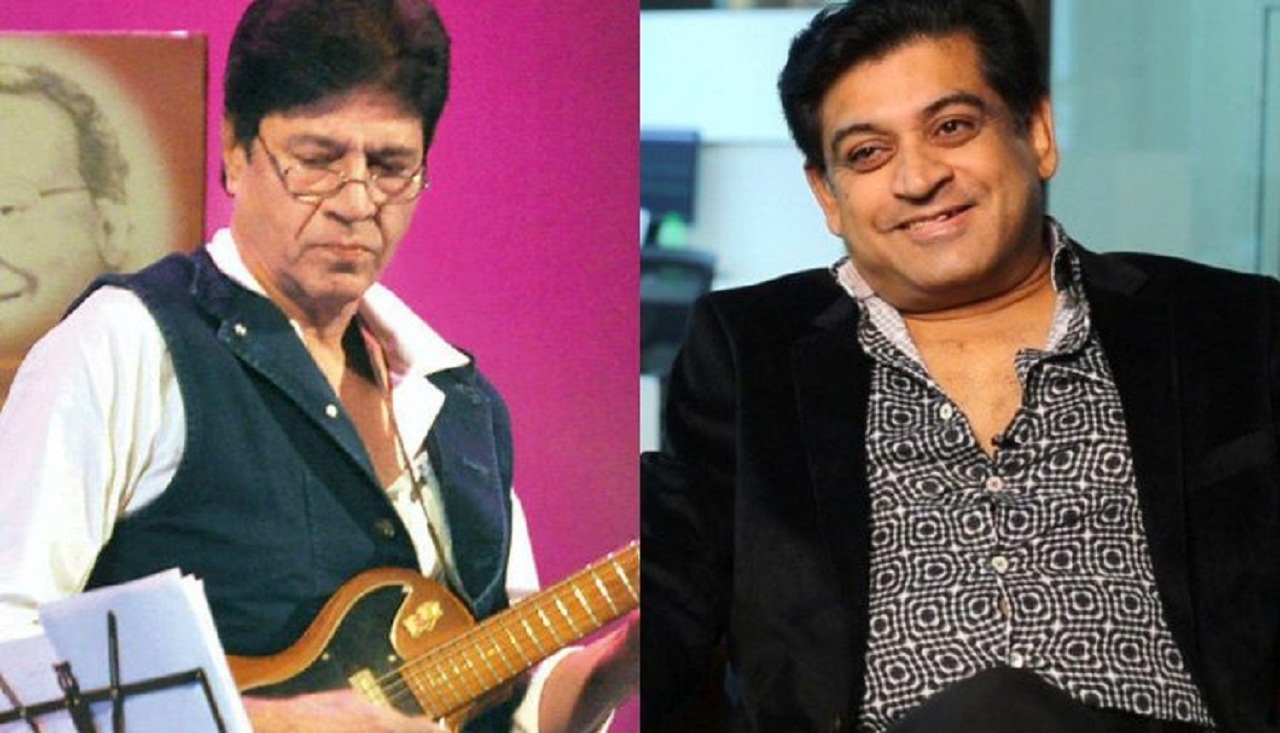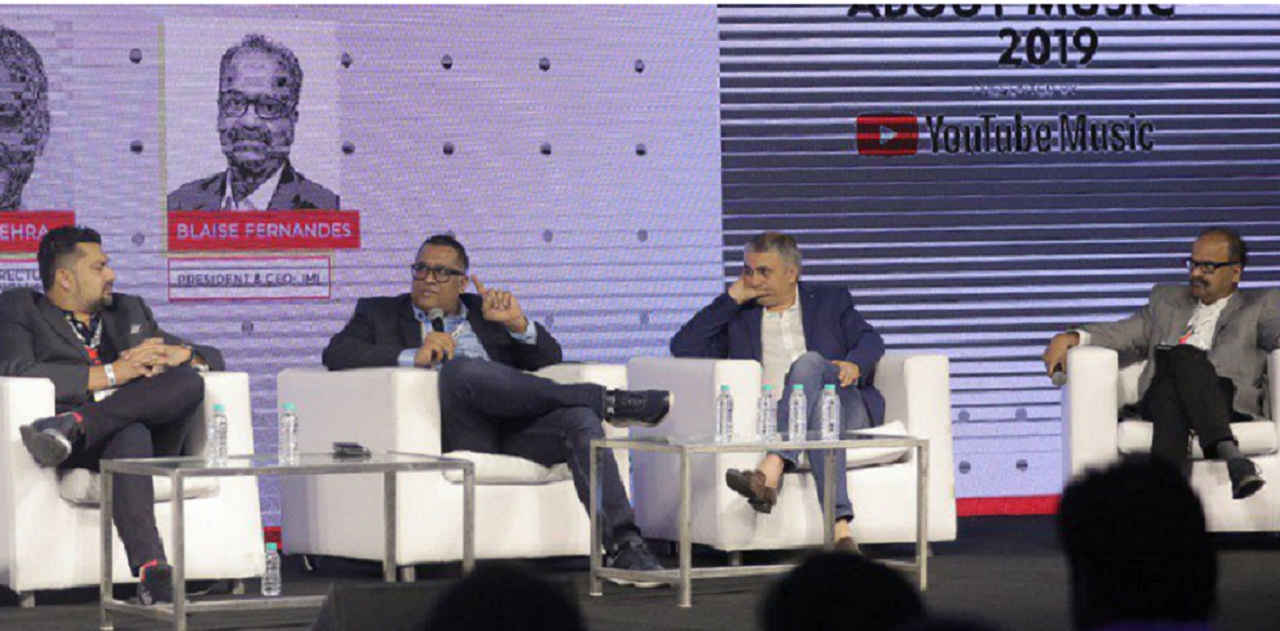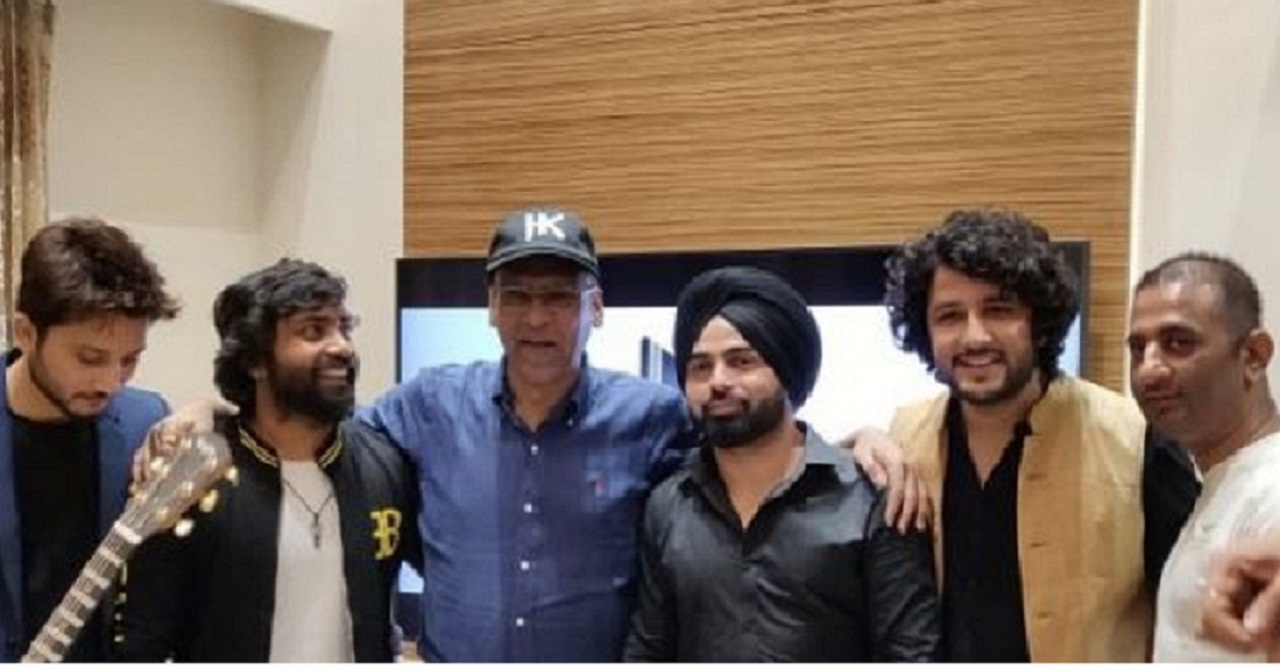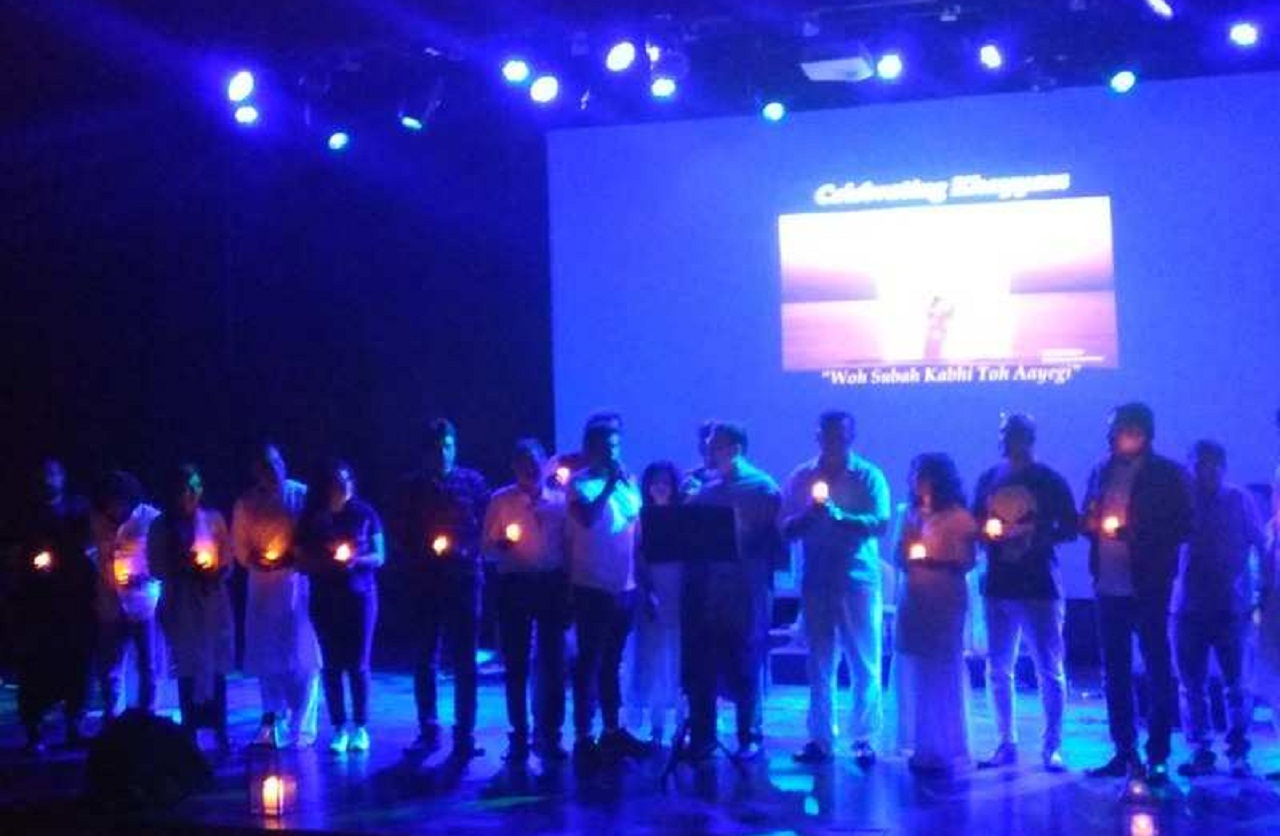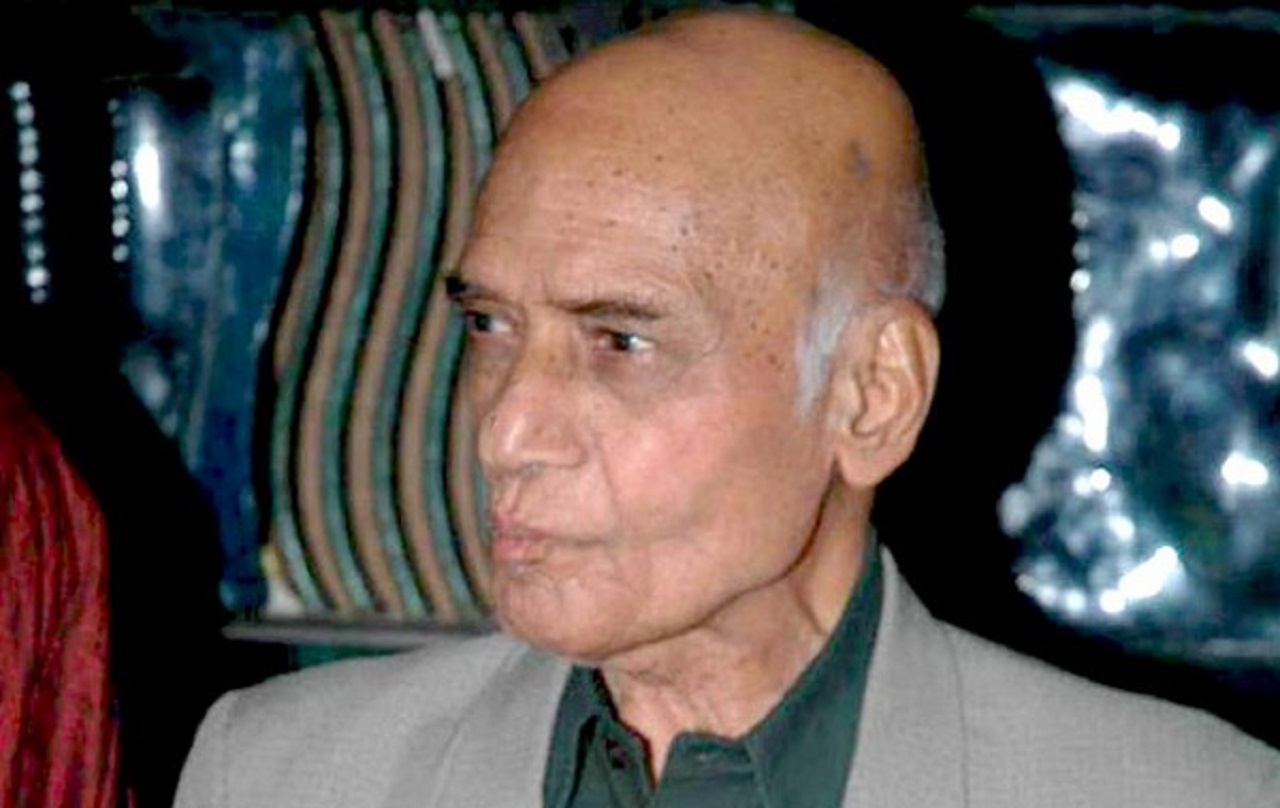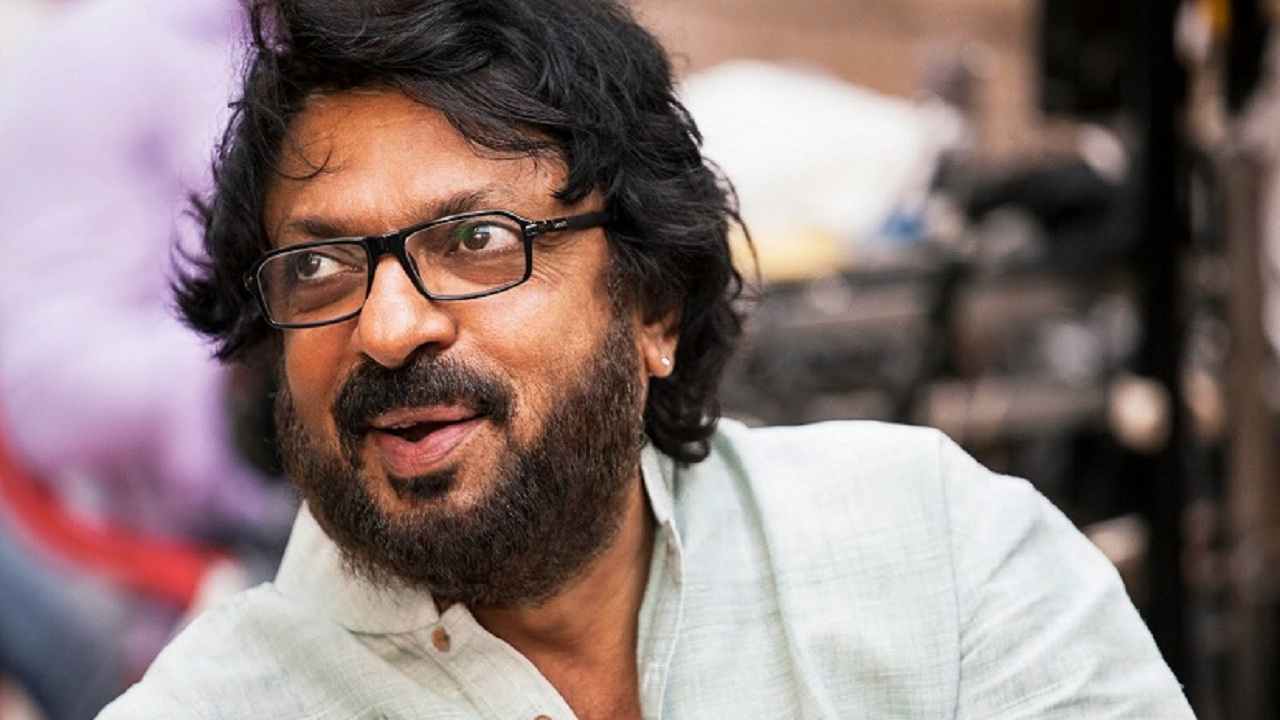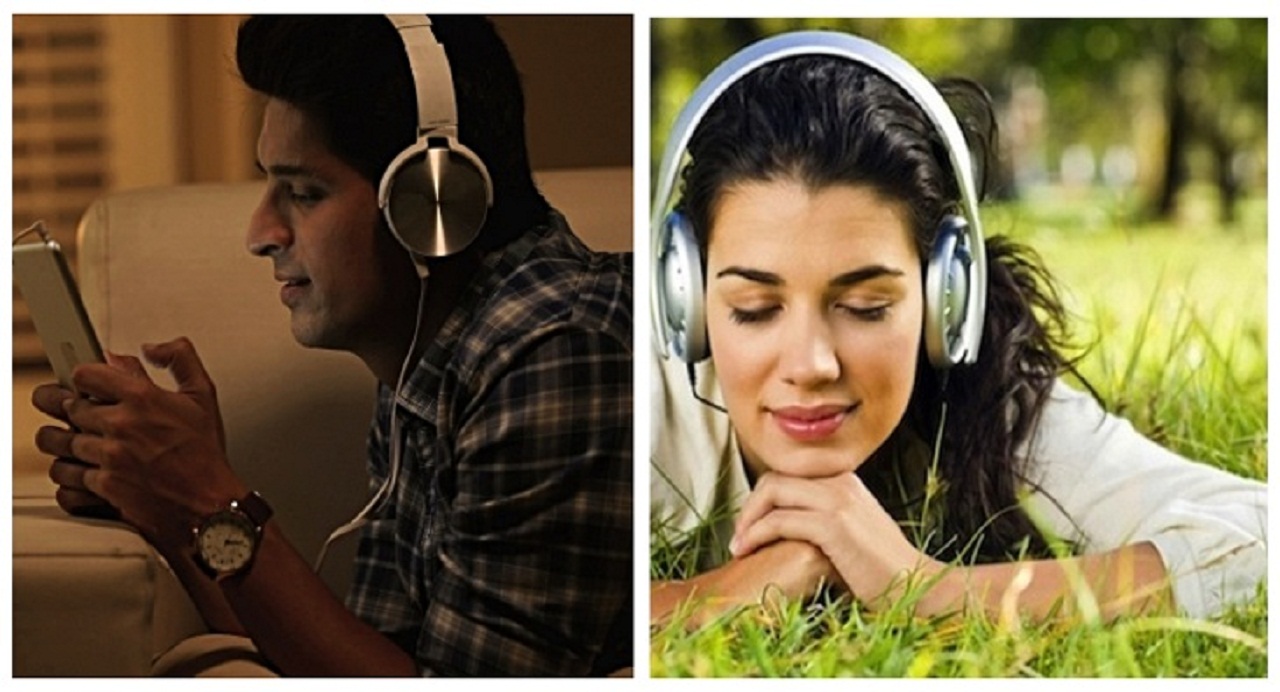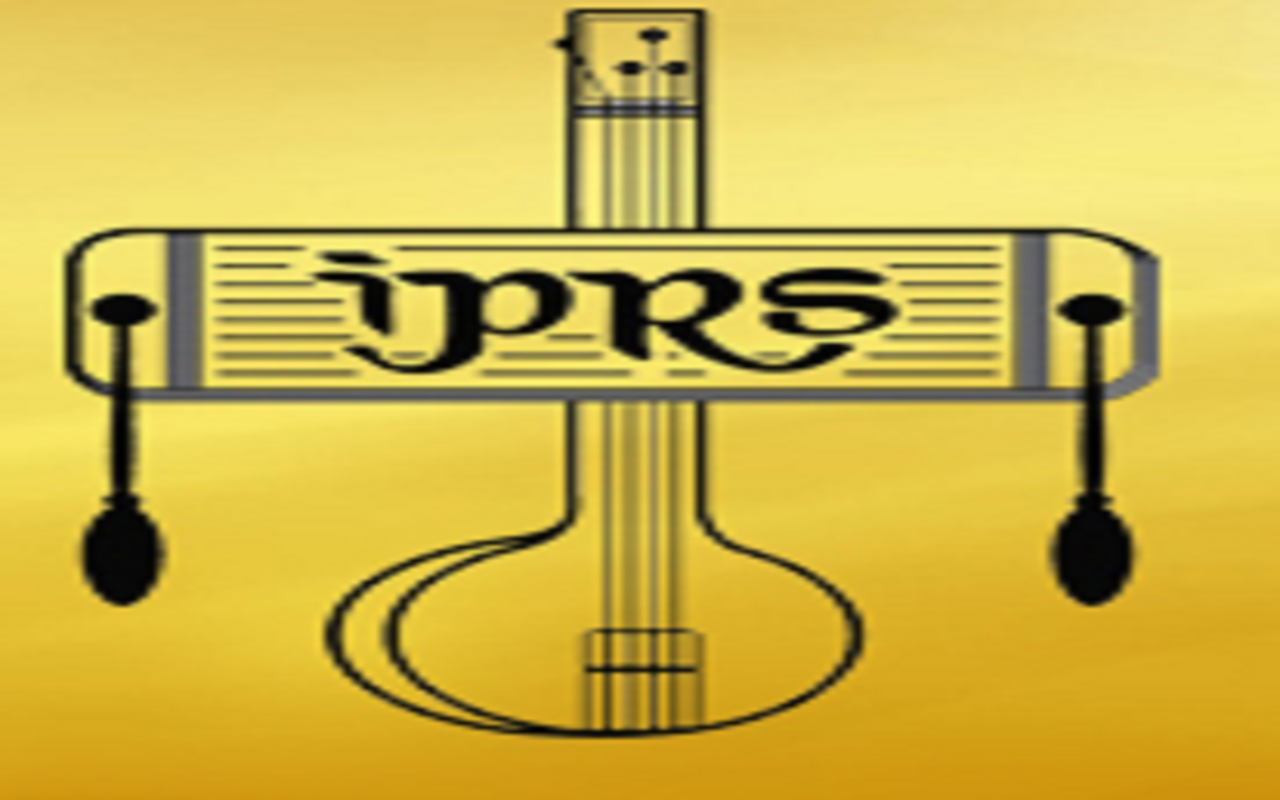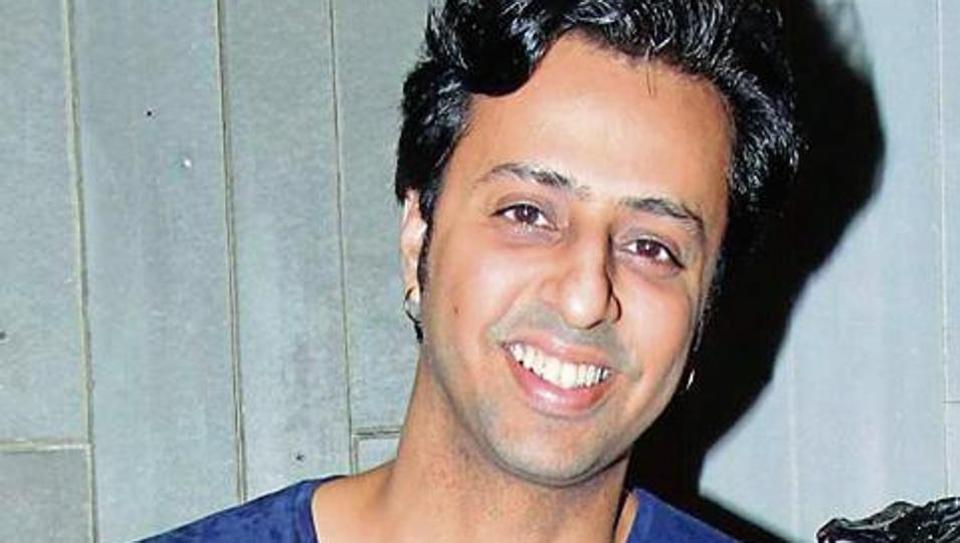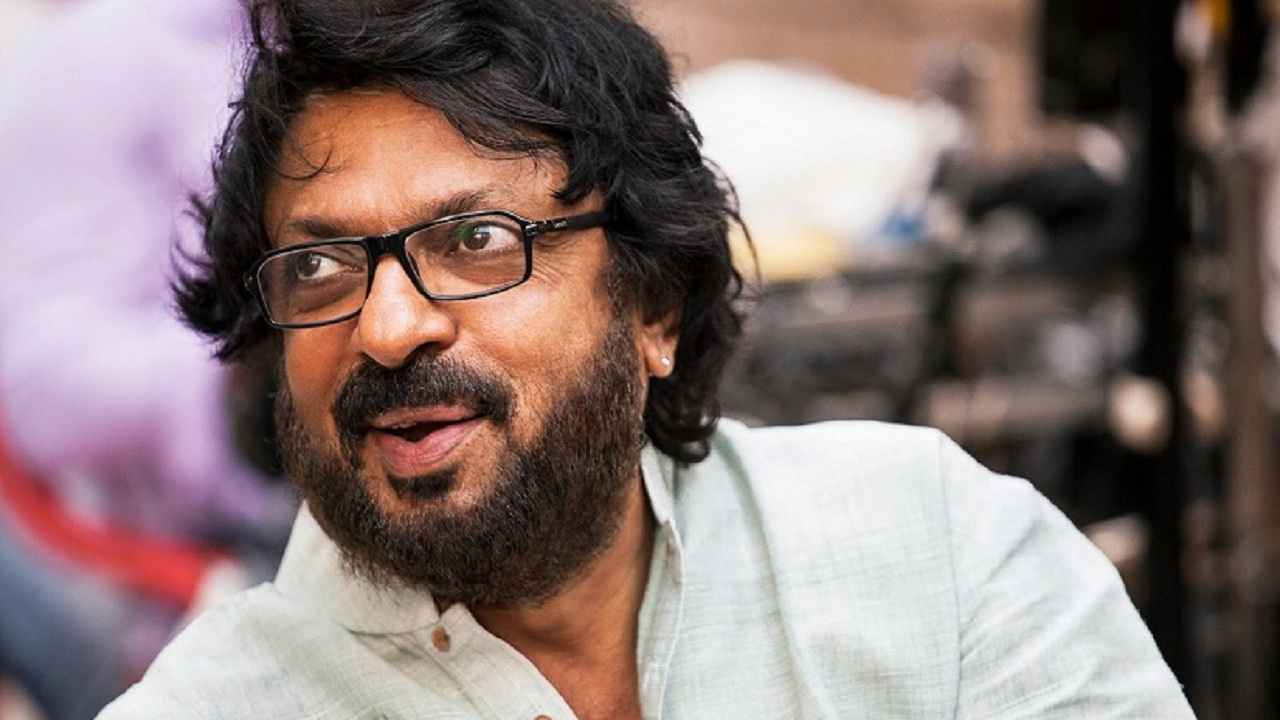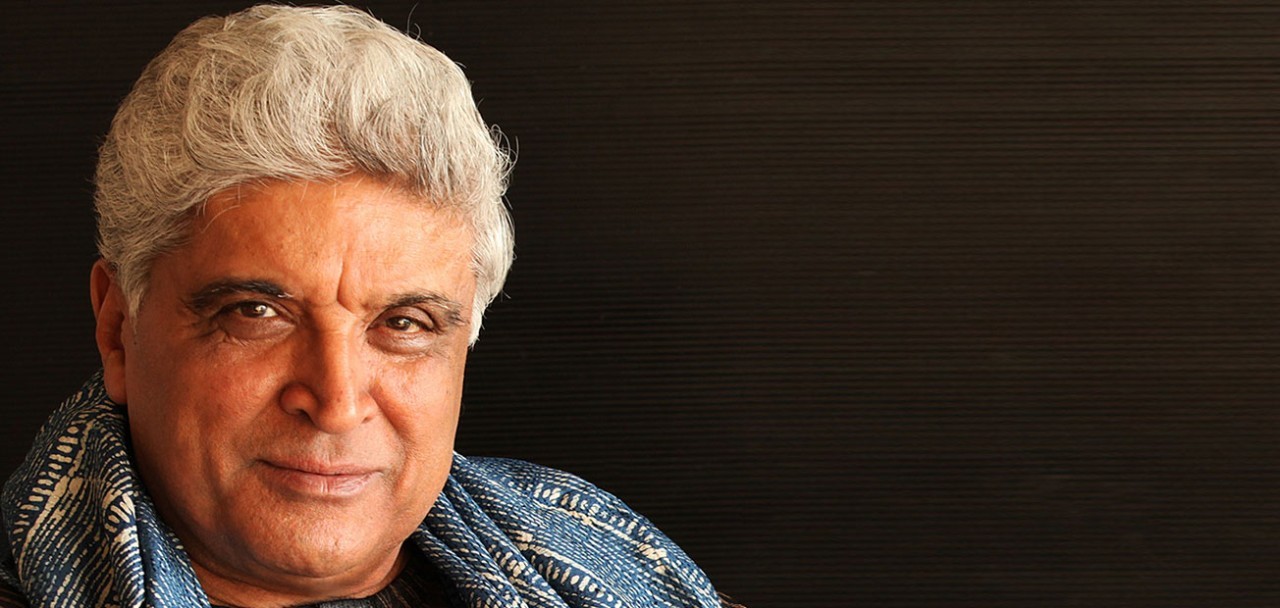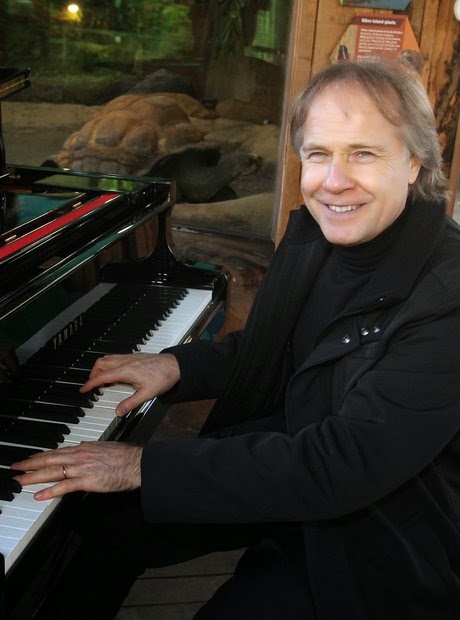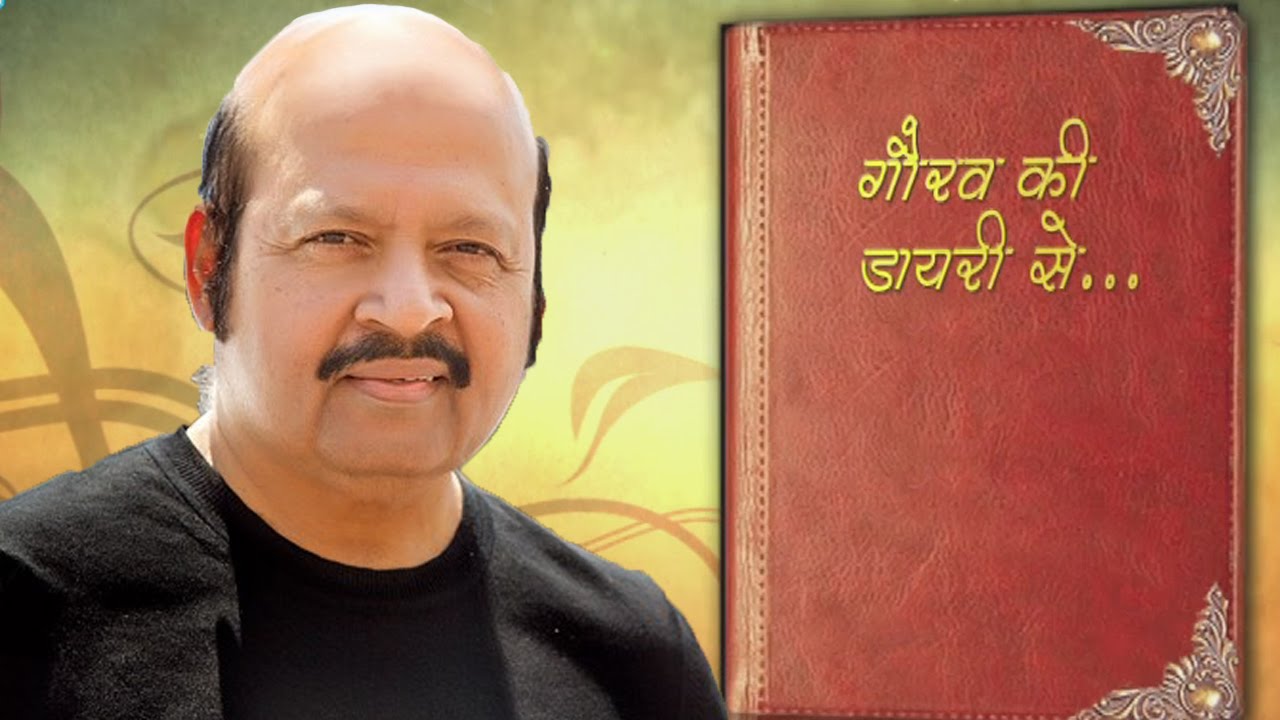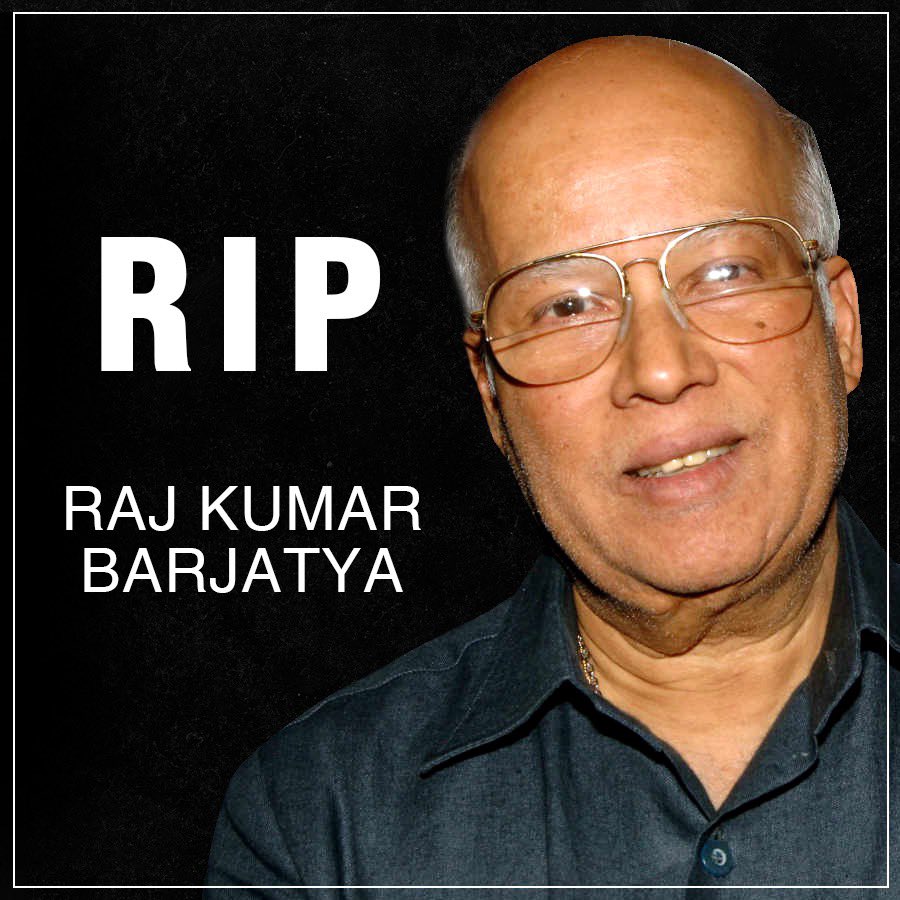By Anushree Rauta
The Department related Parliamentary Standing Committee on Commerce submitted its 161st Report on Review of the Intellectual Property Regime in India.
The Committee has recommended to amend Section 31D of the Copyright Act, 1957 for incorporating ‘internet or digital broadcasters’ under statutory license in wake of the rise in digital or OTT platforms with manifold increase in music as well as movie apps and its significant contribution to economy attempting to ensure a level playing field by making content accessible on similar terms to both traditional and internet broadcasters alike.
Relevant extract (Para 14.8 (ii) reads as under:
“Section 31D of the Act deals with statutory licensing for radio and television broadcasting of literary and musical works as well as sound recordings wherein the broadcasters pay royalties to the copyright owner at a rate fixed by the Copyright Board for broadcasting any content. It was informed that digitization and internet culture in India has led to increase in digital content service providers and Over The Top (OTT) video apps, internet music/ podcast apps, etc. in terms of revenue contribution from OTT, India would be the tenth-largest market globally with around 805 million internet subscribers by 2022. Hence, it was suggested that Section 31D should be amended to include OTT platforms, music apps, etc. as ‘internet or digital broadcasters’ under the benefit of statutory license along with traditional broadcasters. The Committee recommends the Department to amend Section 31D for incorporating ‘internet or digital broadcasters’ under statutory license in wake of the rise in digital or OTT platforms with manifold increase in music as well as movie apps and its significant contribution to economy. This would ensure a level playing field by making content accessible on similar terms to both traditional and internet broadcasters alike”.
Section 31 D was introduced in the Copyright Act, 1957 vide the 2012 amendment. It provides a statutory license to “broadcasting organizations” desirous of “communication to the public”, by way of a “broadcast” or by way of performance, a literary or musical work and sound recording which has already been published, subject to the provisions of section 31D. The statutory licensing provisions require the determination of royalties by the appellate board (erstwhile IPAB and now commercial courts) and requires separate rates to be fixed for radio and television broadcast. Under section 31D, copyright owners have no say in the broadcast of their content and the limited right granted to them is to participate in the proceedings before the board for fixation of royalties’ payable for the broadcast of such content on radio or television.The section is currently applicable only for radio and television broadcasting organizations.
This is not the first time such a recommendation has been made to include digital media within the ambit of Section 31D. As covered here, the Ministry of Commerce and Industry (Department for Promotion of Industry and Internal Trade) had notified on May 30, 2019 the proposed amendments to the Copyright Rules, 2013 in exercise of its powers conferred under Section 78 of the Copyright Act, 1957 wherein it sought to include each mode of broadcast in place of radio/ television broadcast in Rules 29 to 31.
In 2016, the DIPP had issued a clarificatory office memorandum which sought to clarify that internet broadcasting was included within the scope of Section 31D. The Bombay High Court in the matter of Tips vs Wynk had ruled that this Office memorandum lacked ‘statutory flavour’ and could not prevail over interpretation which is drawn under the Act and the Rules. As covered in our post here, in Tips vs Wynk, the Bombay High Court had held that the intention of the 2012 amendment bringing in Section 31 D clearly revealed that, even though being aware of the existence of digital technologies, the 2012 Copyright Amendment clearly dealt only with broadcast of radio and television and did not intend to include internet streaming and broadcasting within its realm.
It would be pertinent to point out that though there were various digital platforms in operation in India, providing streaming and downloading of content even prior to 2012, the legislature intentionally omitted to discuss statutory licensing for such digital platforms. The 227th Parliamentary Standing Committee on the Copyright (Amendment) Bill, 2010, discusses statutory licensing for radio and television alone. The legislature therefore consciously omitted digital broadcasting from the ambit of Section 31D.
As stated earlier by Mr. Raghavender GR (Joint Secretary, Dept. of Justice, Ministry of Law and Justice; Ex- Copyright Registrar (during the 2012 amendments), the statutory licensing provision was introduced vide the 2012 Amendment to support the then fledging private FM radio industry to access music content. On demand being made by the TV industry, the provision was extended to them as well though it was clarified that separate rates would apply for tv and radio considering the strong revenue earning status of television industry in comparison to the radio industry and music content dependency of radio.
It needs to be contemplated as to whether an expropriatory legislation like Section 31D which deprives the copyright owner’s right to license works for broadcasting on terms and conditions that it deems fit and proper, should be applied to a sector which is booming and in fact generating maximum revenues. It is a settled position that an expropriatory legislation should put least burden on the expropriated copyright owner. There does not seem to be any economic rationale in including the digital media within the regime of statutory licensing. Internet is a free medium and unlike other sectors does not involve infrastructure cost or other regulatory costs. On the contrary, most digital streaming platforms attract huge investments and have created a substantial market value based on their ability to provide copyrighted works procured from voluntary licenses. The legislature hence needs to deliberate on whether a booming industry which does not require any financial help should be provided such support by placing content owners at a severely disadvantaged position in terms of their ability to license their content profitably.
Ironically, the Standing Committee Report starts the introduction by stating that “innovation and creativity influencing different spheres of society are highly essential for the holistic growth and development of a country. The evolution of new creations and innovative ideas, research and development and their application in production of goods and services as well as in generating knowledge is the basis of progress of any nation. Hence, promotion and protection of such creations and innovations in the form of intellectual property and intellectual rights is significant for not only safeguarding them from adverse exploitation but also manage them as precious knowledge assets. This calls for the need to establish a robust and an effective Intellectual Property Rights (IPR) regime that encourages and incentivizes innovation and creativity along with securing collective interest of the society”.
The music industry currently is largely dependent on the revenues it receives from the digital streaming platforms. An amendment to include digital media within the ambit of Section 31D would have far reaching consequences in the entire functioning of the music industry and have a rippling impact on the film industry as well which generates a portion of its revenues from the music industry thereby disincentivising the creative industry and defeating the purpose of having a robust and effective IP regime in India.
On 31st December, 2020, the IPAB passed the landmark radio royalty decision under Section 31D. The decision has been challenged by each party involved. The radio broadcasters have challenged the decision qua publishing royalties payable to IPRS, the music labels have challenged it in relation to the royalty rates. Further, there are pending infringement claims filed by some music labels in relation to the radio broadcasters allegedly flouting the mandatory requirements of Rule 29 in relation to the advance notices which are pending before Delhi and Bombay High Court. The radio broadcasters in turn have challenged the constitutionality of Rule 29 of the Copyright Rules, 2013 before the Madras and Bombay High Court.
Section 31D has been the bone of contention between the broadcasters and the music labels since the very inception. The challenge to Section 31D by SIMCA had failed before the Madras High Court in 2016 and the petition filed by Lahari Music before the Supreme Court is still pending (read details here). The provision has also been challenged by Eskay Videos before the Calcutta High Court.
A move to include digital broadcasting within the ambit of Section 31D would not only disrupt the functioning of the music industry but pave way for multiple litigations in the industry which would not be conducive for the growth of the IP regime of the country.
We asked few industry representatives on their views on the Standing Committee Report. Here is what they had to say:
- Mr. Blaise Fernandes, President, Indian Music Industry:
“We are hopeful that the recommendation of the Parliamentary Standing Committee on Commerce to extend the scope of Section 31D of the Copyright Act, 1957 to the internet will be deliberated further and the views of the creative community will be taken into consideration . This recommendation if implemented will have a catastrophic effect across millions of livelihoods connected with the music ecosystem largely the creative sector . It will also negatively impact the growth of over 300 MSME’s largely record labels across India. Recorded Music is an integral part of the broadcast and film industry- the impact will therefore be felt across both sectors. The recommendations are against the spirit of Atmanirbhar Bharat.“
- Mr. Atul Churamani, Managing Director, Turnkey Music & Publishing Private Limited:
“The recommendation to include Internet services under the provisions of Section 31-D could be a body blow to the music business, for which 80 to 90% of its revenue comes from streaming services today. The only positive will be if that statutory rate is in lines with the historical music business model of 70% of revenue earned by the retailers being paid out to copyright owners. The recommendation to reinstitute the IPAB is welcome”.
- Mr. Vivek Raina, Managing Director, Believe India:
“More than ensuring parity, the implementation of the said usage on statutory terms by the OTT would jeopardize the rights of the owners (be it artist or music labels) who have invested massively in the music production. The implementation will disrupt the entire chain i.e. the movies, artists and the investments which is needed for development of new music/artists. On the flip side, it is the music fraternity who needs support to grow as they are the reason for many industries who function around the music fraternity . Unfortunately, it is the music industry who are still lagging far behind in terms of revenue compared to OTT/Radio industry. This will be a big push back to the international players who have started investing in Indian music market and the implementation of the recommendation will be a hit on the employment and growth of the local music market.”
- Mr. Aashish Rego, General Secretary, Music Composers Association of India and member of Executive Committee, APMA with a slightly divergent view said:
“I agree with the recommendation of fixing a statutory royalty for all media inclusive of digital. A diverse market and ecosystem such as India needs clarity, transparency and accountability in its systems which is seriously lacking. There is also a major issue in enforceability against copyright infringers which here also include major broadcasters who exert their muscle refusing to pay by stalling the process under the guise of lack of clarity. Statutory licensing will also provide much needed predictability to the entire ecosystem by not allowing arm-twisting by copyright owners too. It will enable the smoothening of the entire process of licensing thereby increasing control.
The rate of royalty needs to be deliberated on and fixed fairly and proportionately to the revenues of the companies. It should be usage dependant and should demarcate 2 sets of usage where music is a prime revenue driver or where it is merely an additional value add. The rates should be a percentage of the gross revenue and decided at the earliest else the law will only remain on the letter as has been the case with most parts of the Copyright Act Amendment of 2012!
The rate of royalty also needs to take into consideration international rates and practices from Europe, Canada, USA, Japan, Korea and Brazil as indicative of the approach we should adopt. The recommendation for reinstitution of IPAB is most welcome for settlement of Copyright related disputes that could flood the courts under the guise of lack of clarity and speed up enforcement processes and prevent stalling.
I feel we (the industry) have failed in behaving responsibly and with integrity and hence statutory licensing should be implemented.
As far as increasing the renewal time of copyright societies from 5 years to 10 years I disagree with that proposal, as the DPIIT in my opinion has not been able to effectively monitor or take remedial action against arbitrary and partisan functioning of certain copyright societies. Copyright societies that are non representative of the bulk of the community should not be given re-registration thereby holding them accountable against creating a “Club” like society that collects for all and distributes to a few“.
The other notable amendments proposed in the Copyright Act by the Committee include:
- Recommendation to increase the renewal time of copyright societies from 5 to 10 years as Section 33(3A) imposes administrative burden on the copyright societies owing to long delays in the processing of renewal applications which causes irreparable harm to the authors and publishers.
- Recommendation to facilitate a fair and equitable ecosystem of literary culture in the country by bringing in necessary changes in Section 51(1) of the Act such as permitting reprographic works in Government-owned educational institutions and storing it in libraries for their easy access to students as well as stipulating limitations to unrestricted commercial grants to copy books and literary works and storage of copied works in digital formats.
- Recommendation to promote establishing of community libraries and upgradation of existing libraries in the country for easy access to works of foreign publishers that are exorbitantly priced and difficult for the students and academics to access. Also, National Mission on Library, a venture of Central Government to strengthen the library system, should be implemented at the earliest.
-
Recommendation that a comprehensive study of provisions under Berne Convention for the Protection of Literary and Artistic Works should be undertaken to establish a copyright regime which is beneficial to both copyright holders and public.
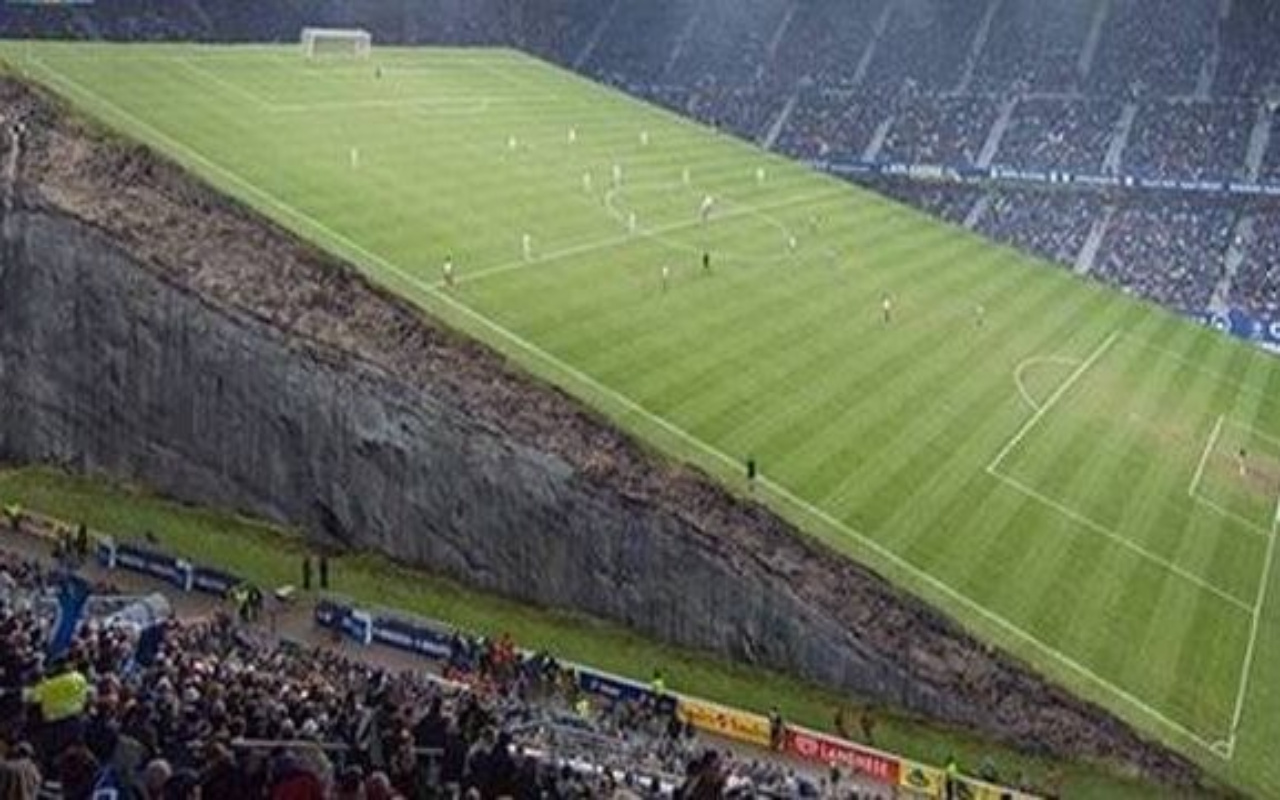
 BY
BY 












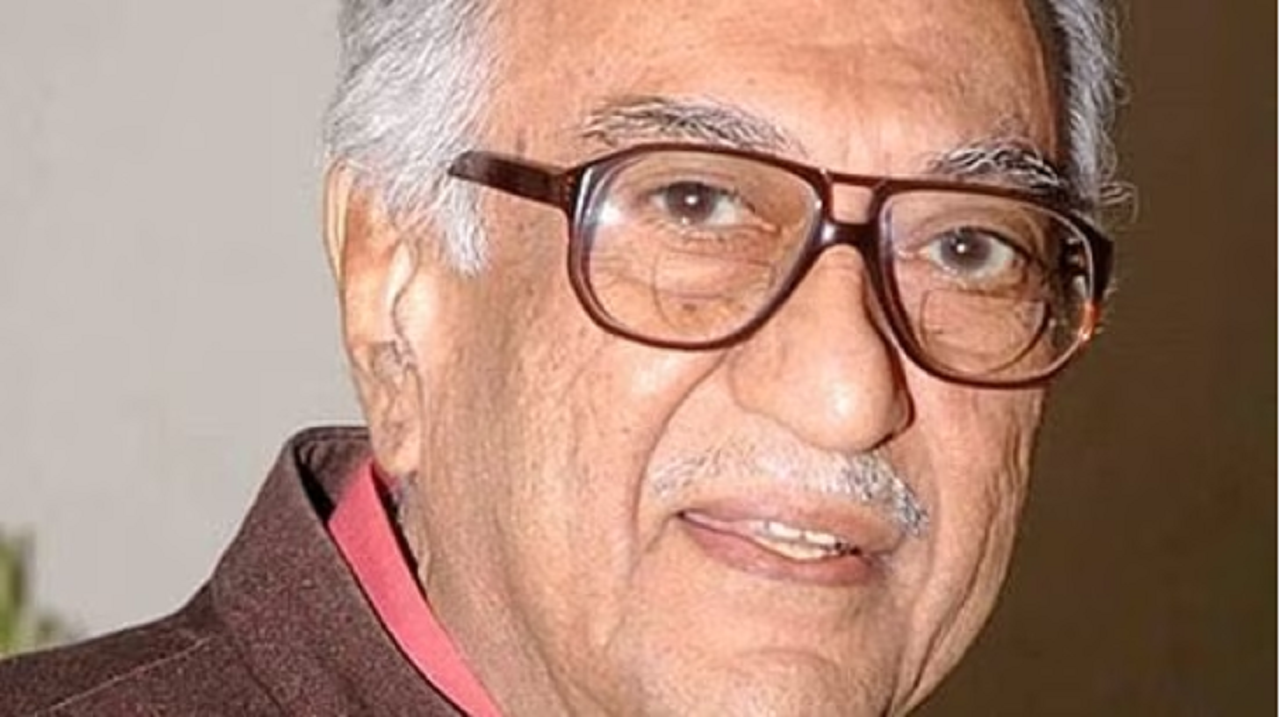
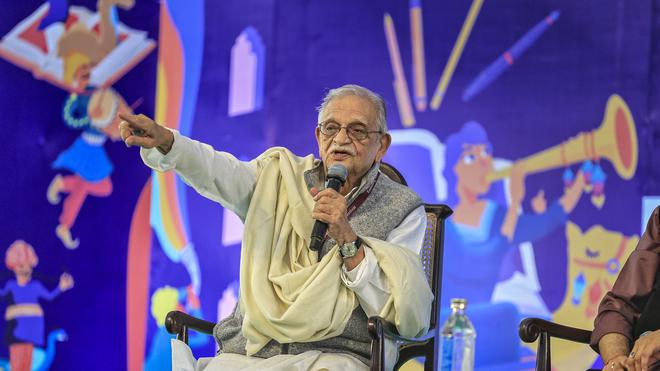
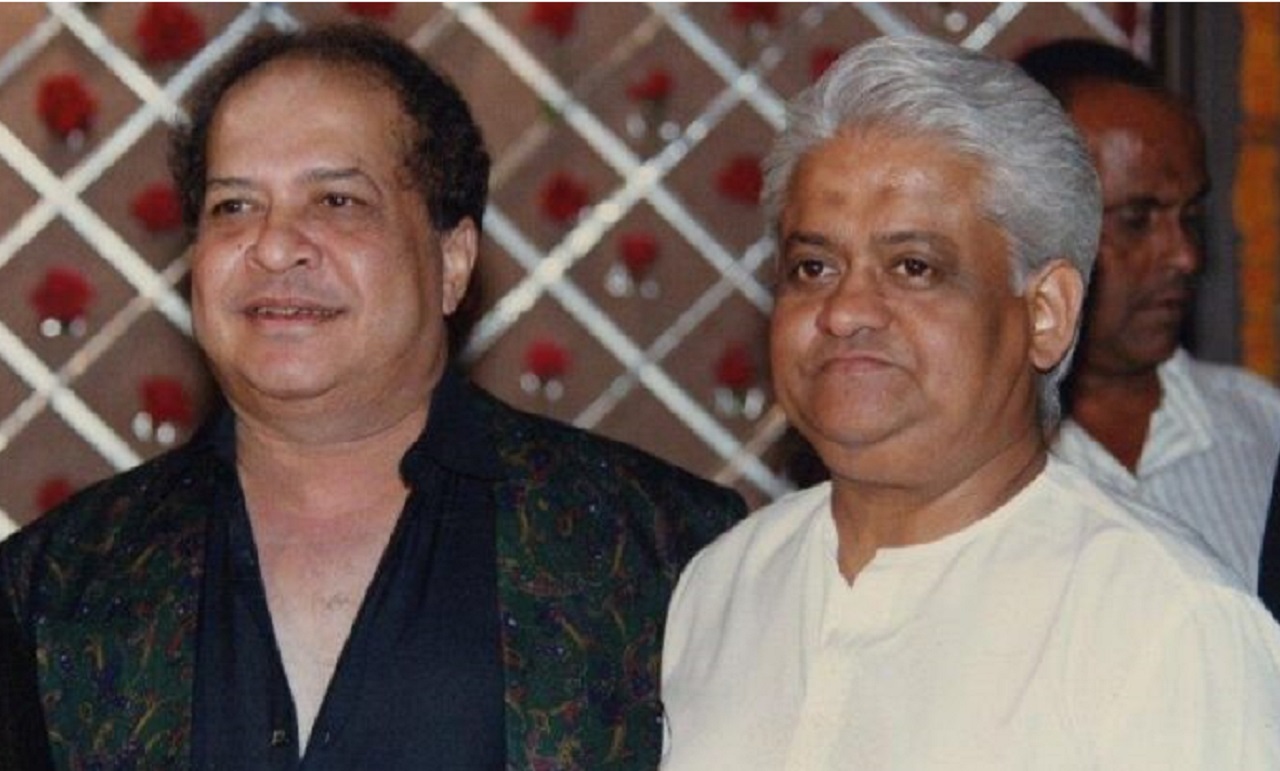
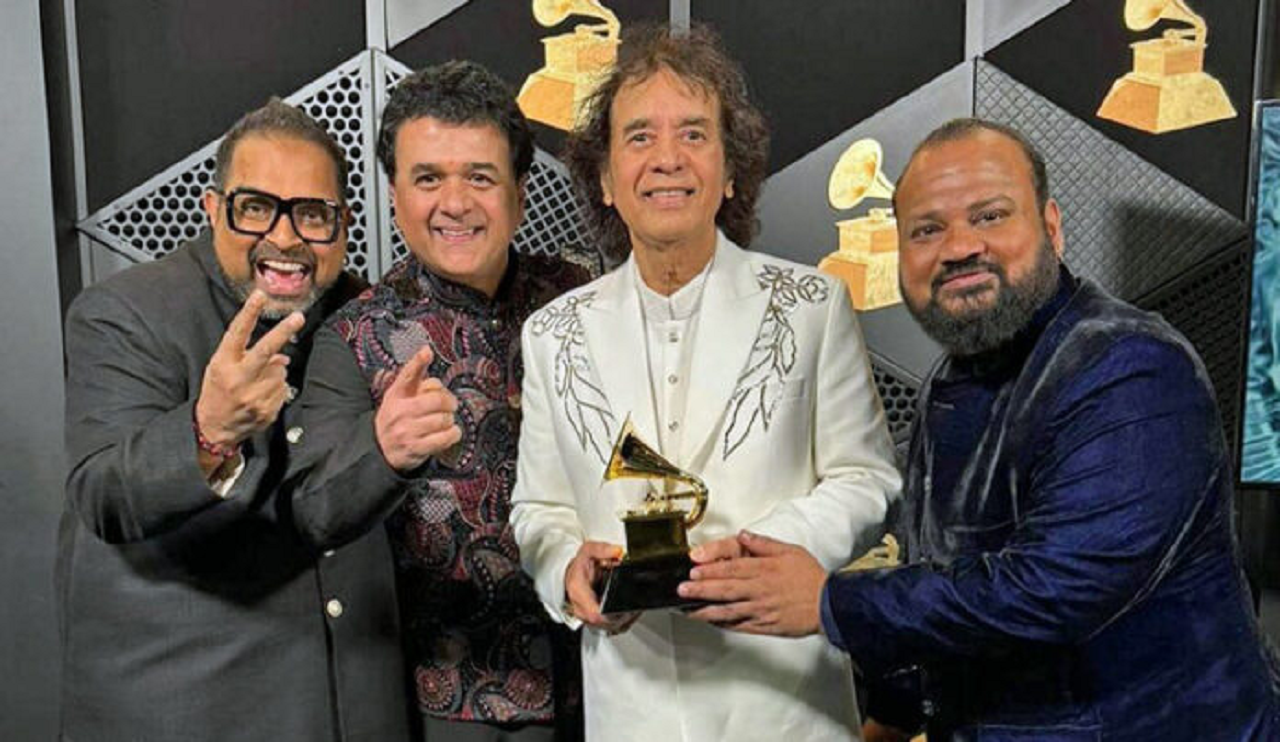
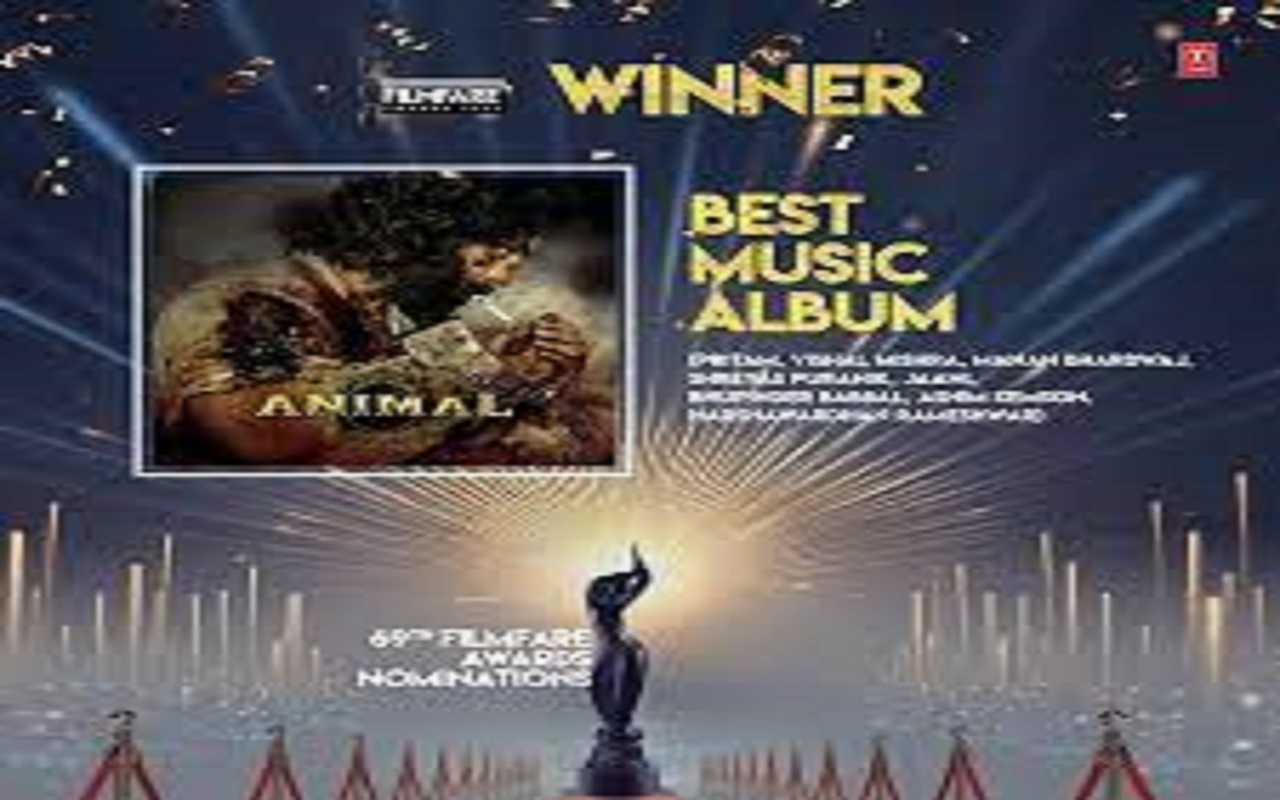
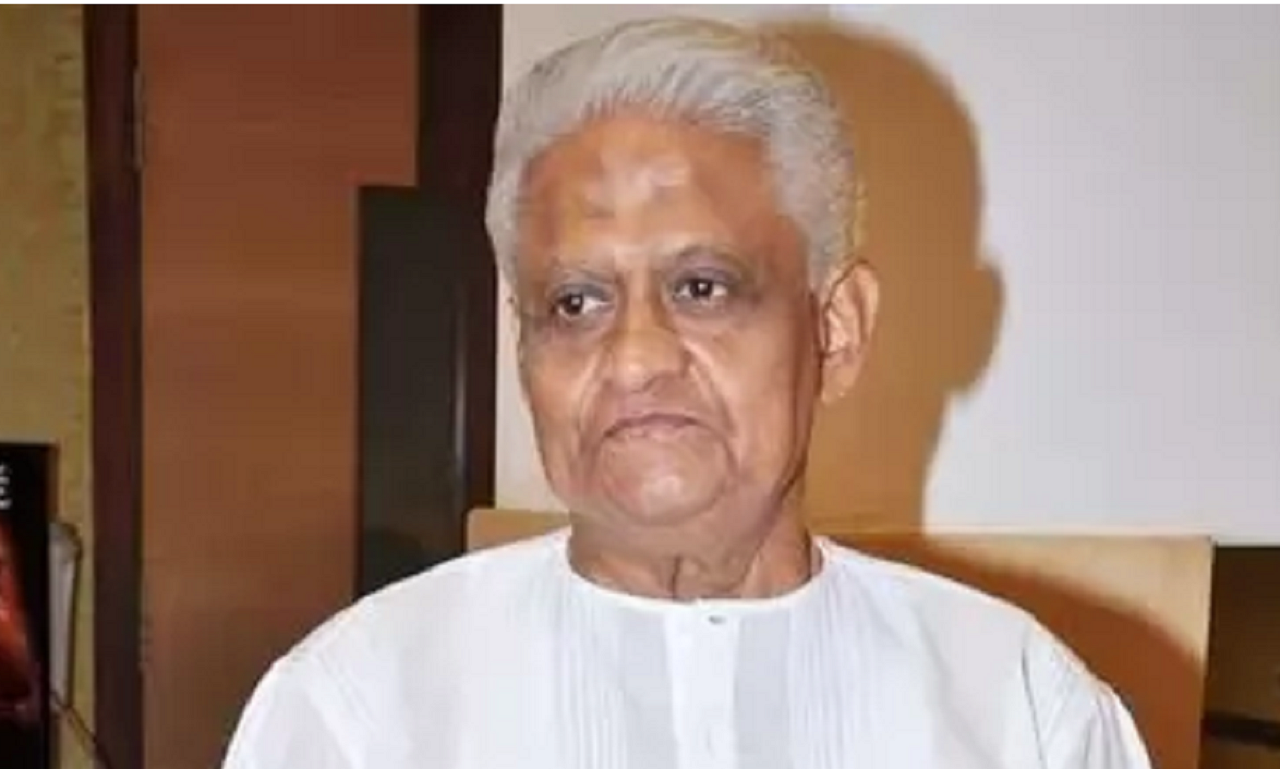
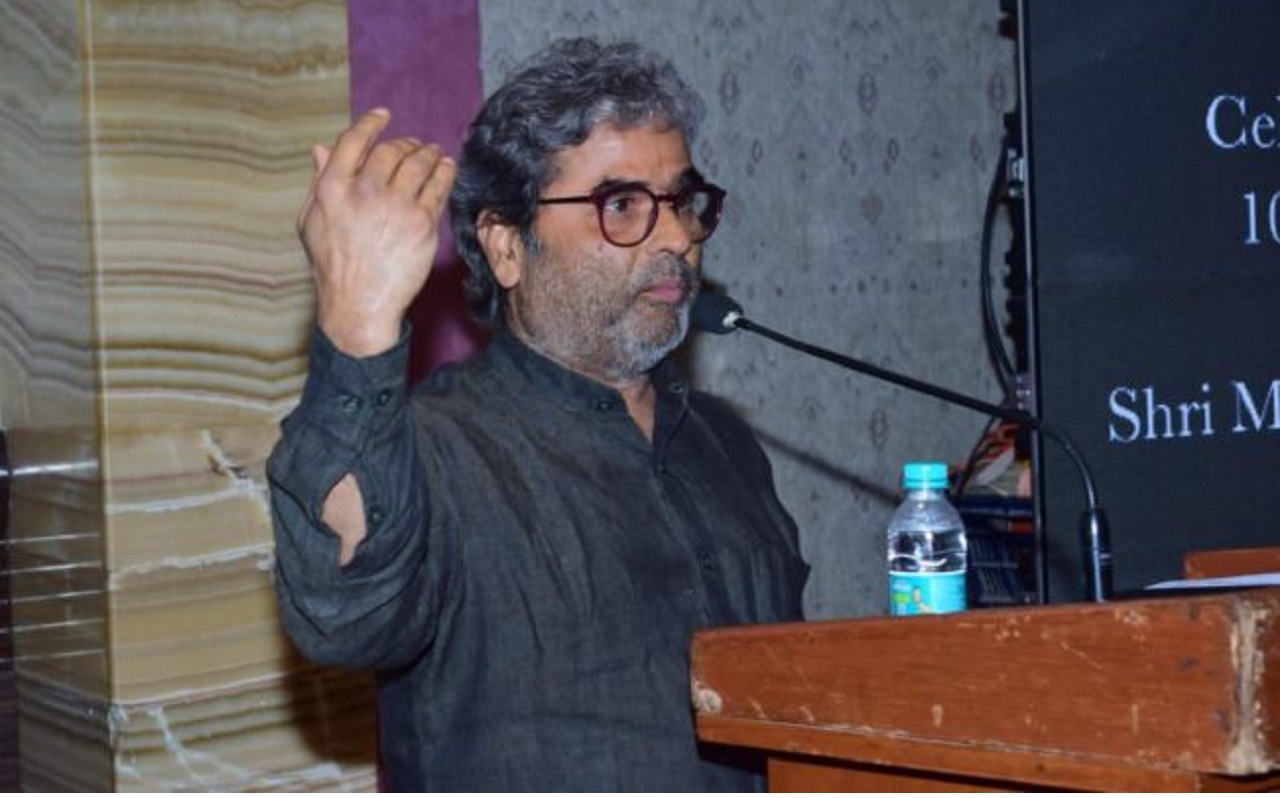
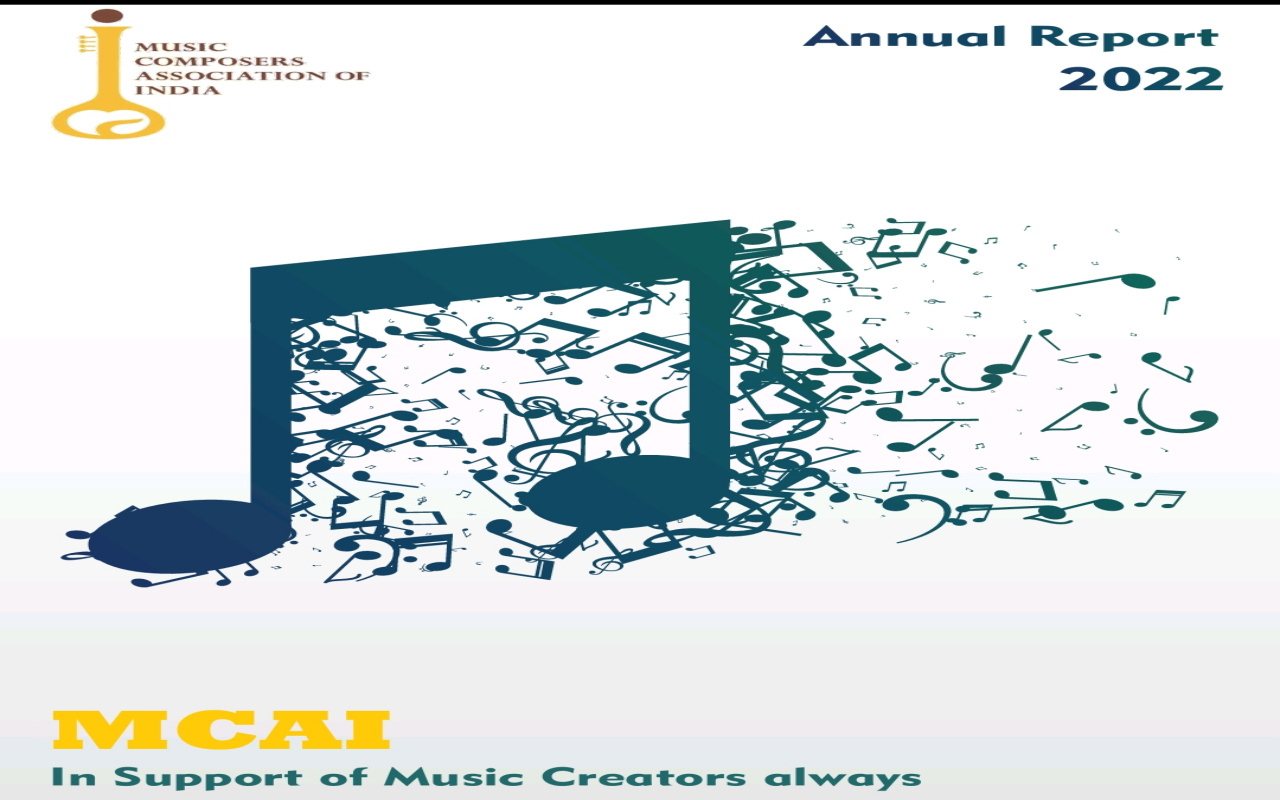
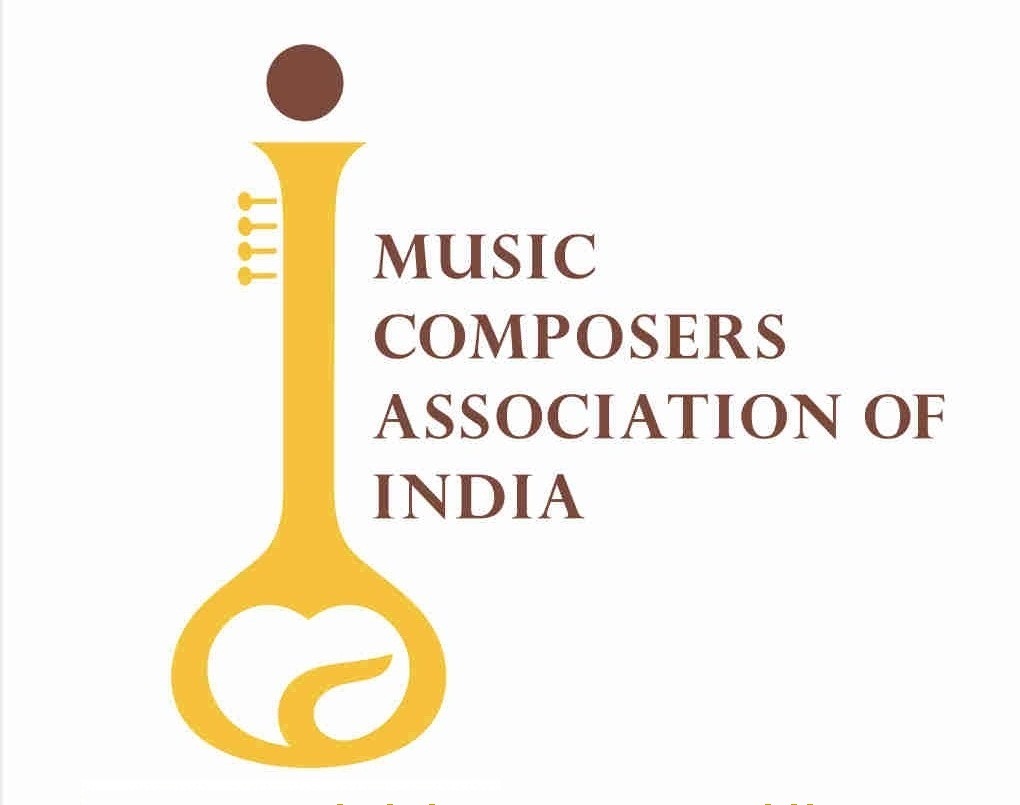
.jpeg)
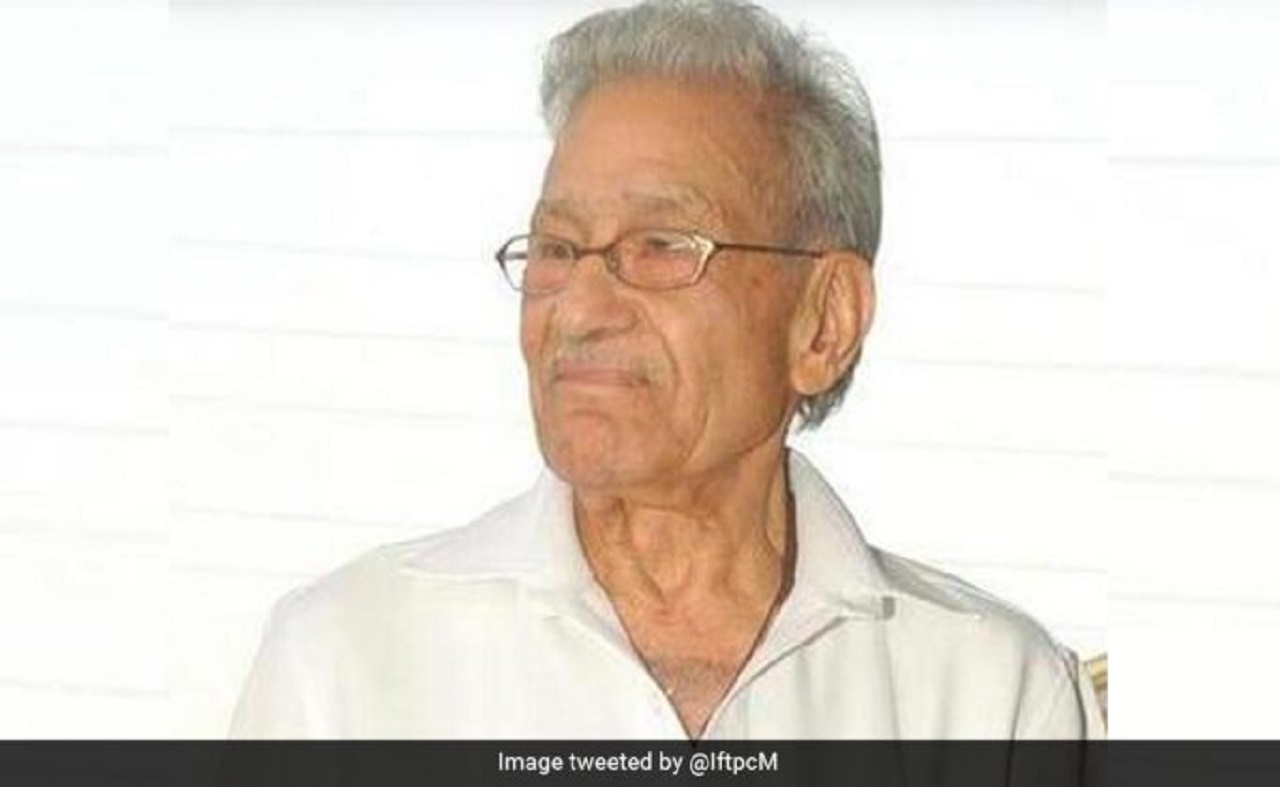
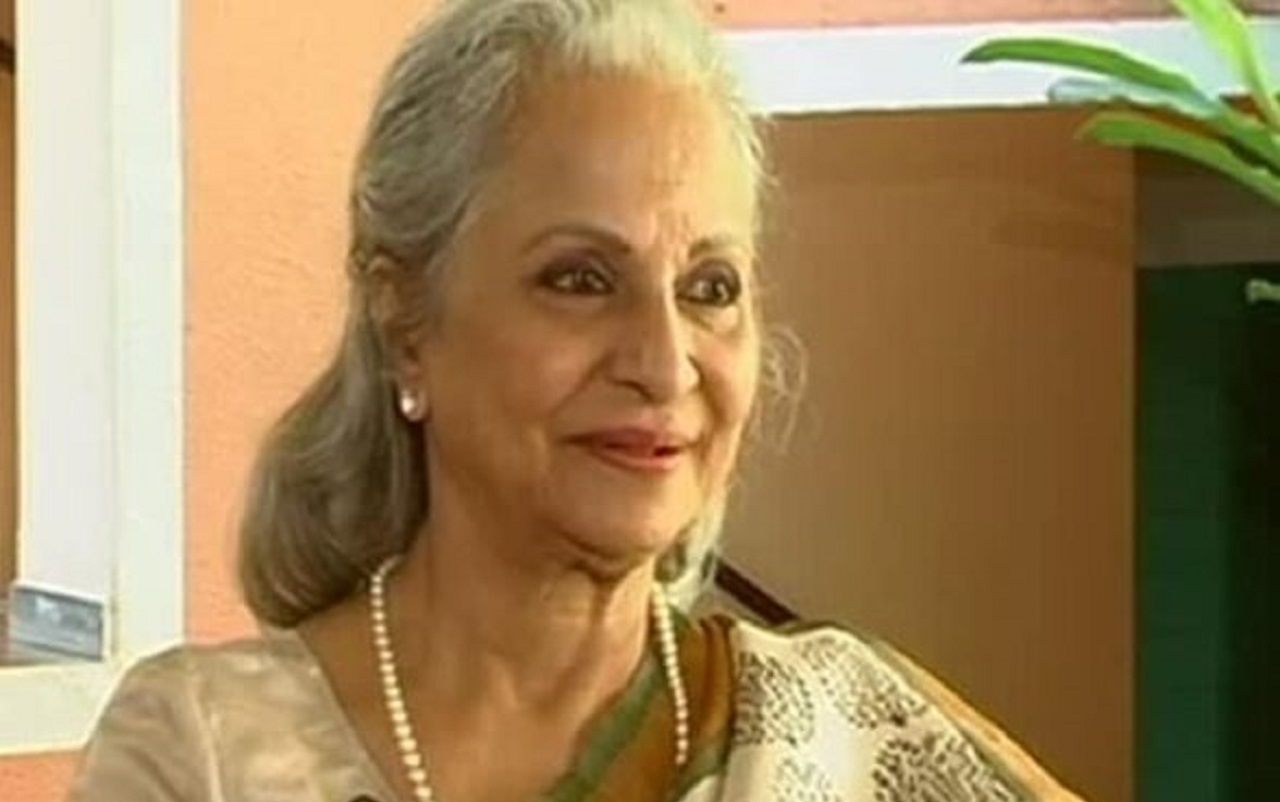
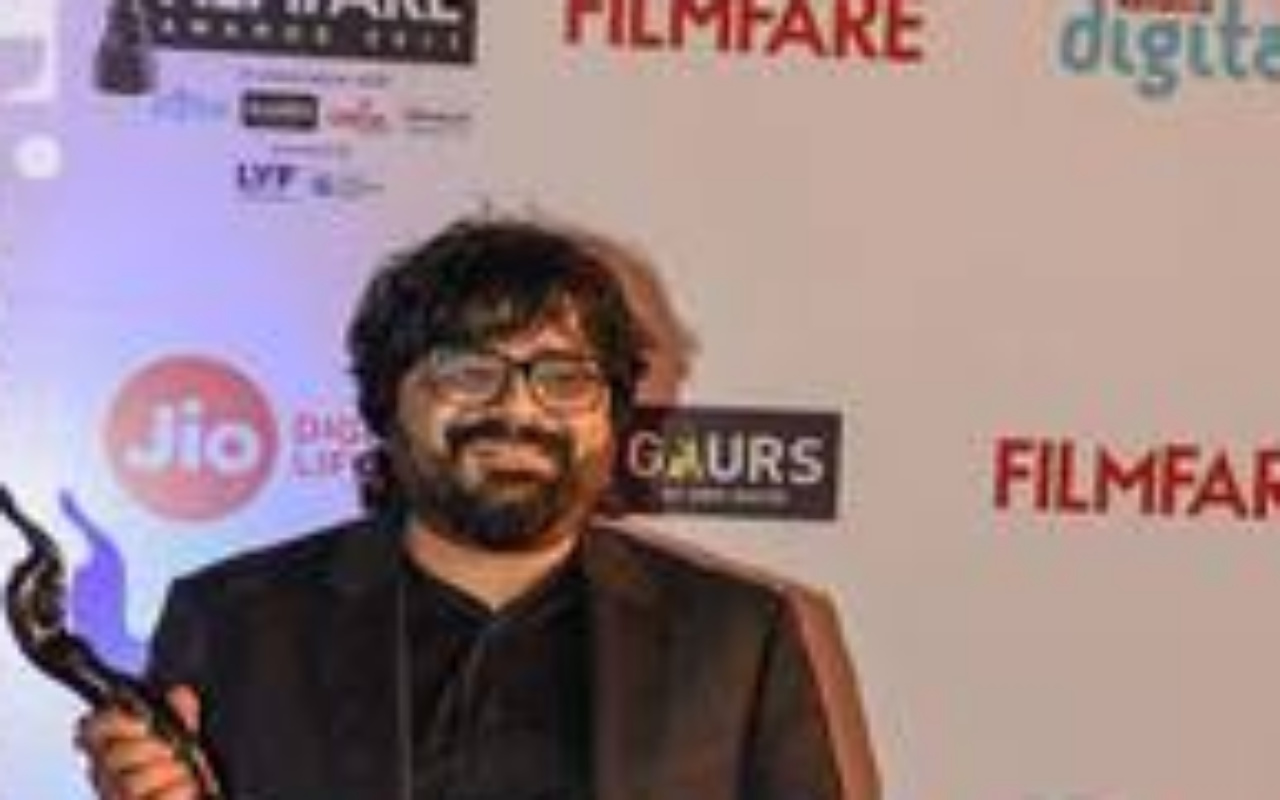
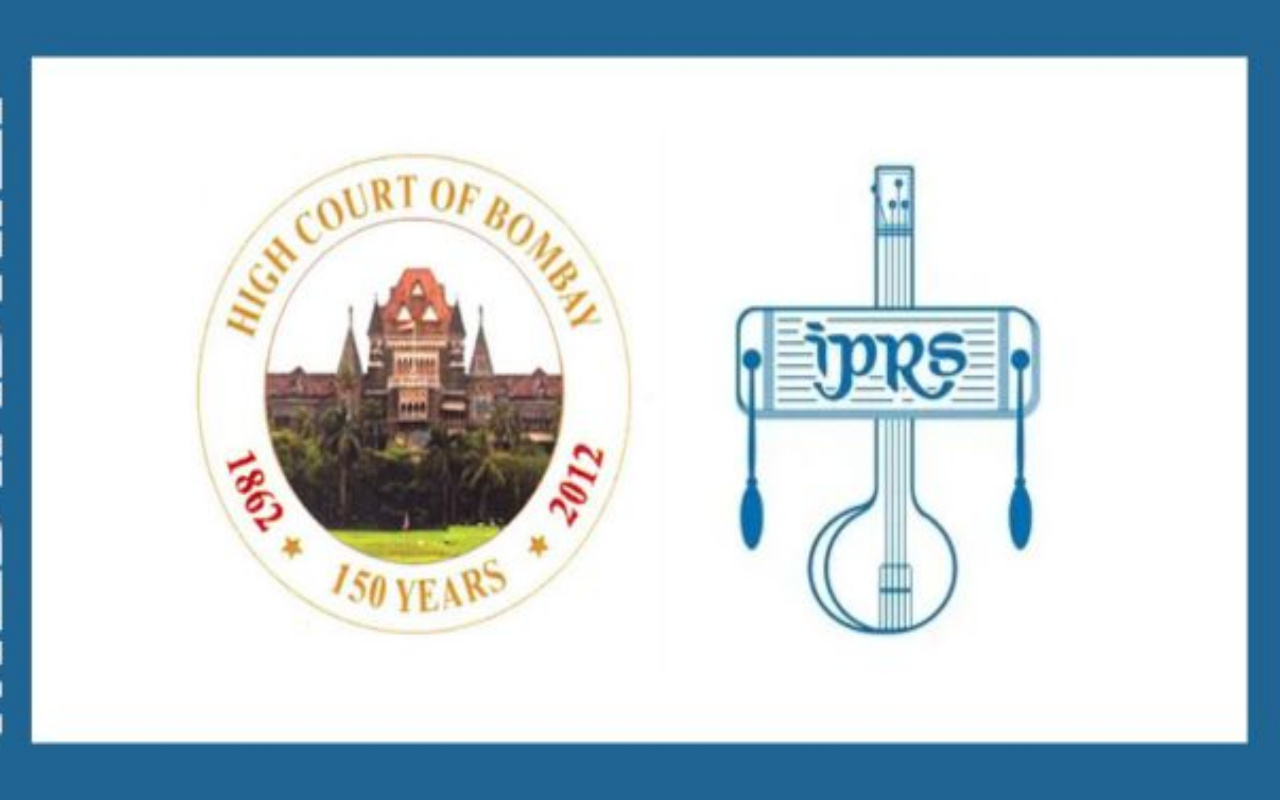
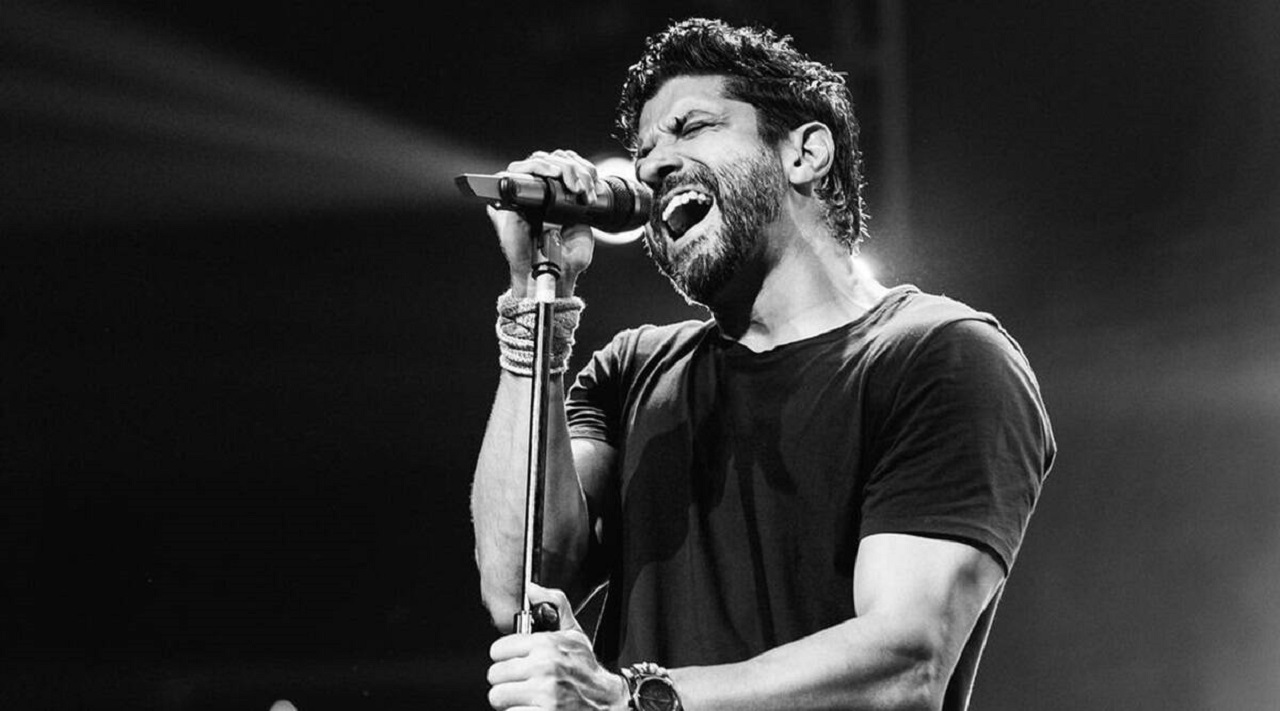

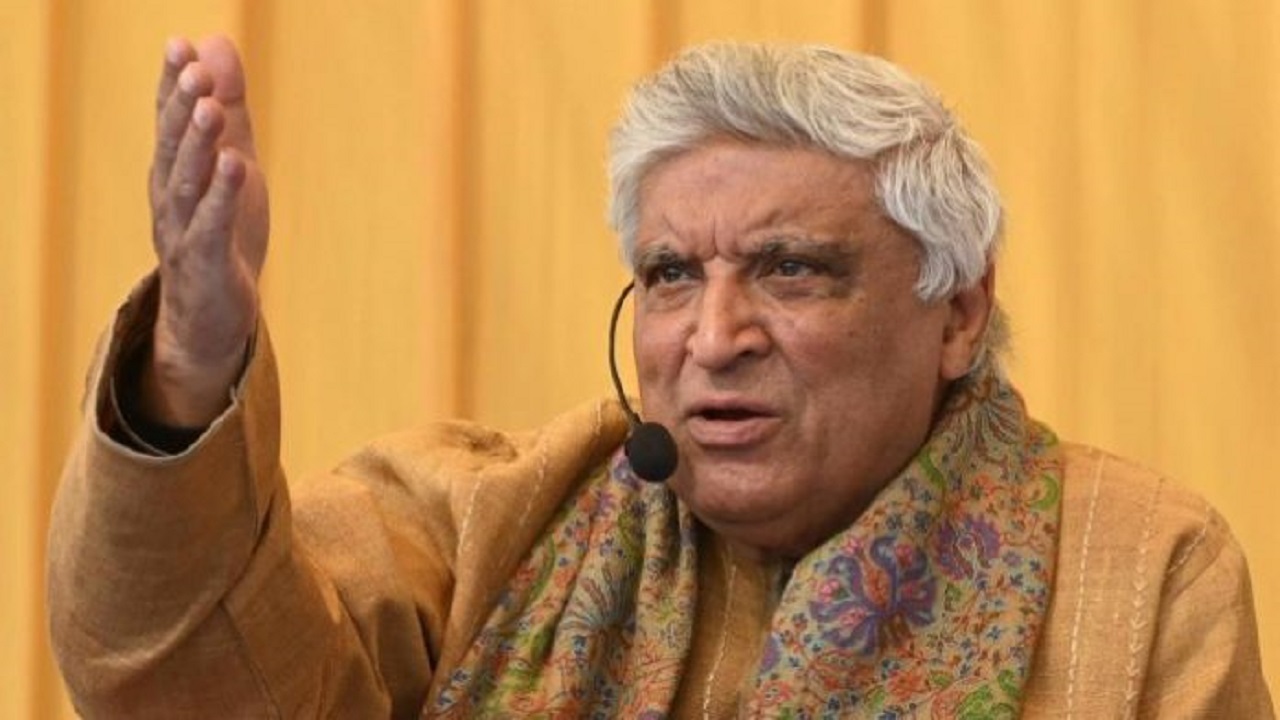
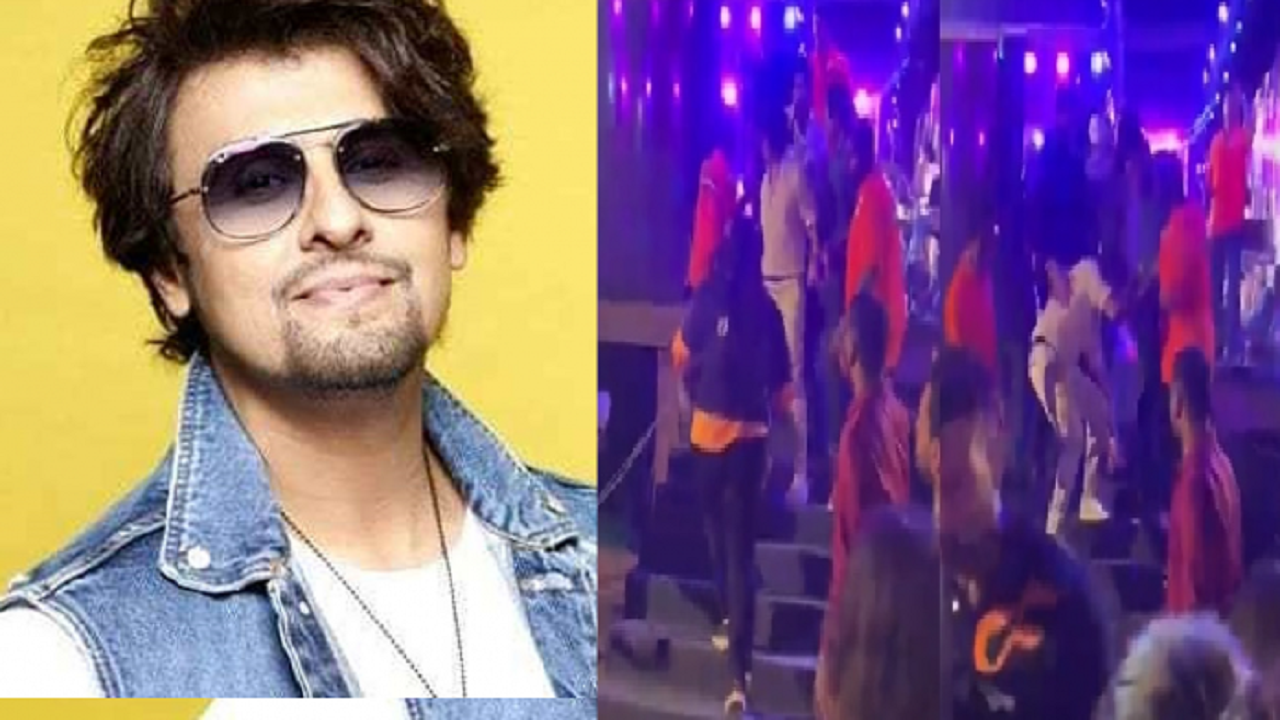
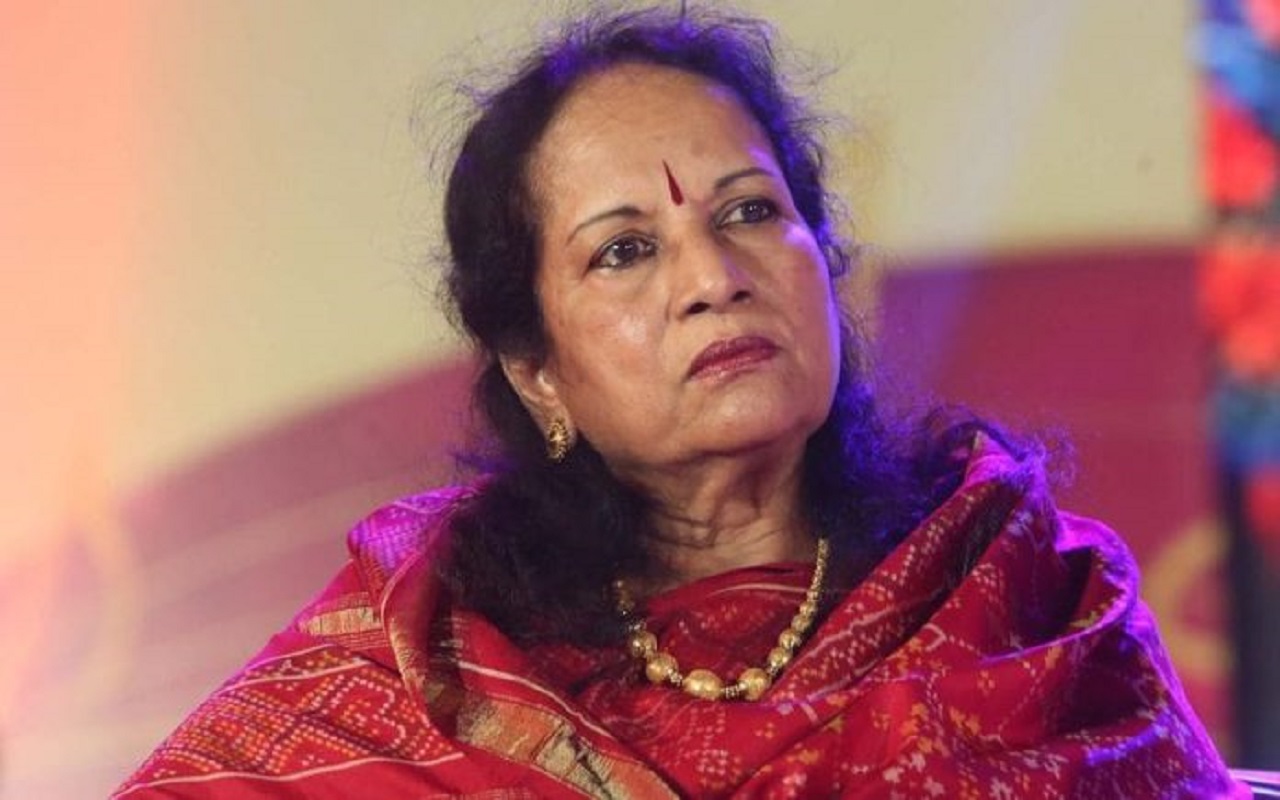
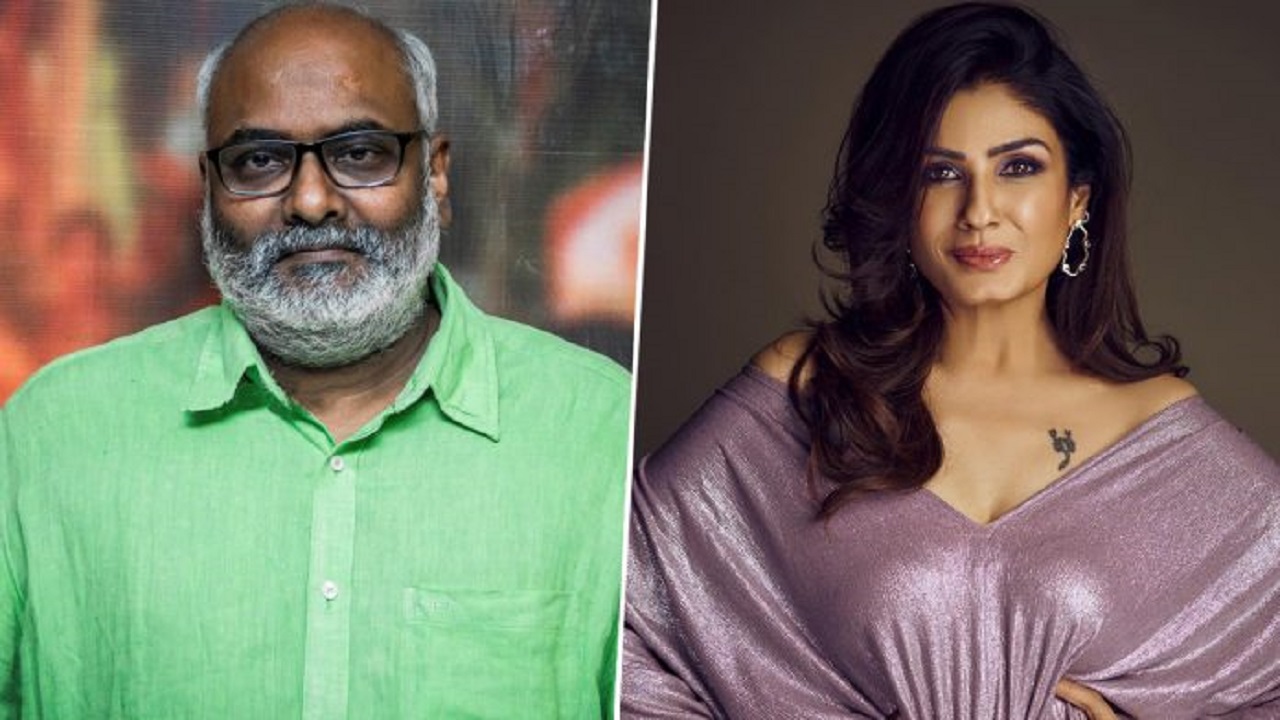

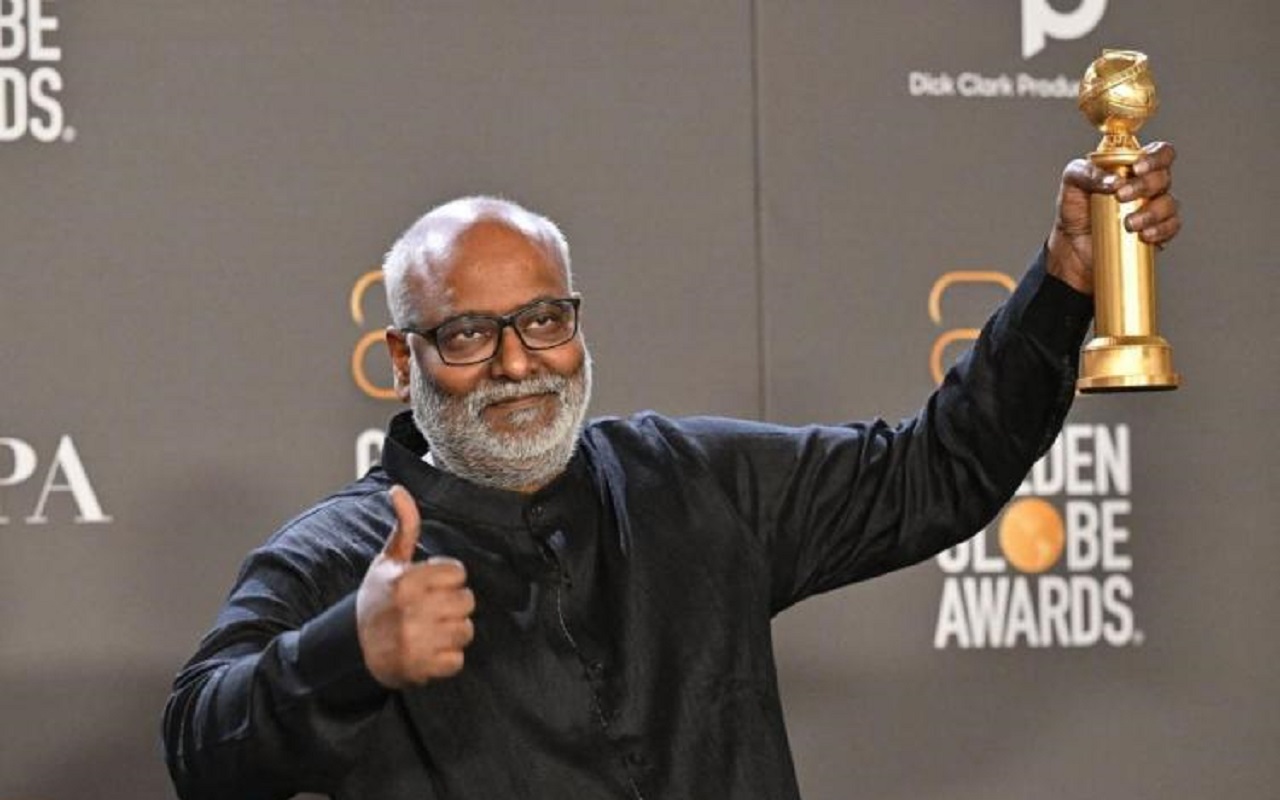
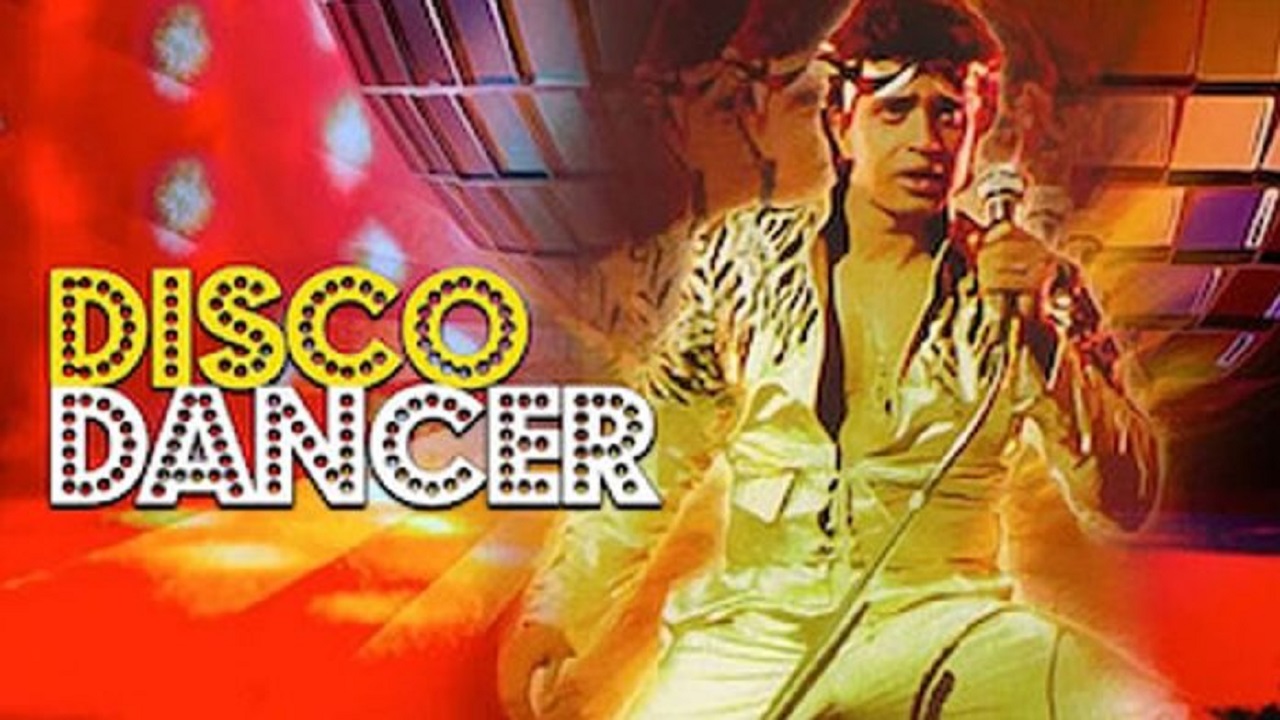
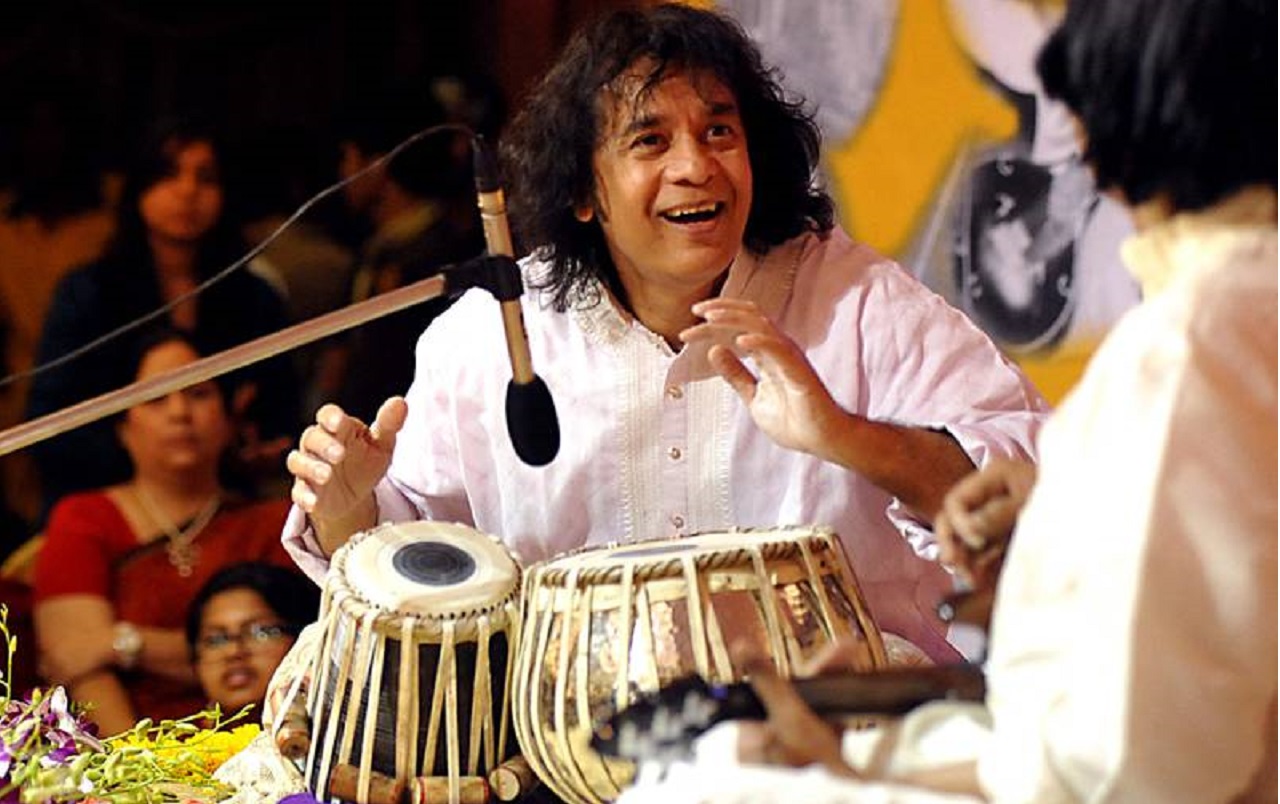
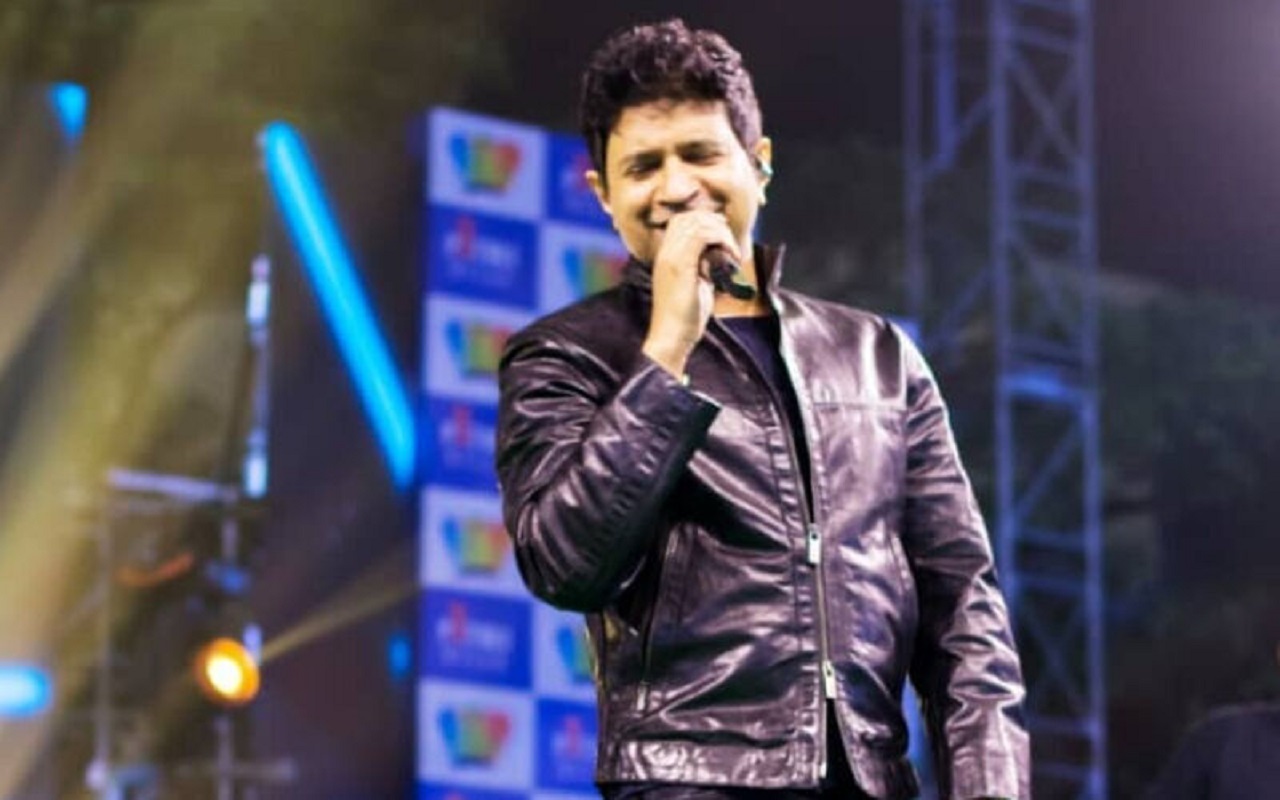
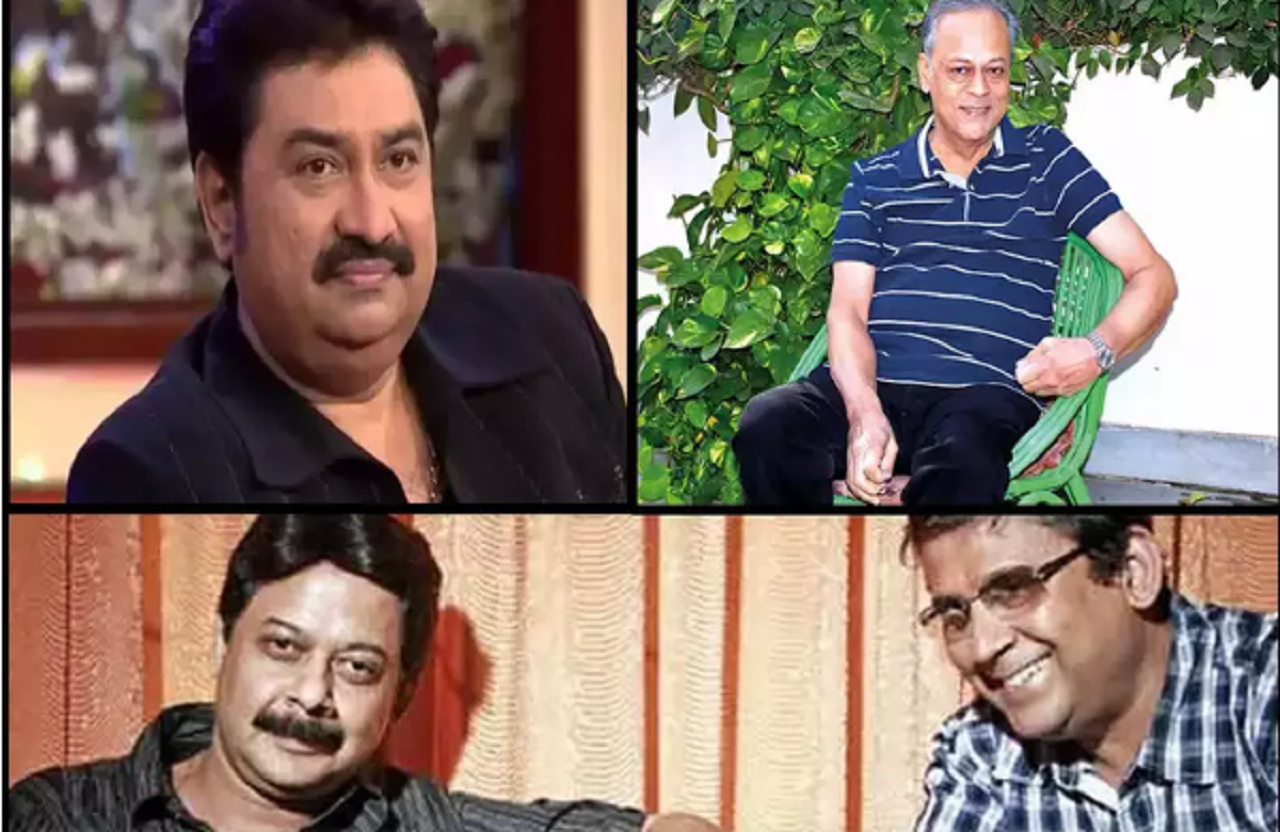
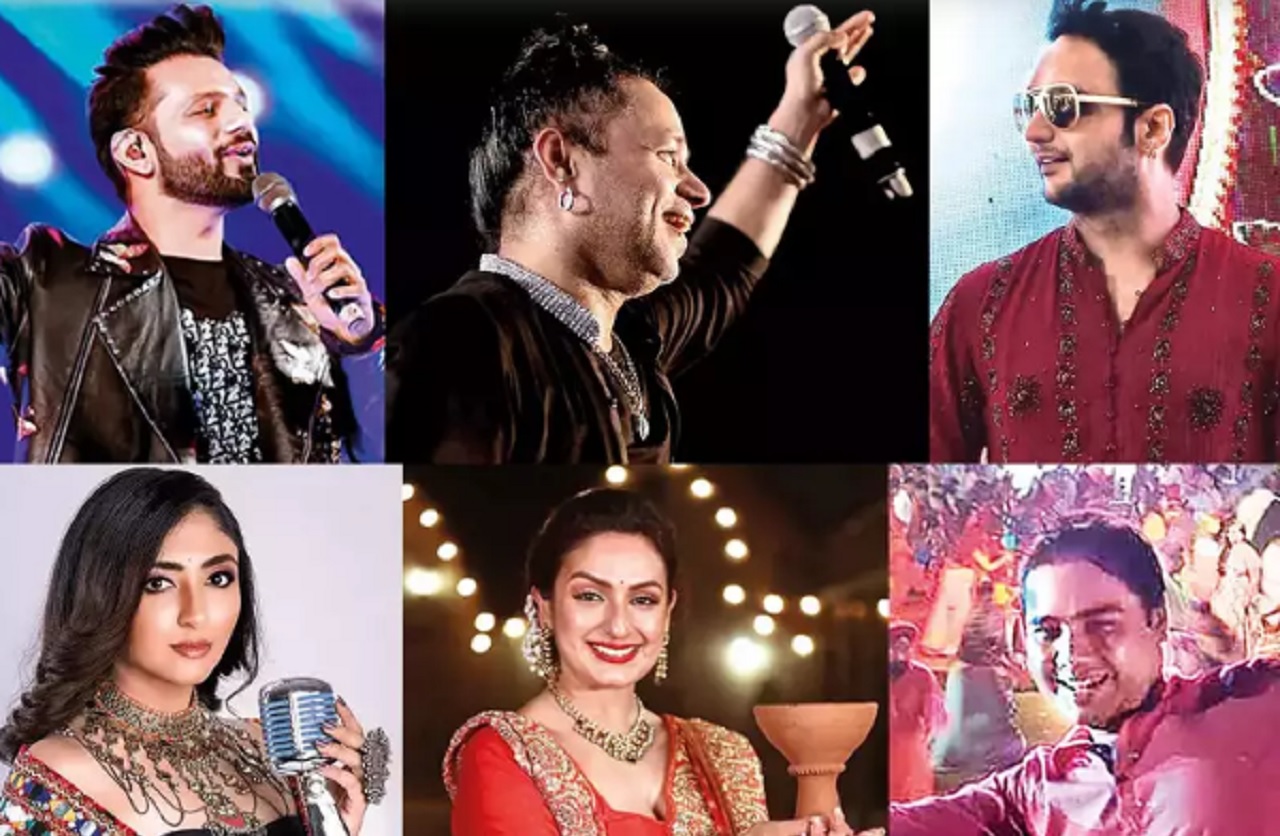
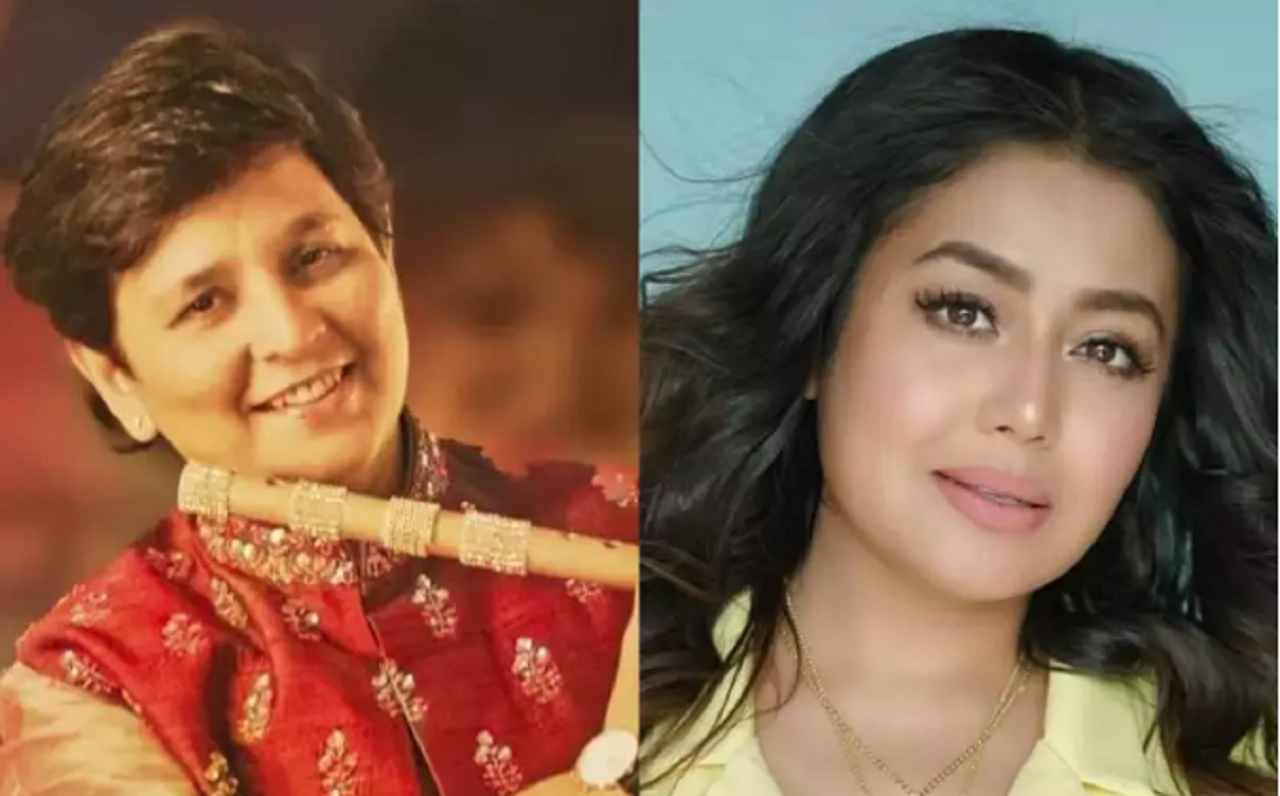
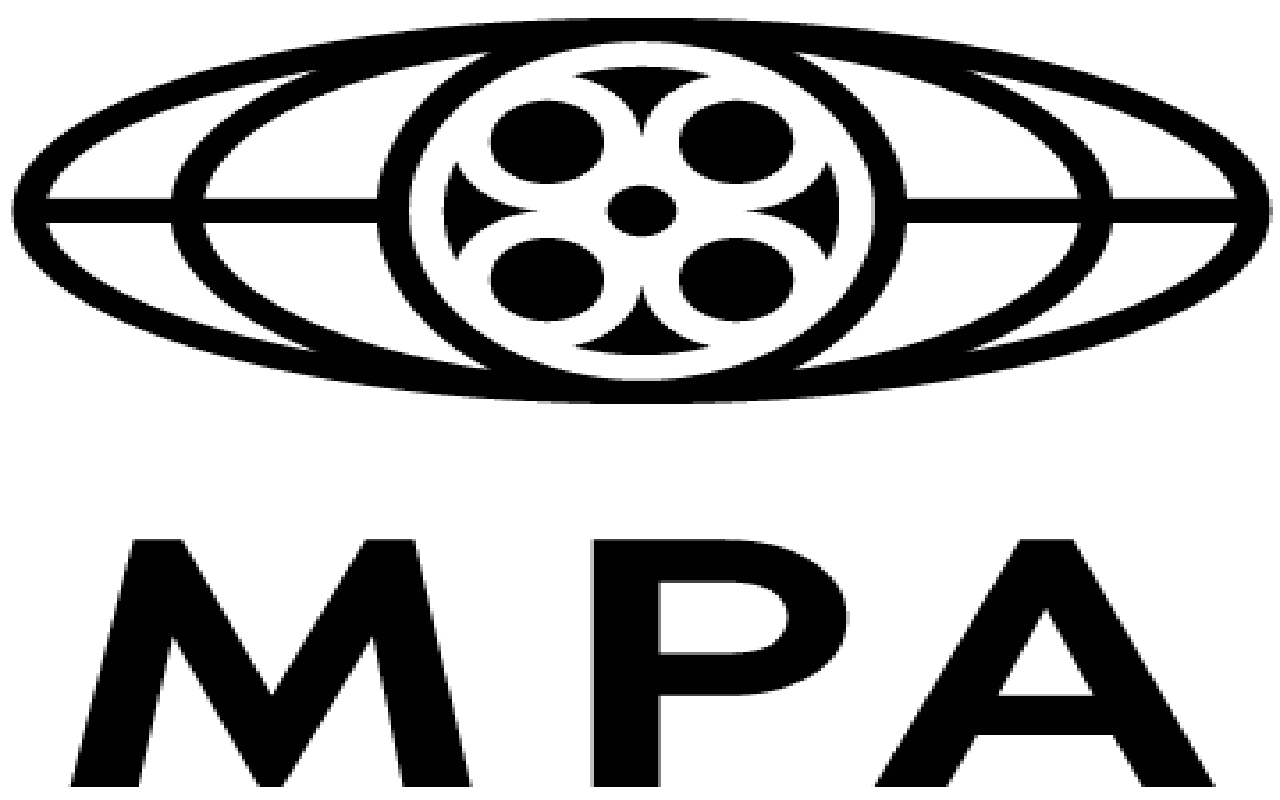
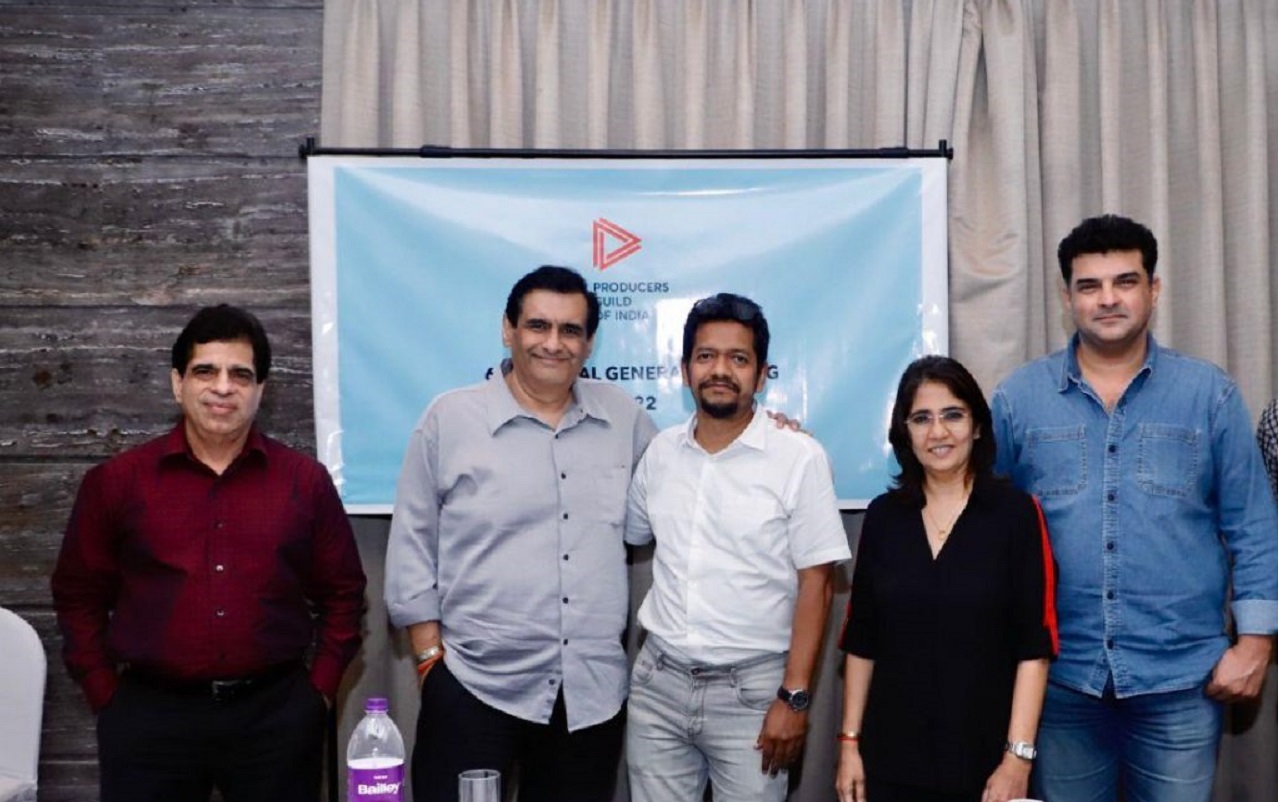
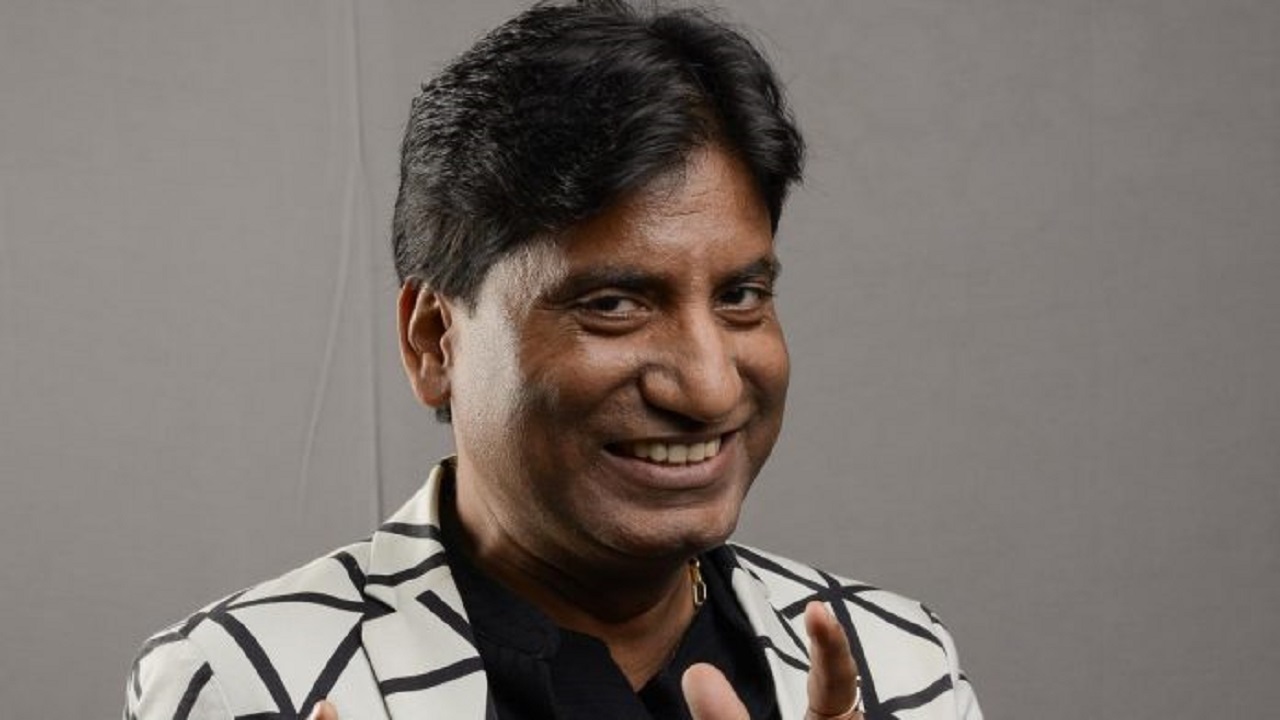
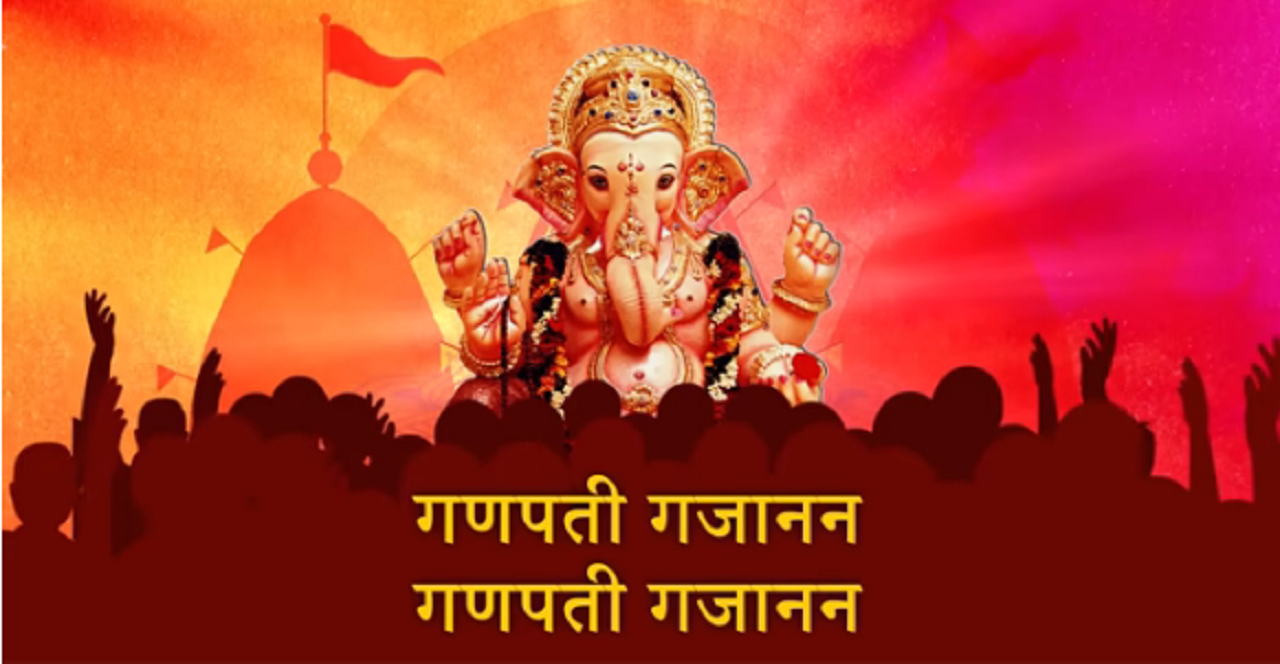
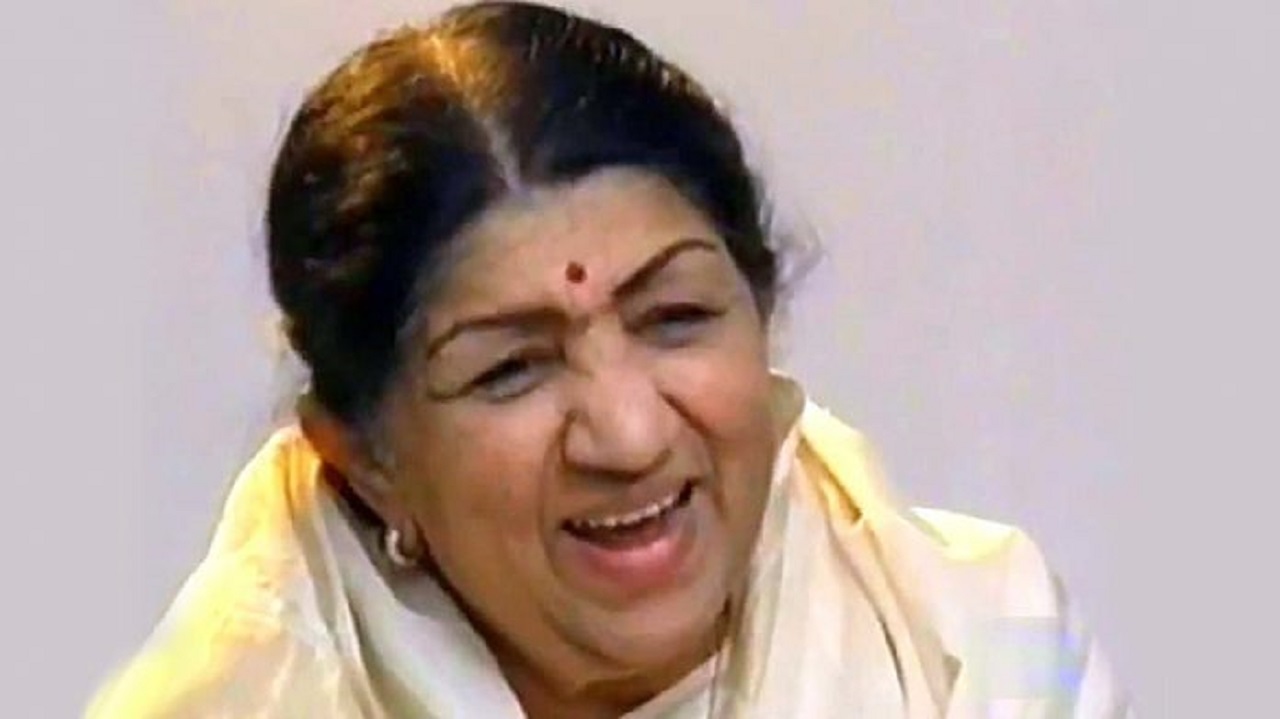
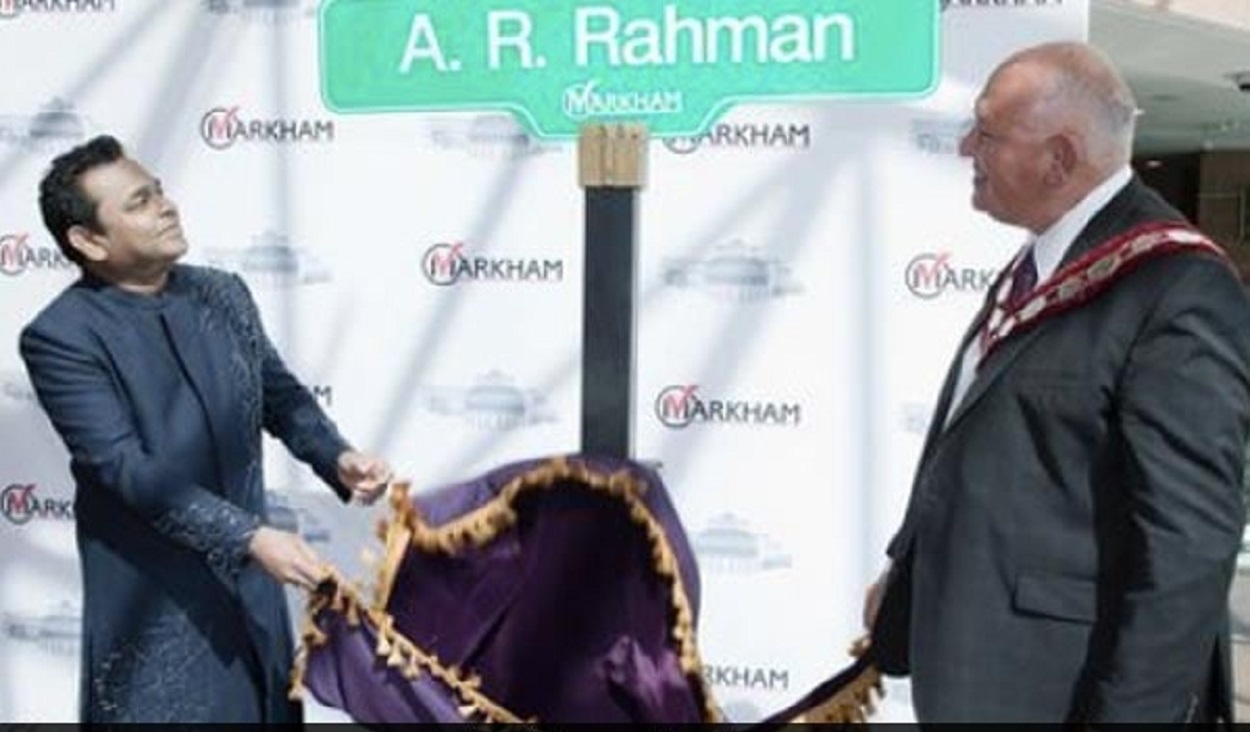
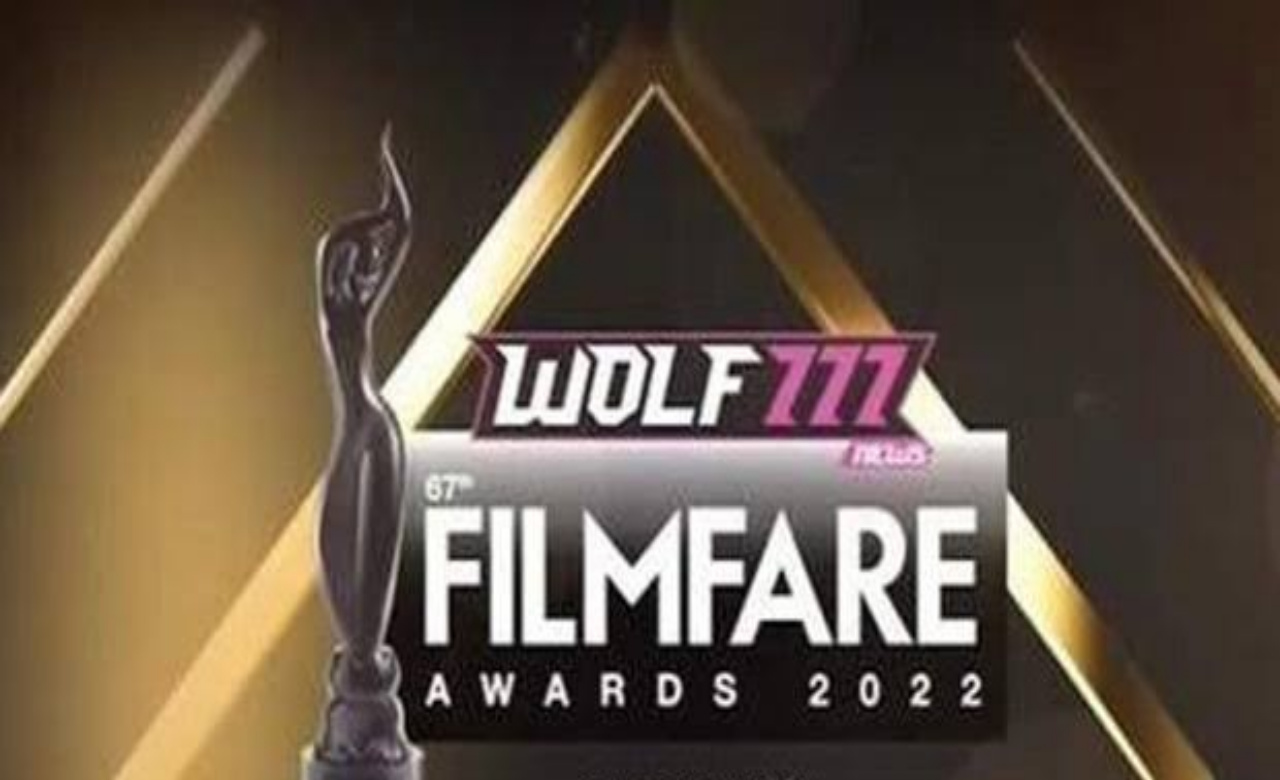
.jpeg)
